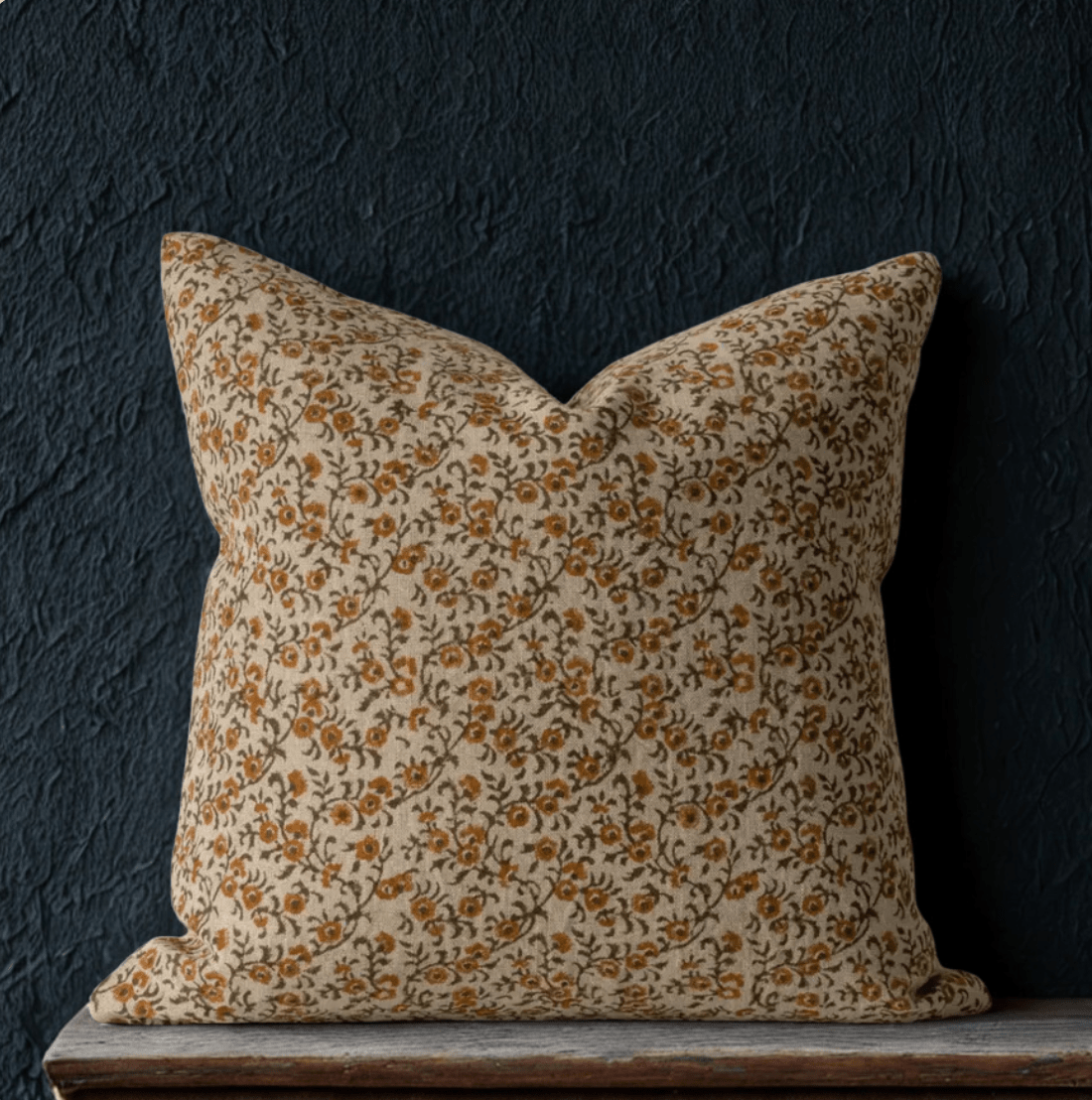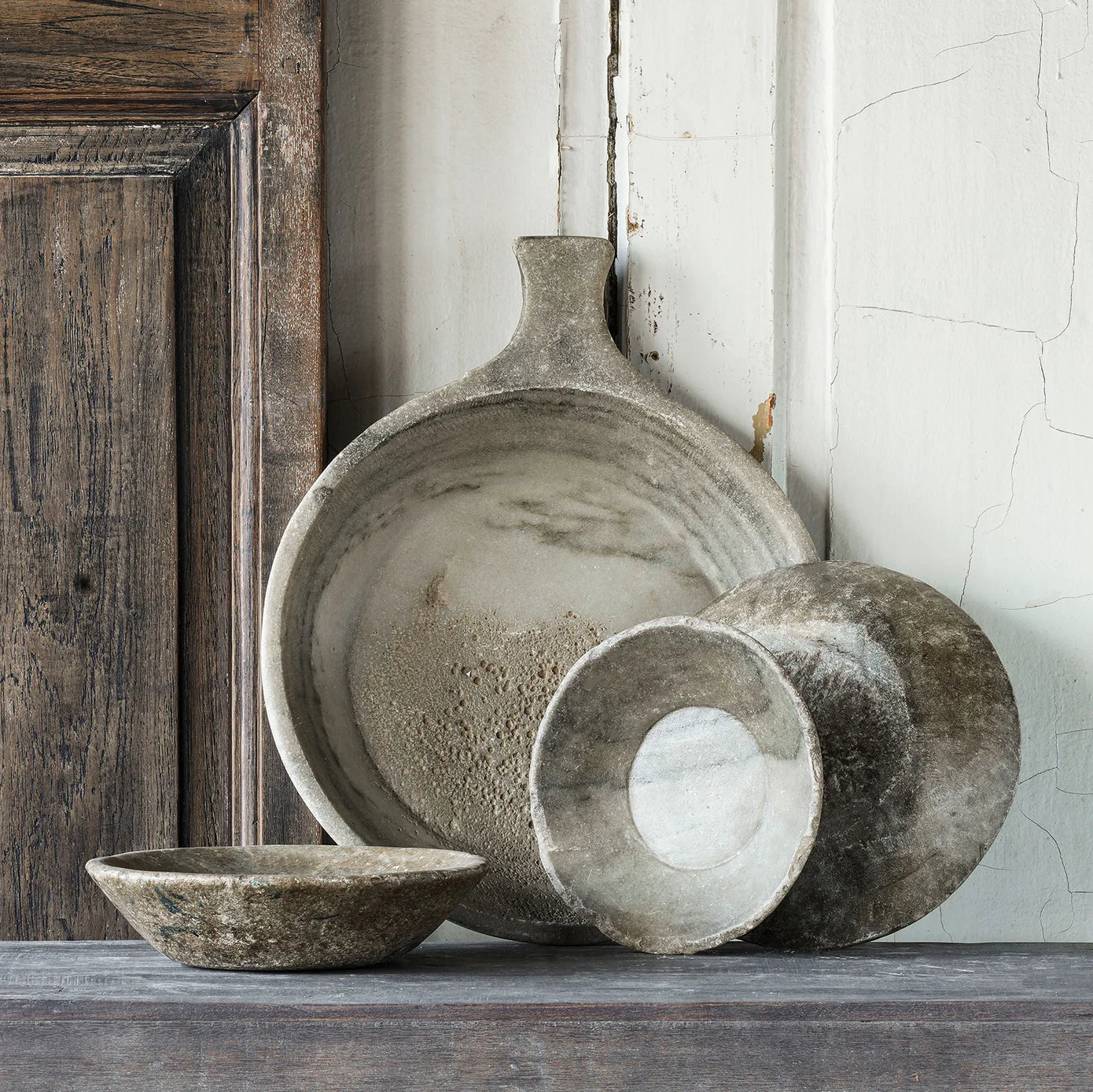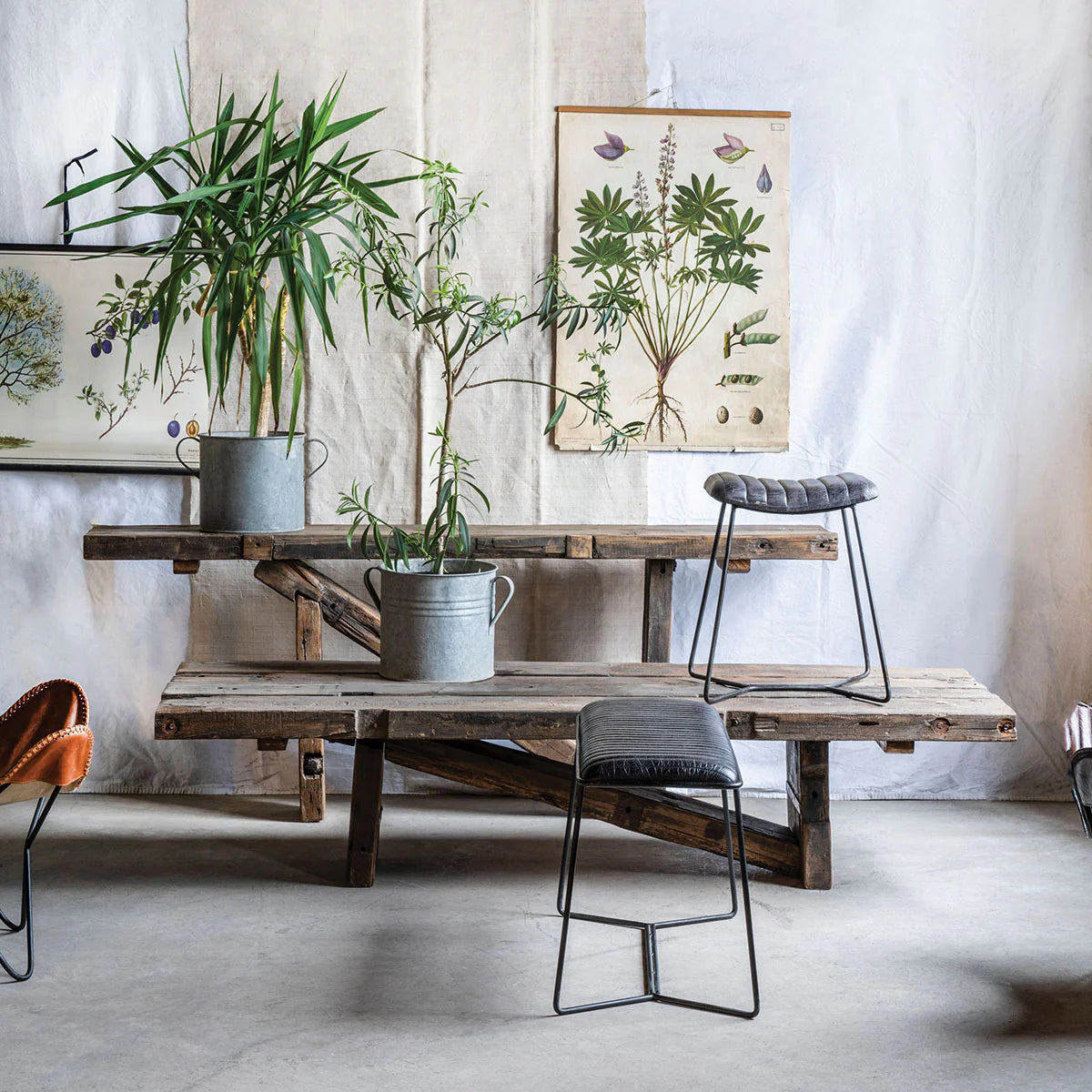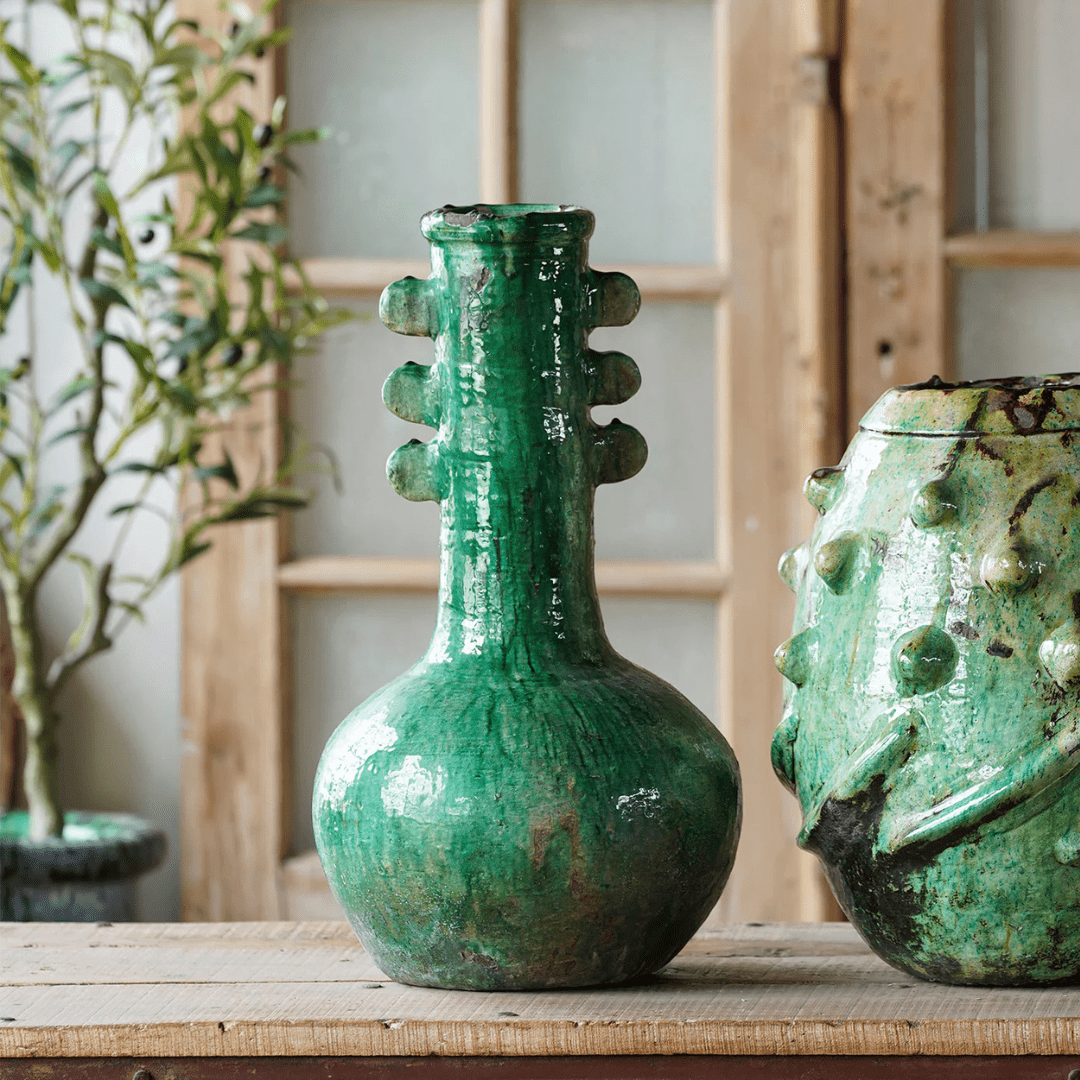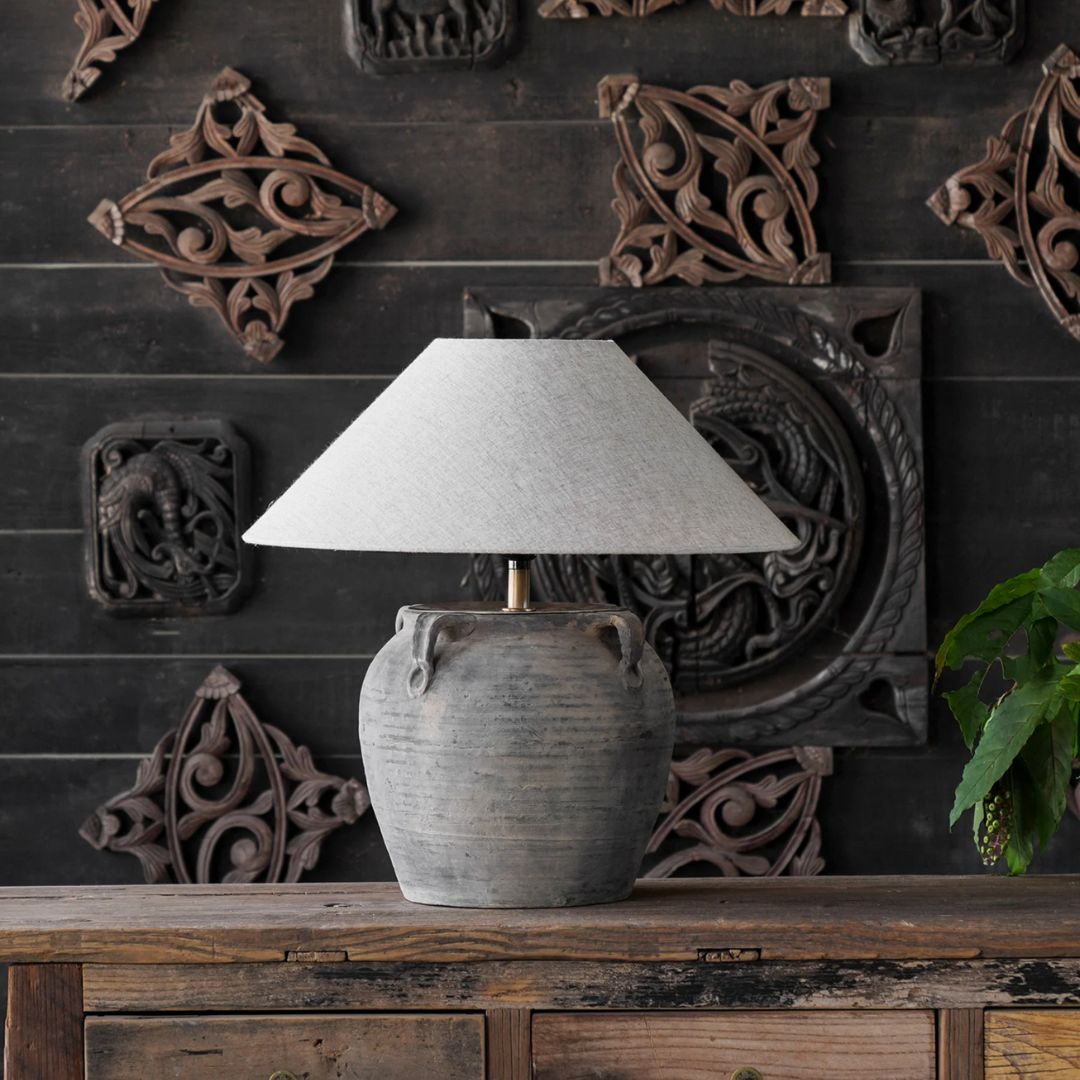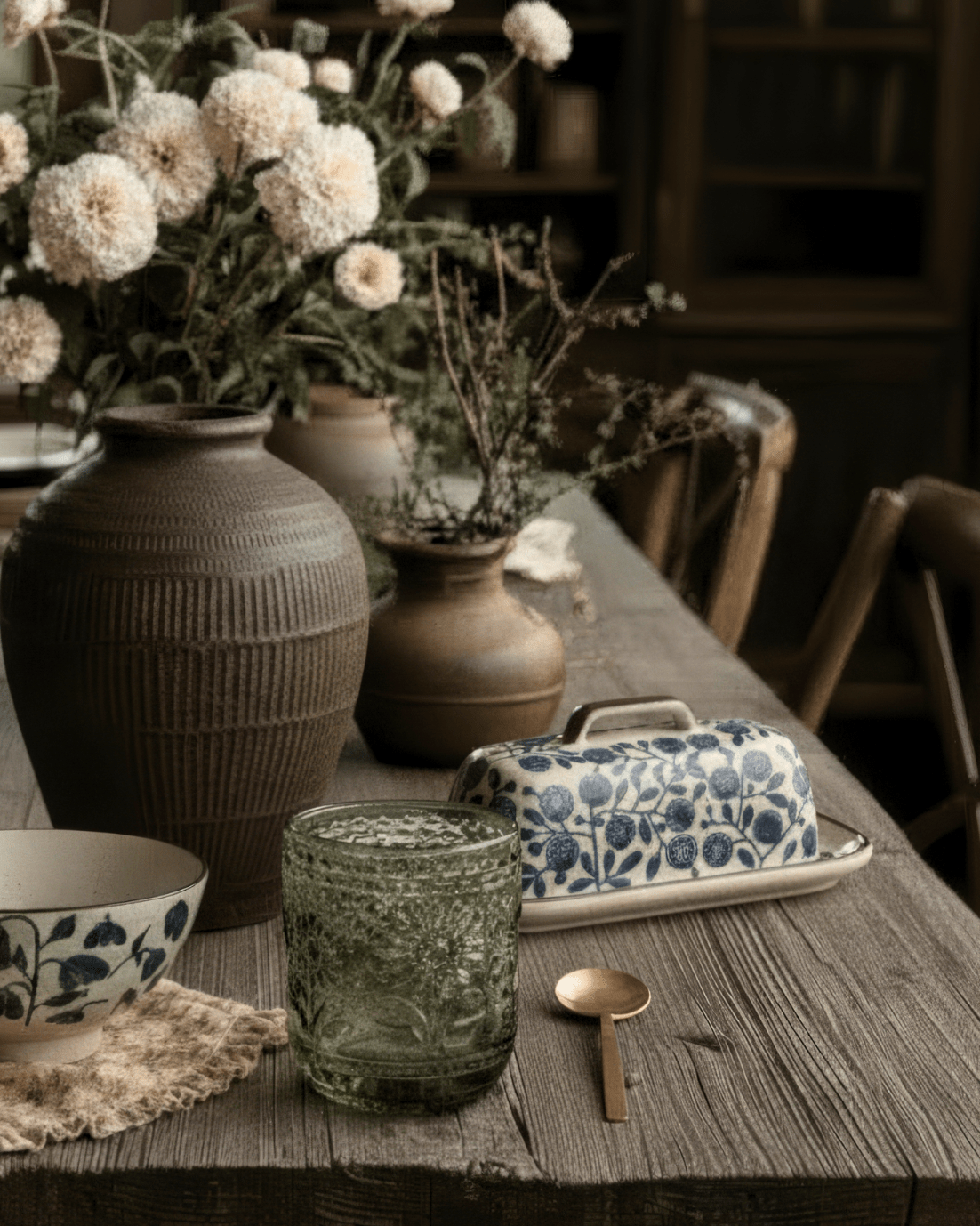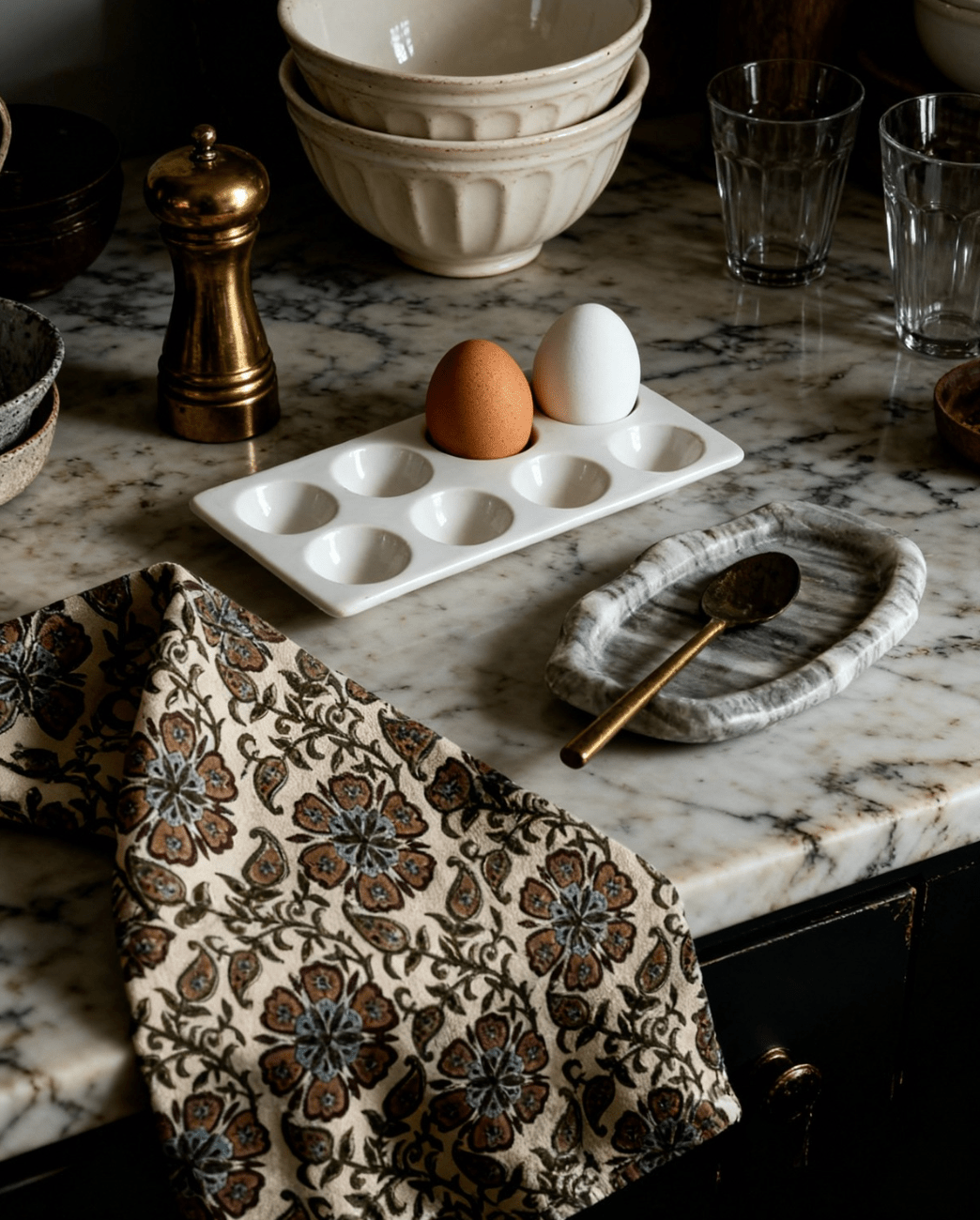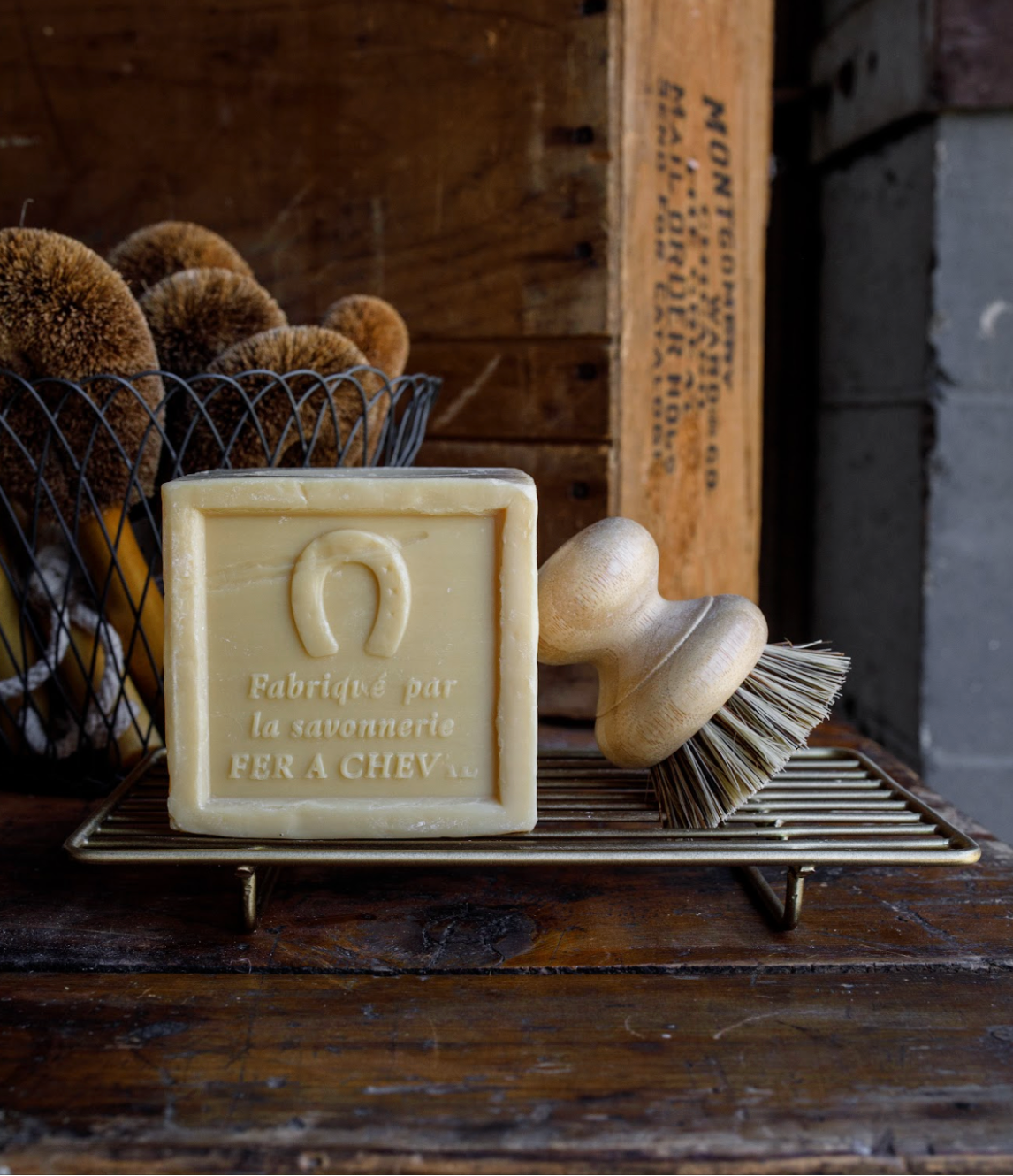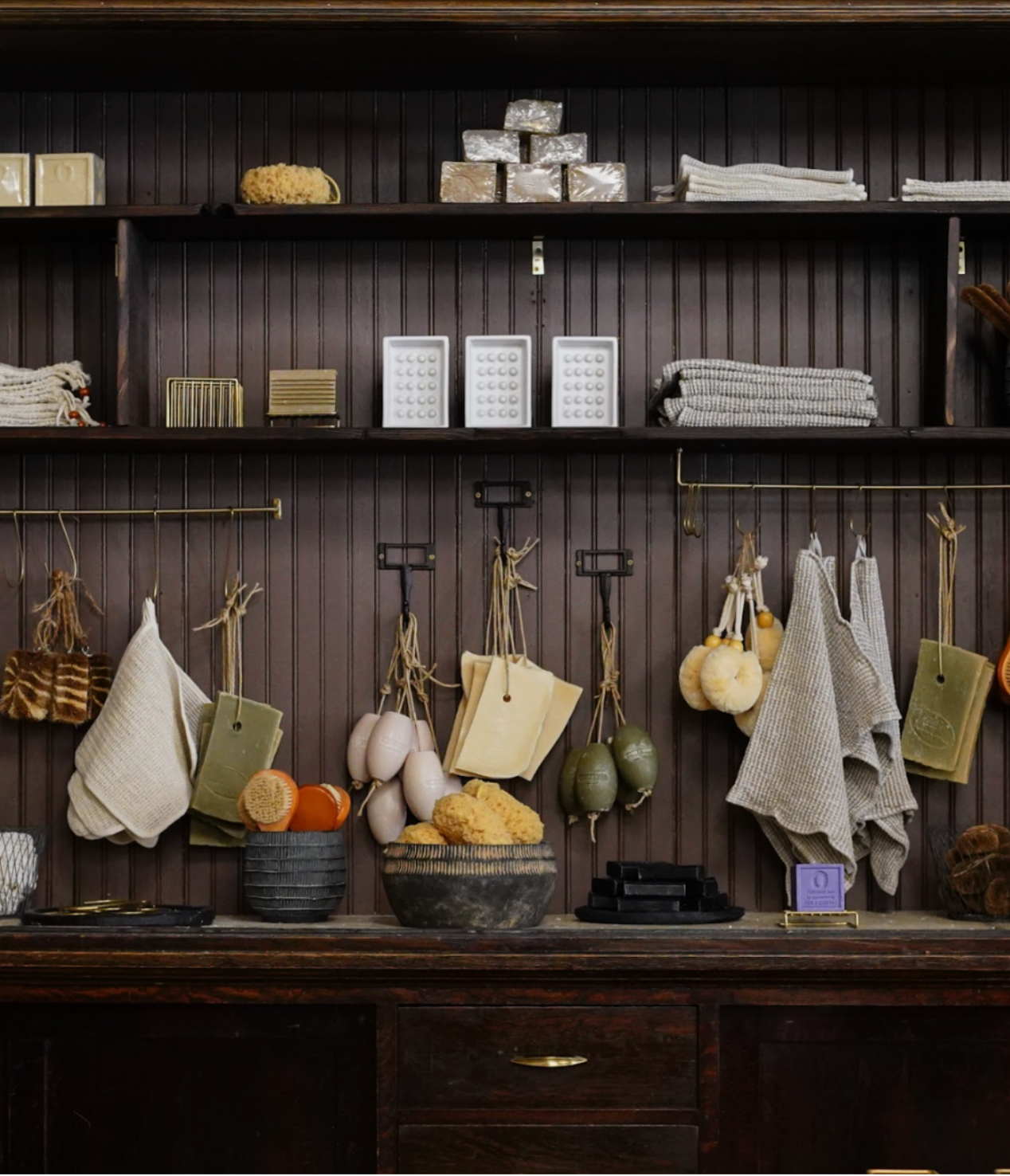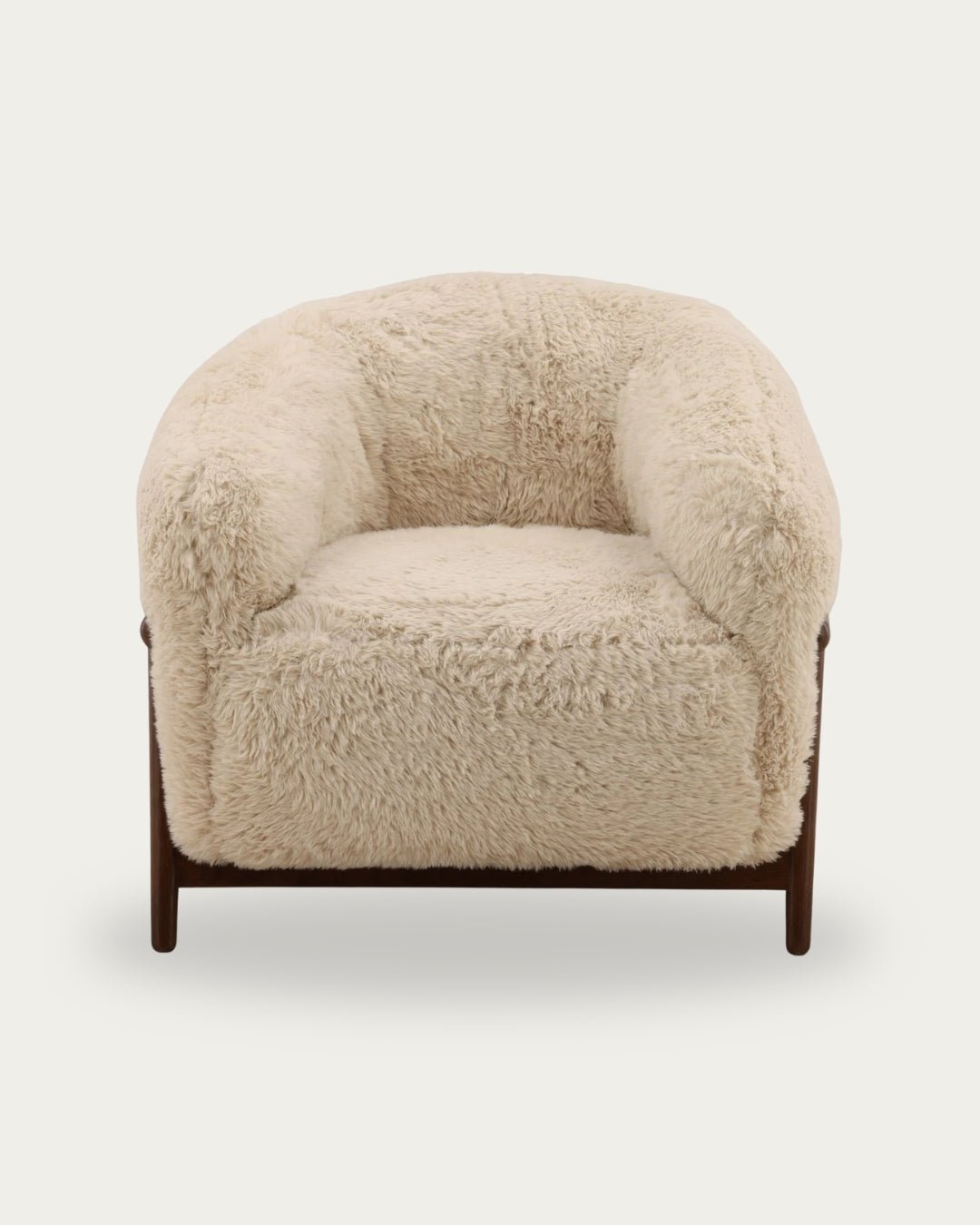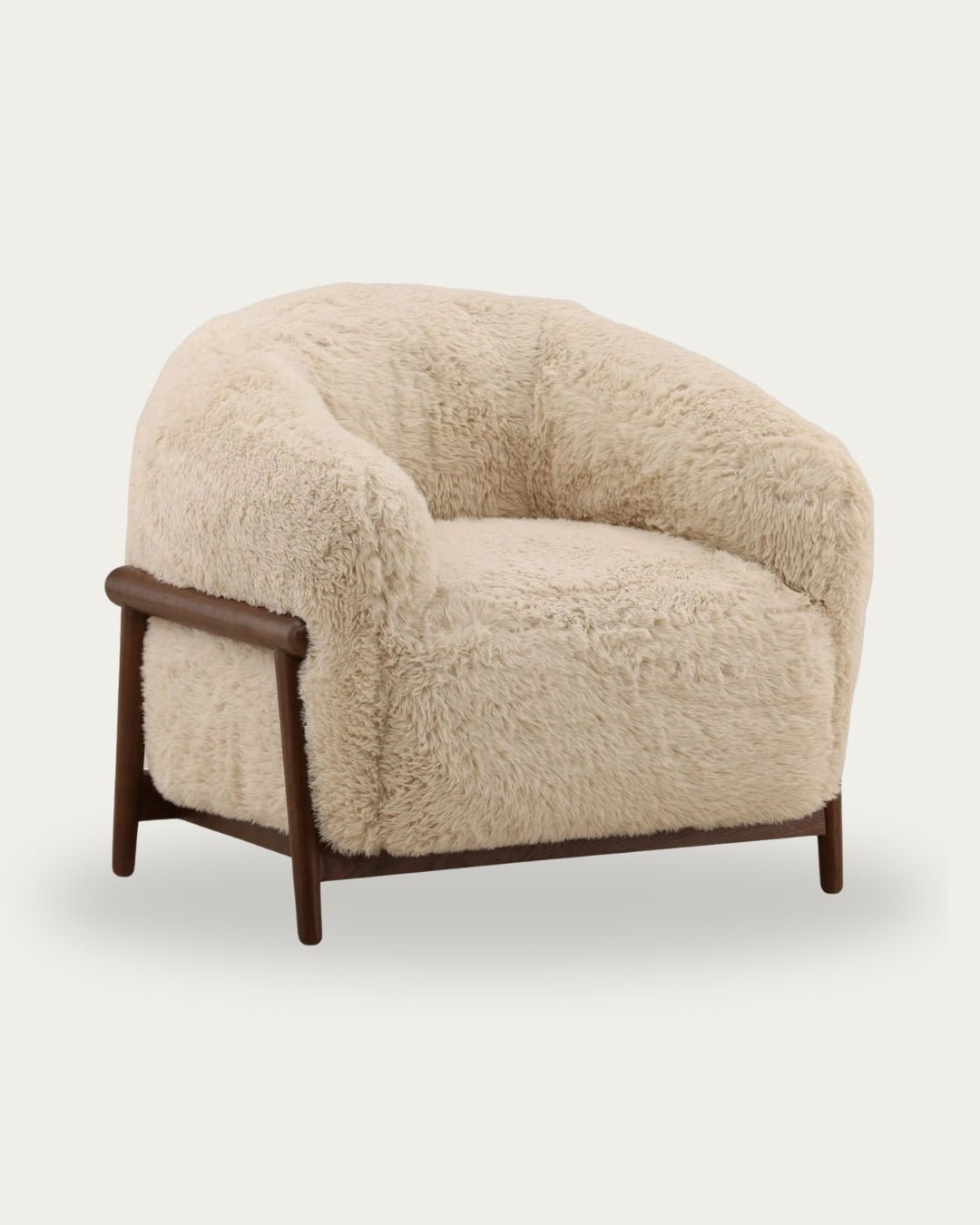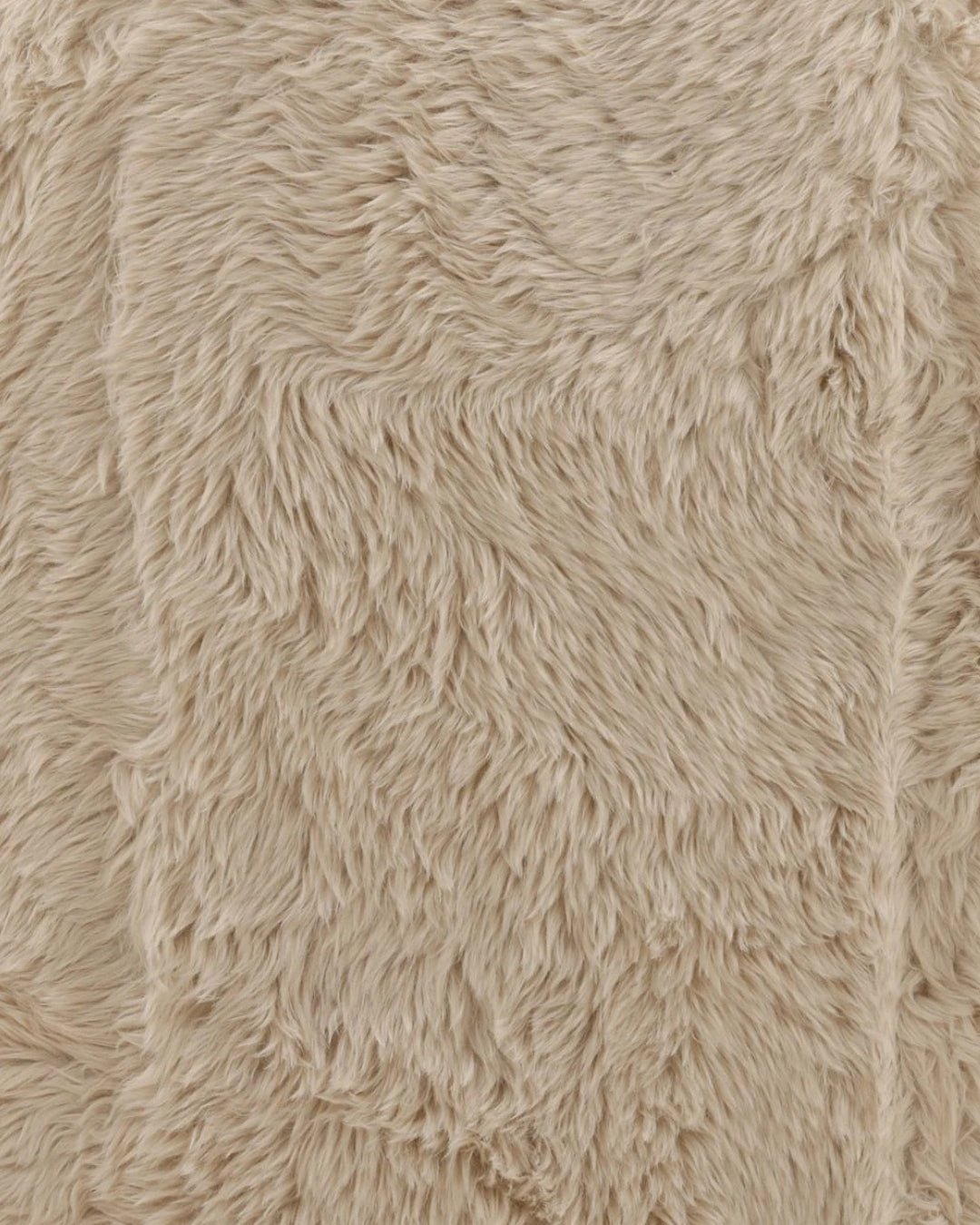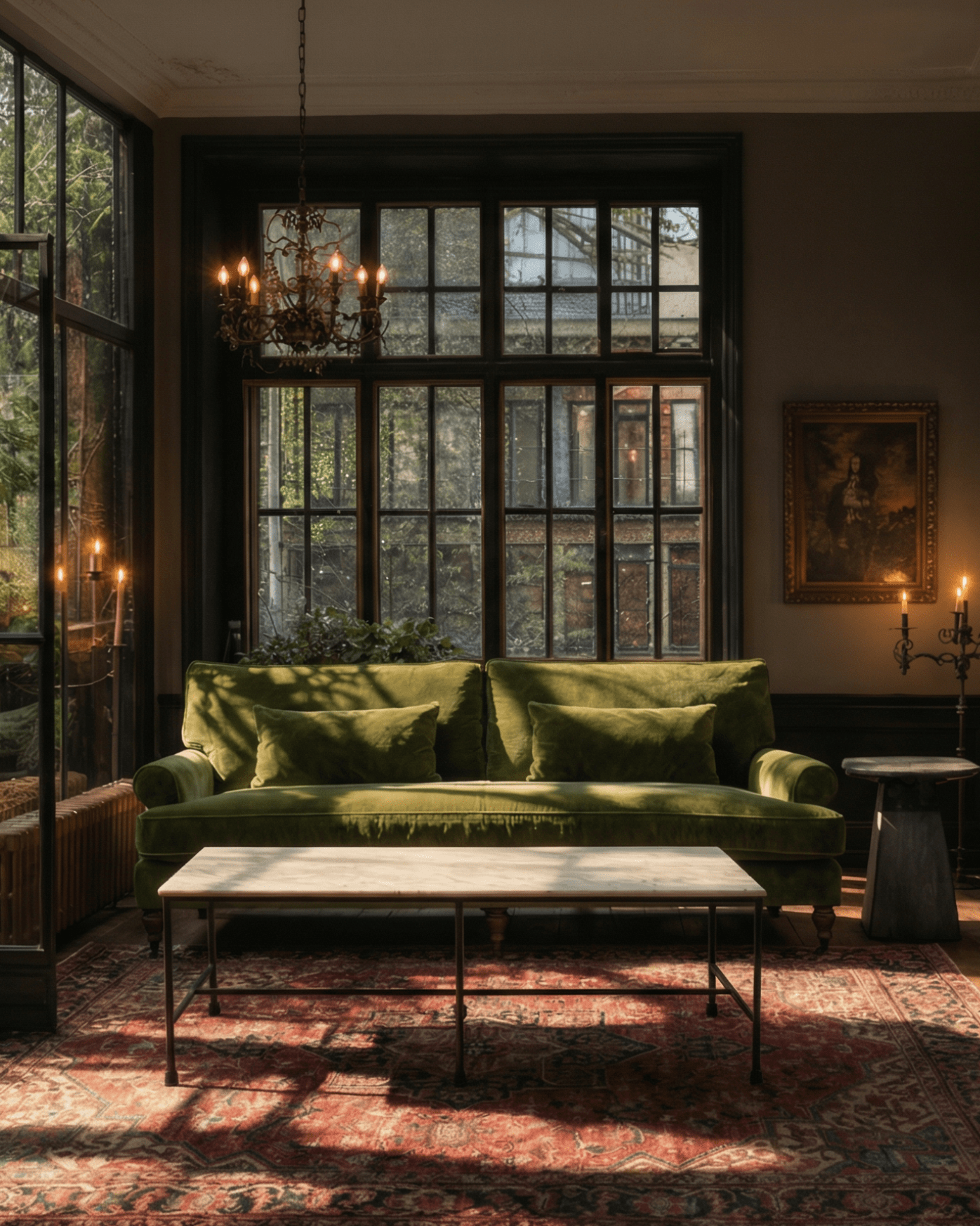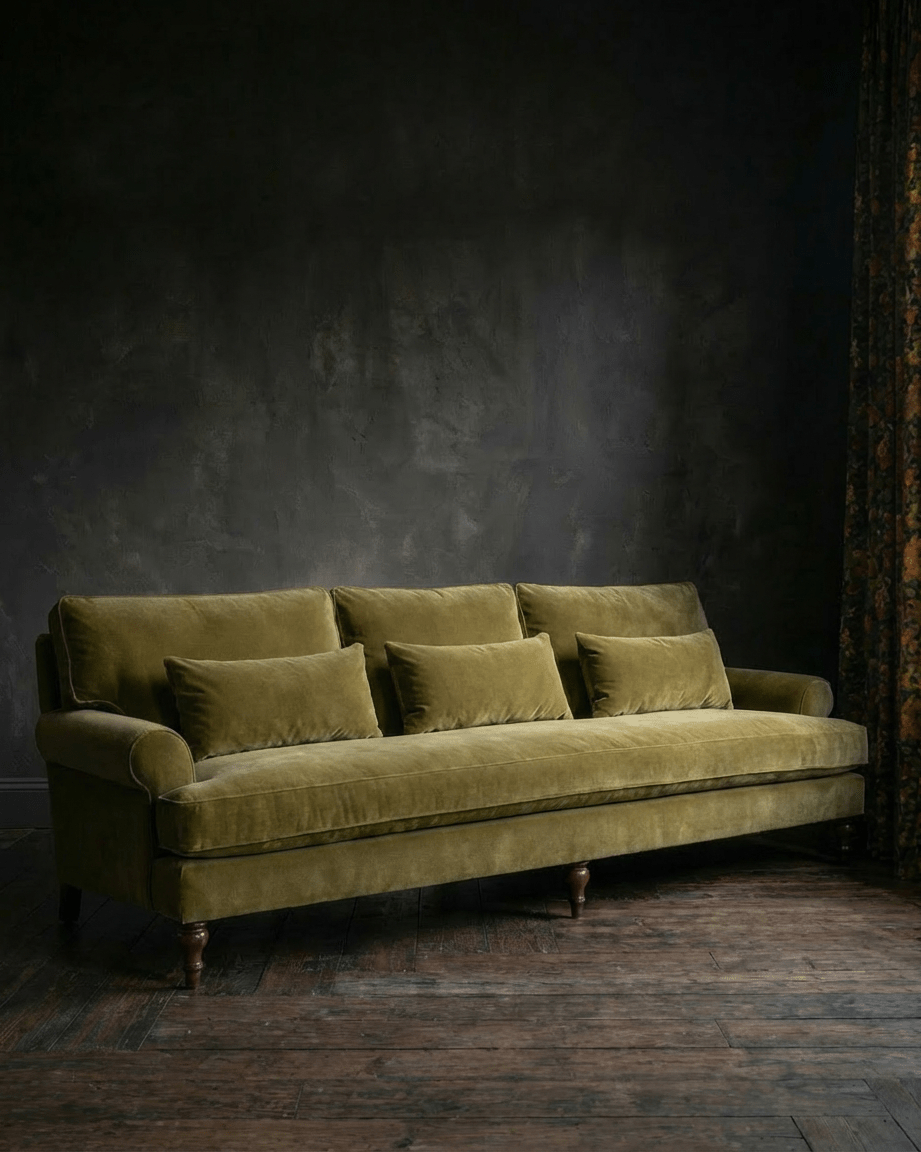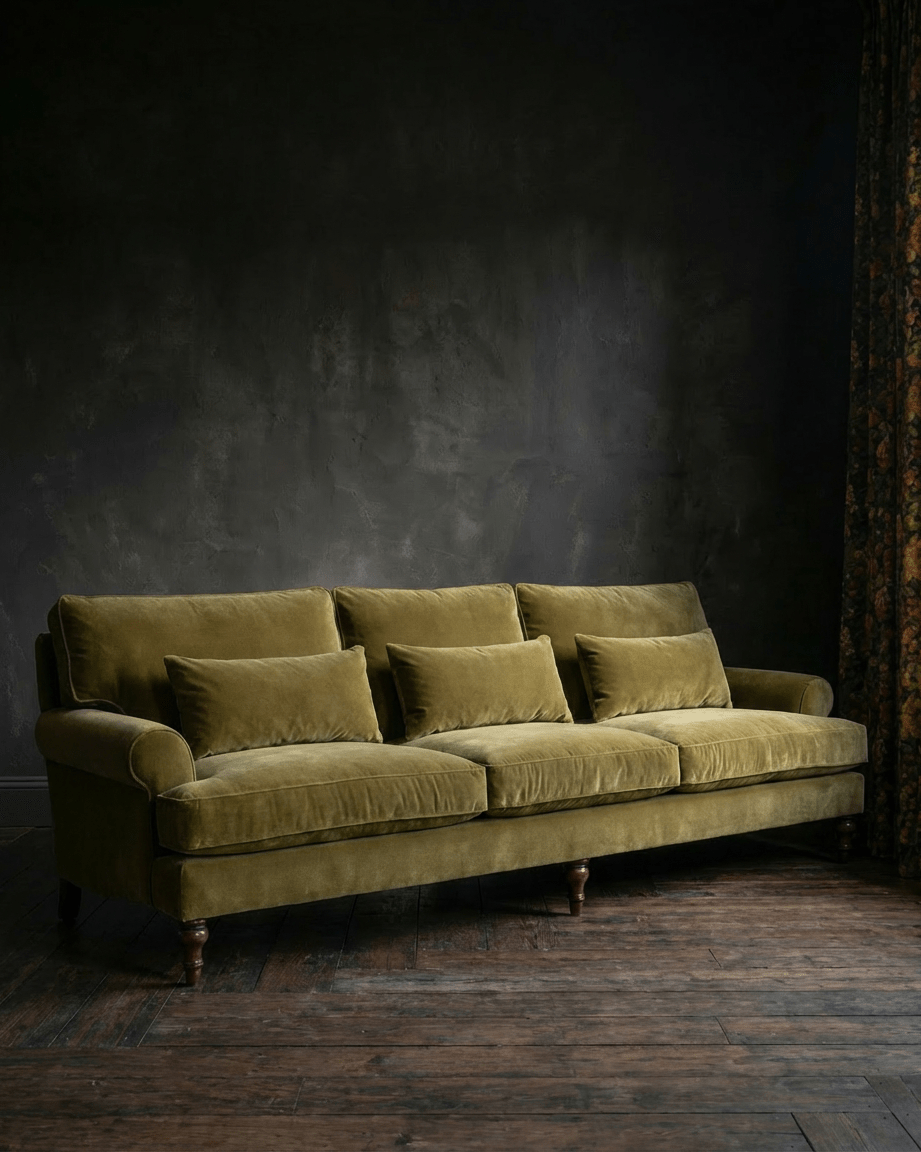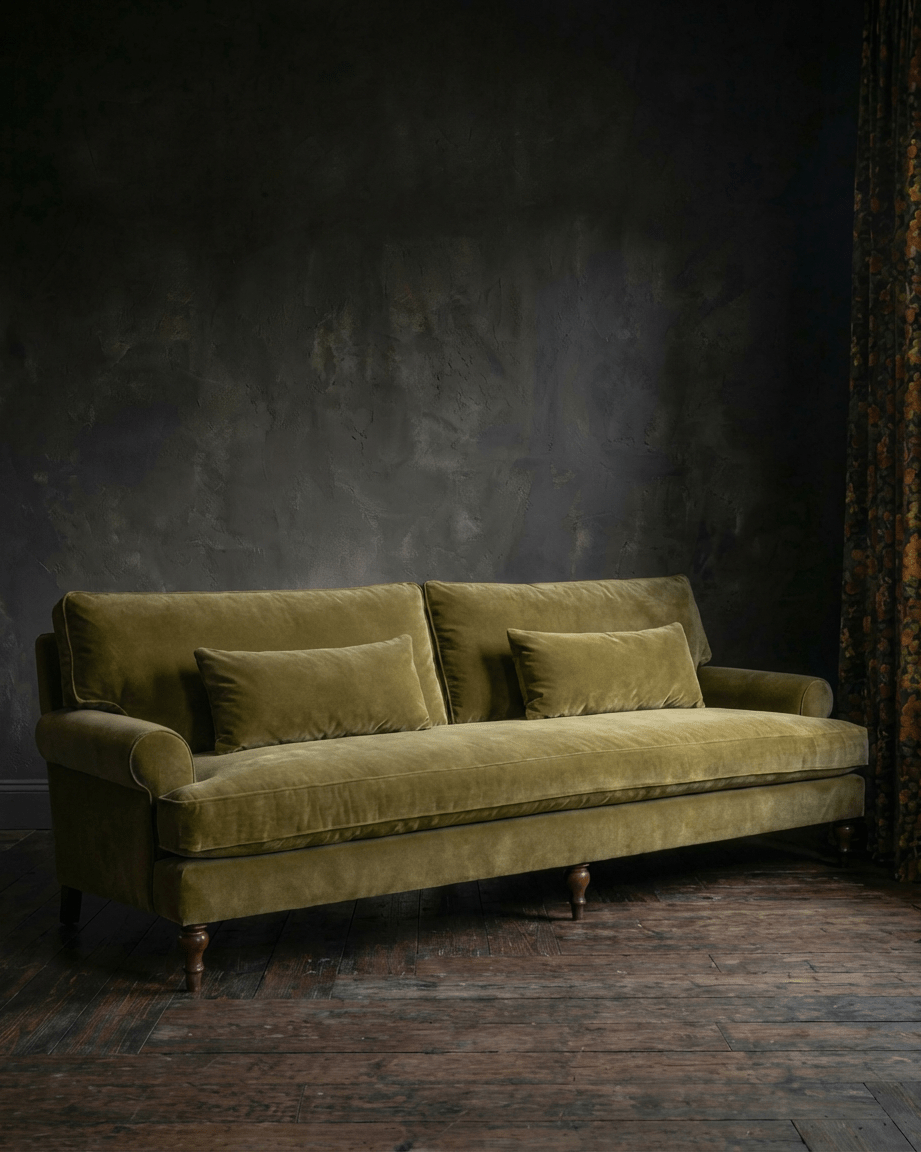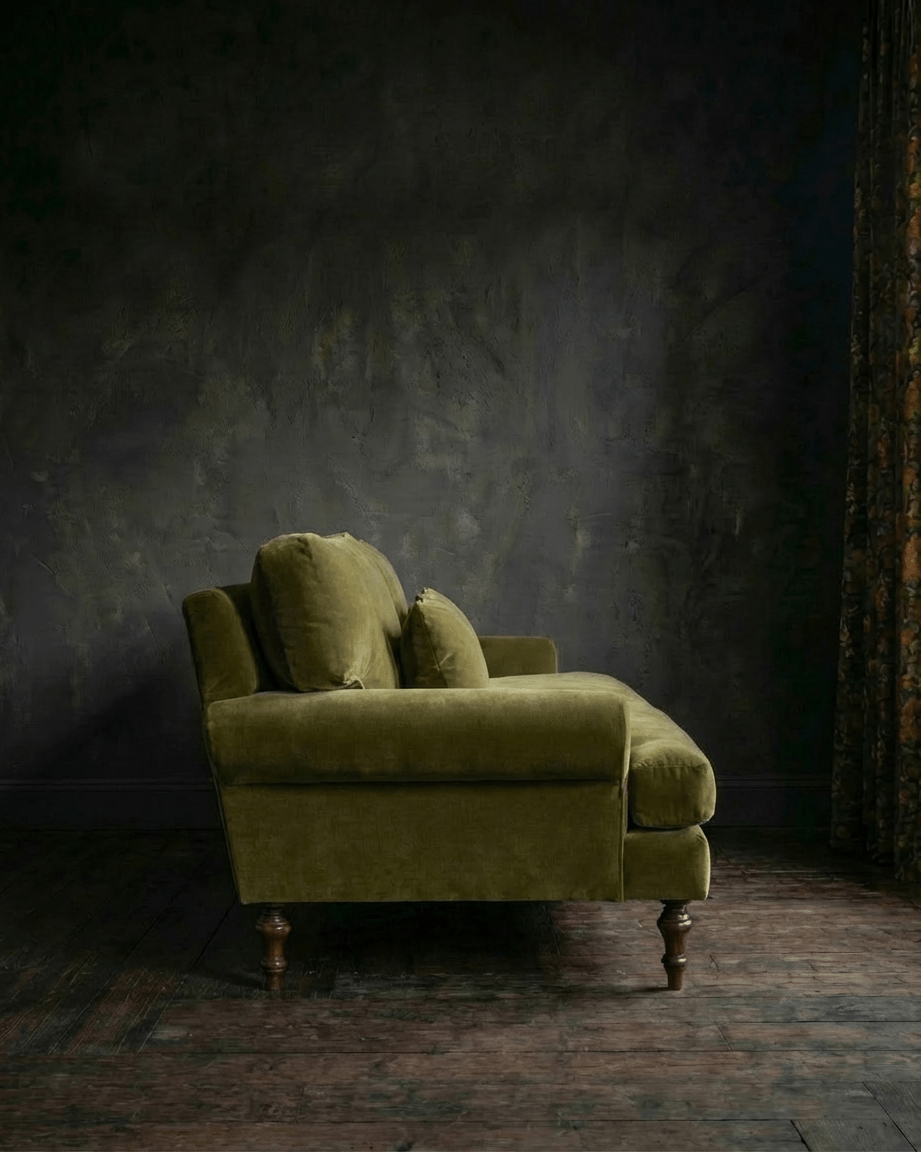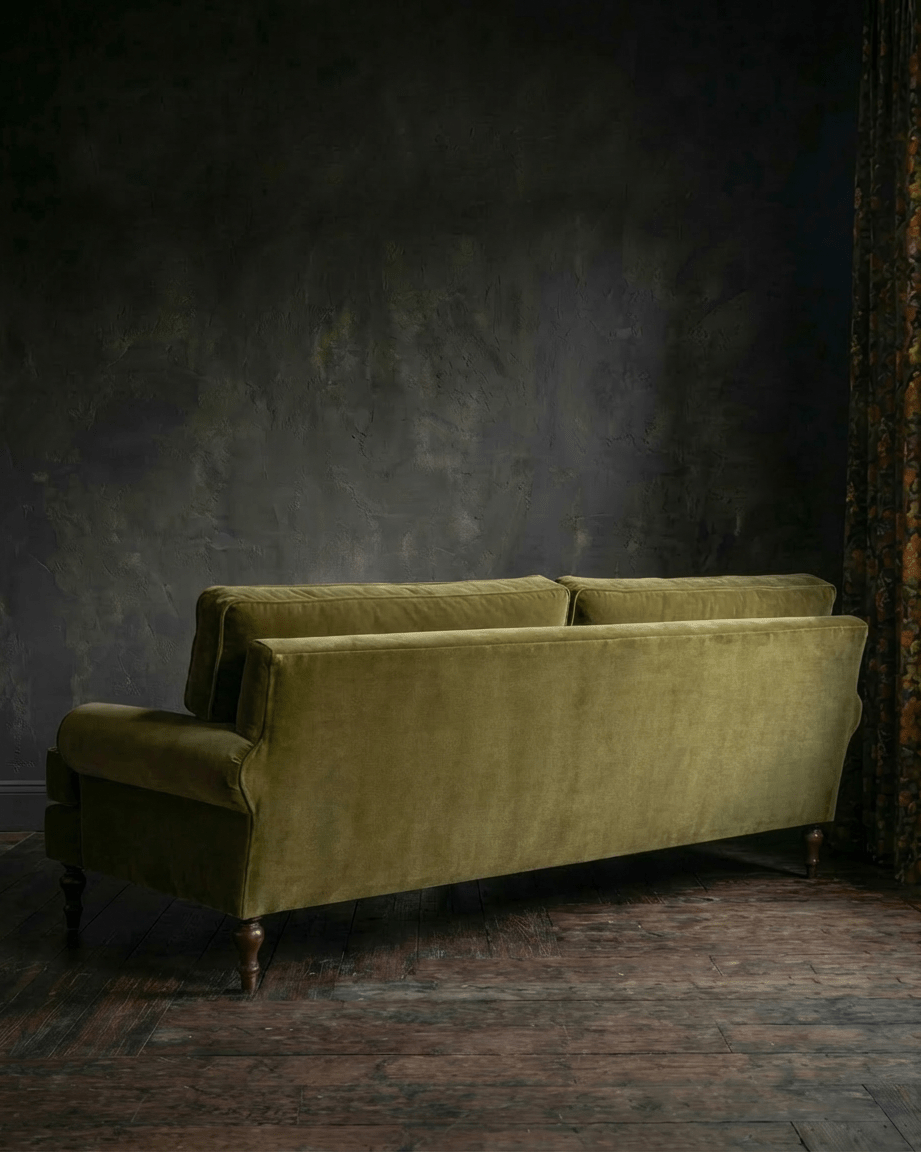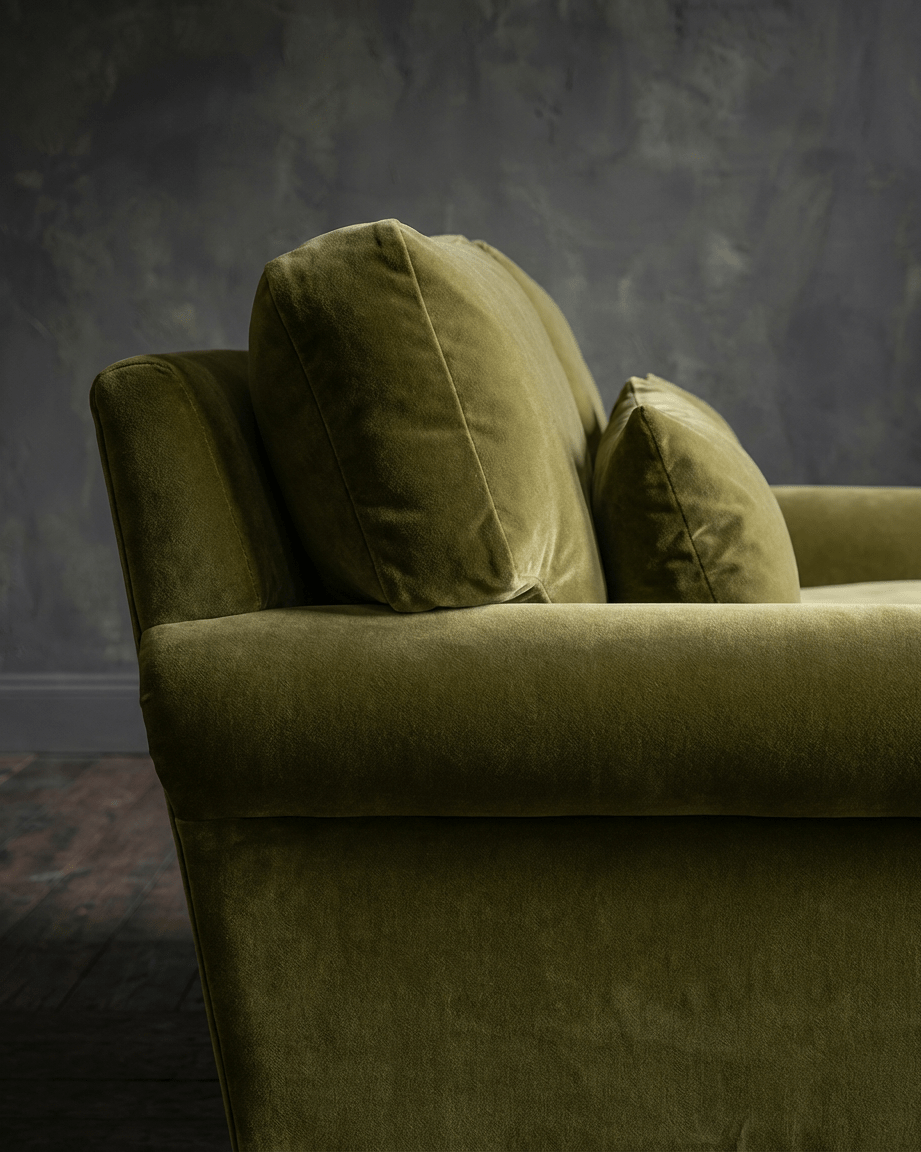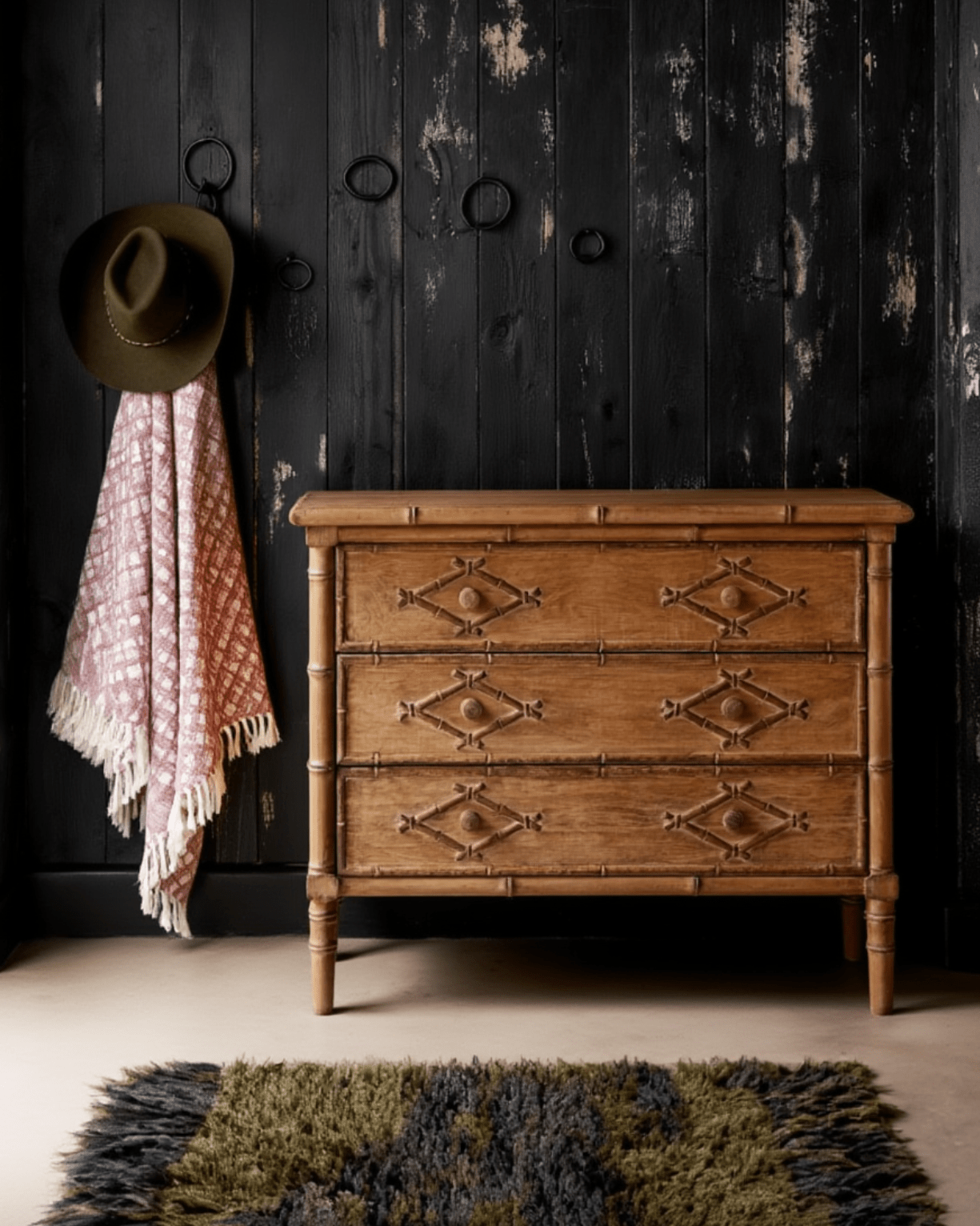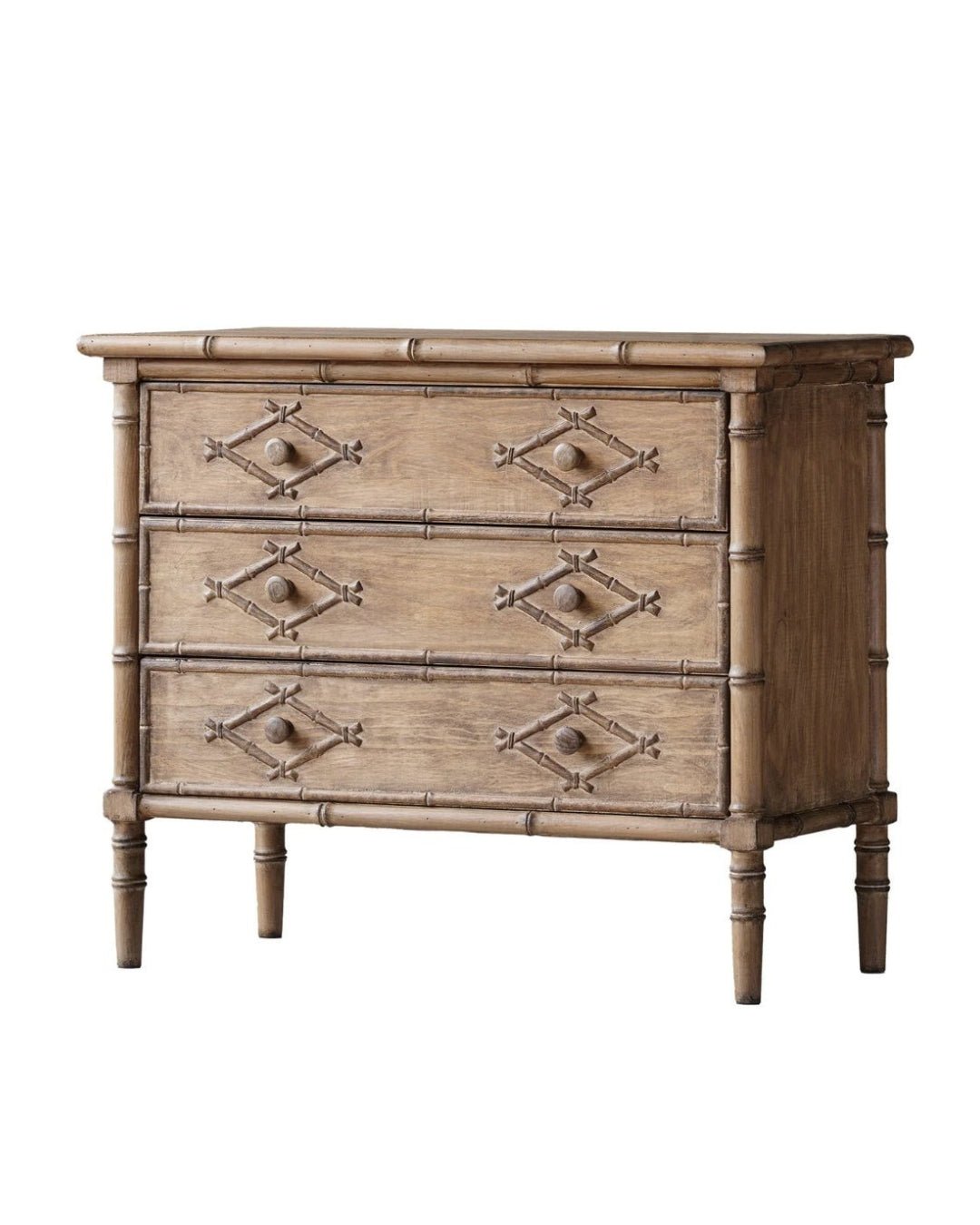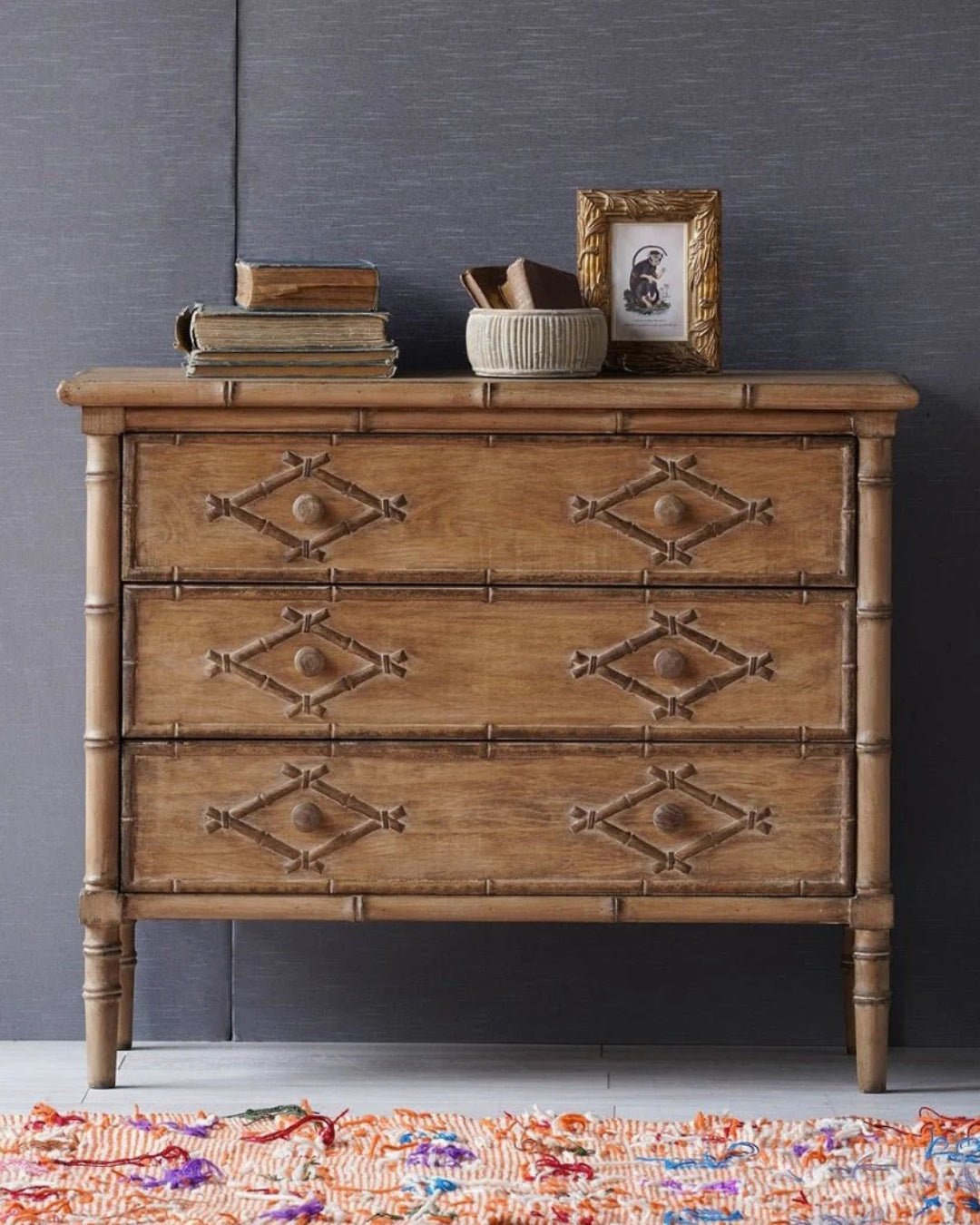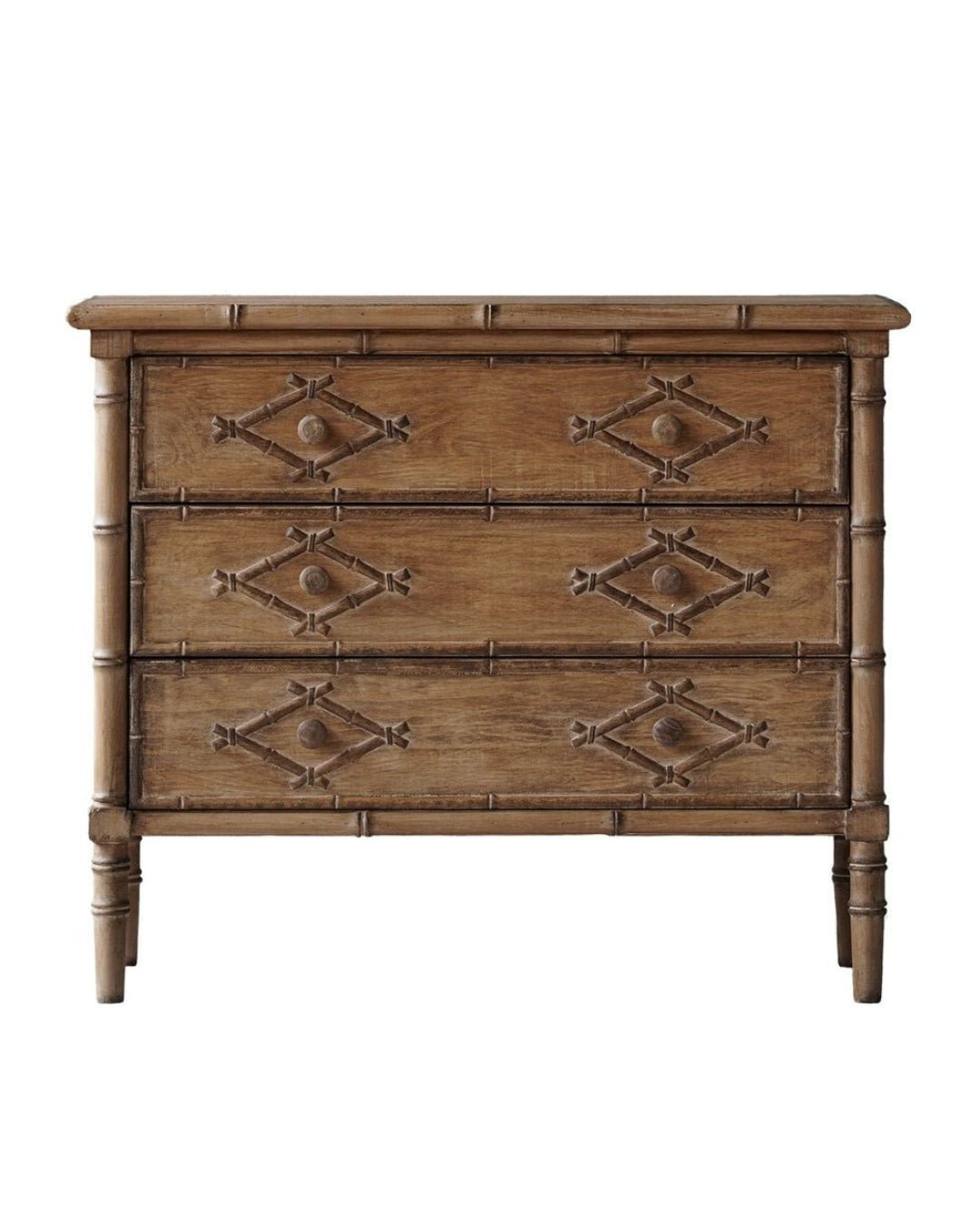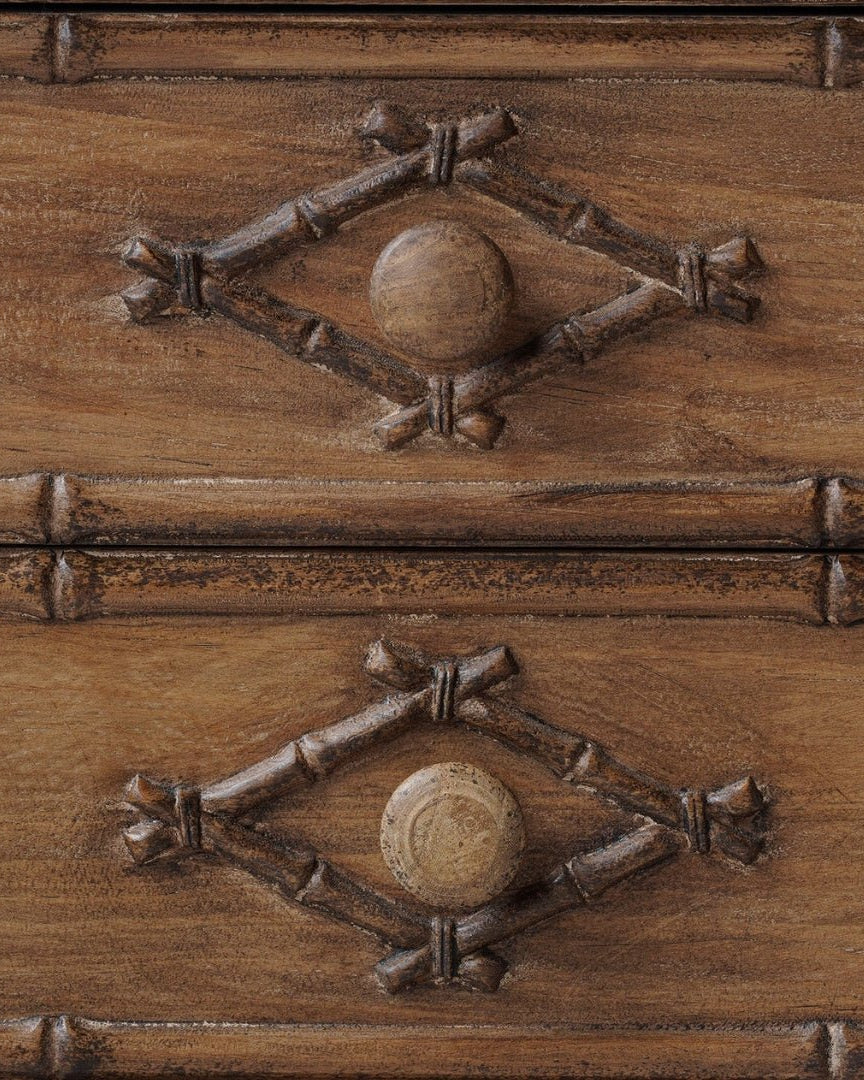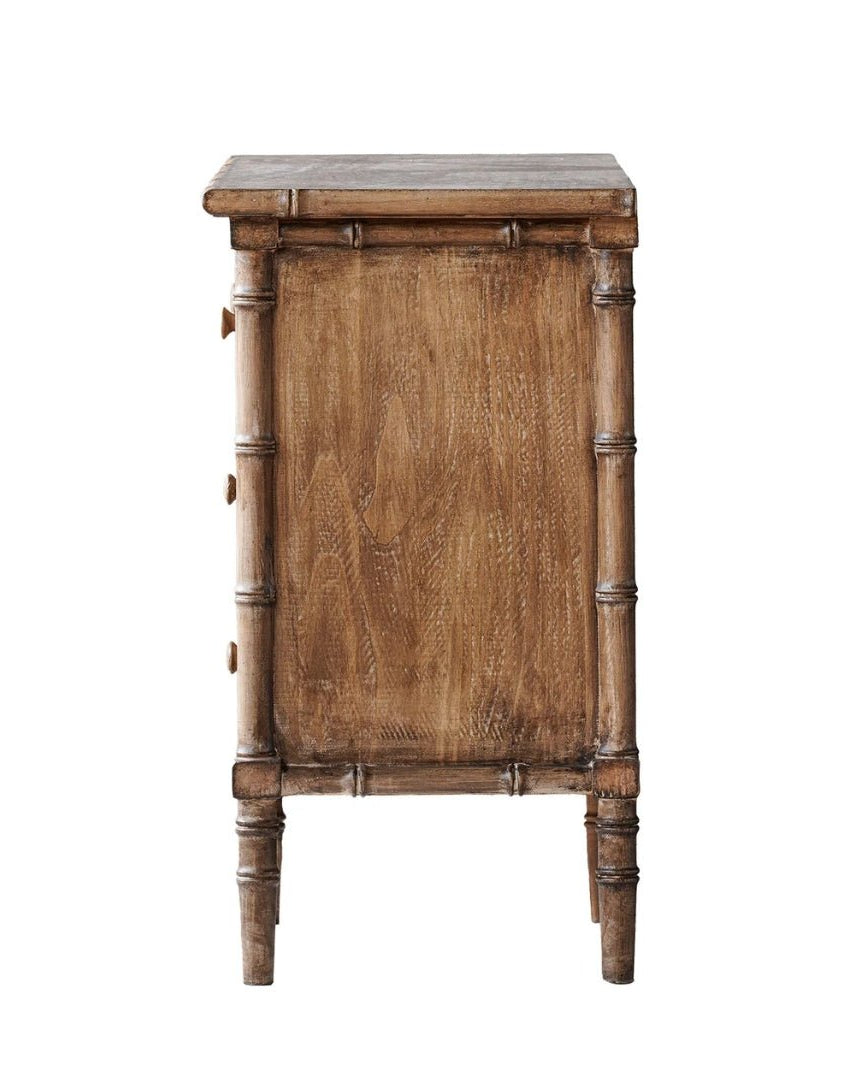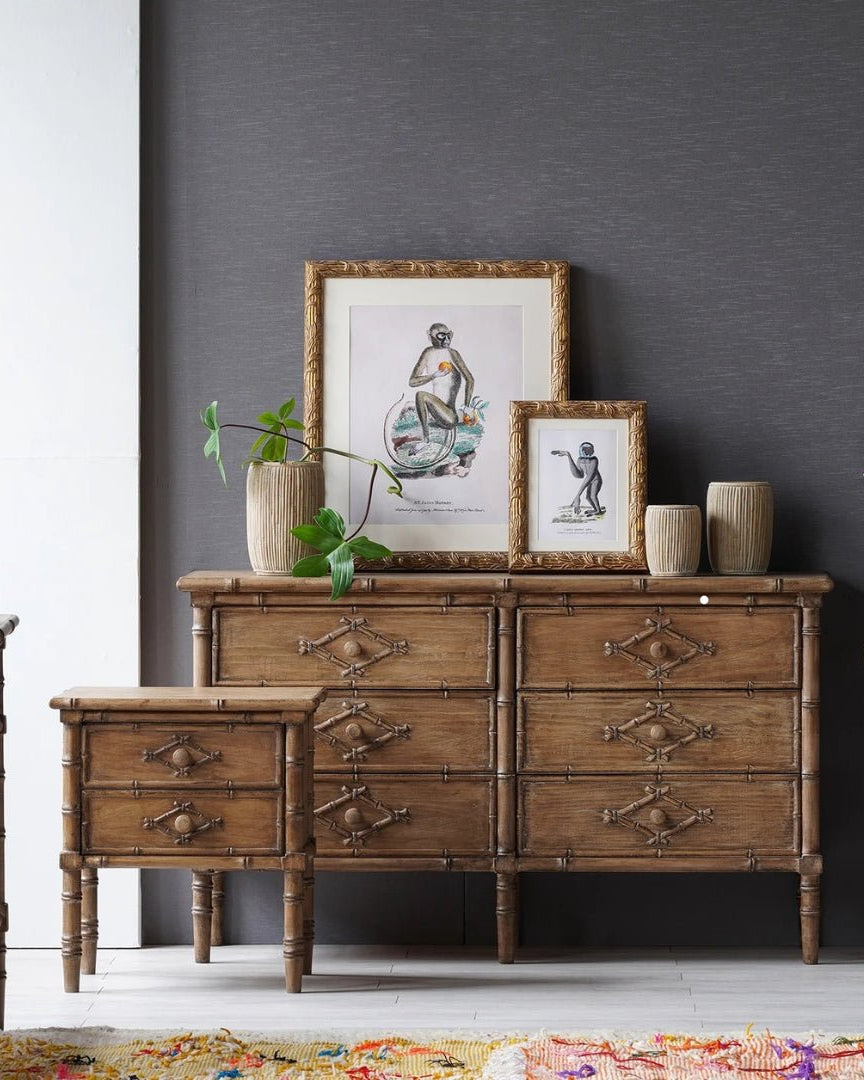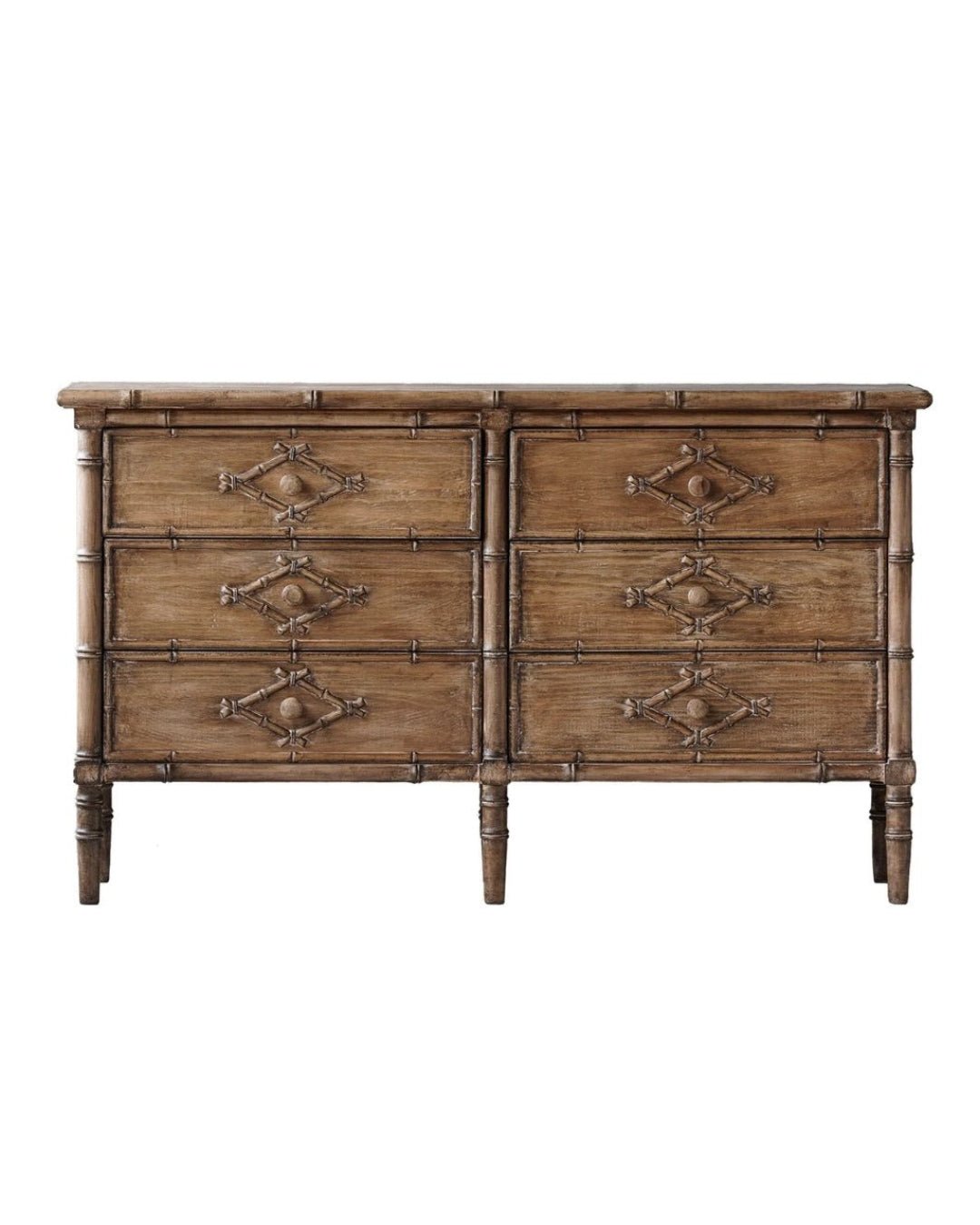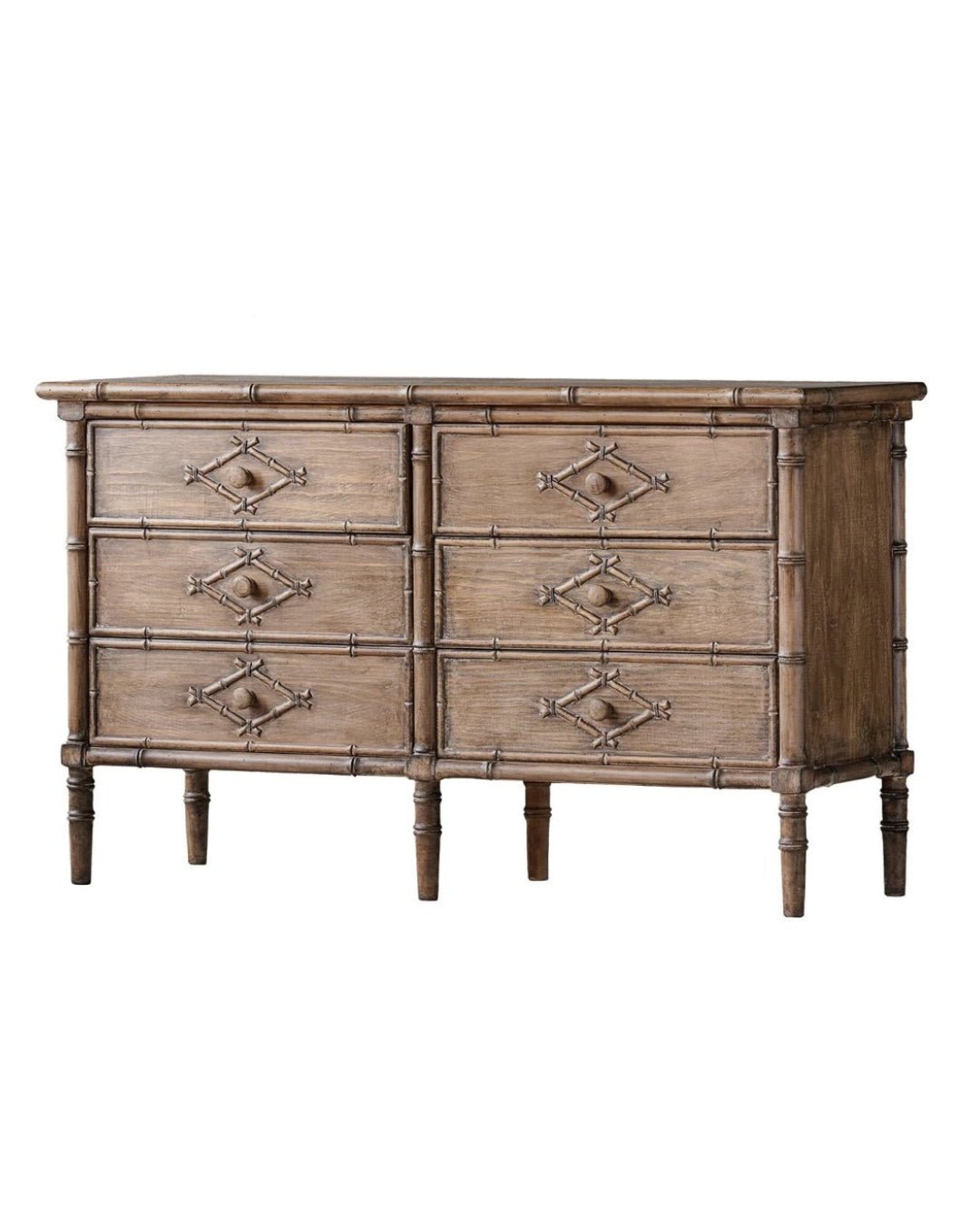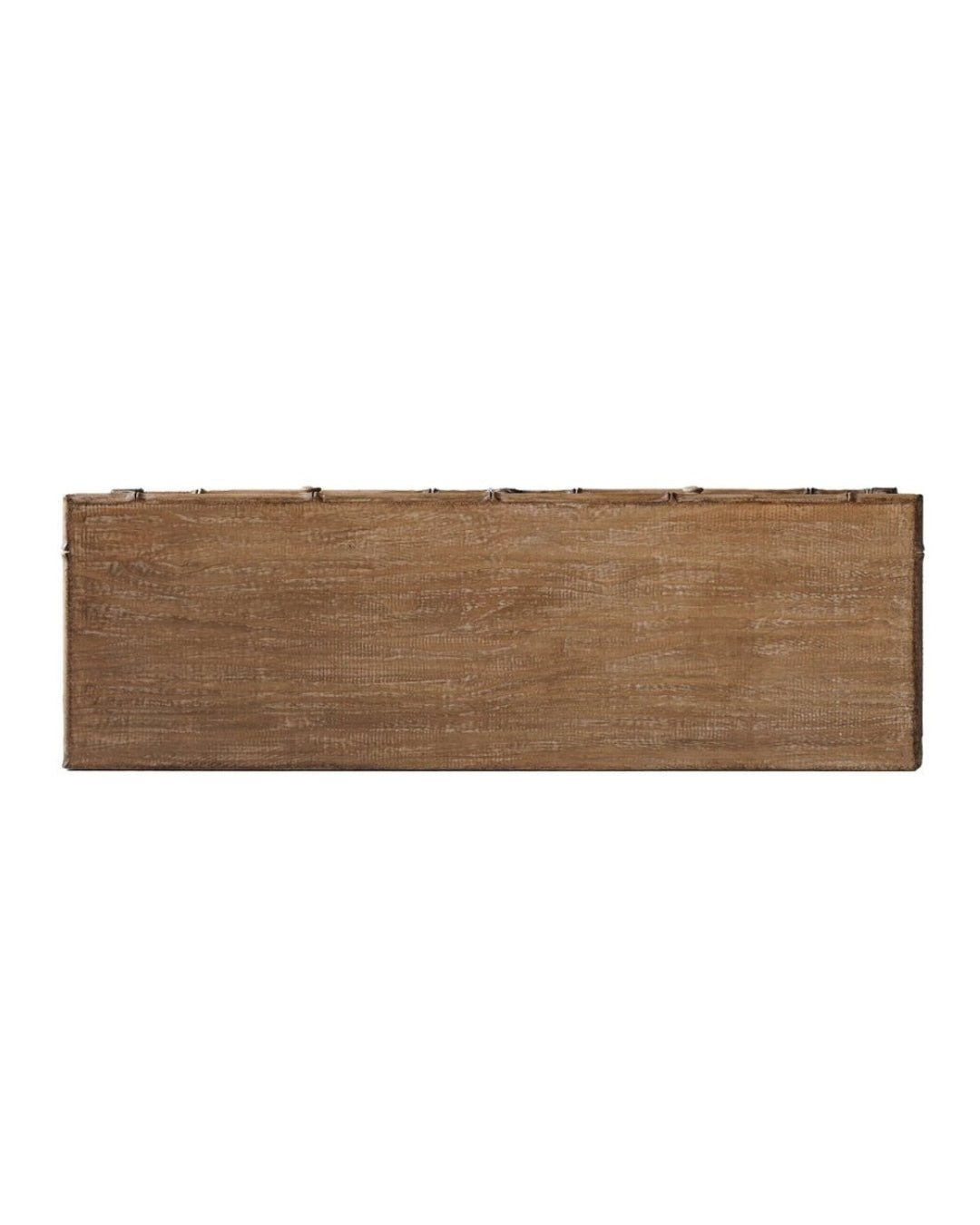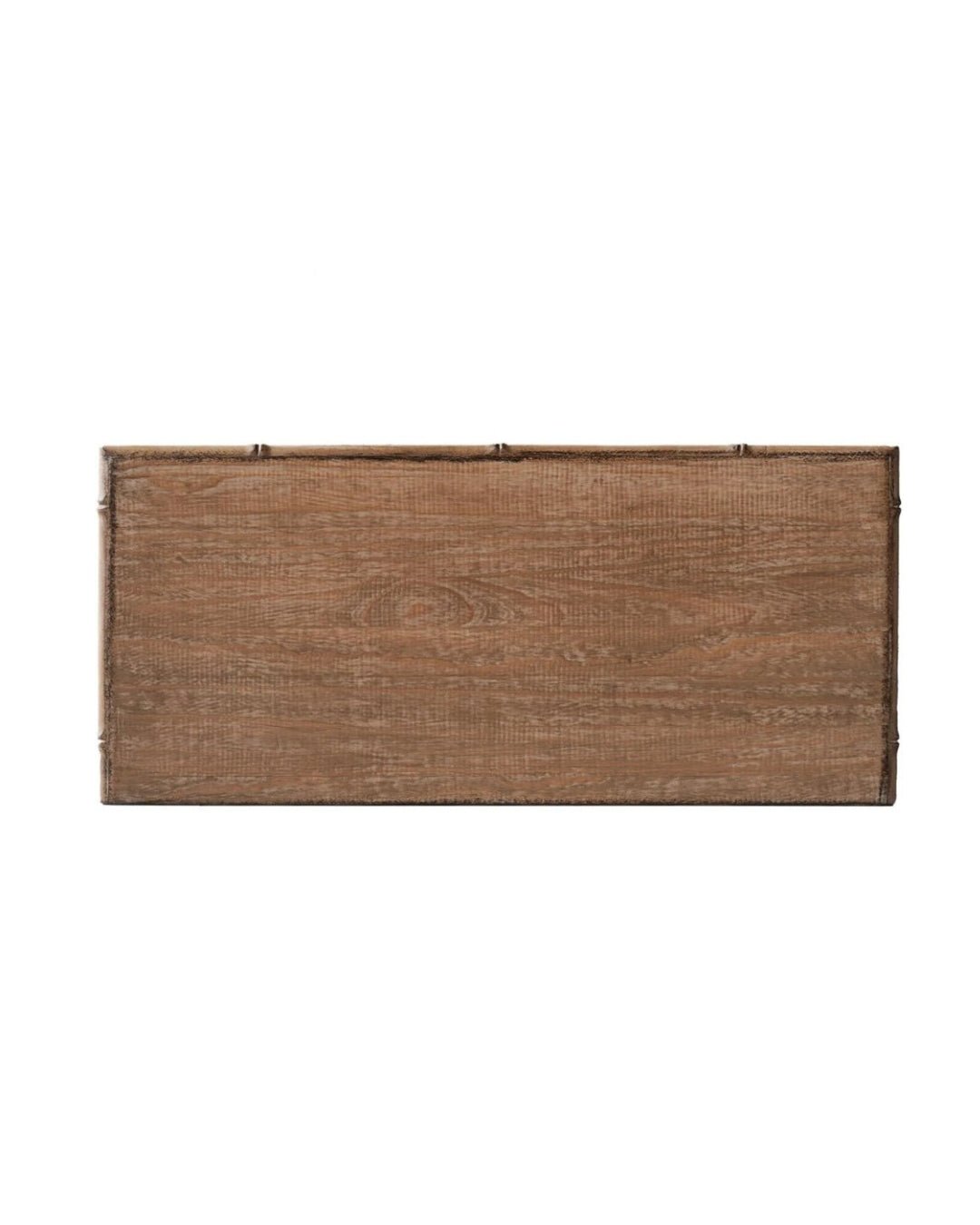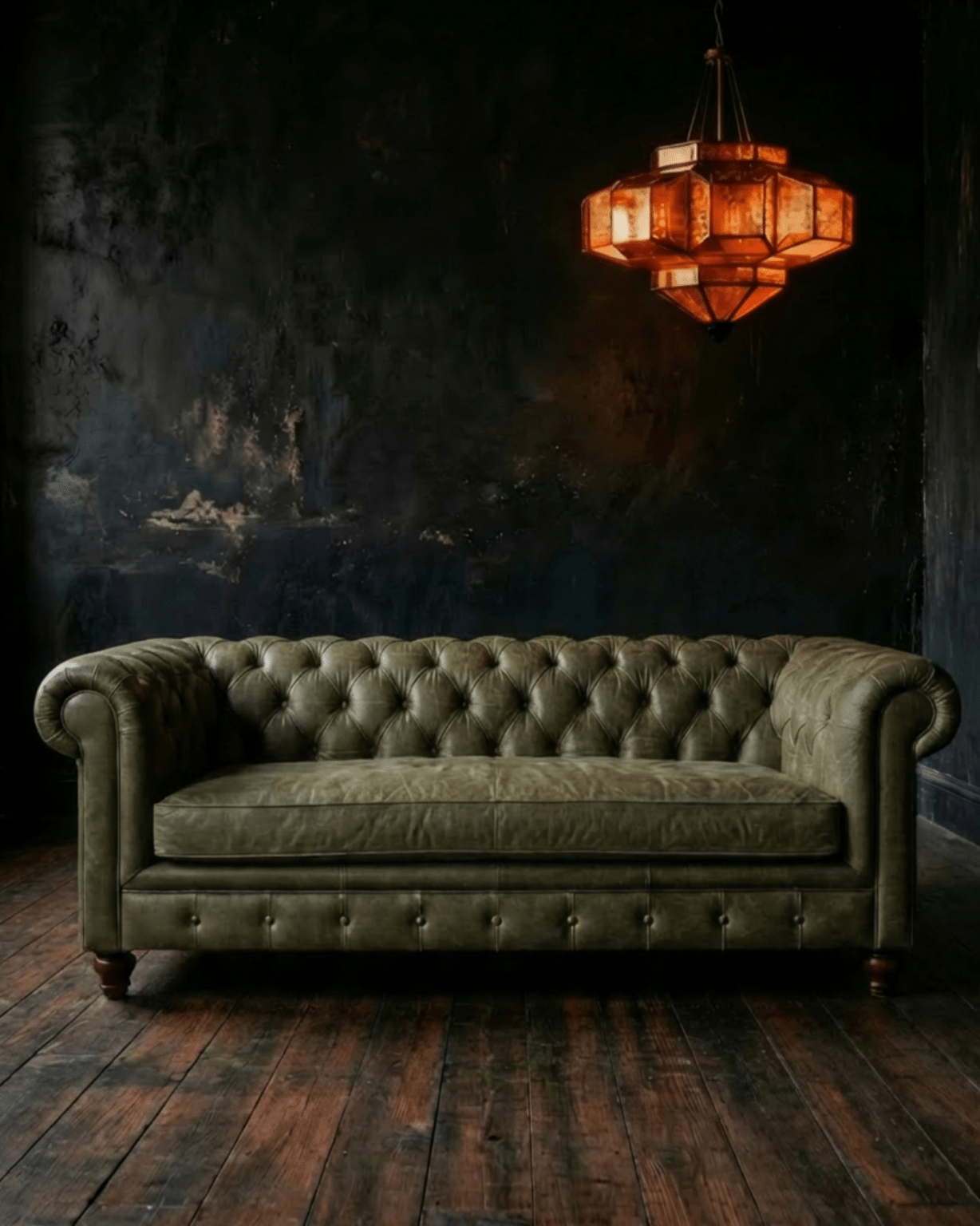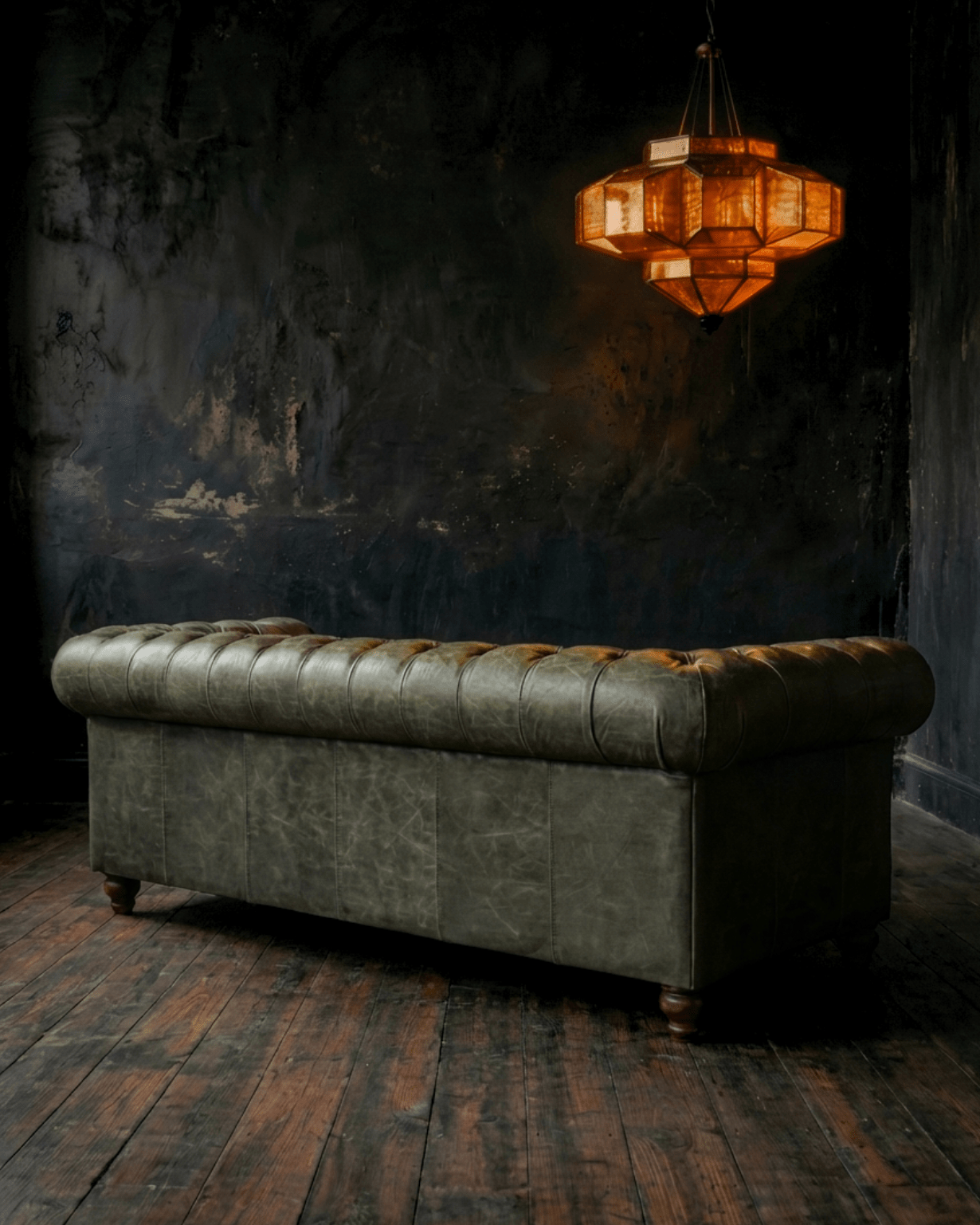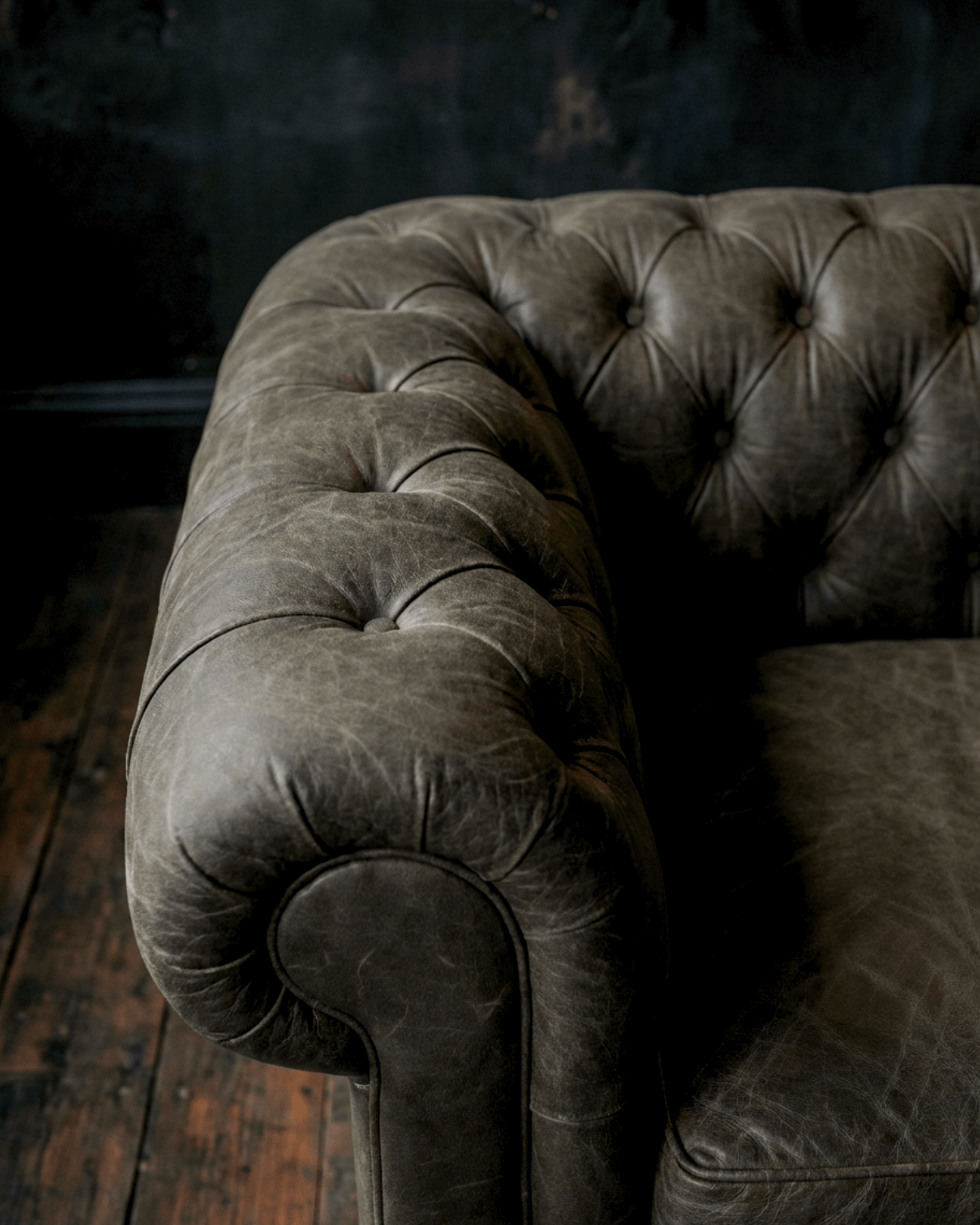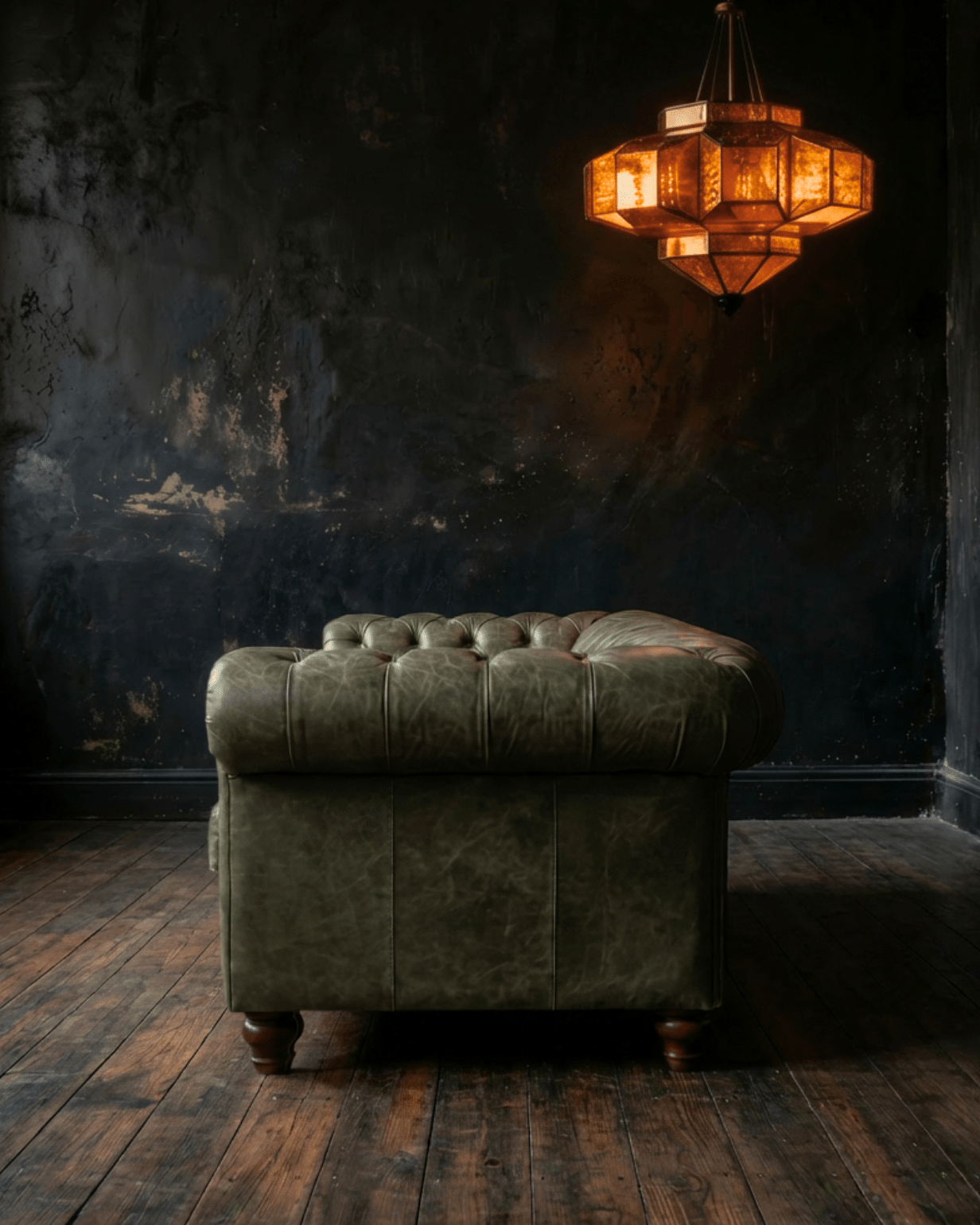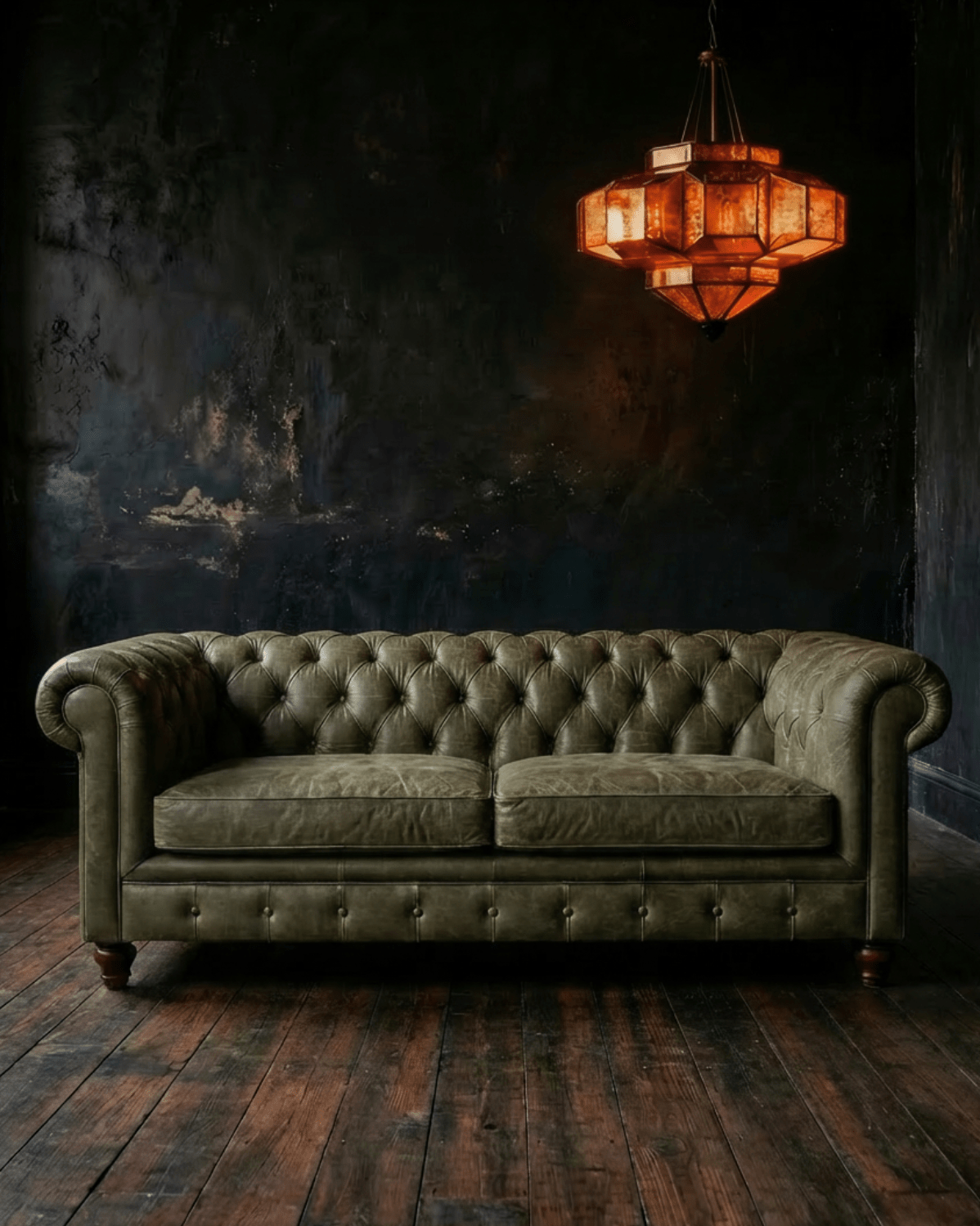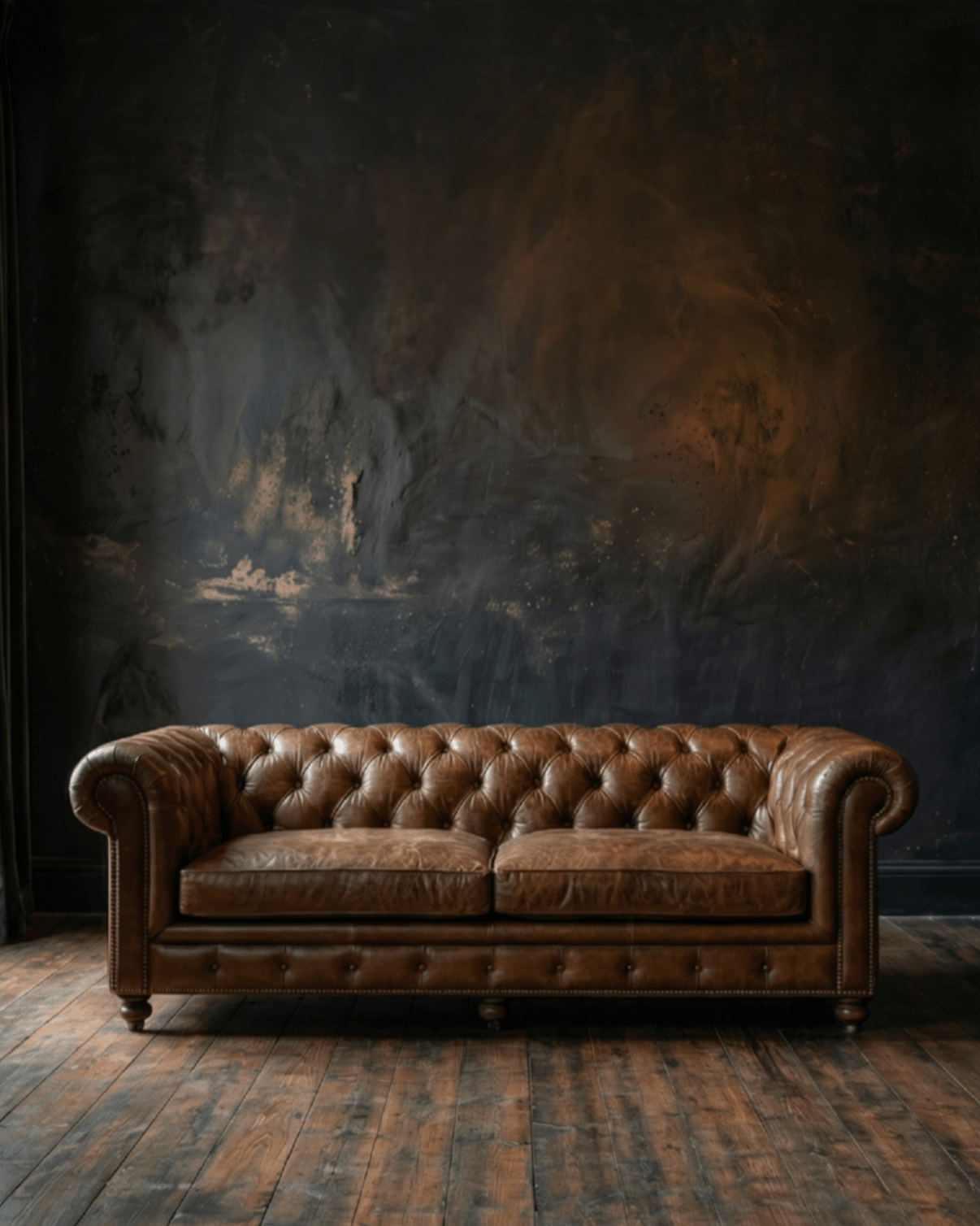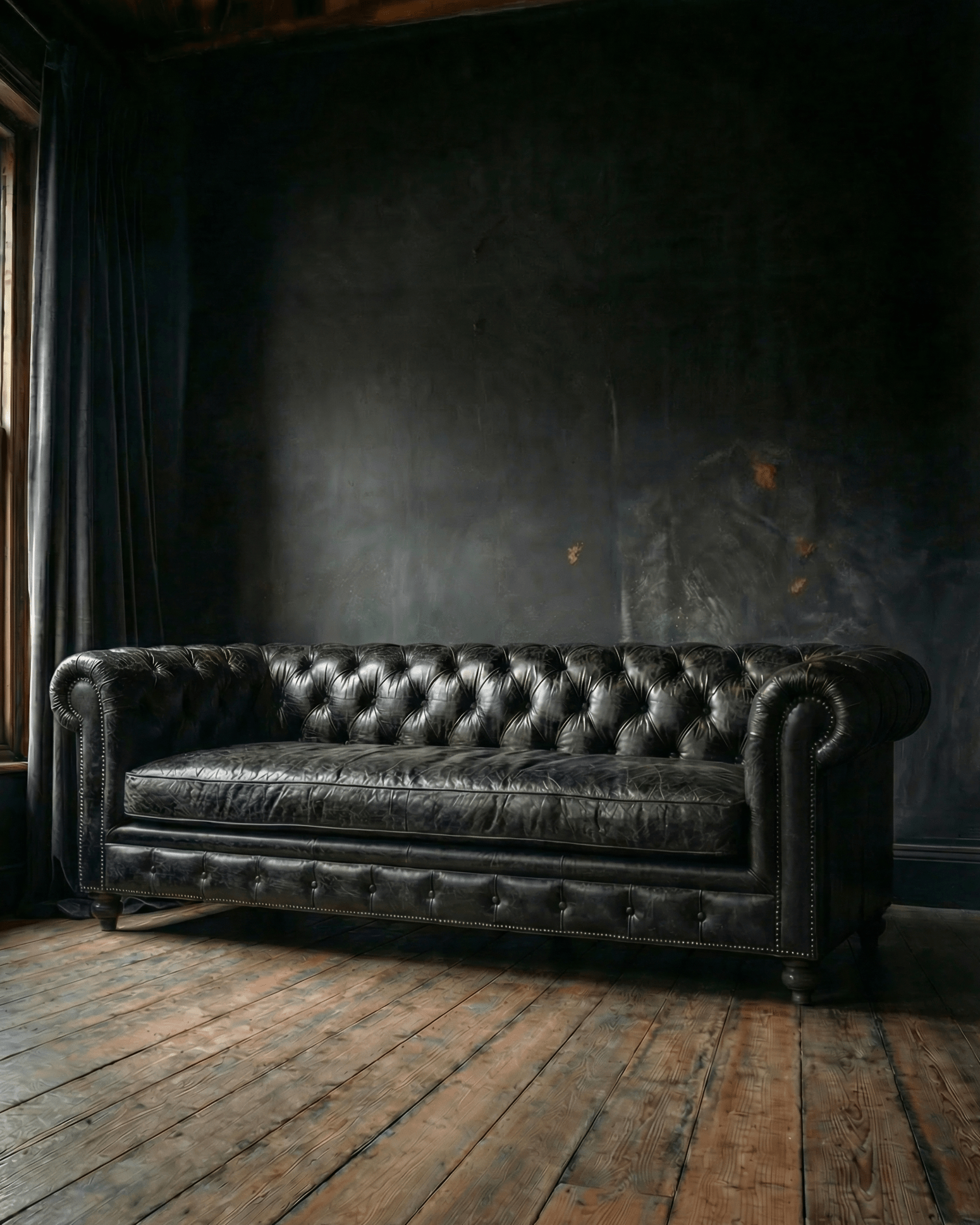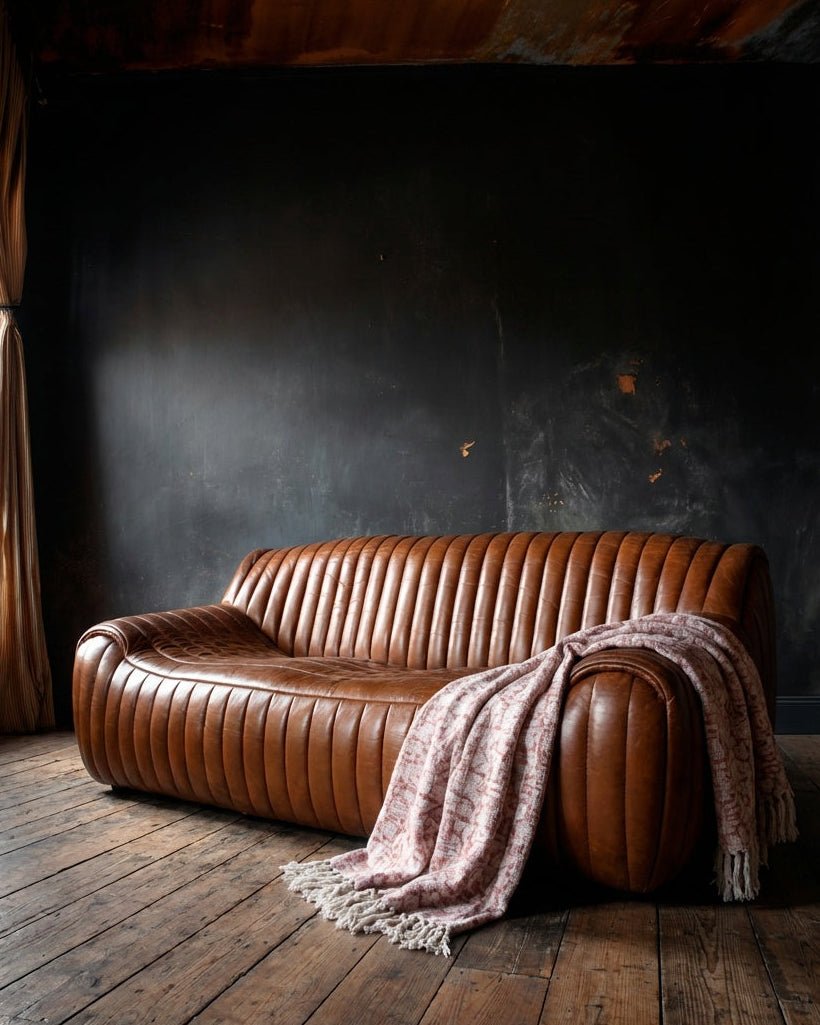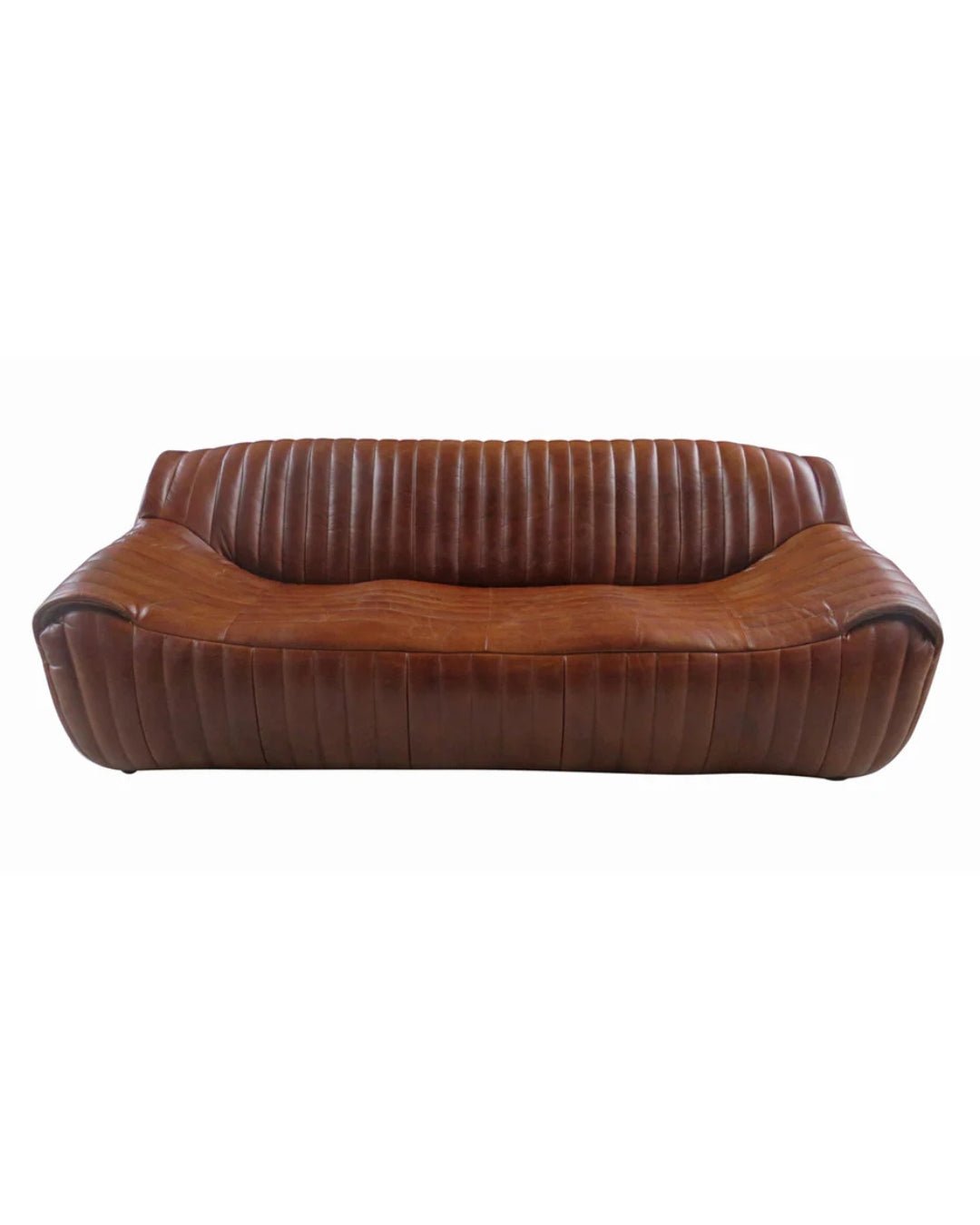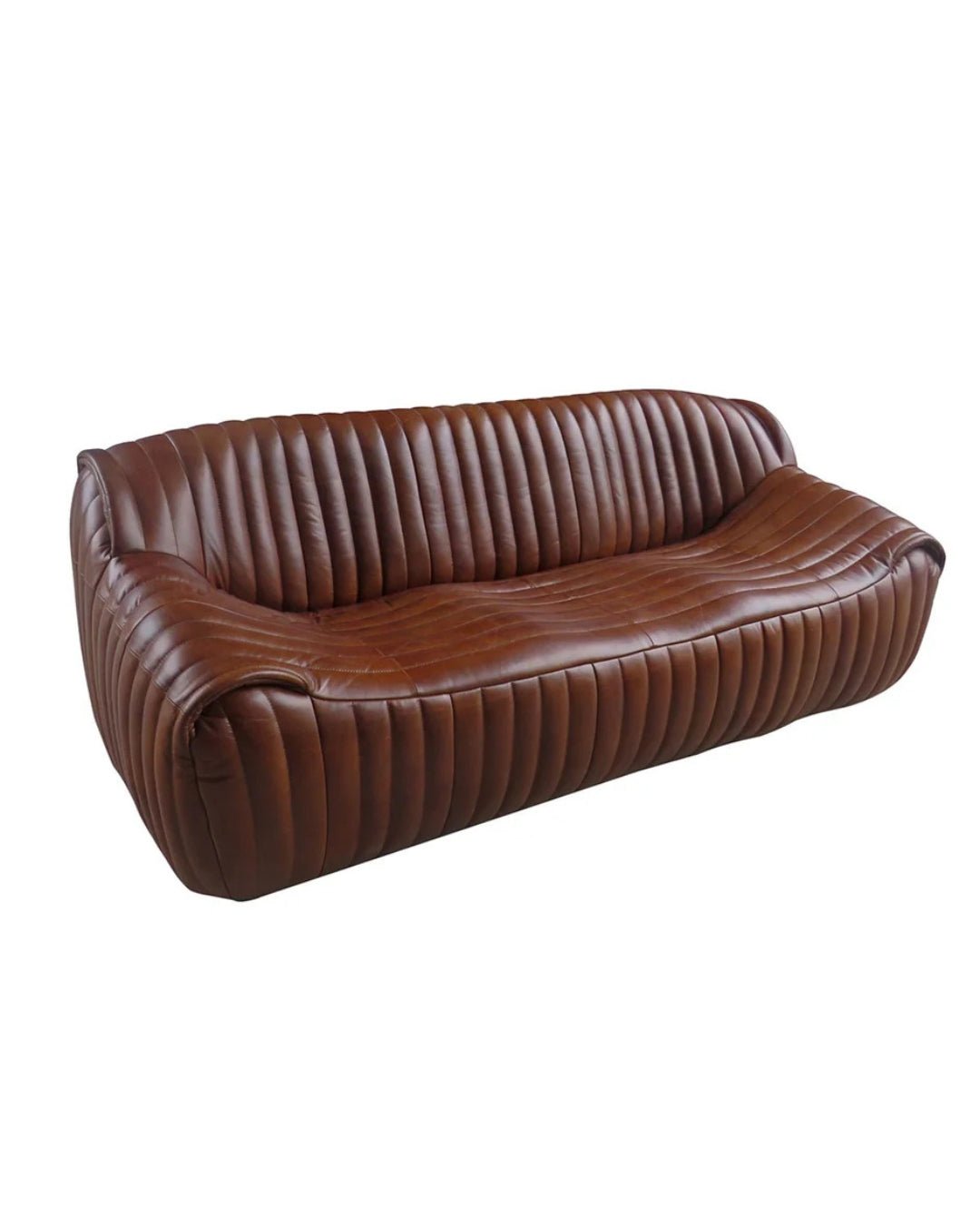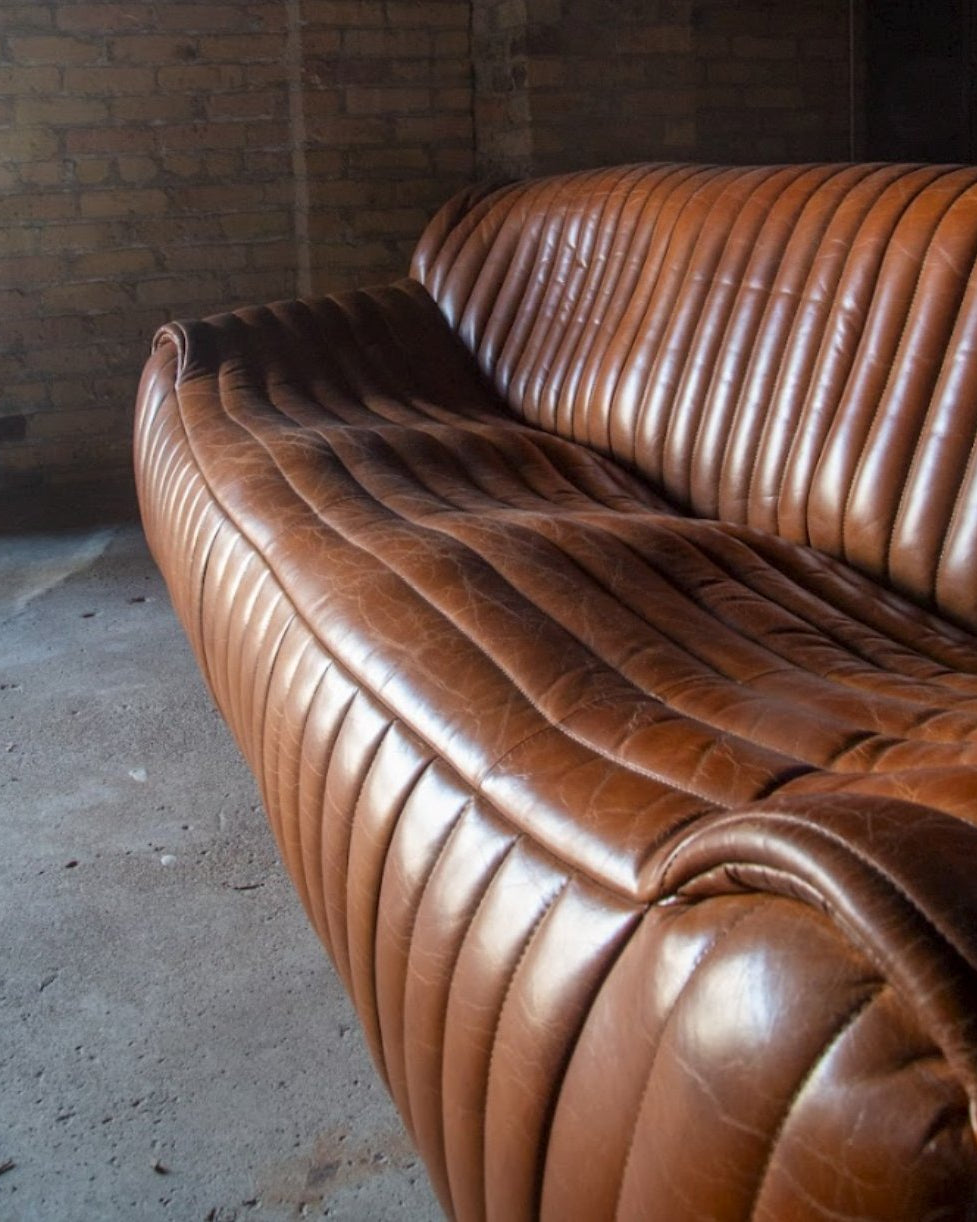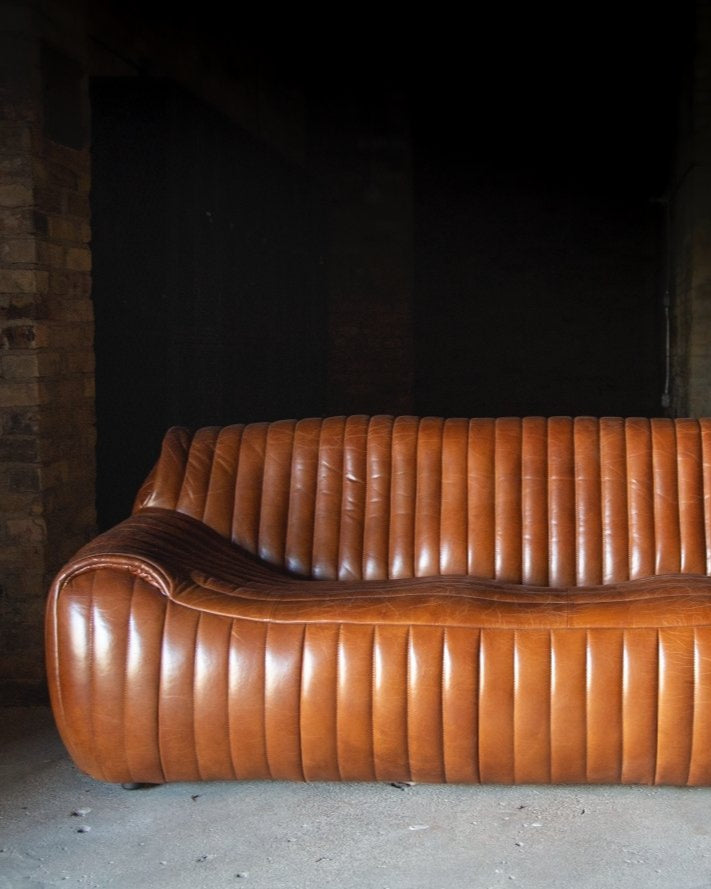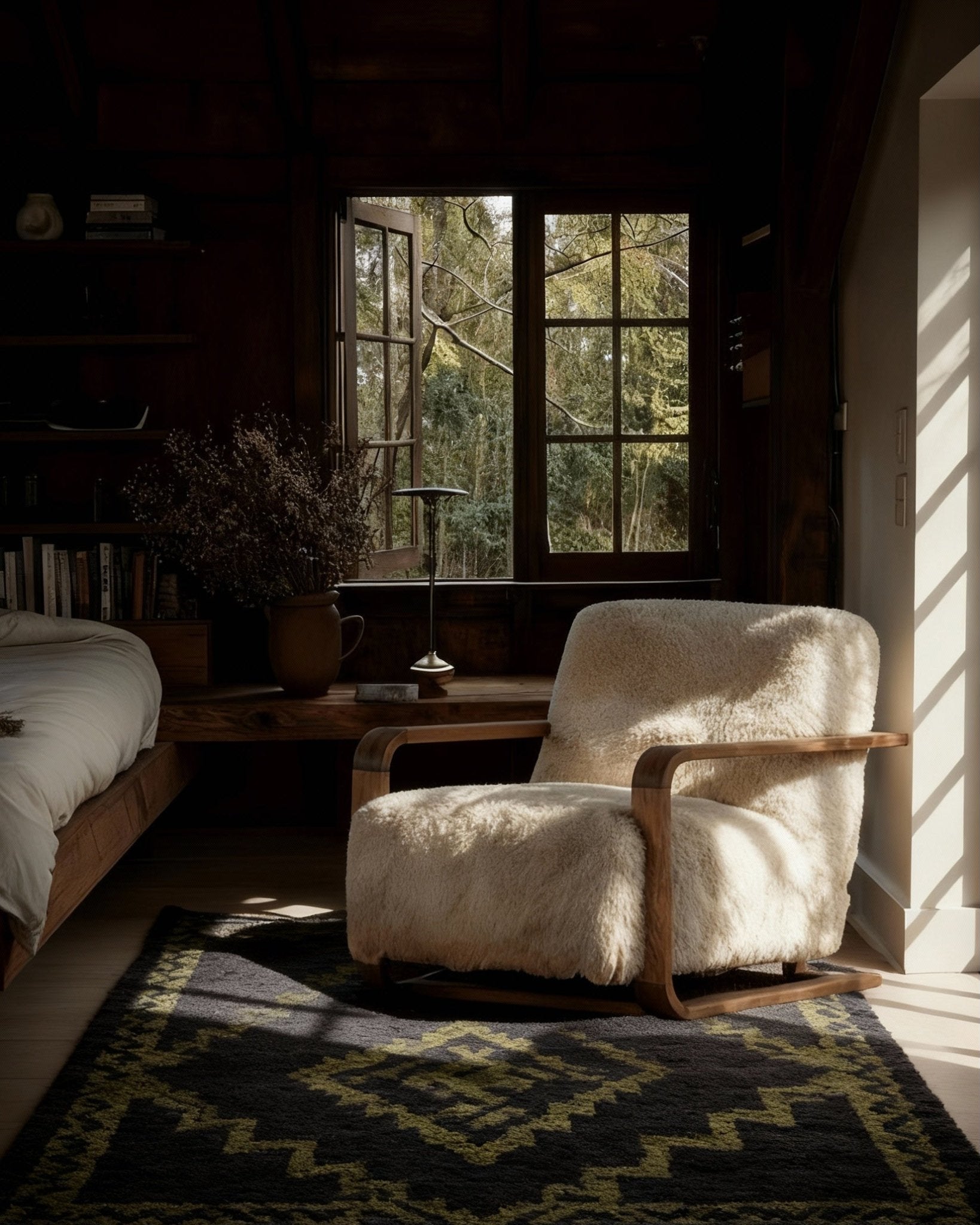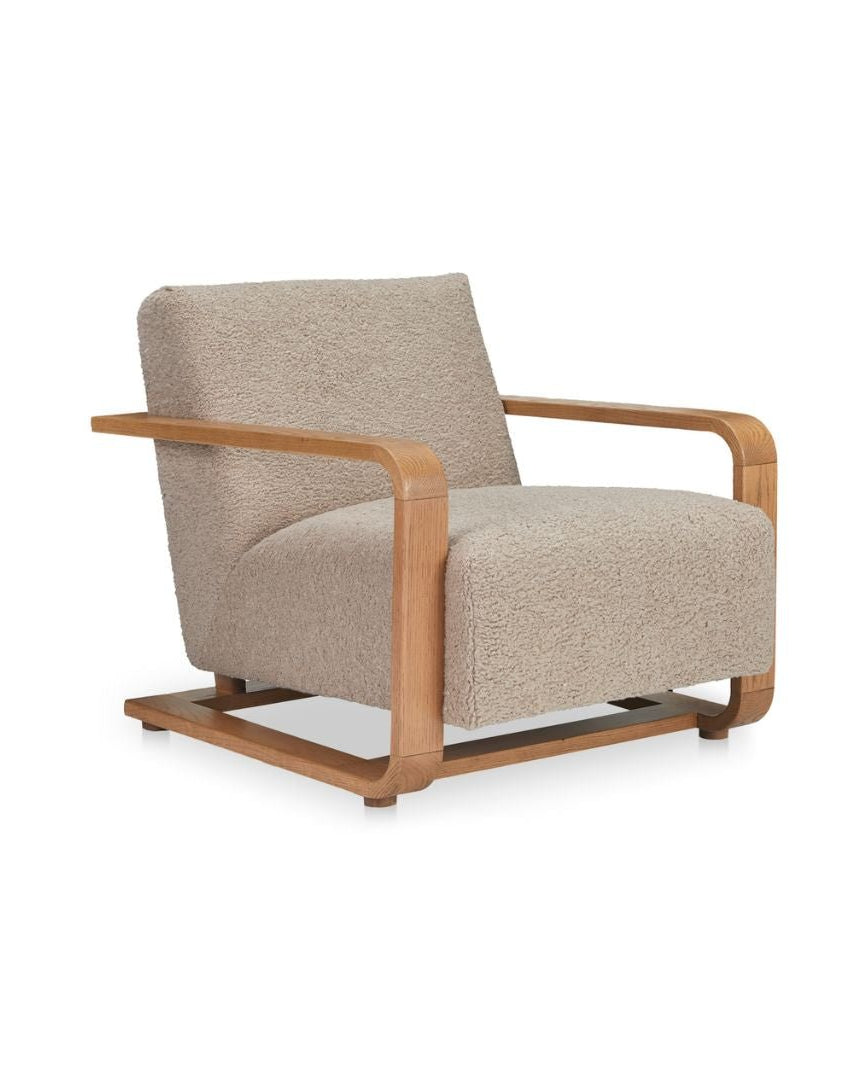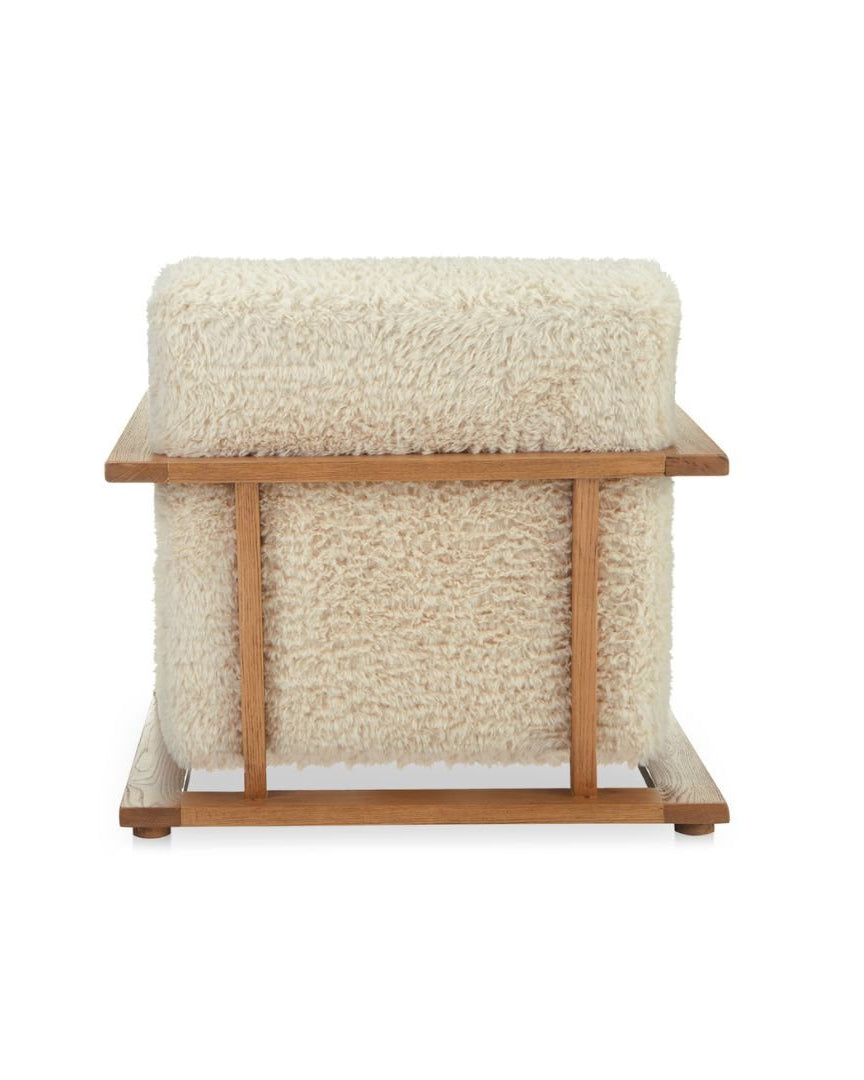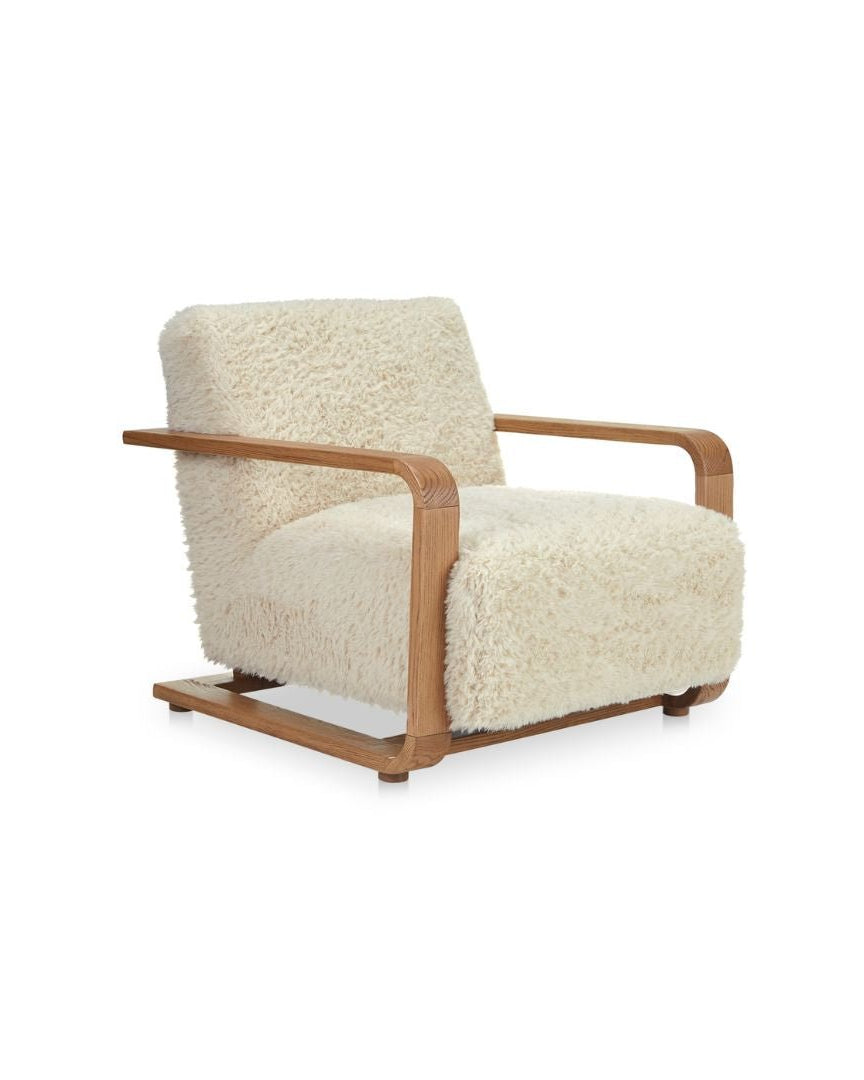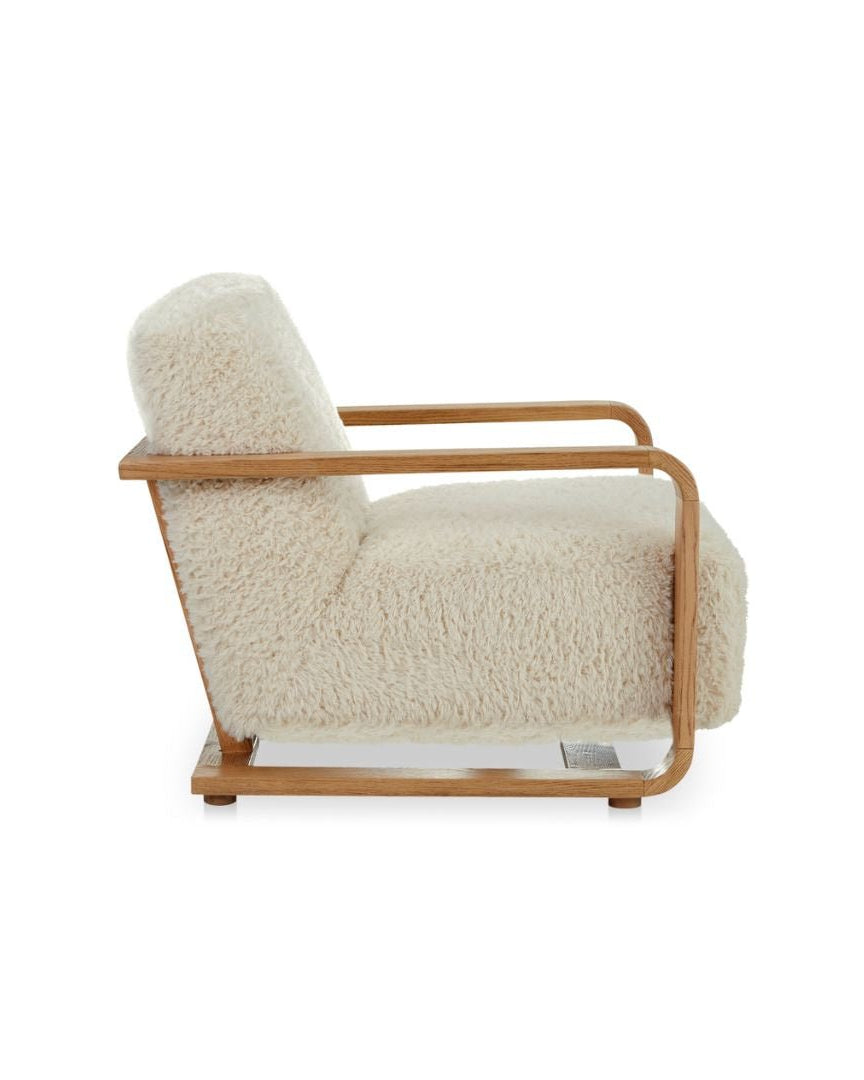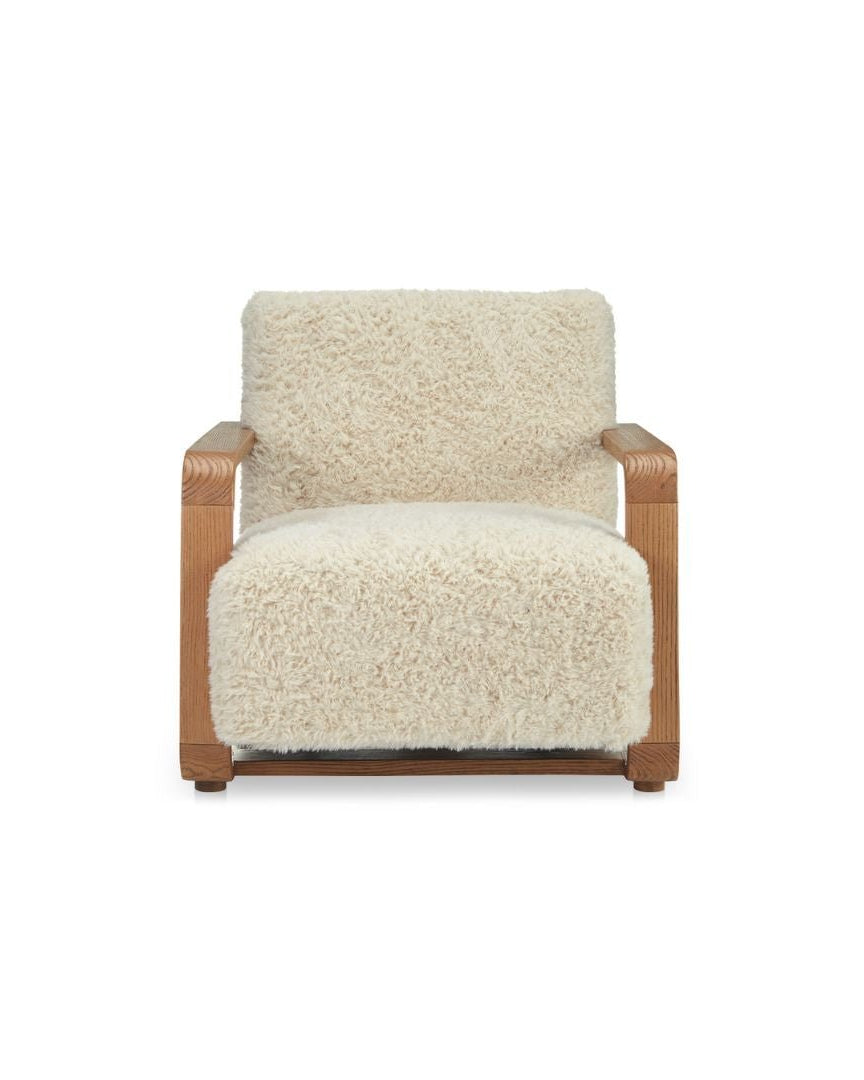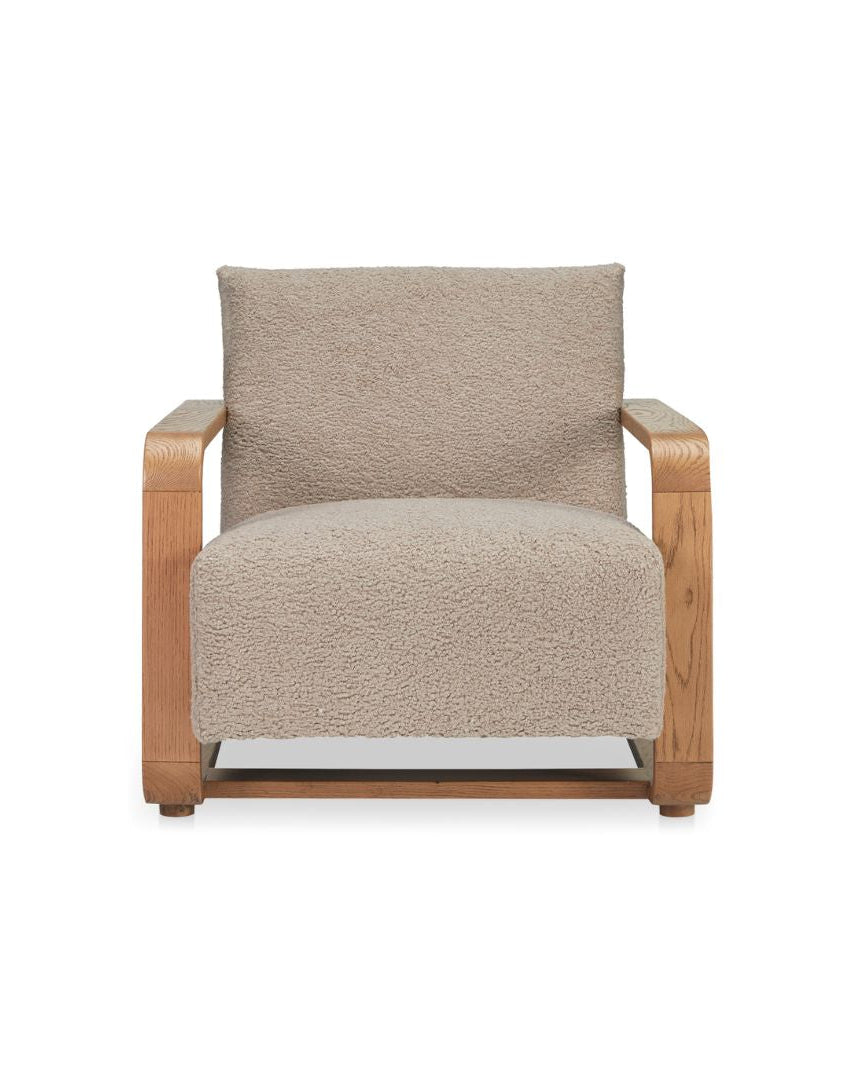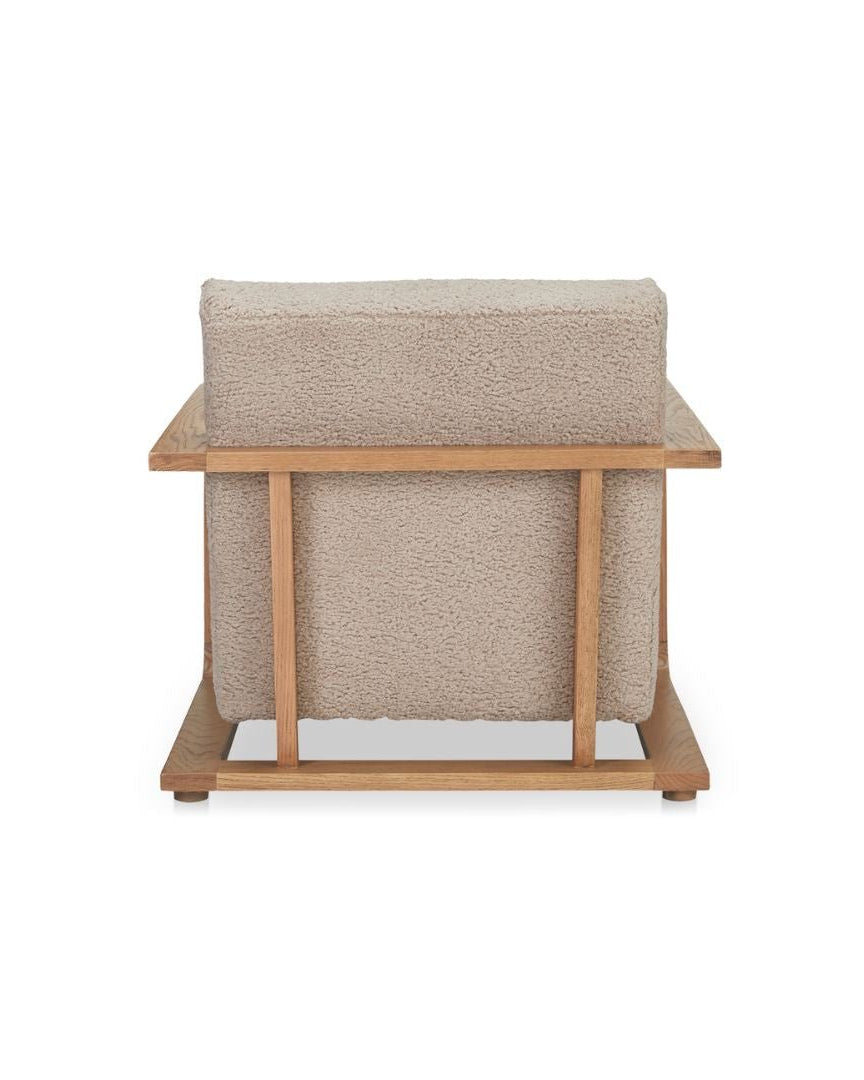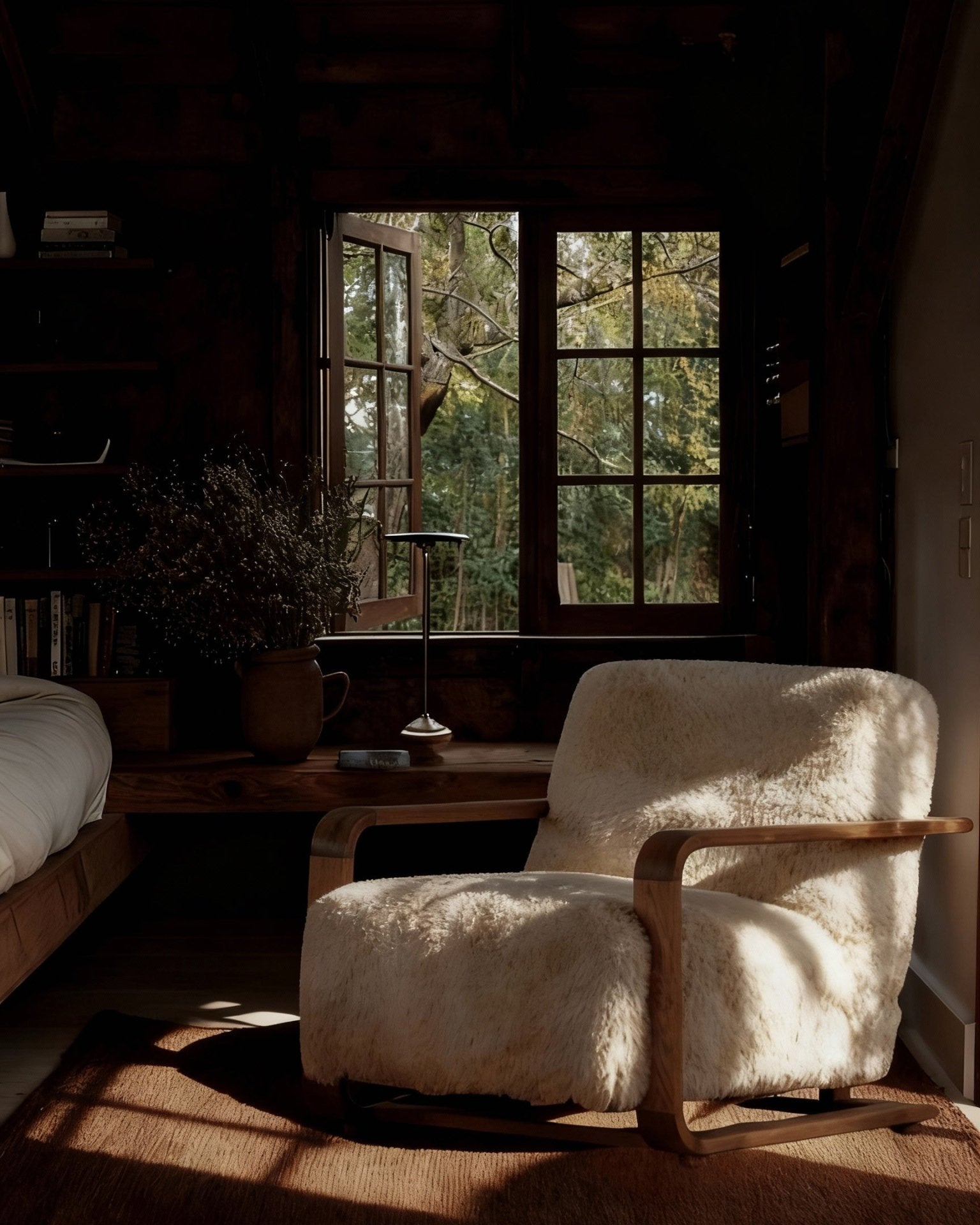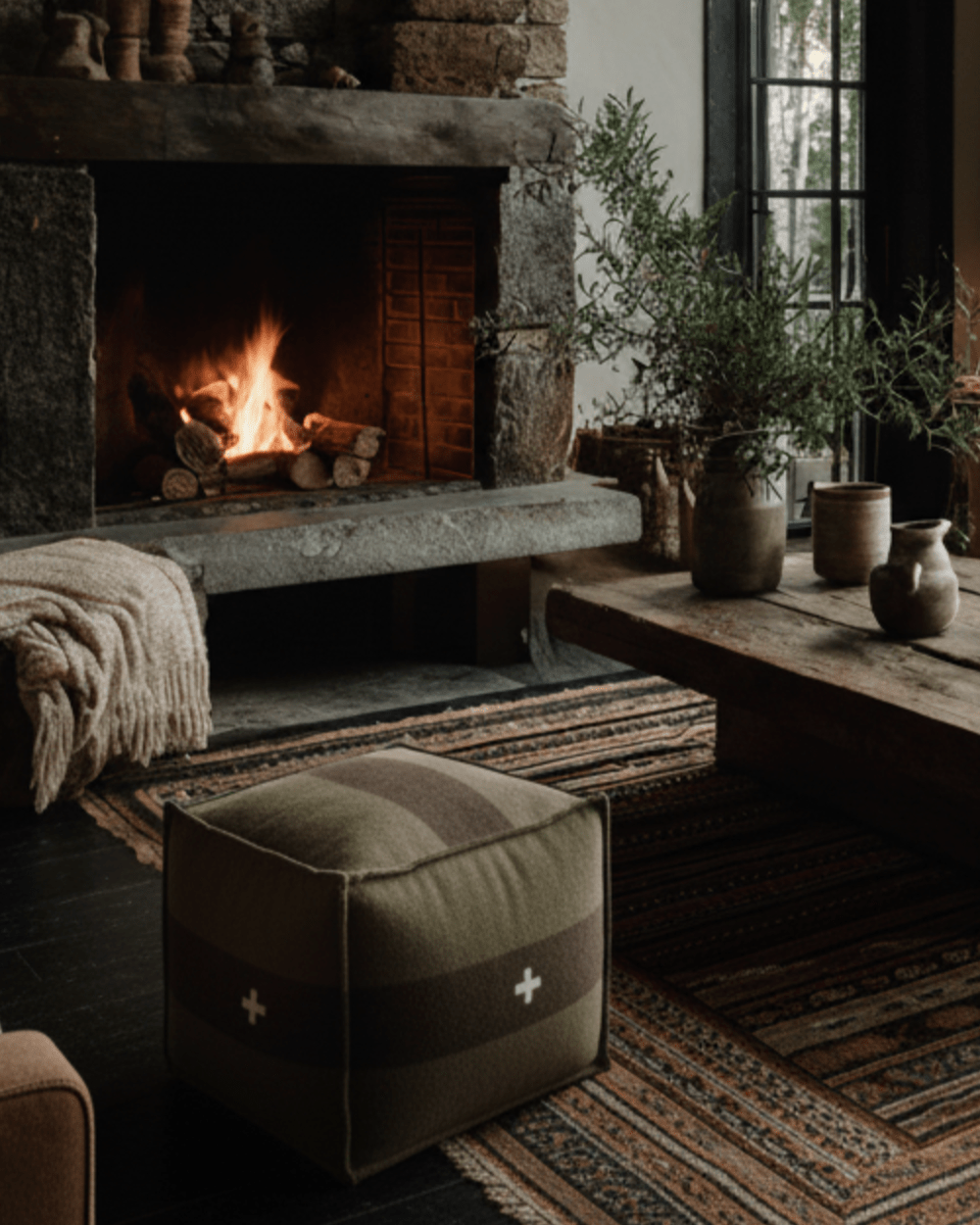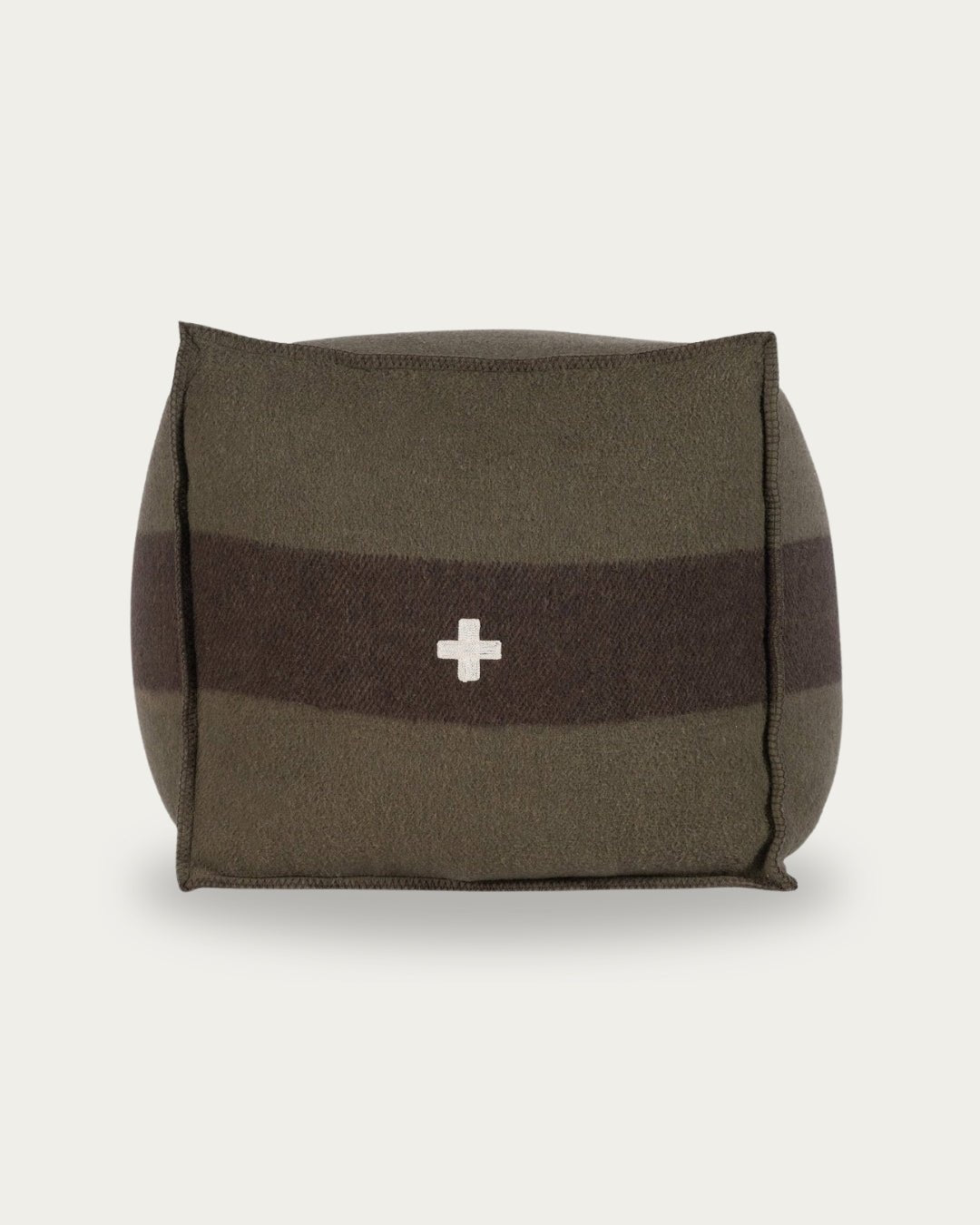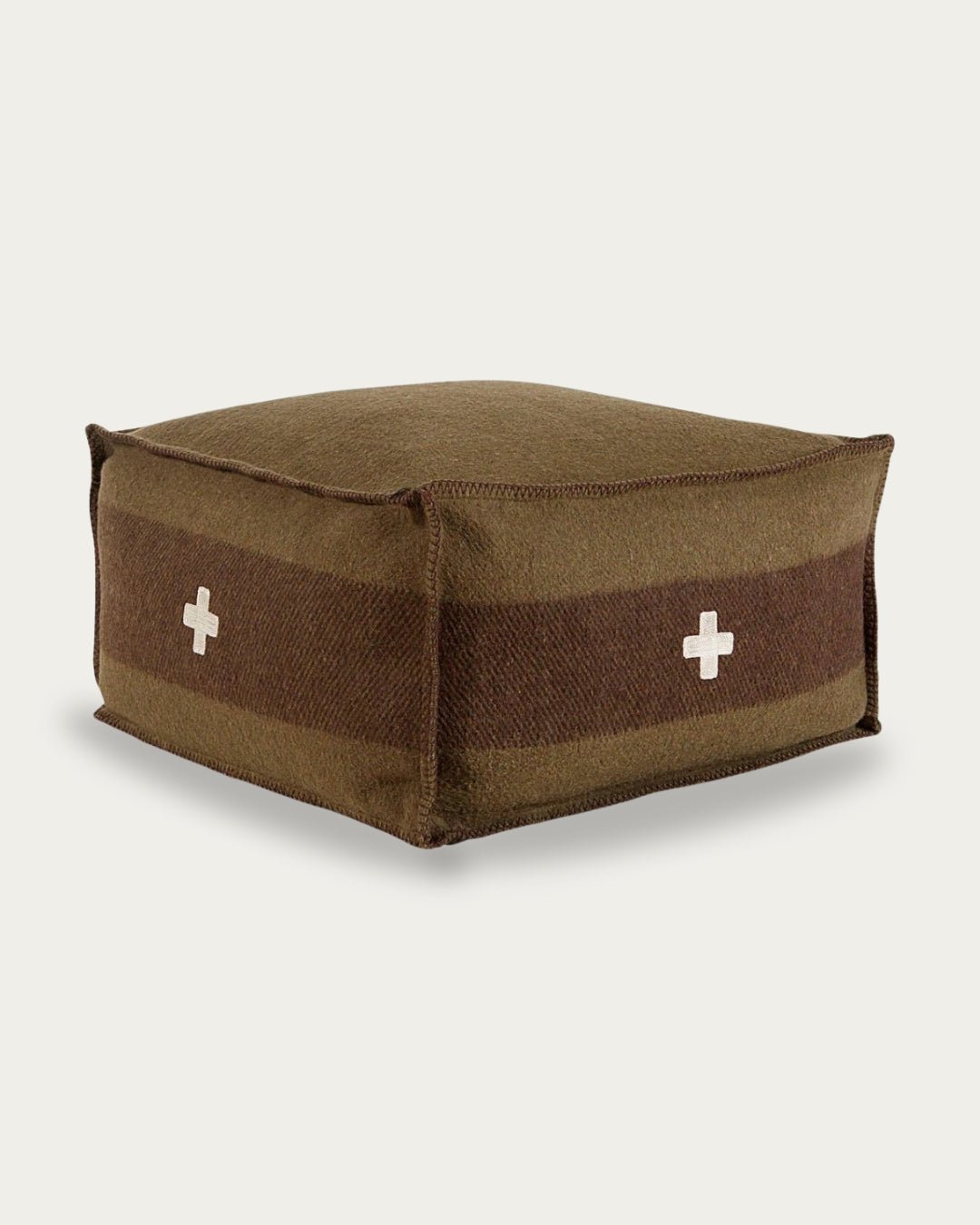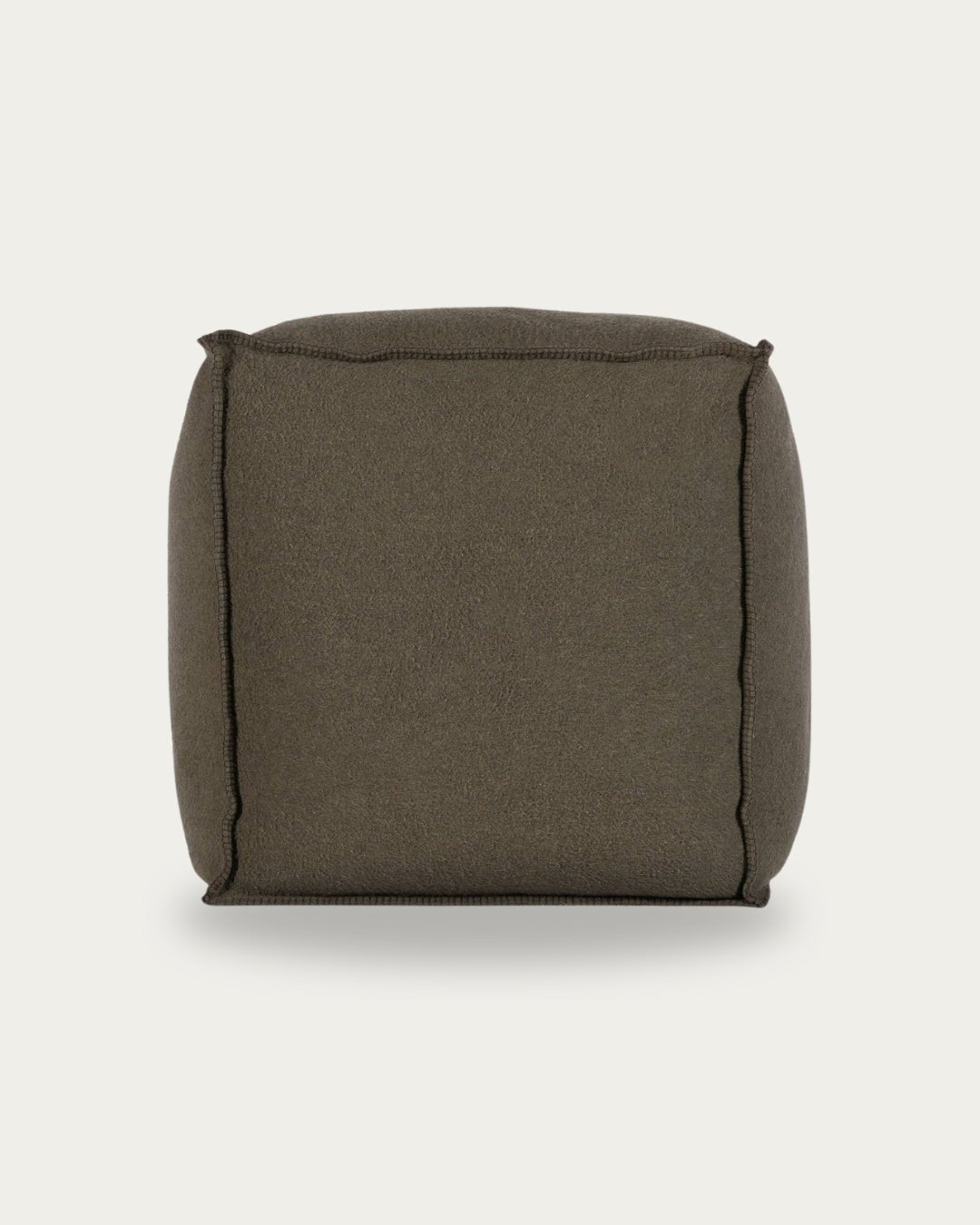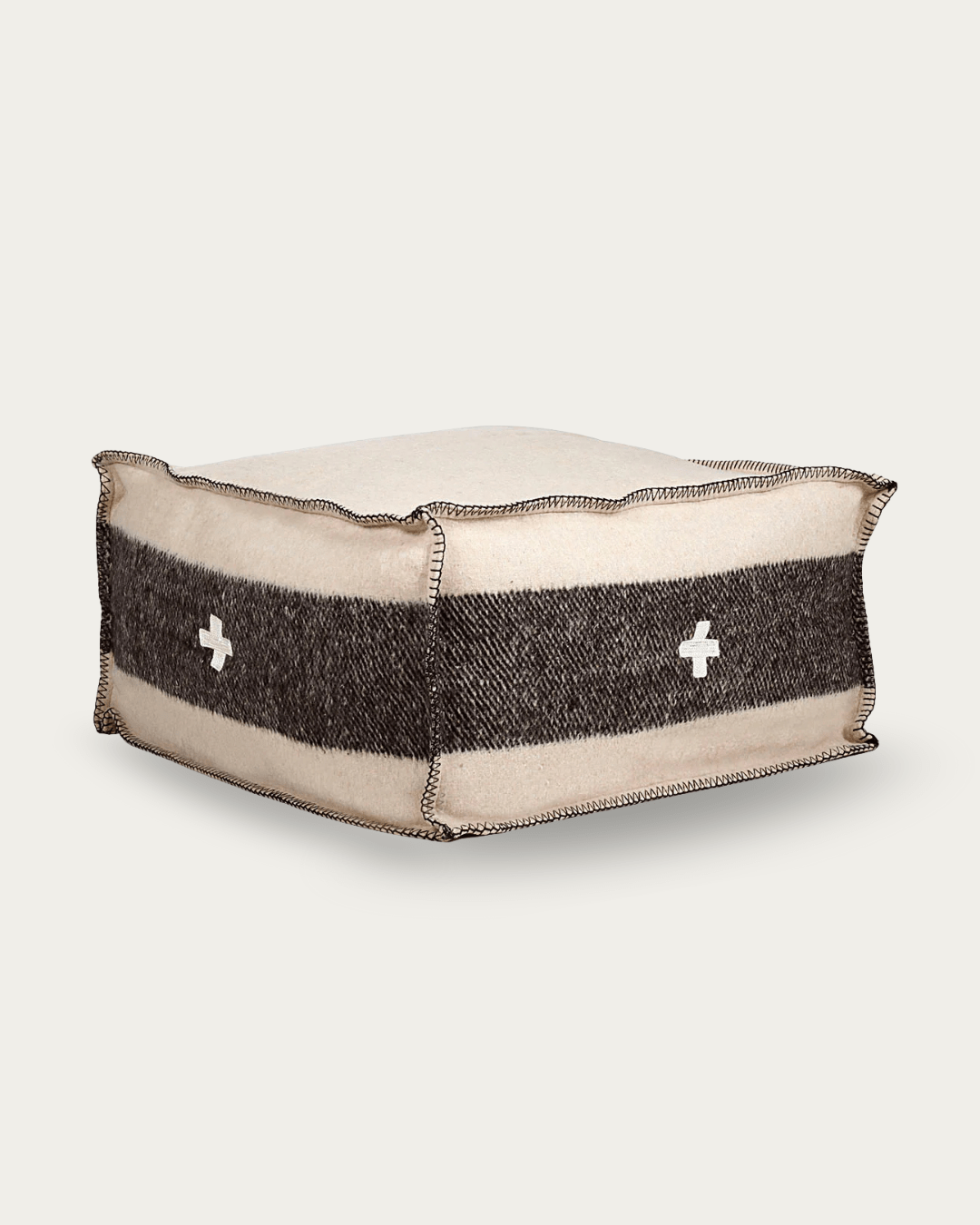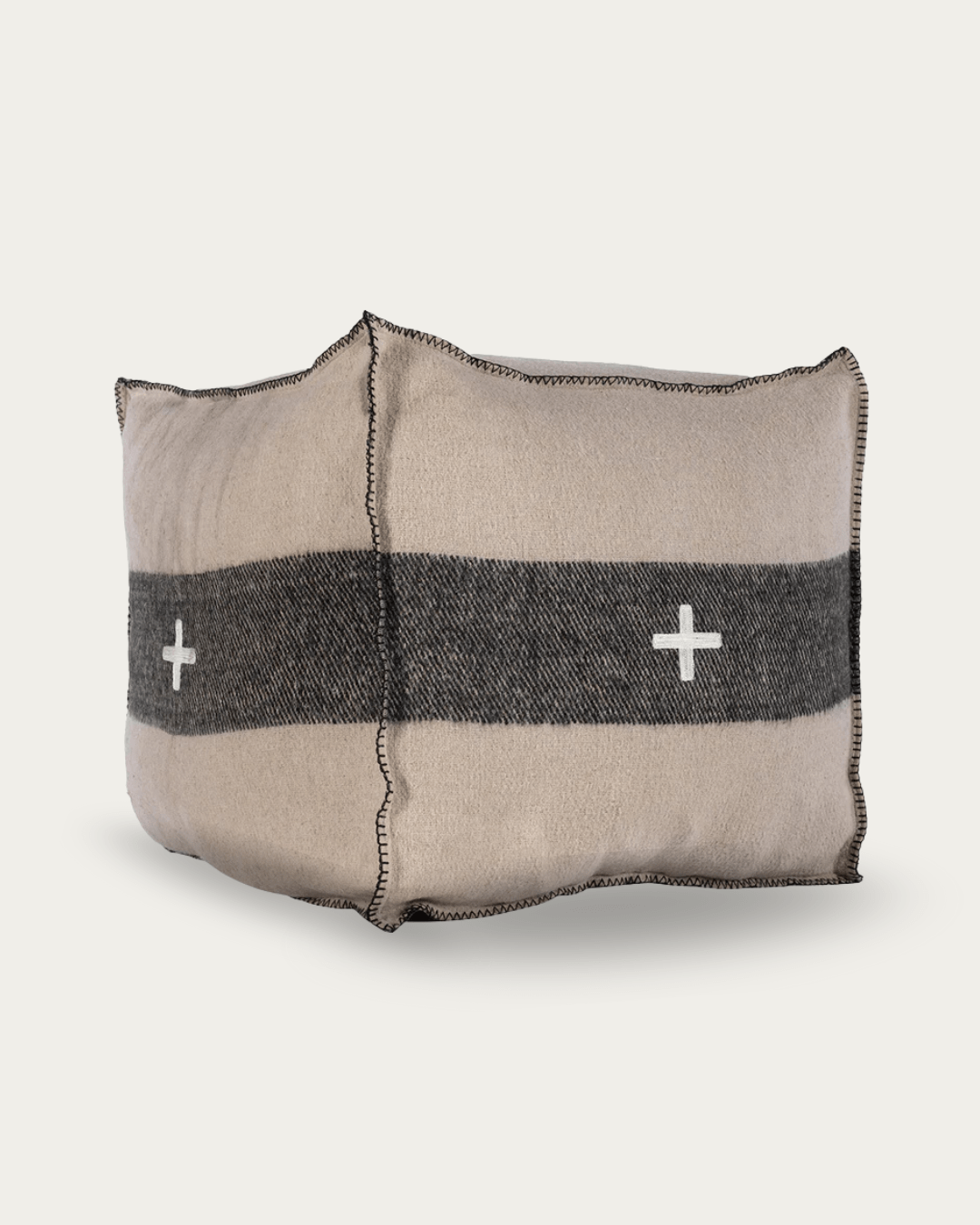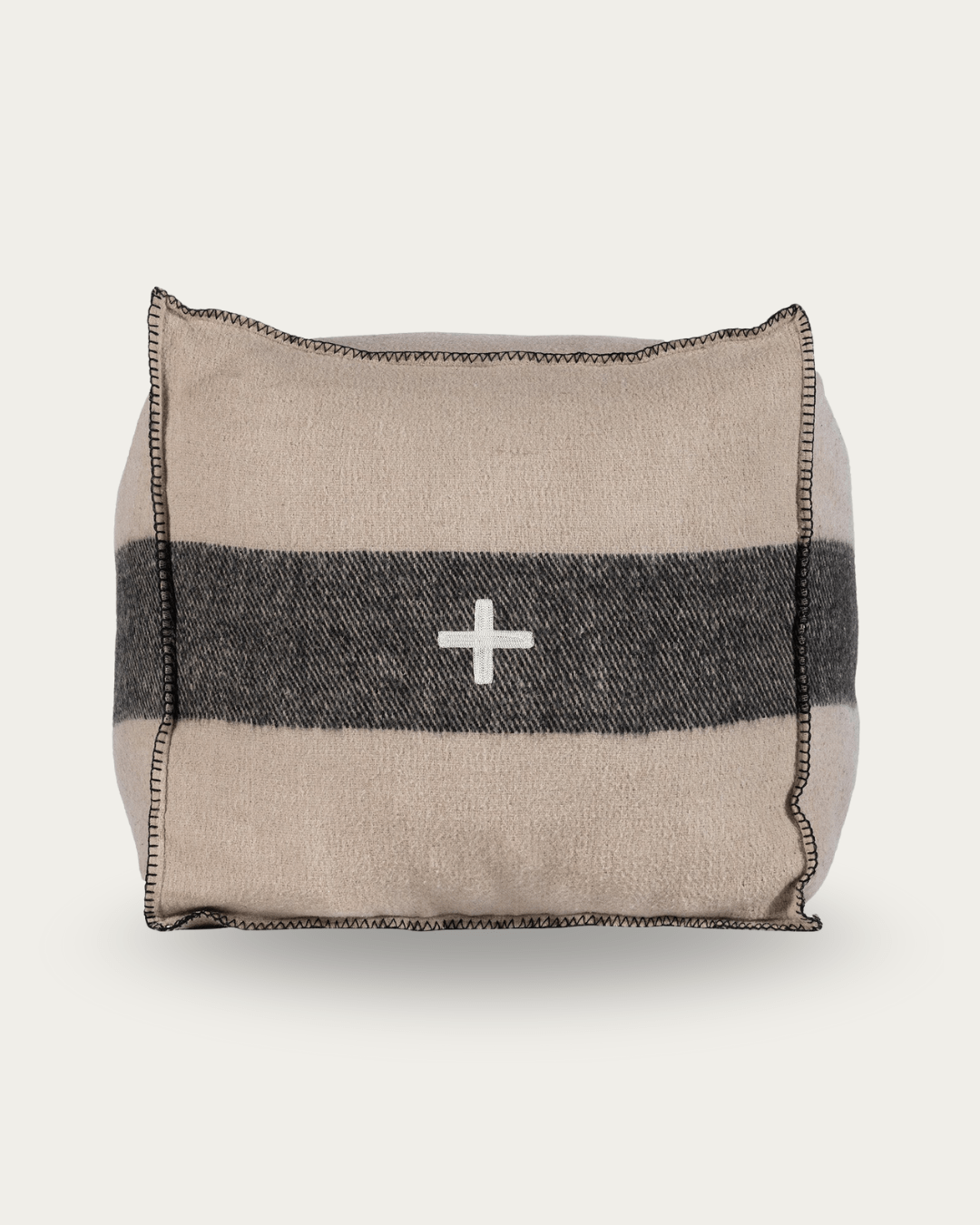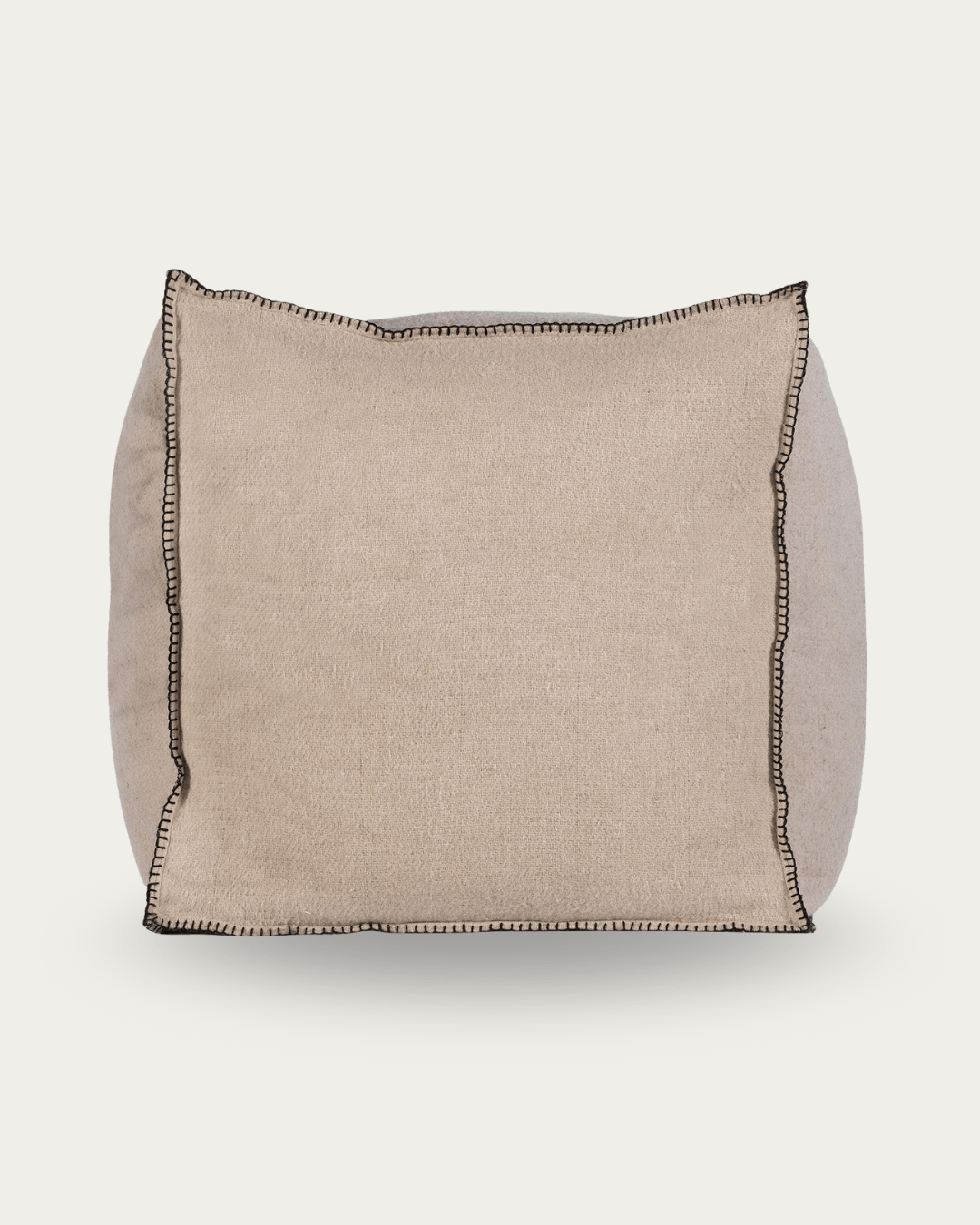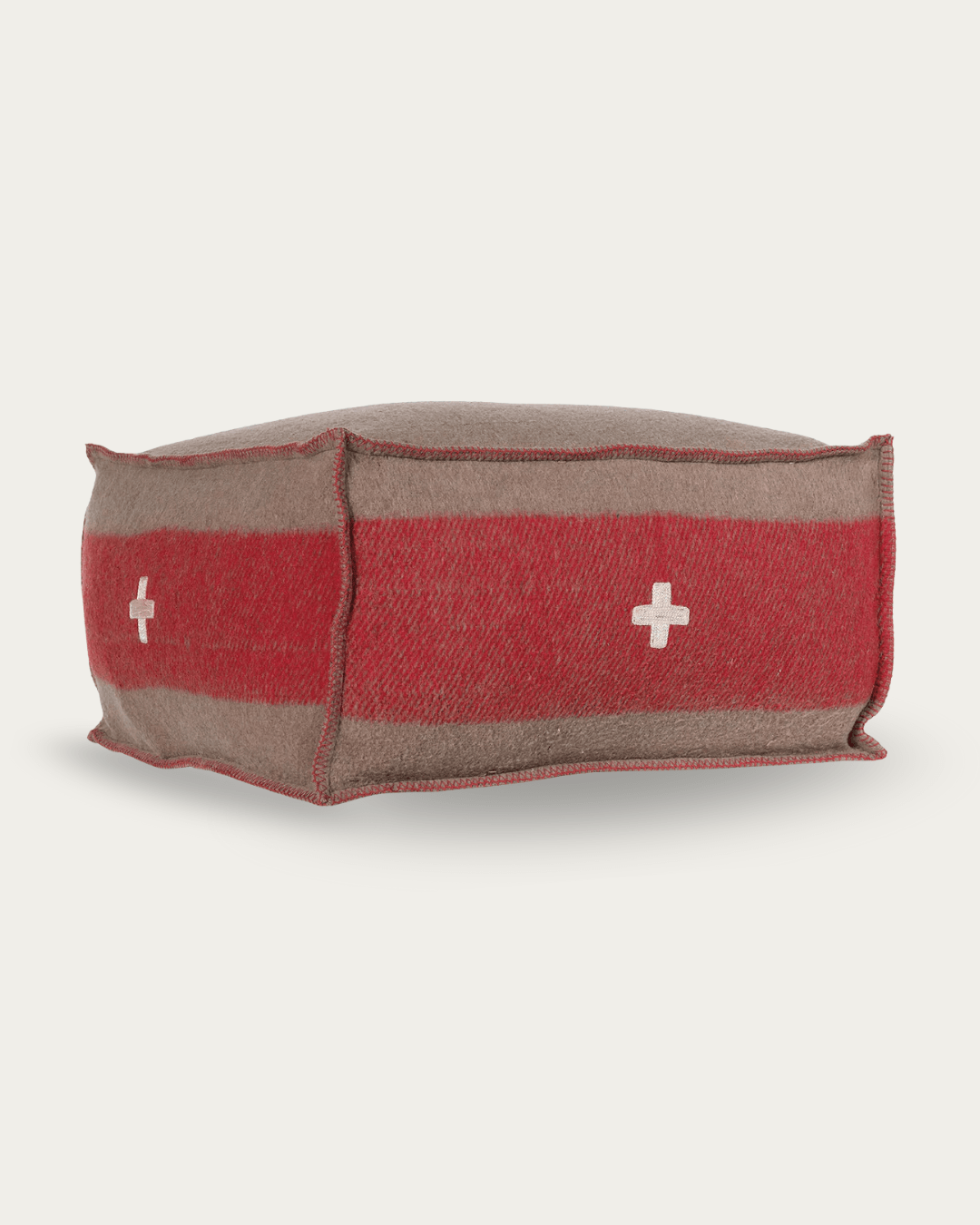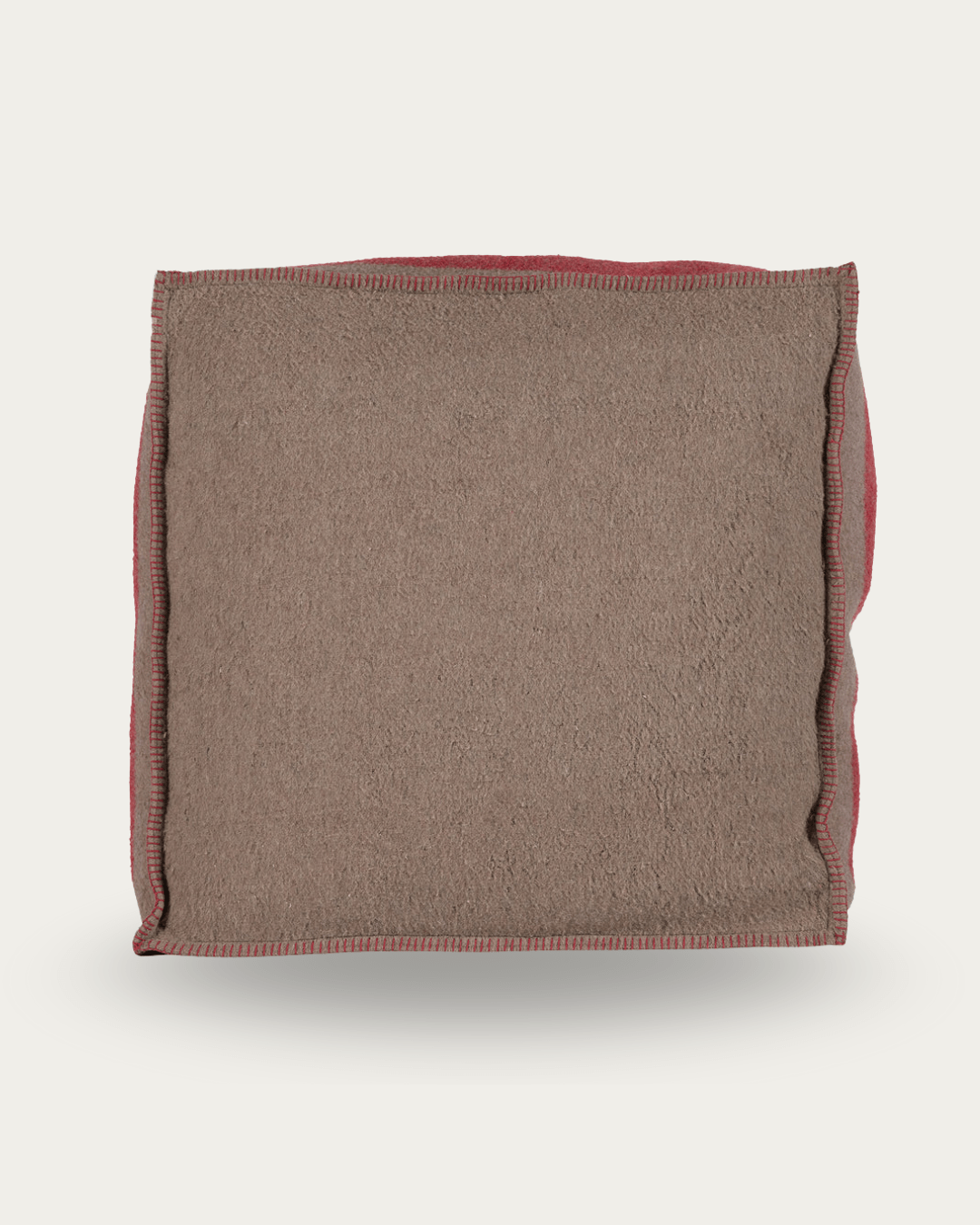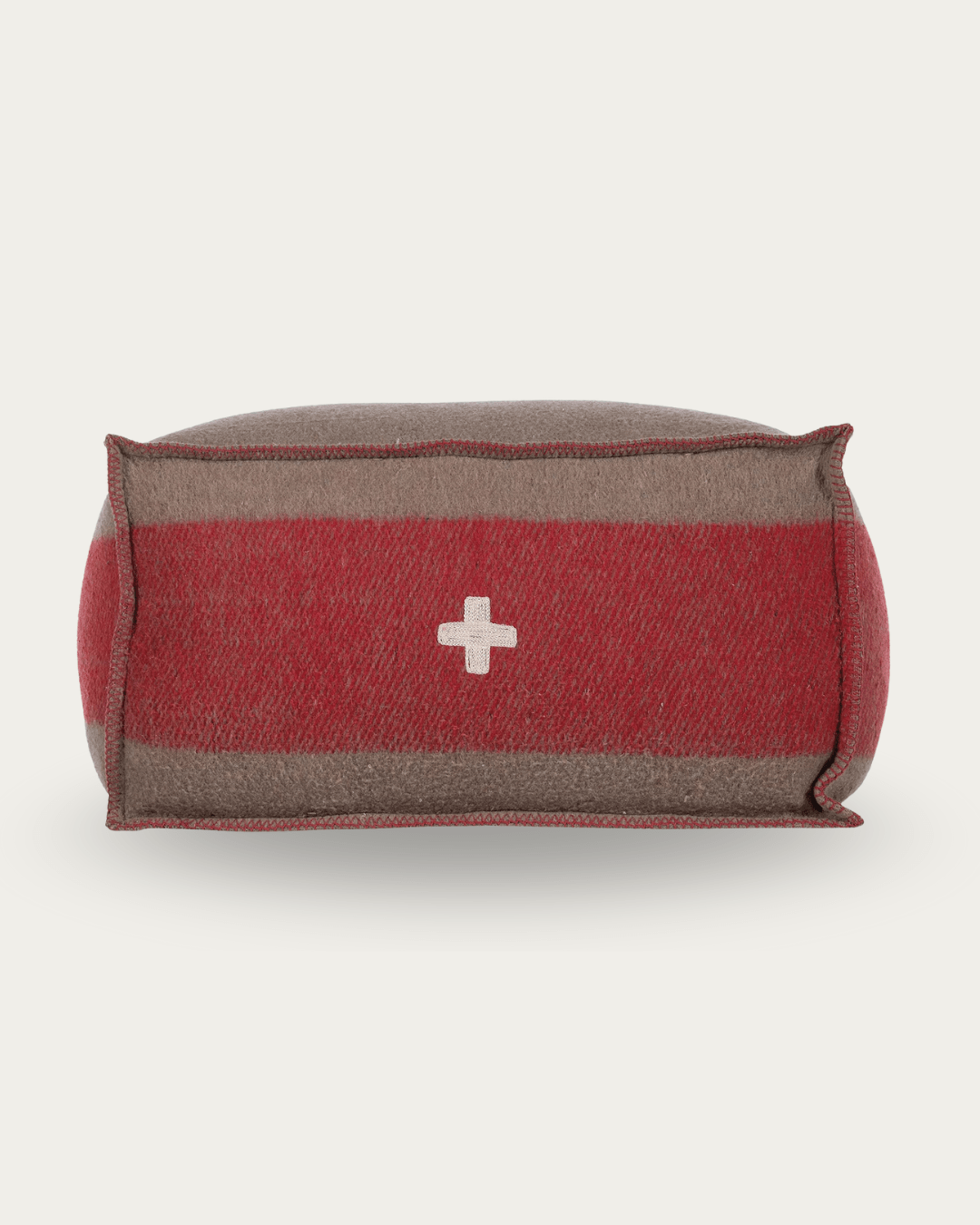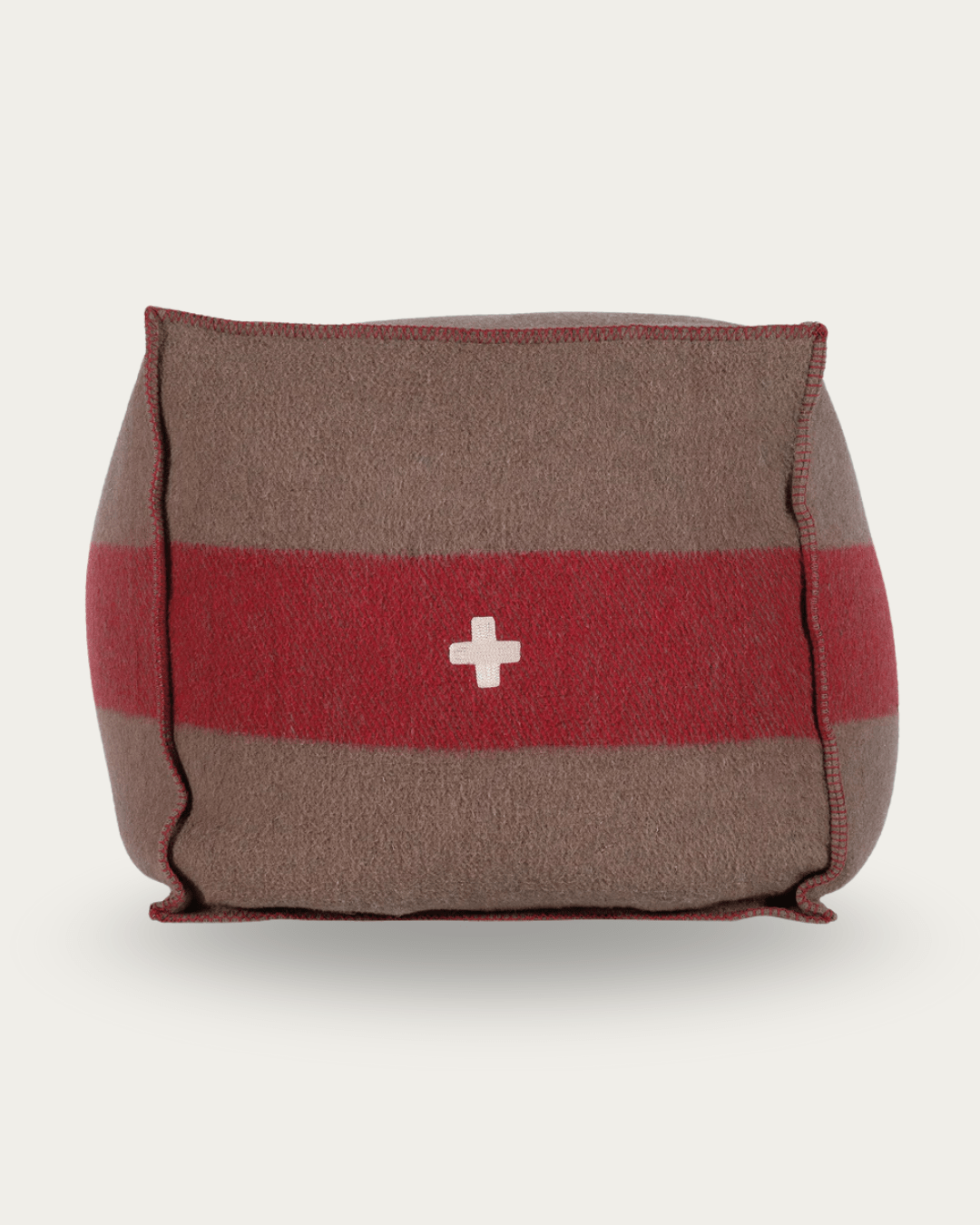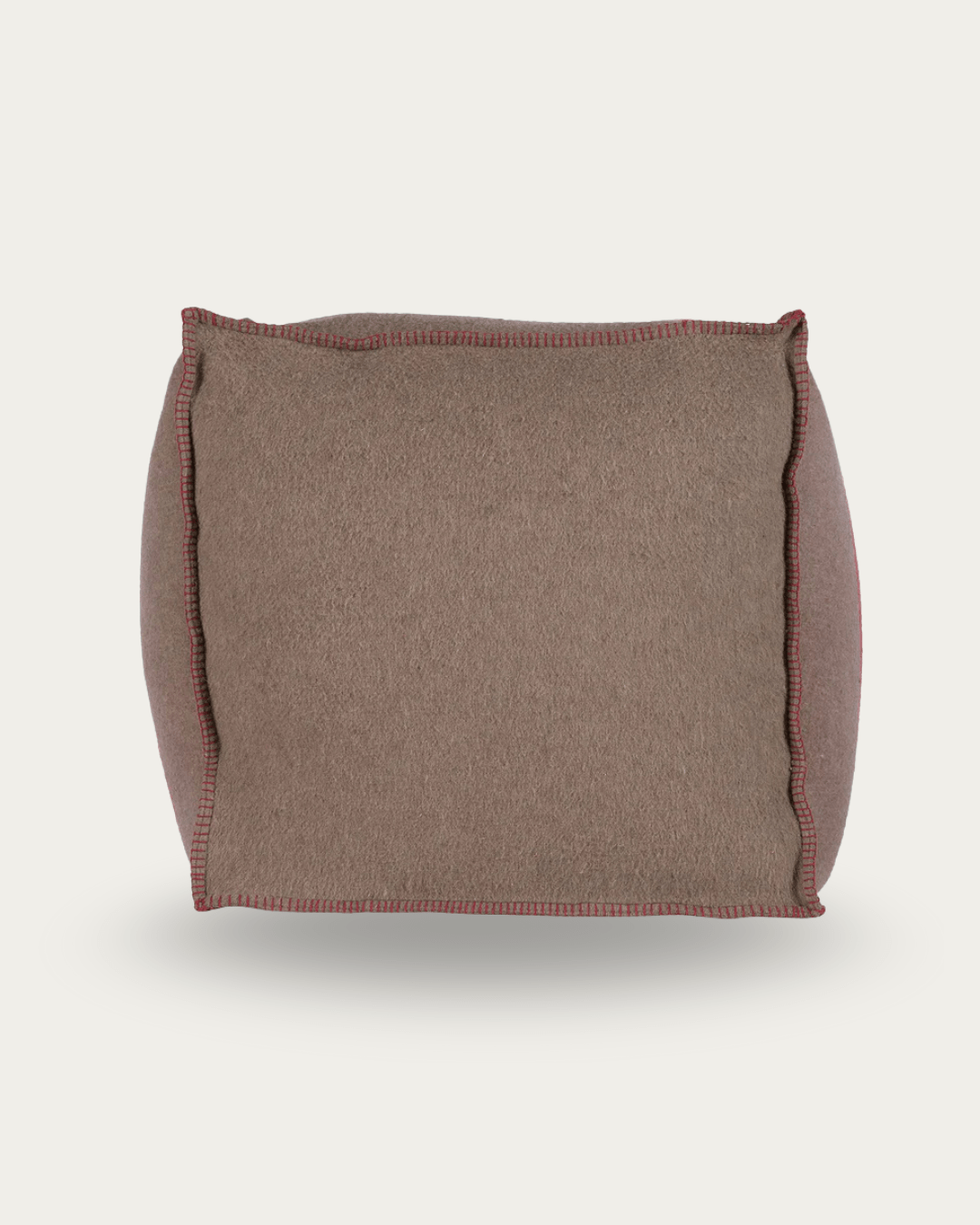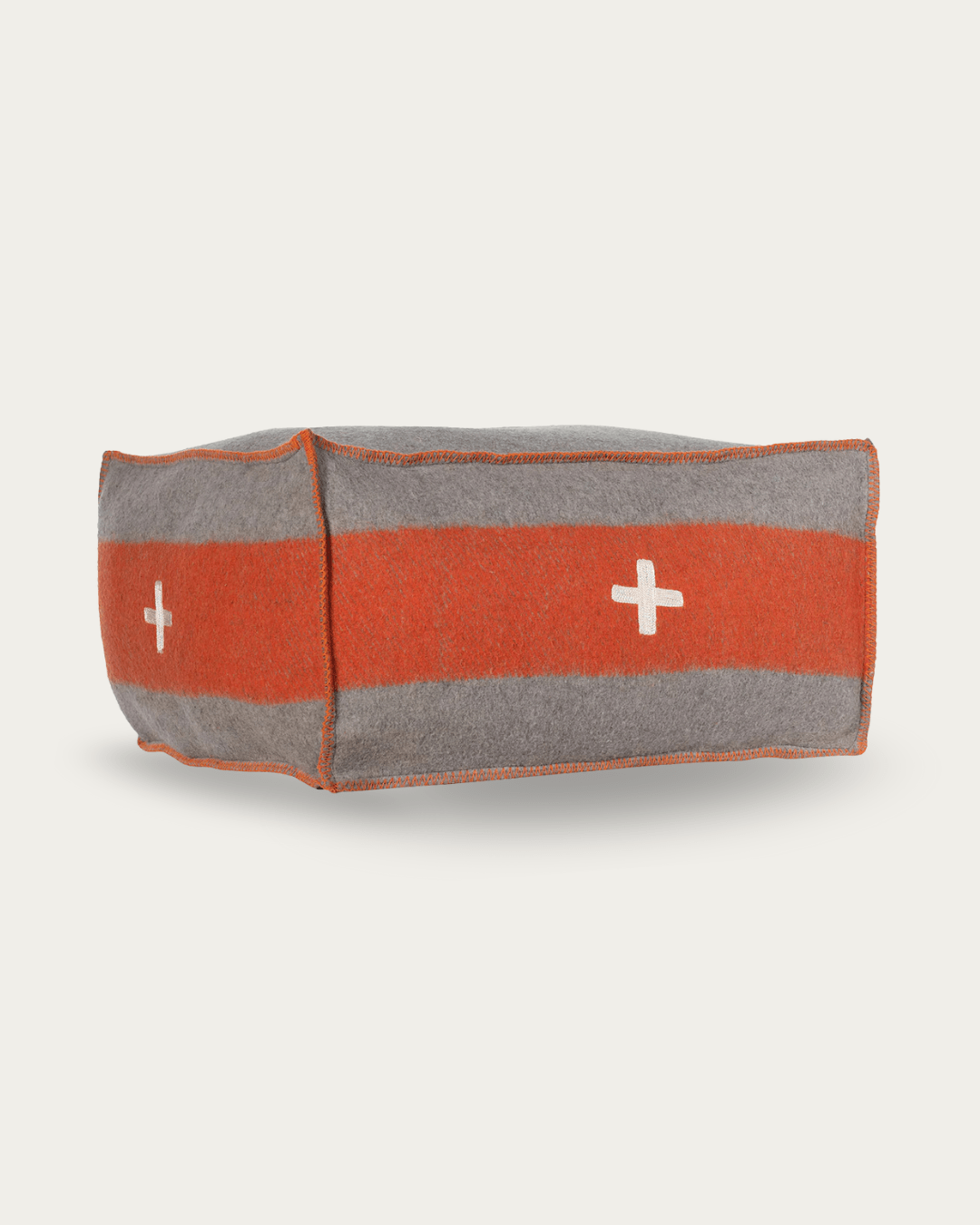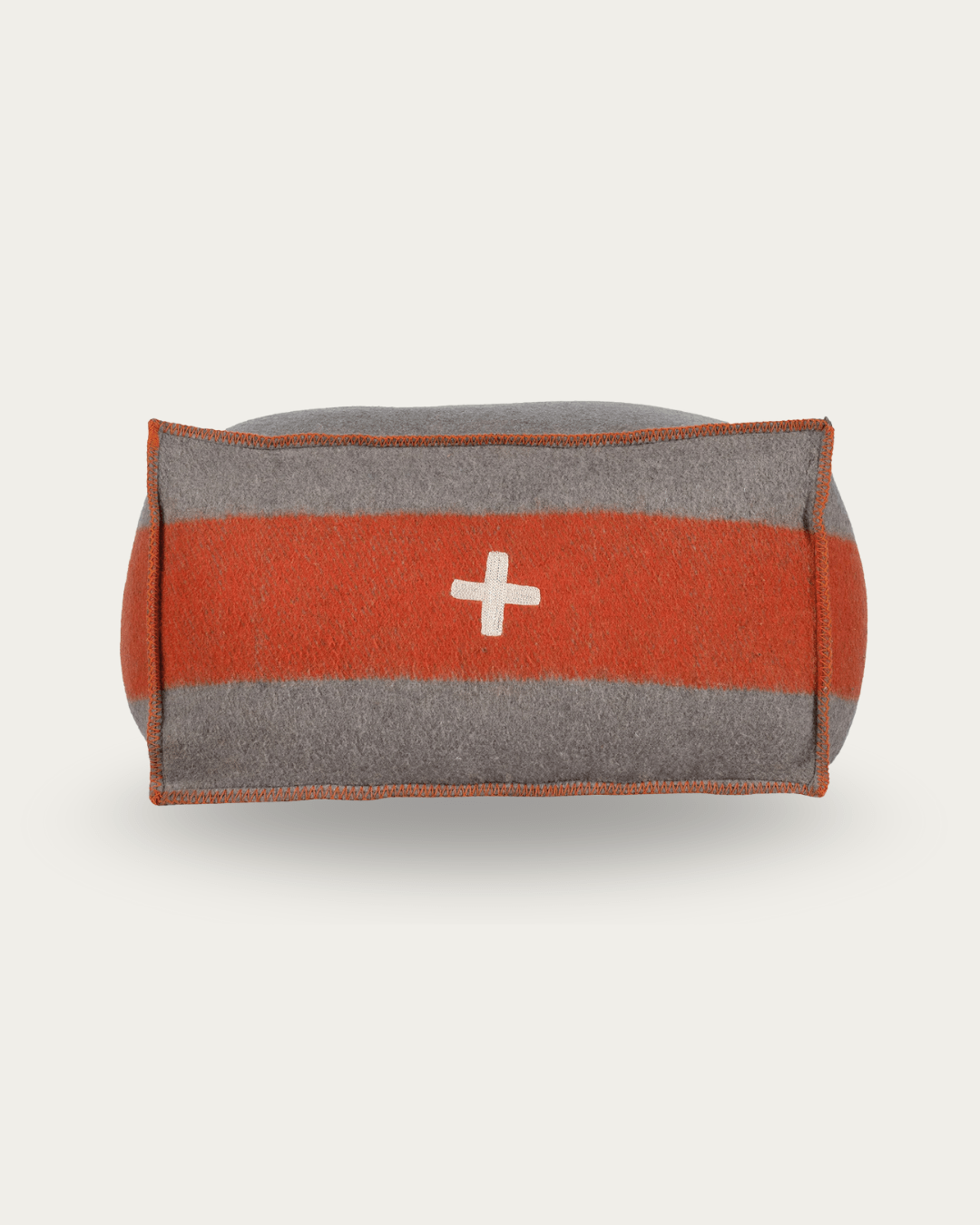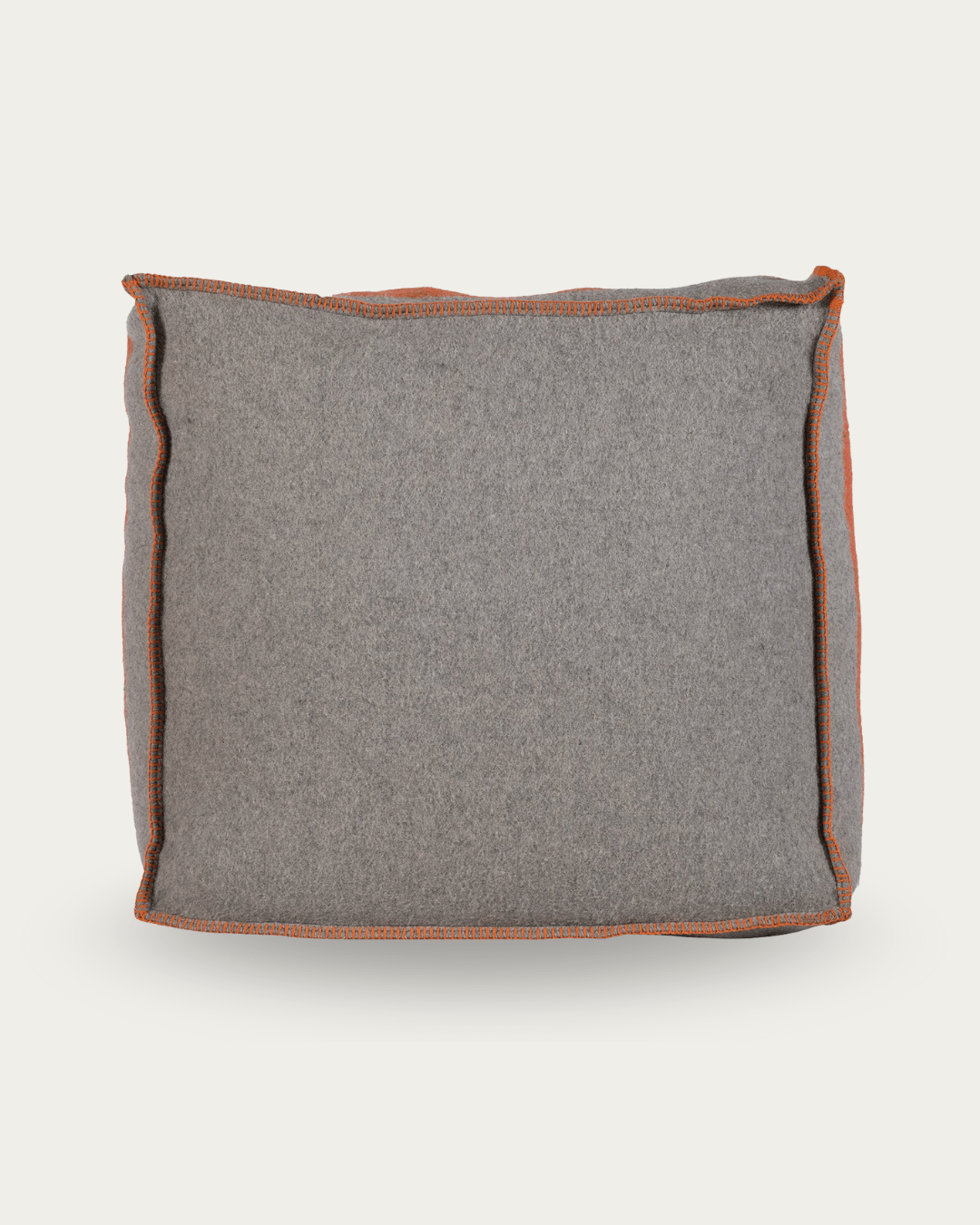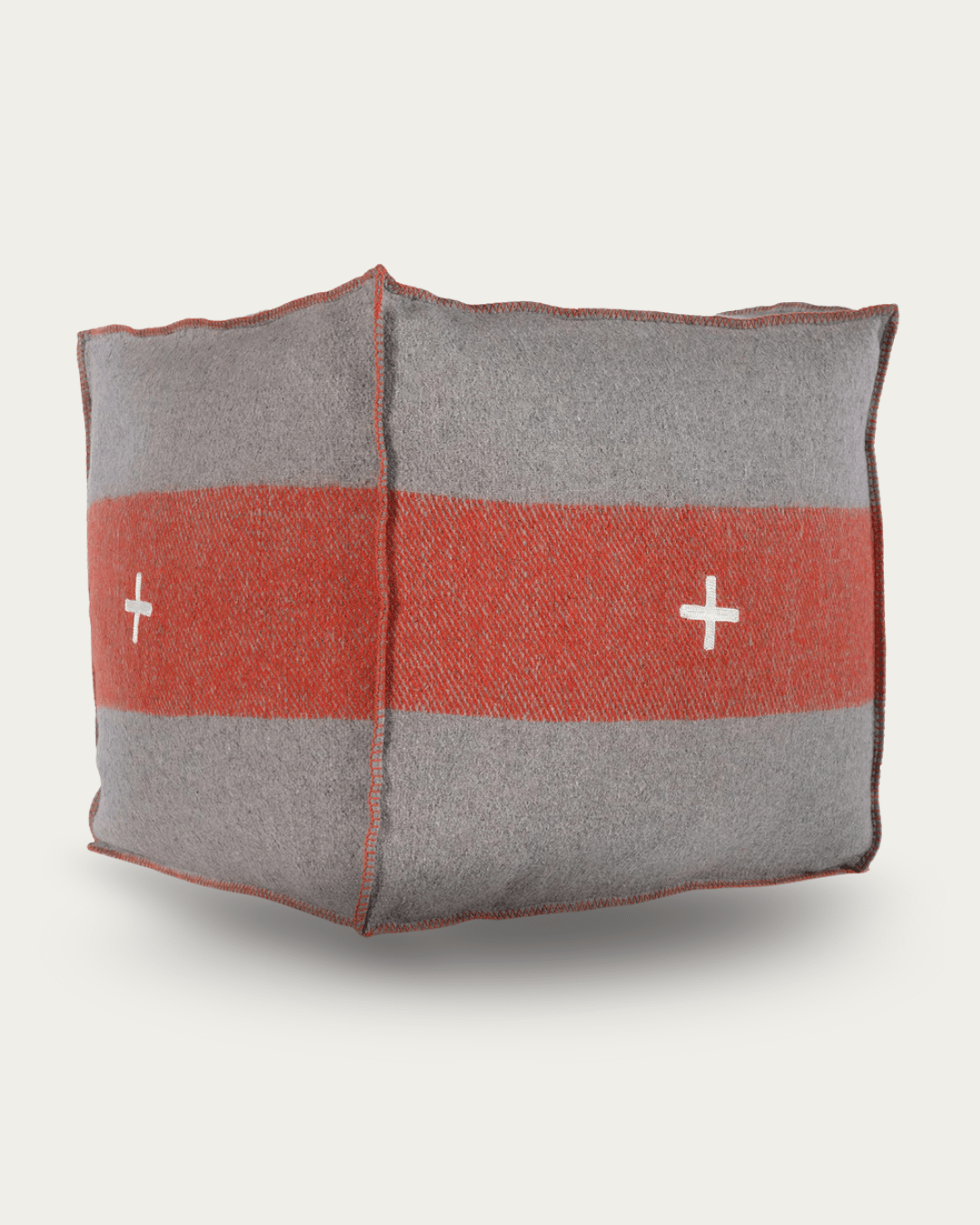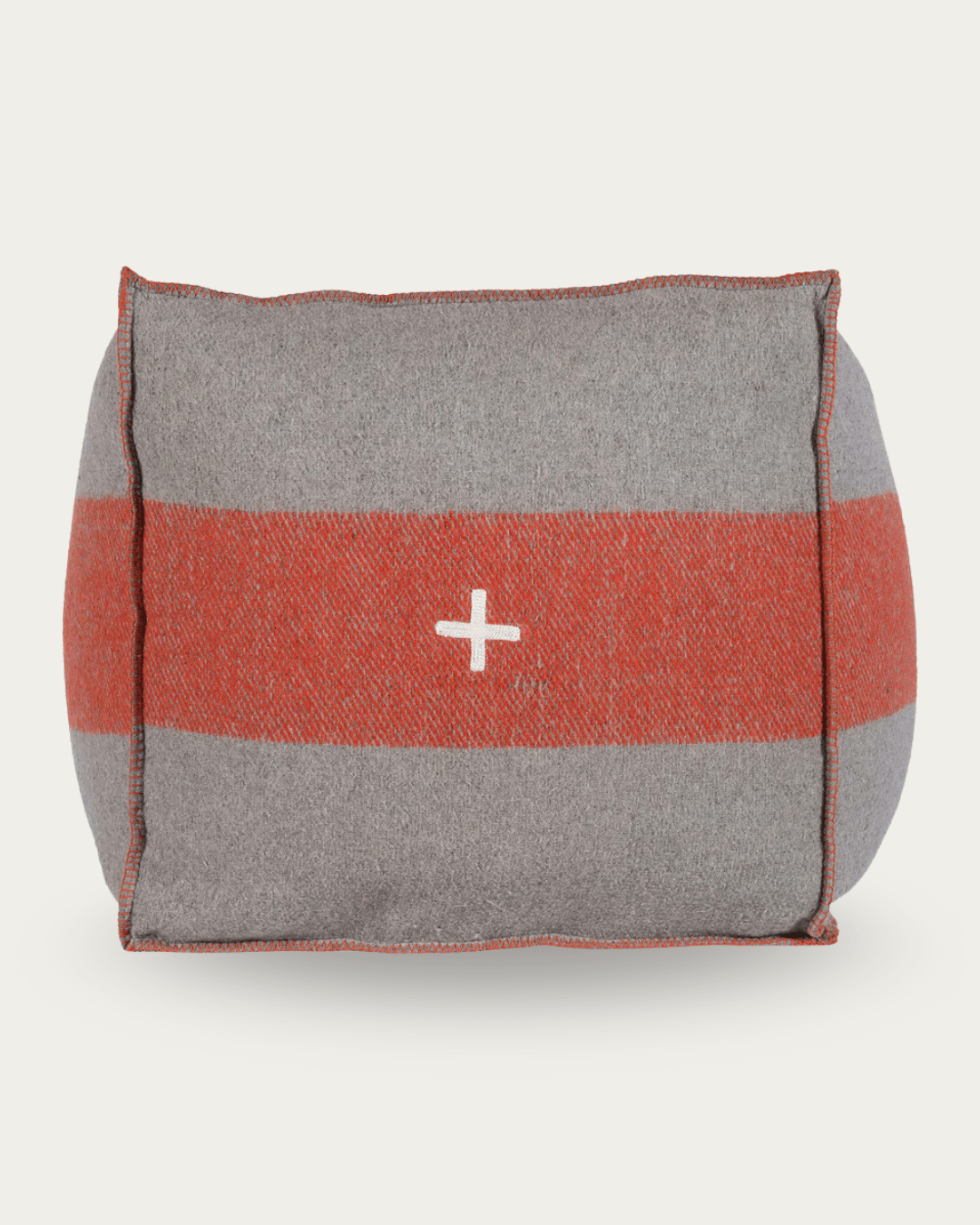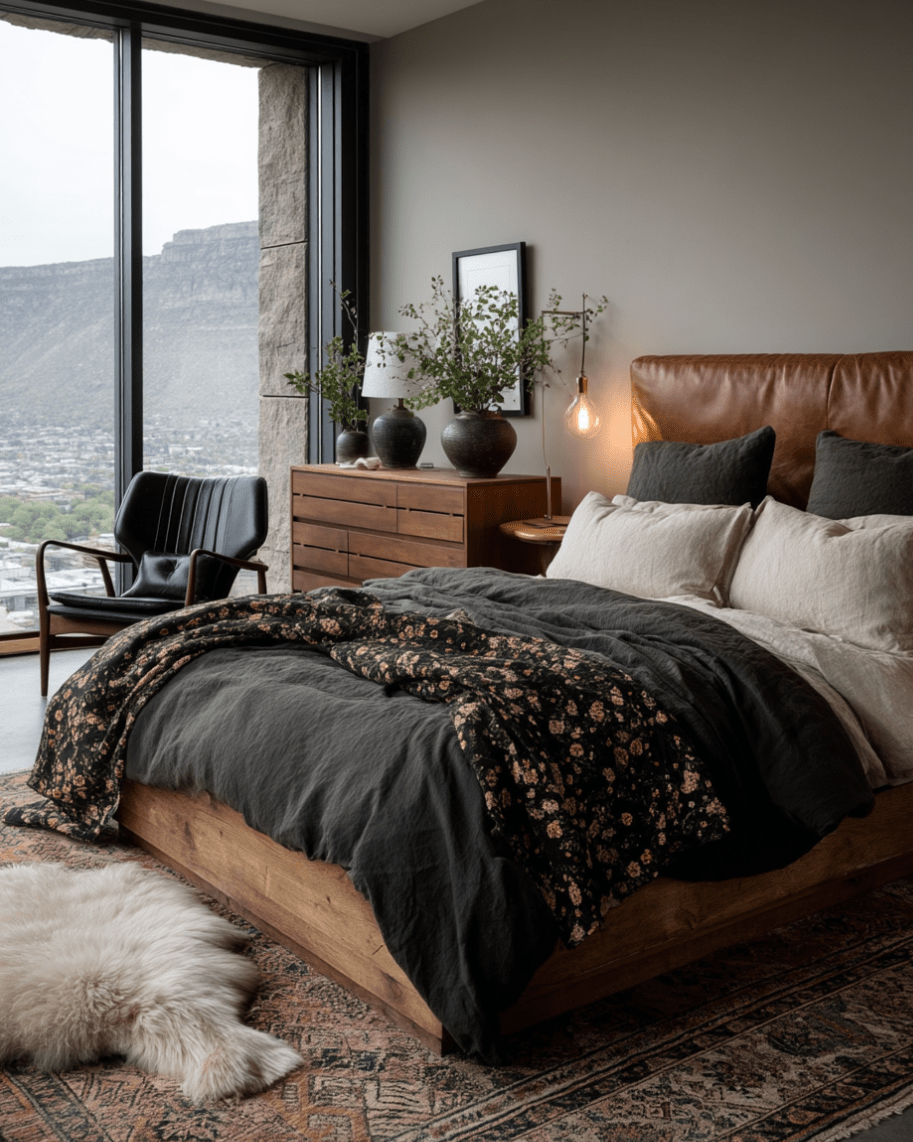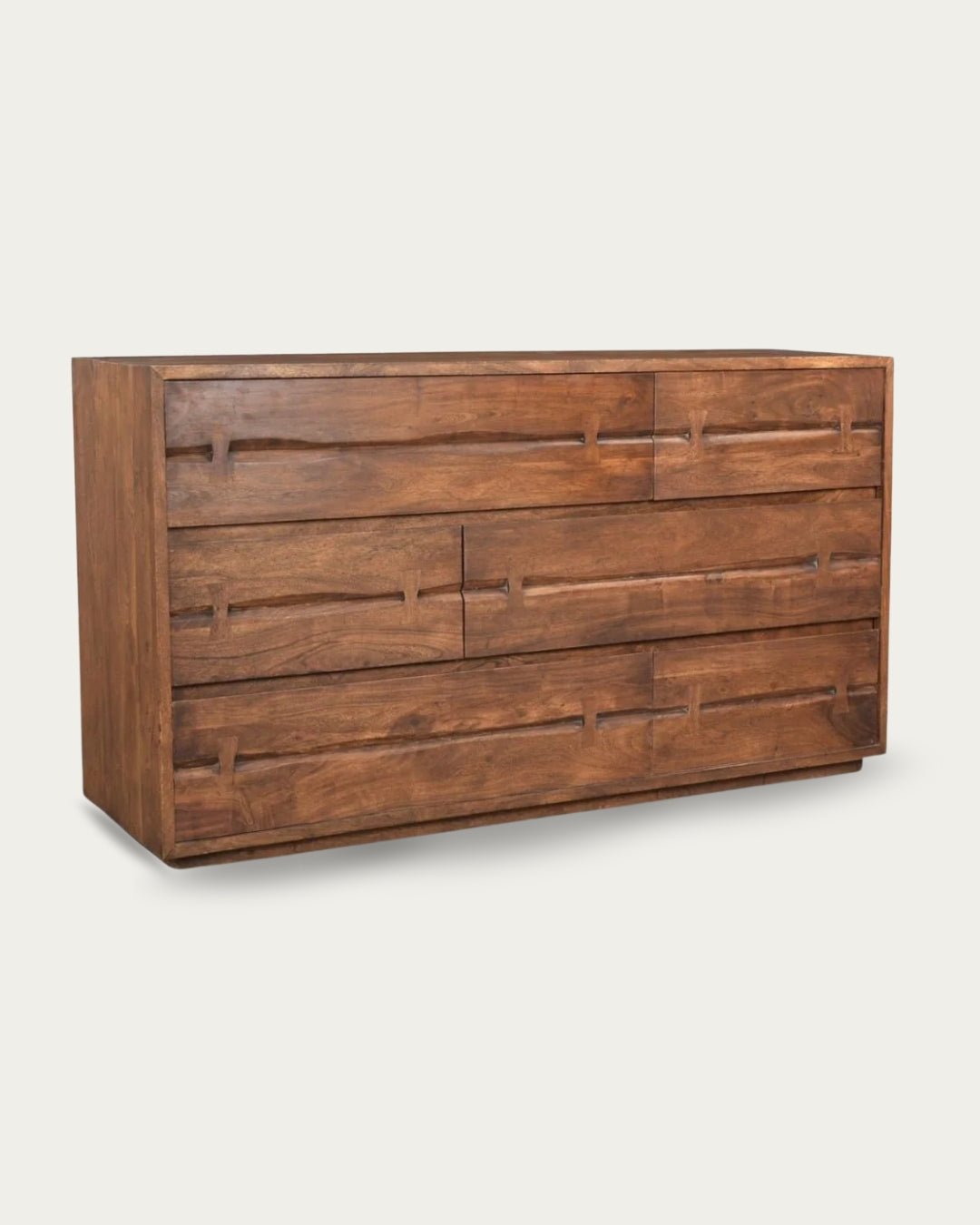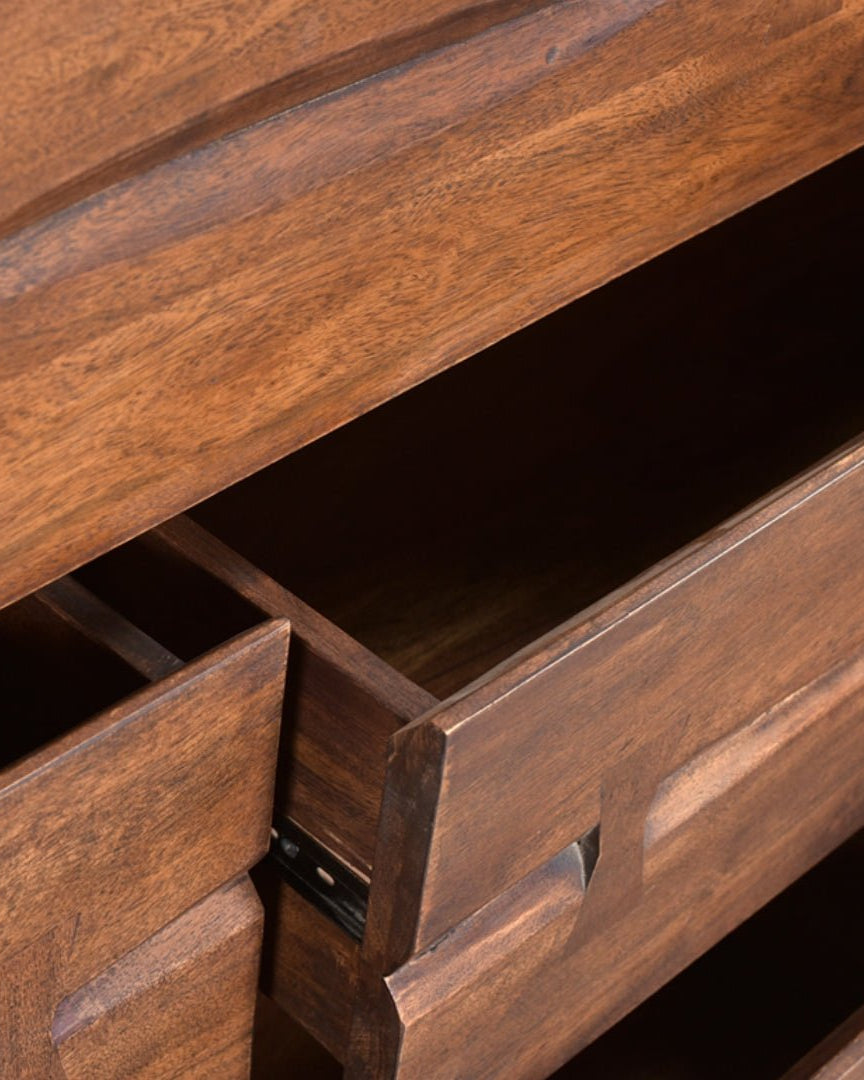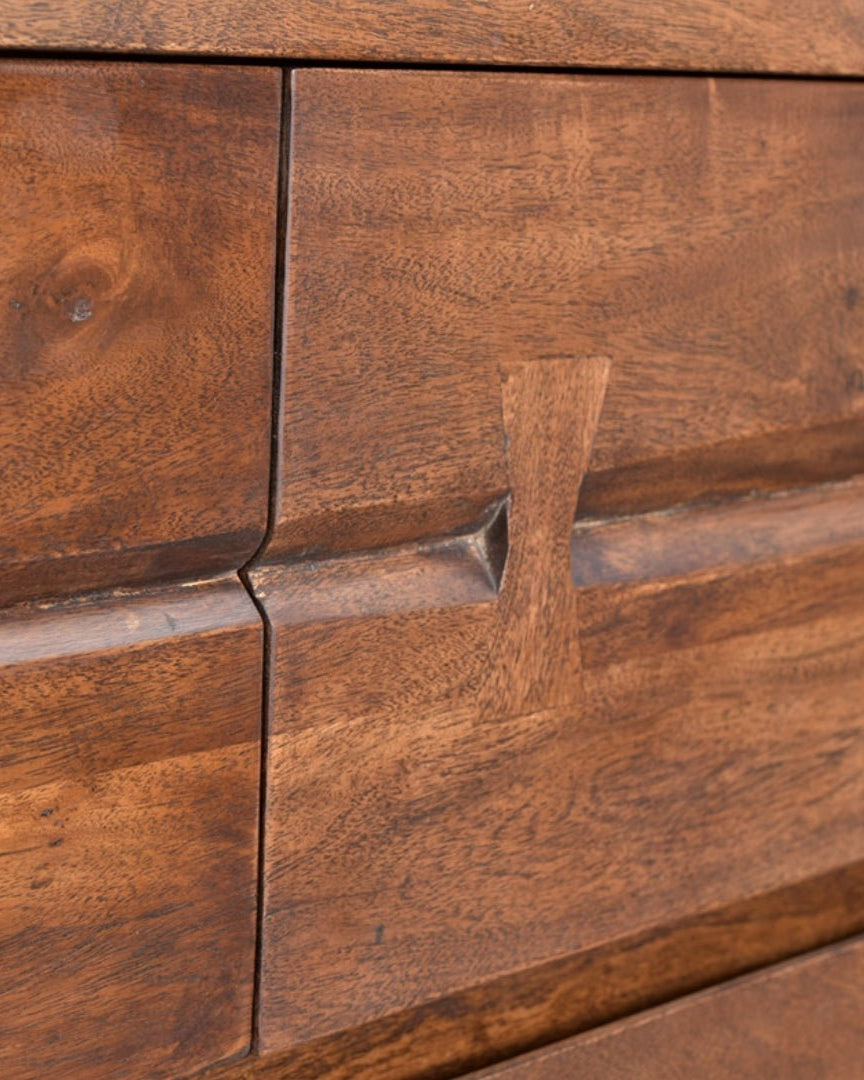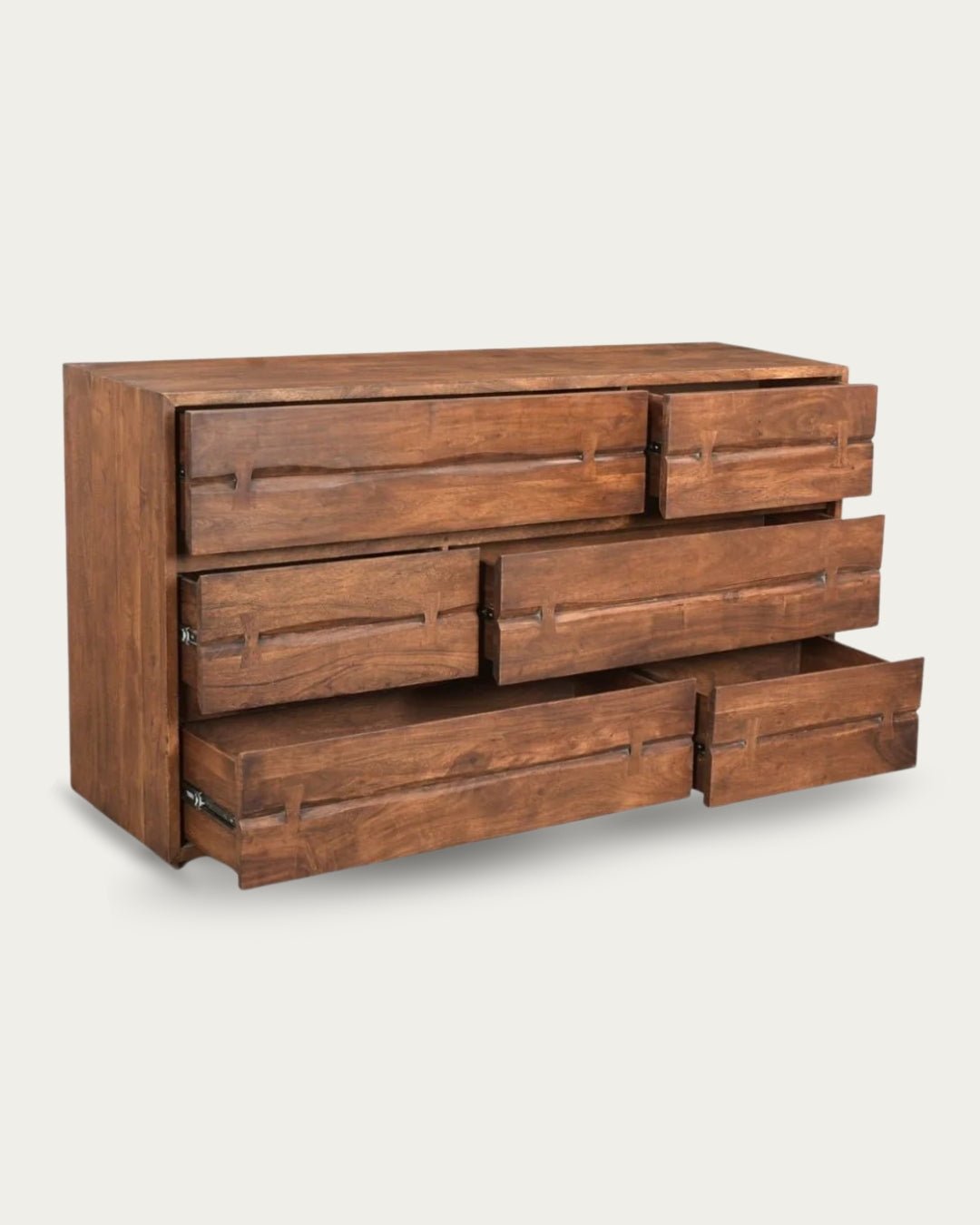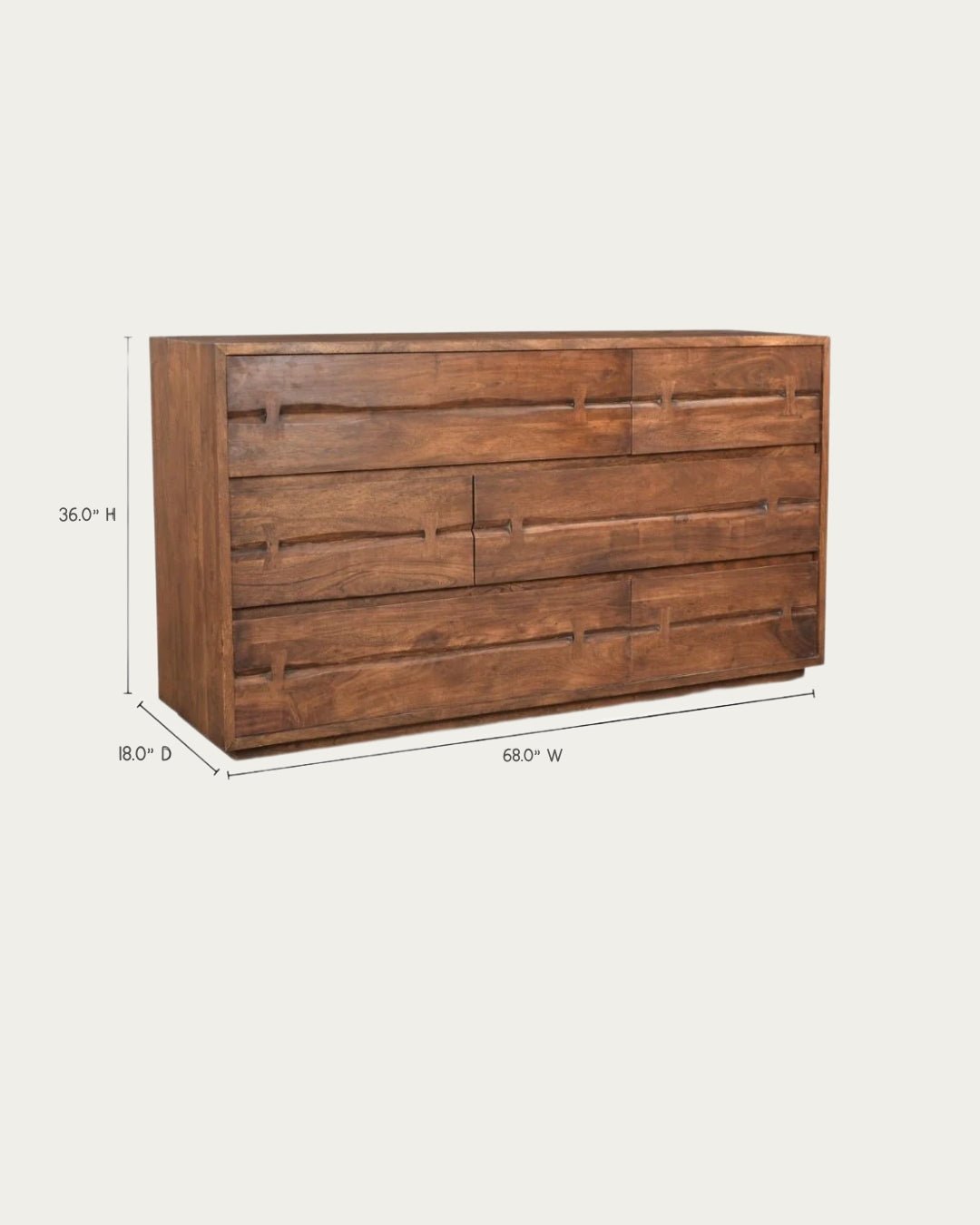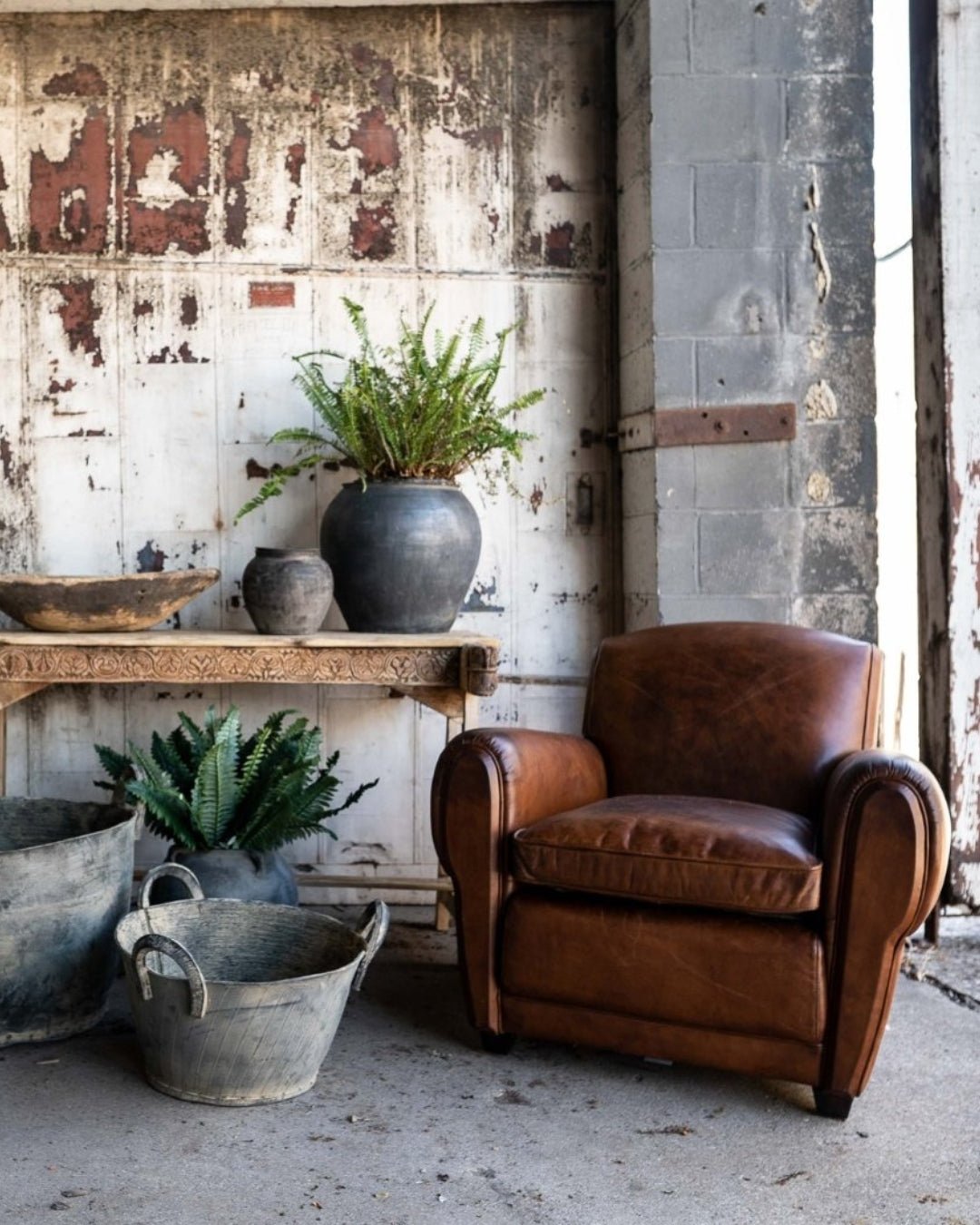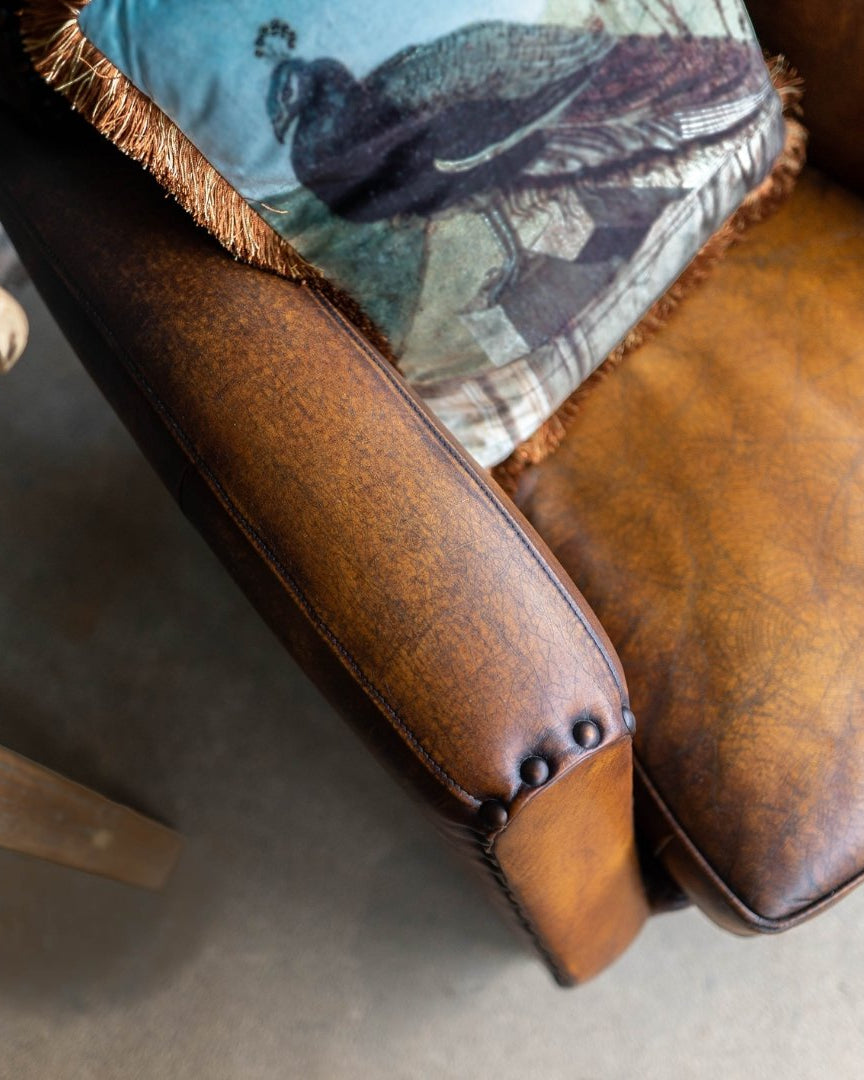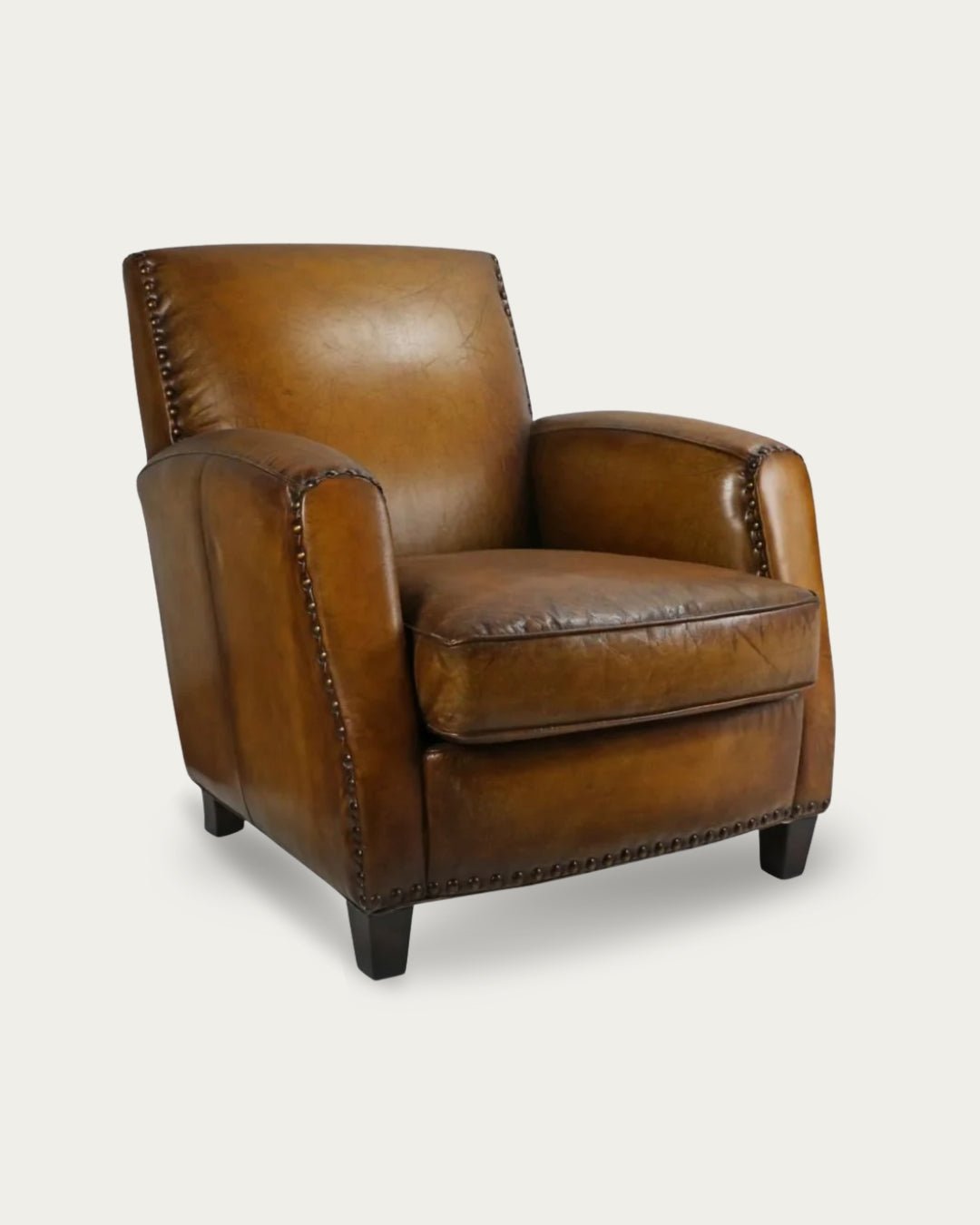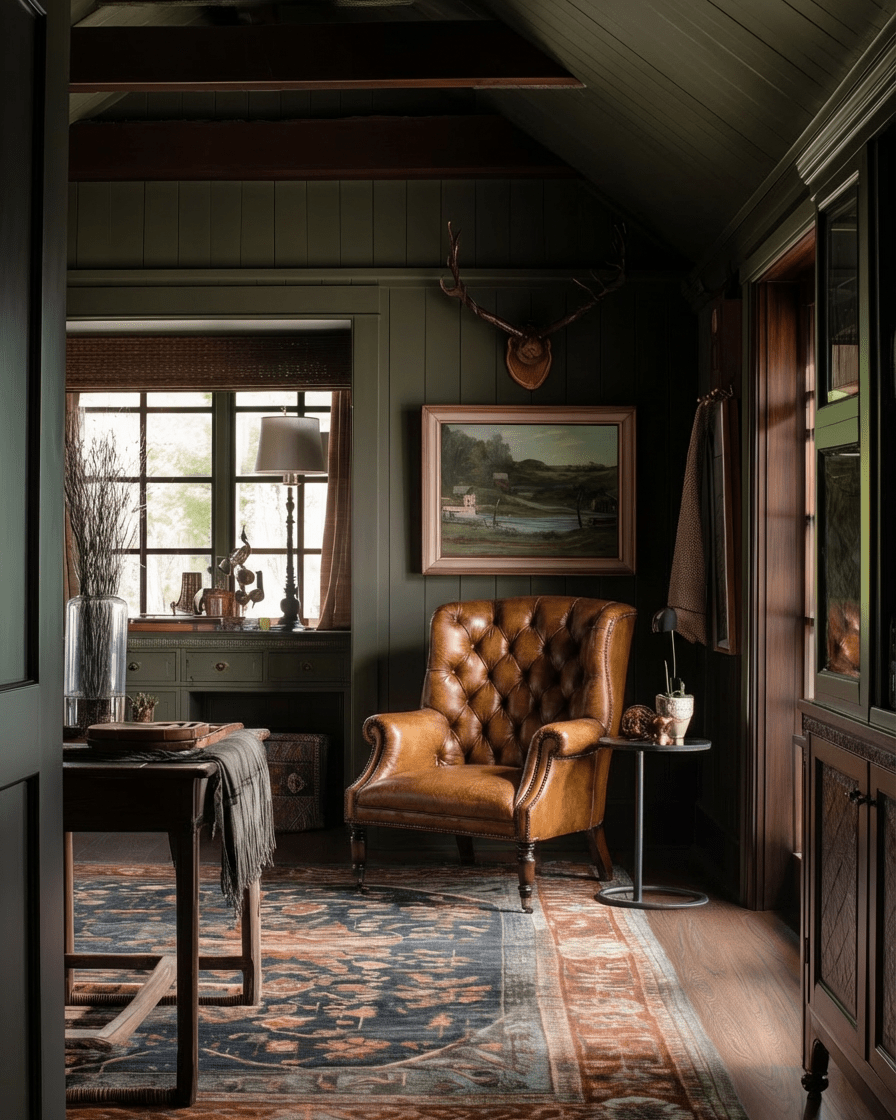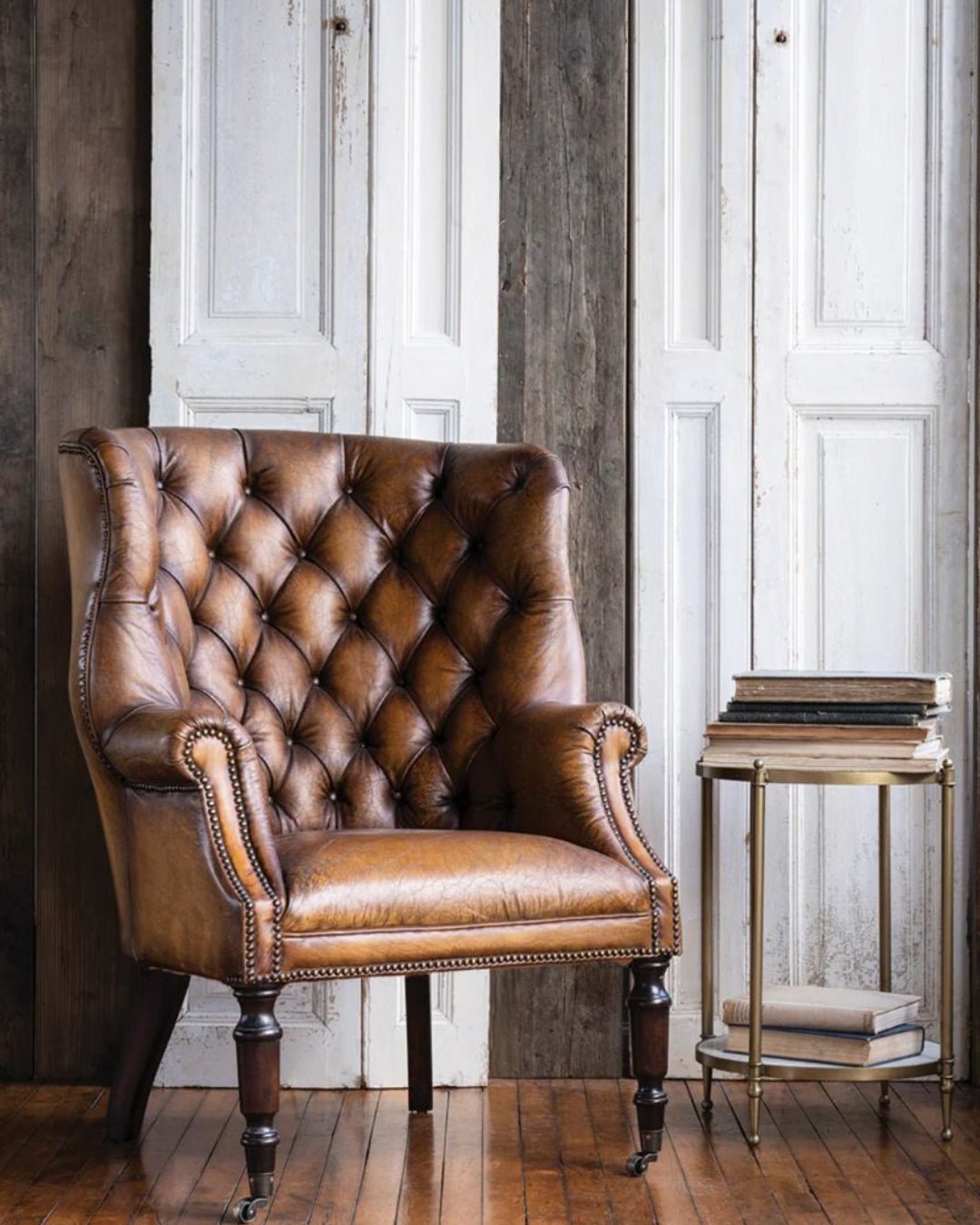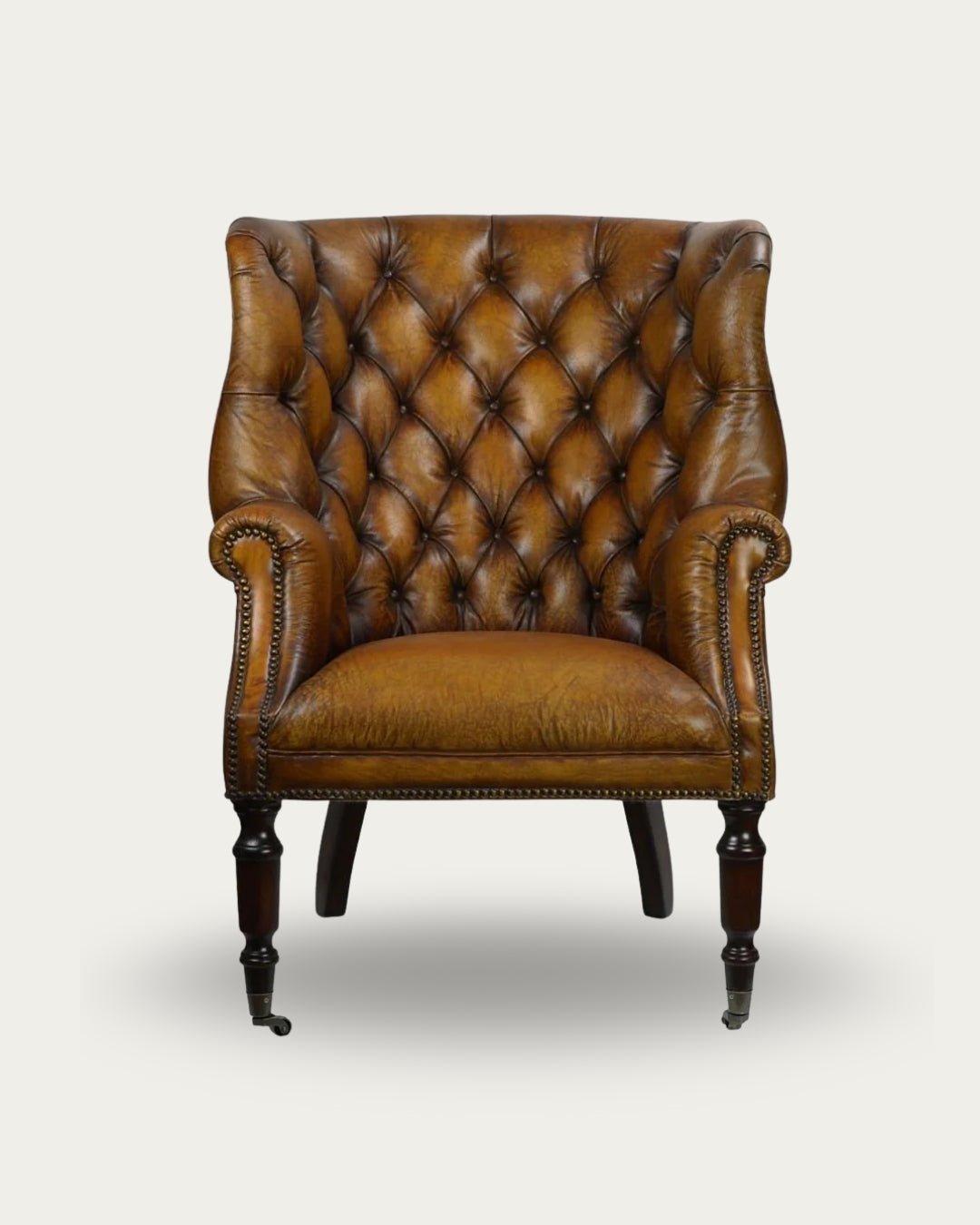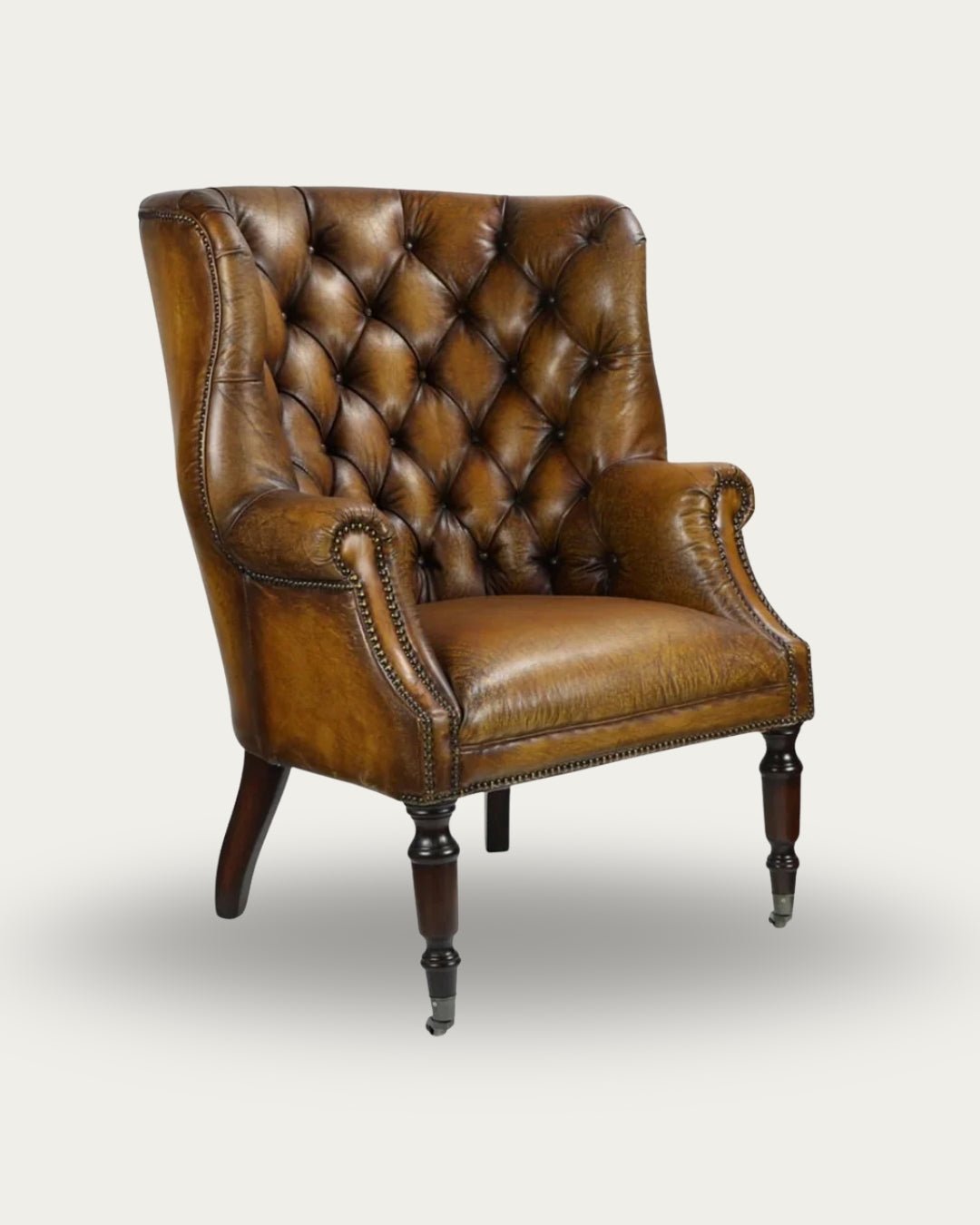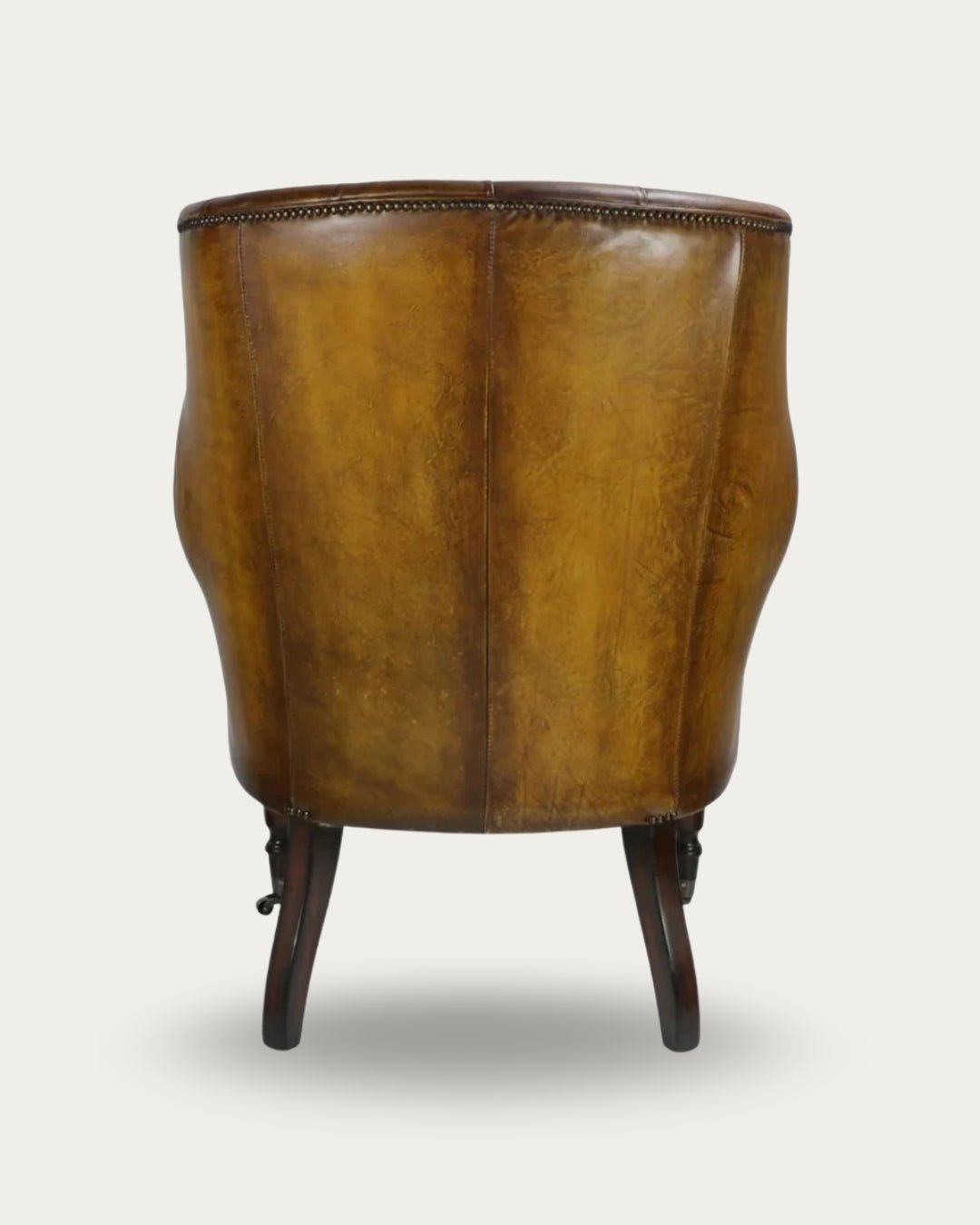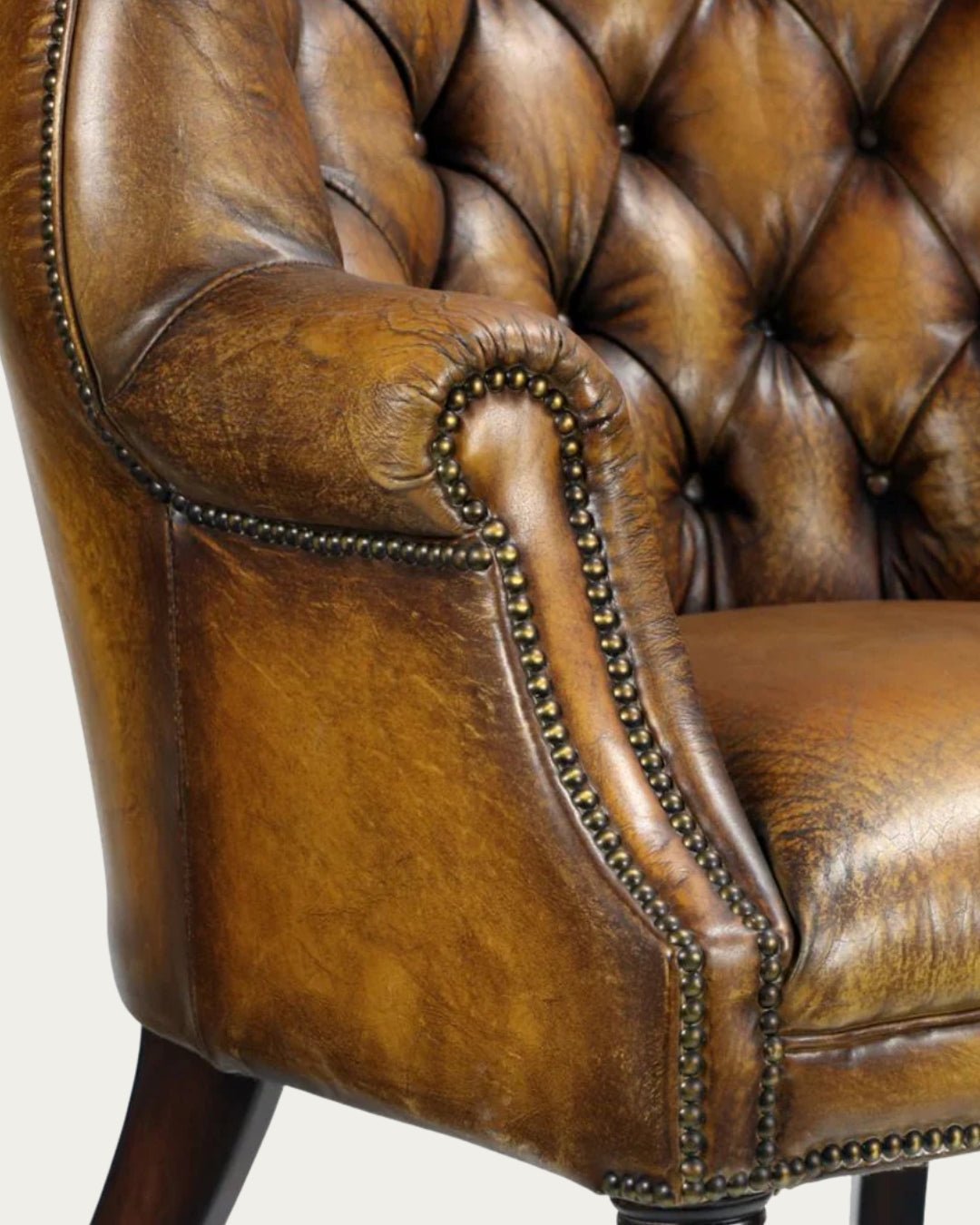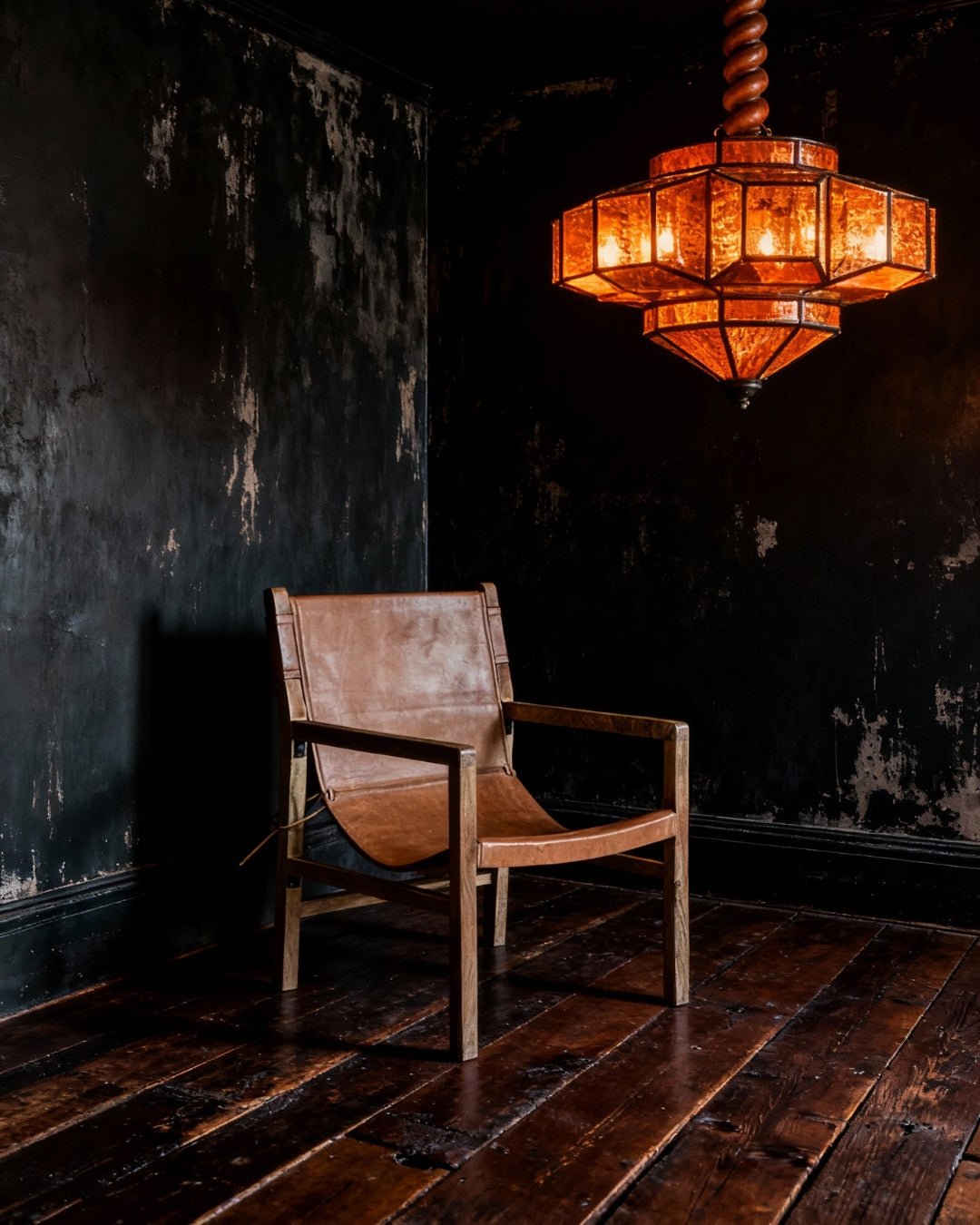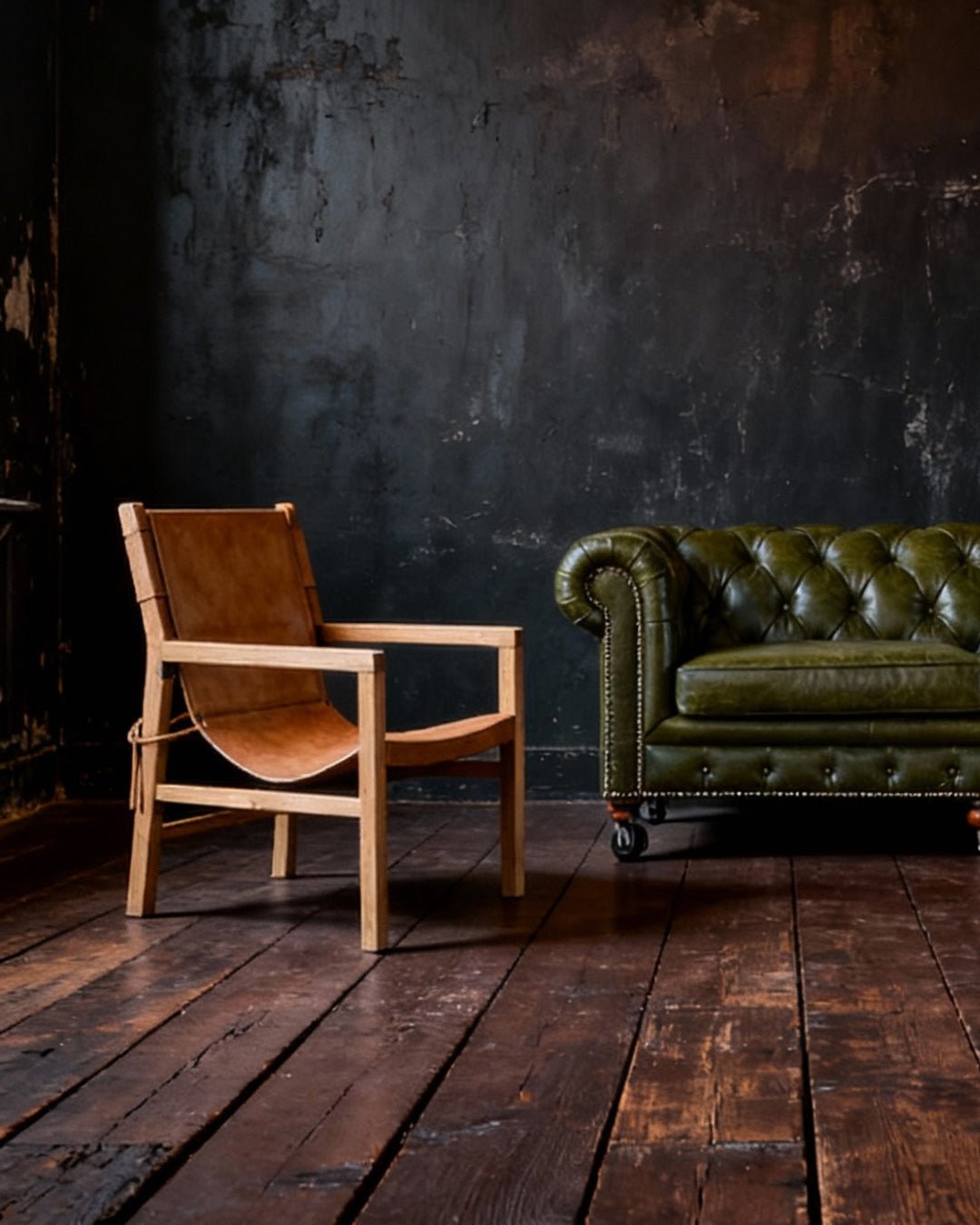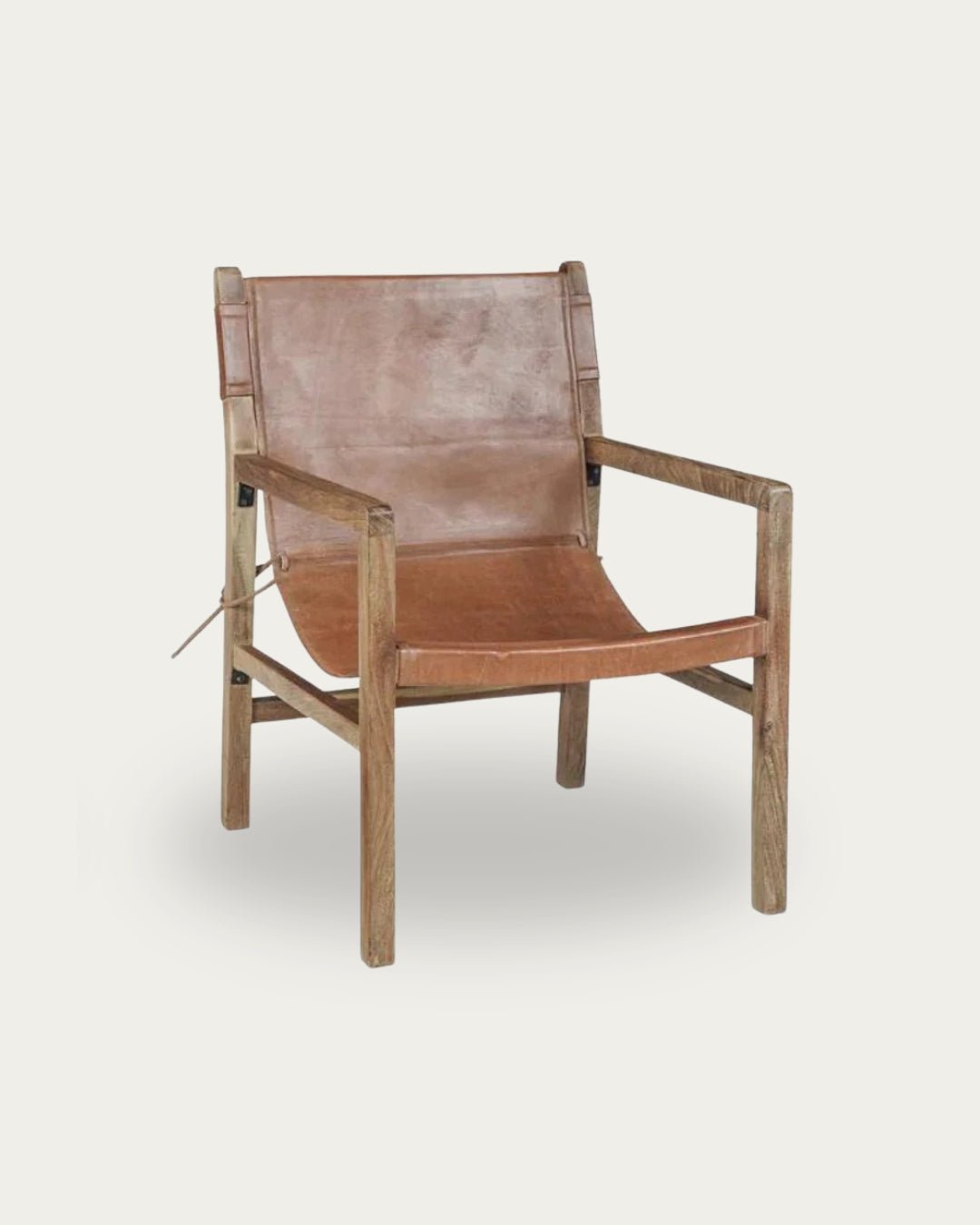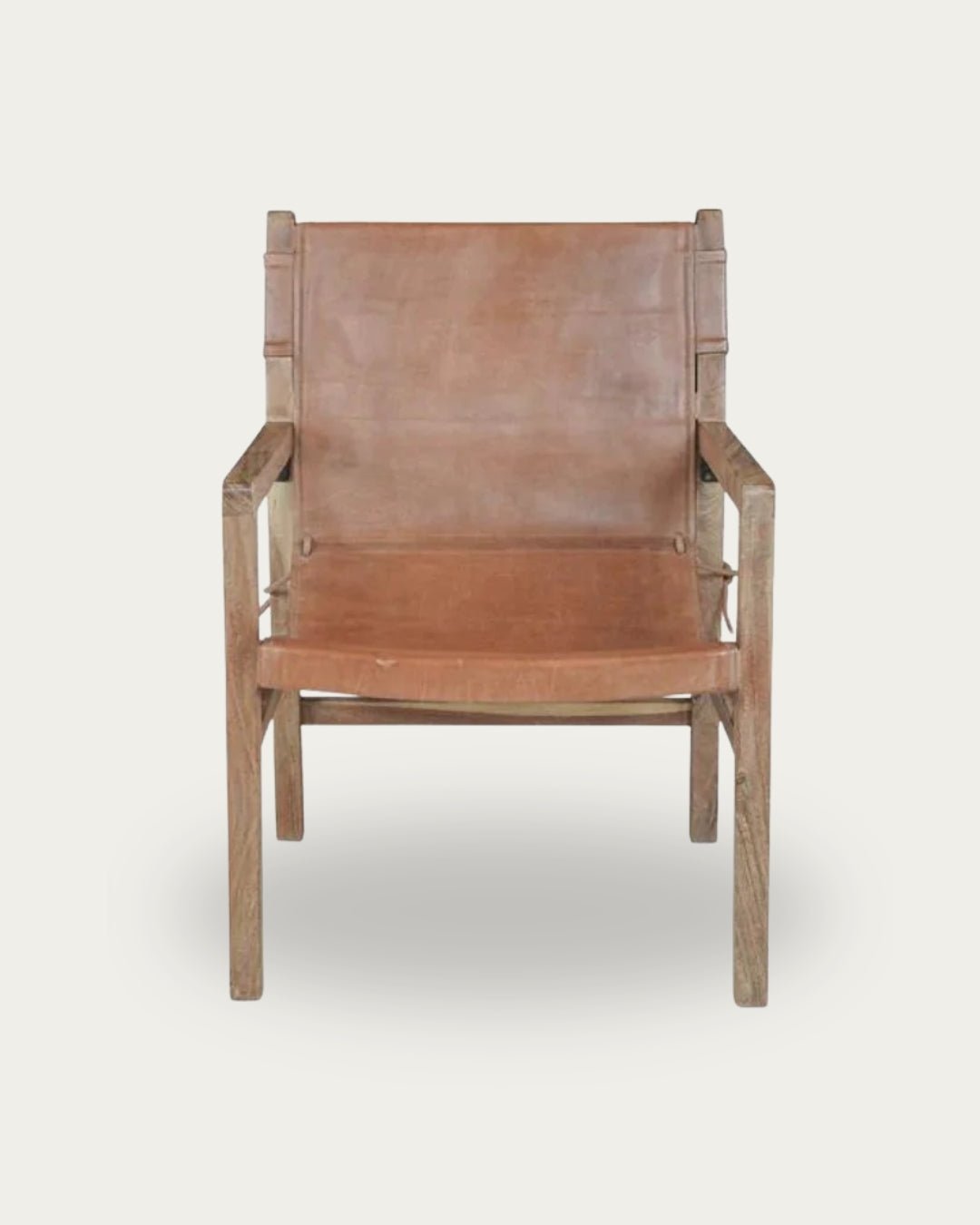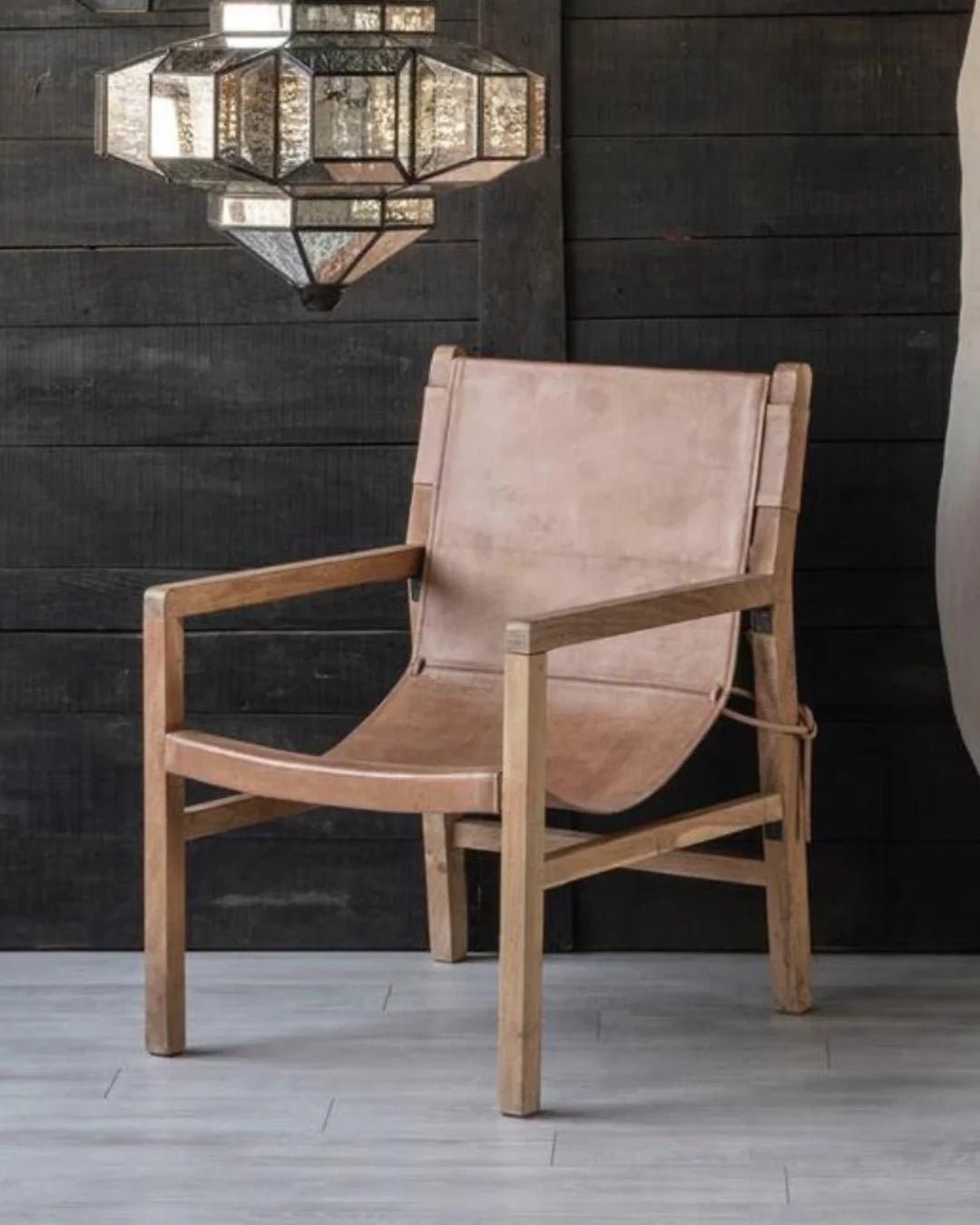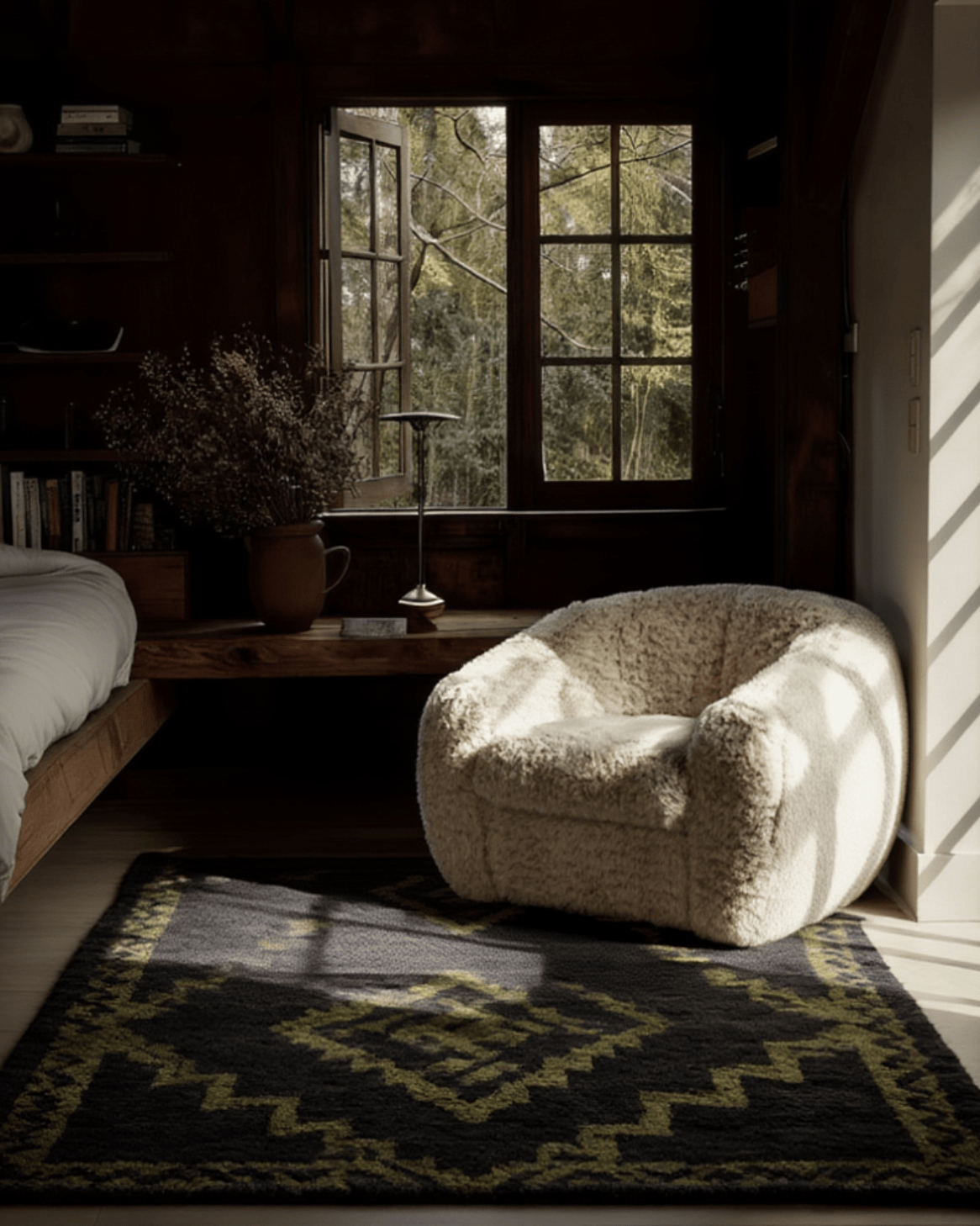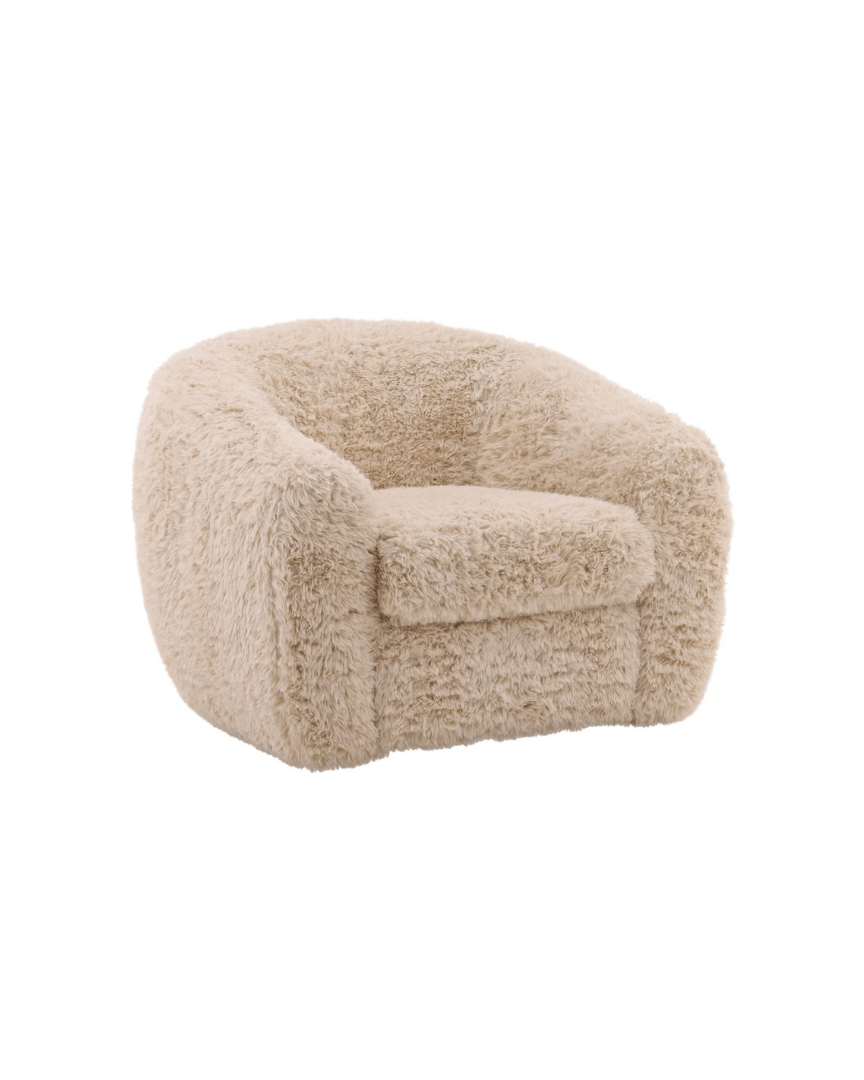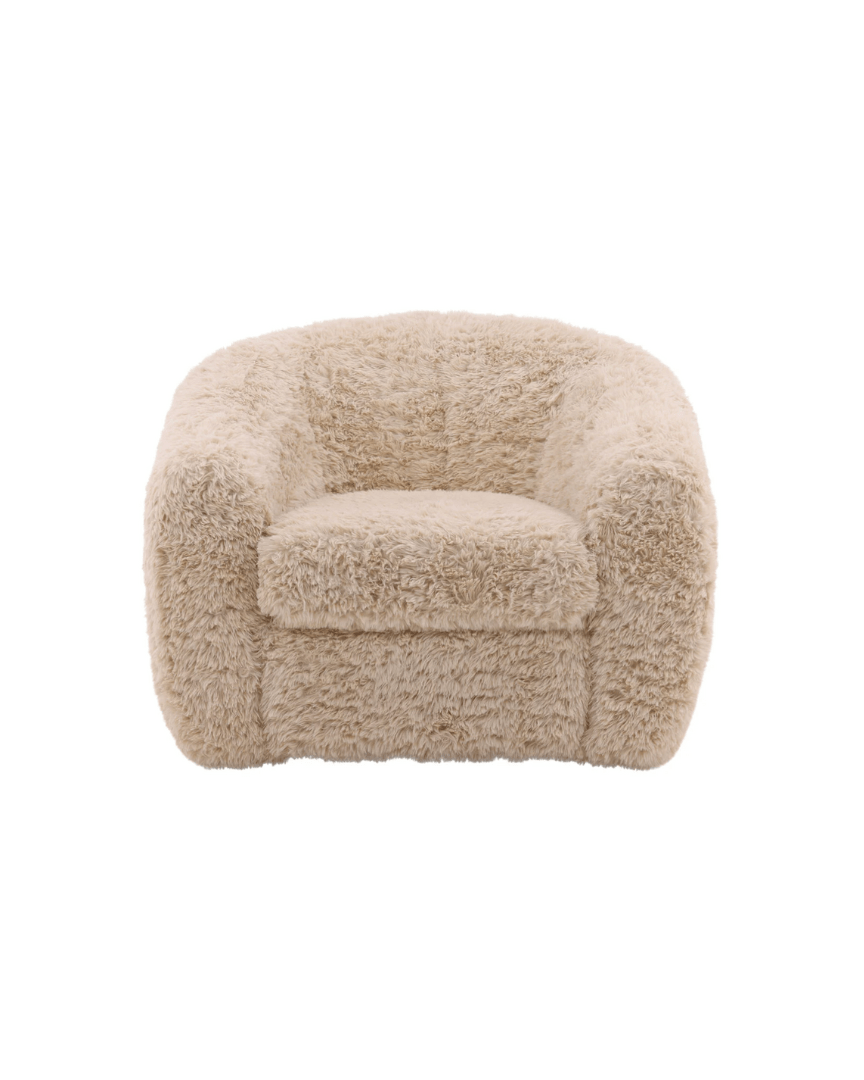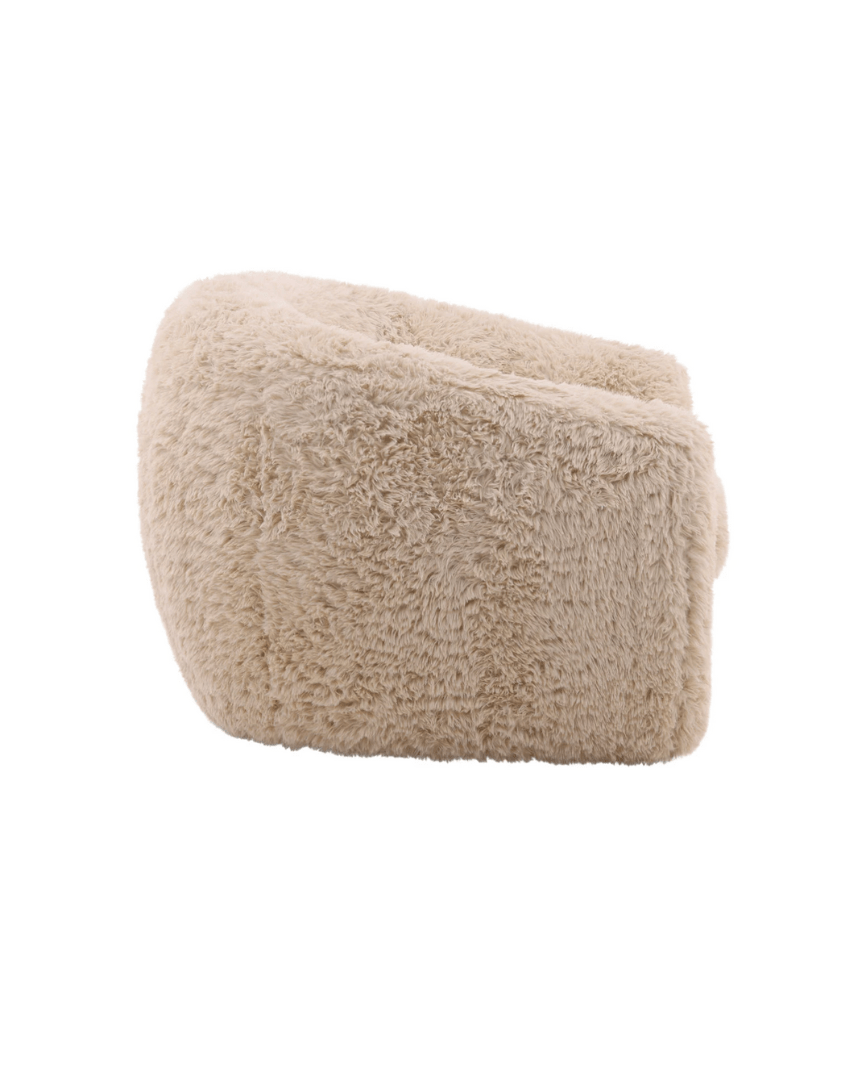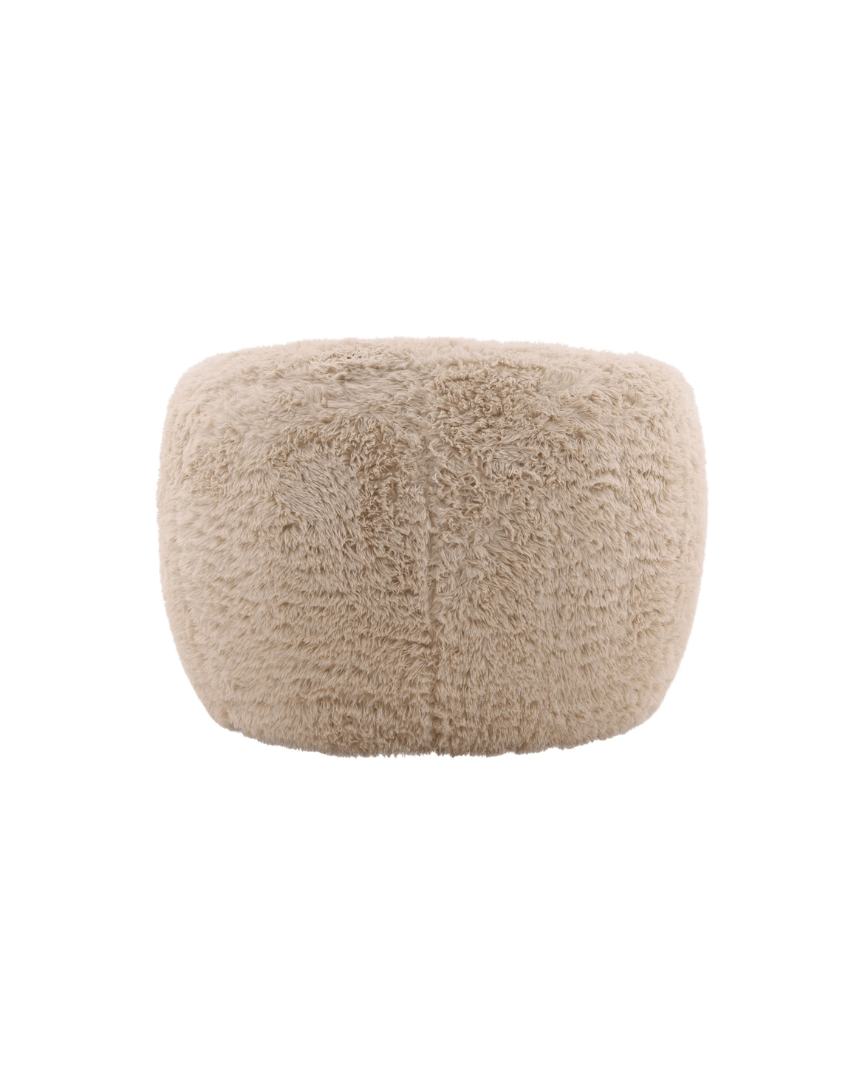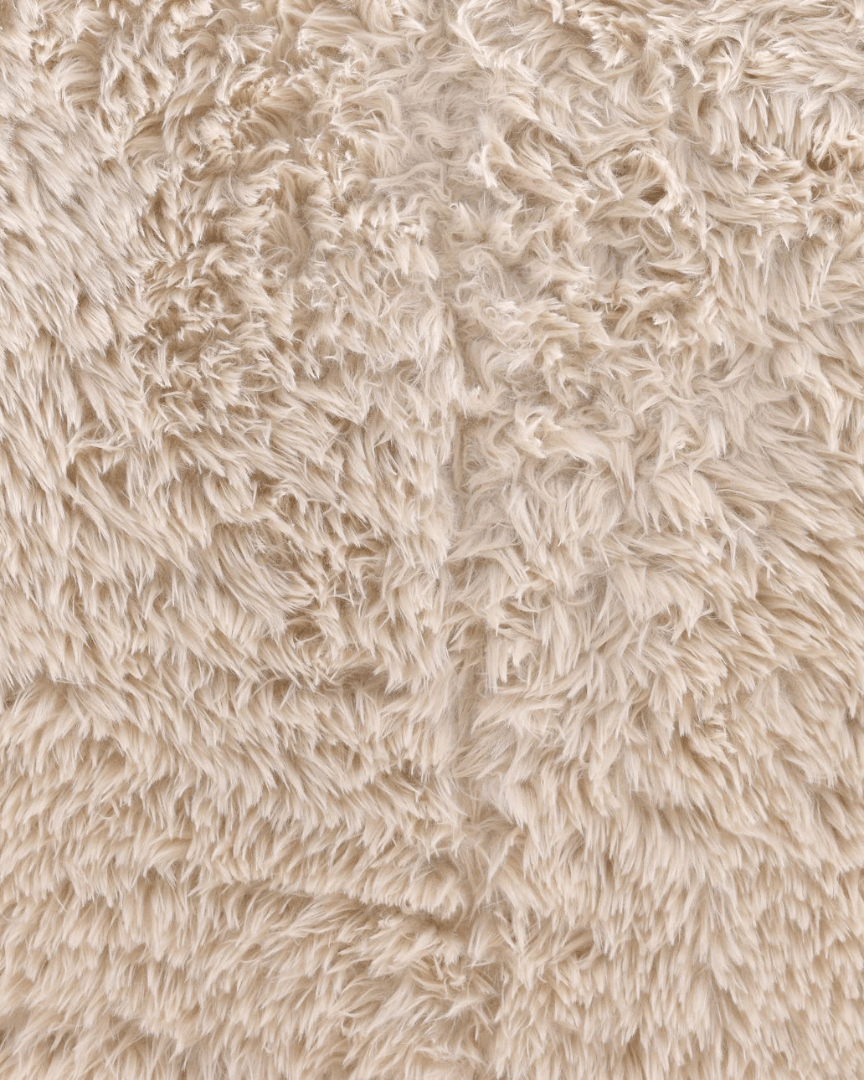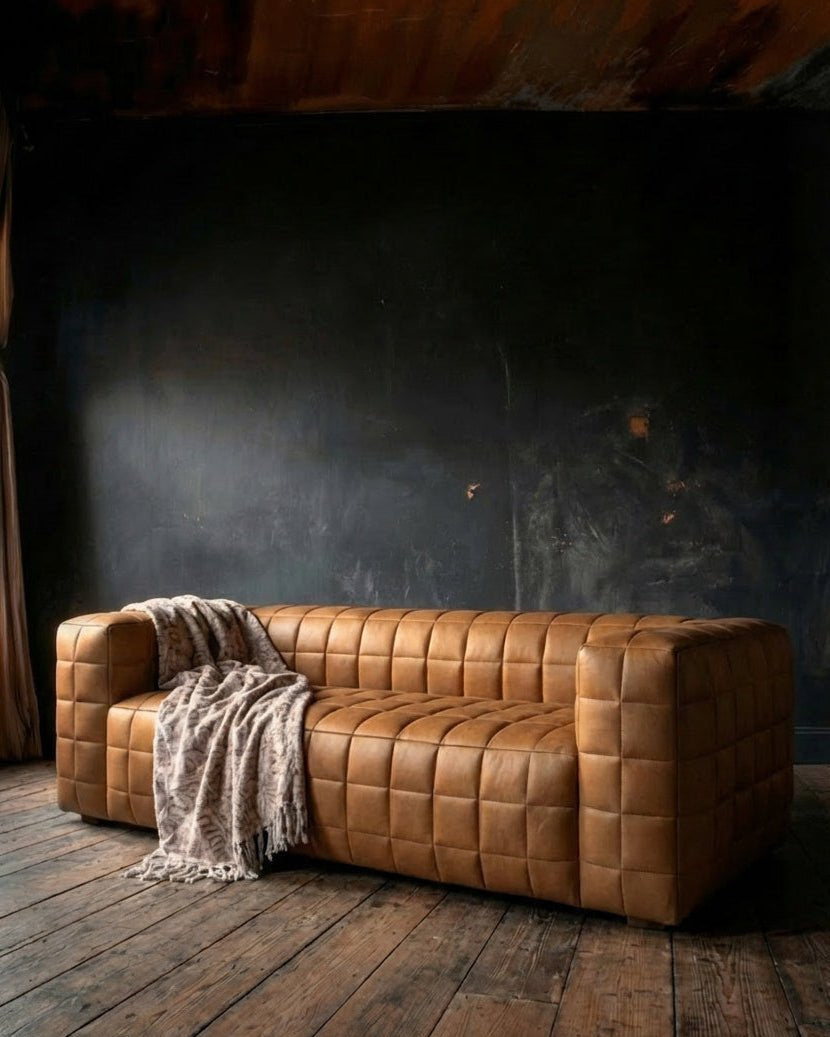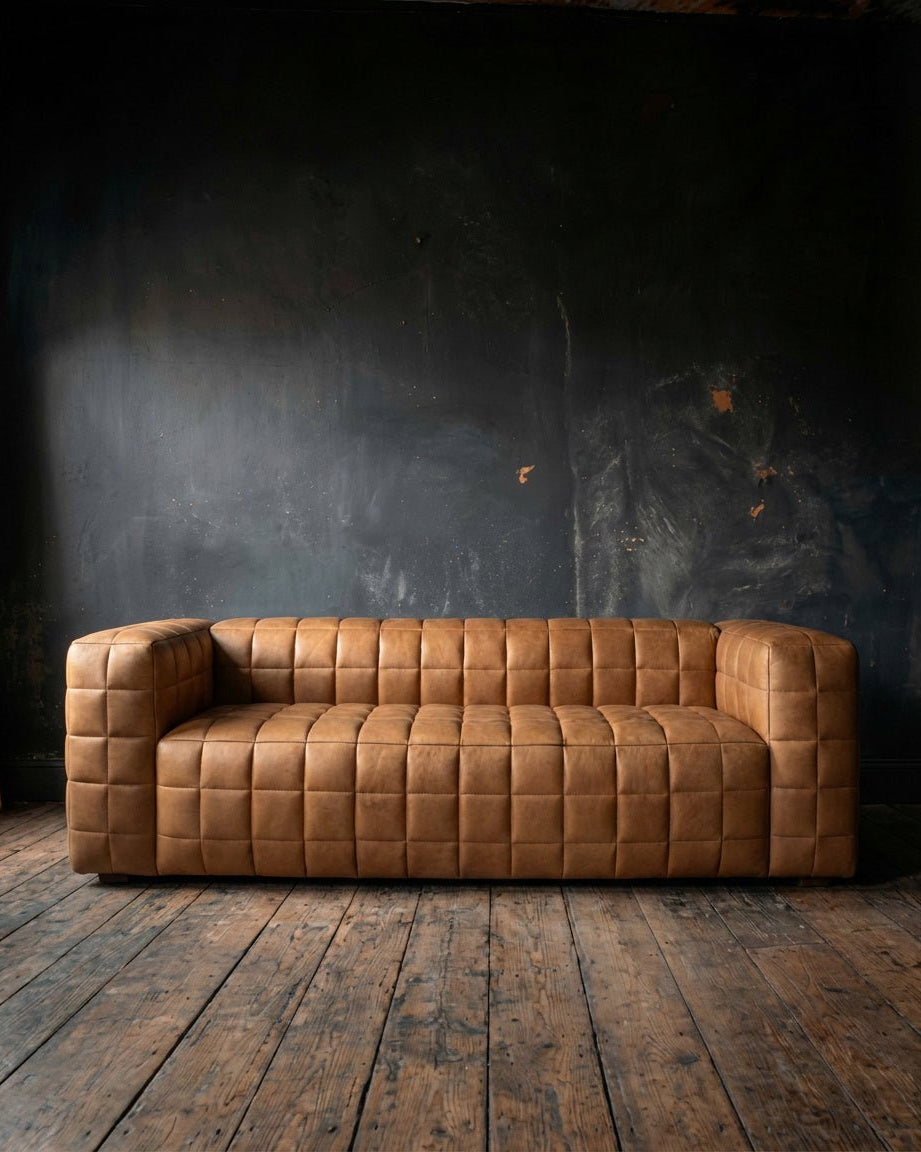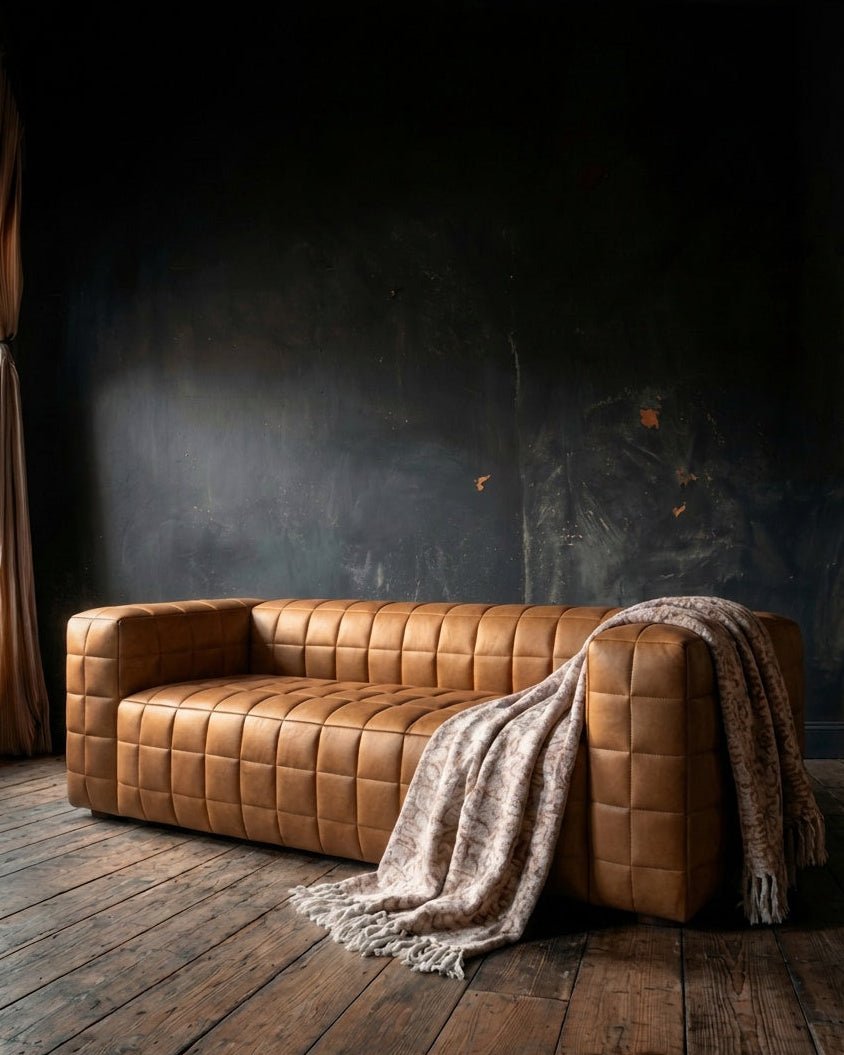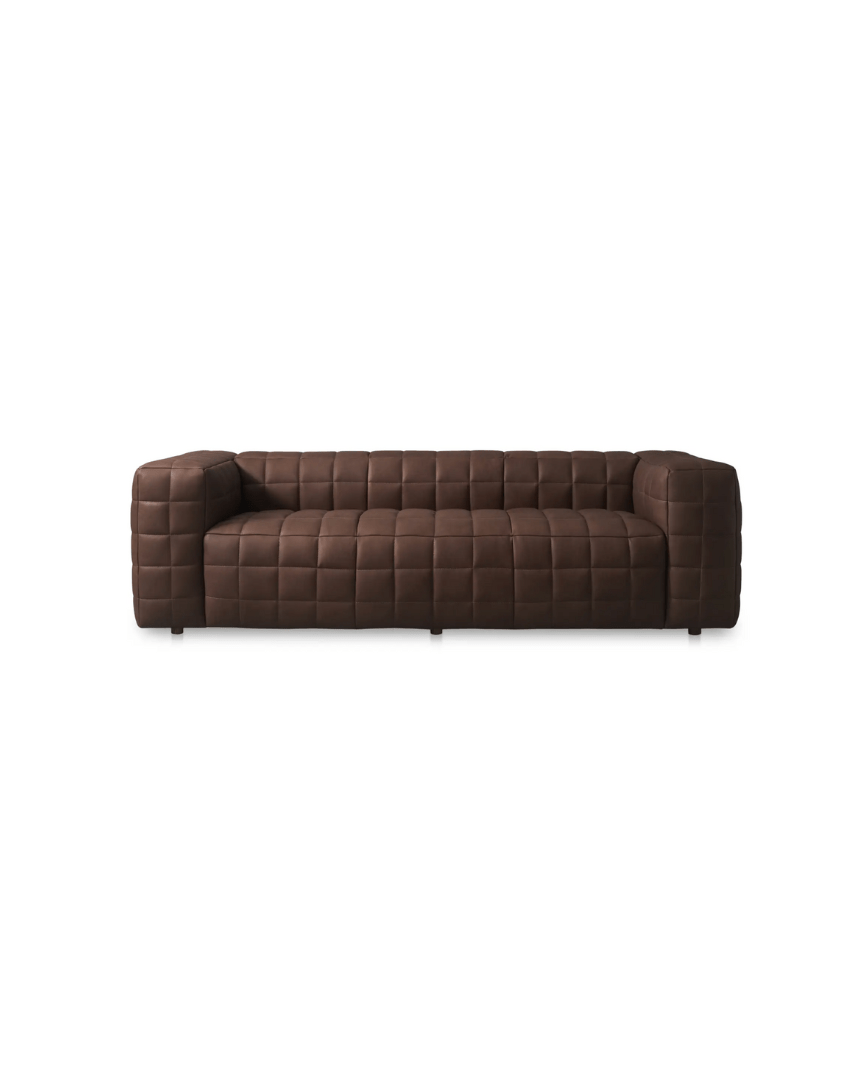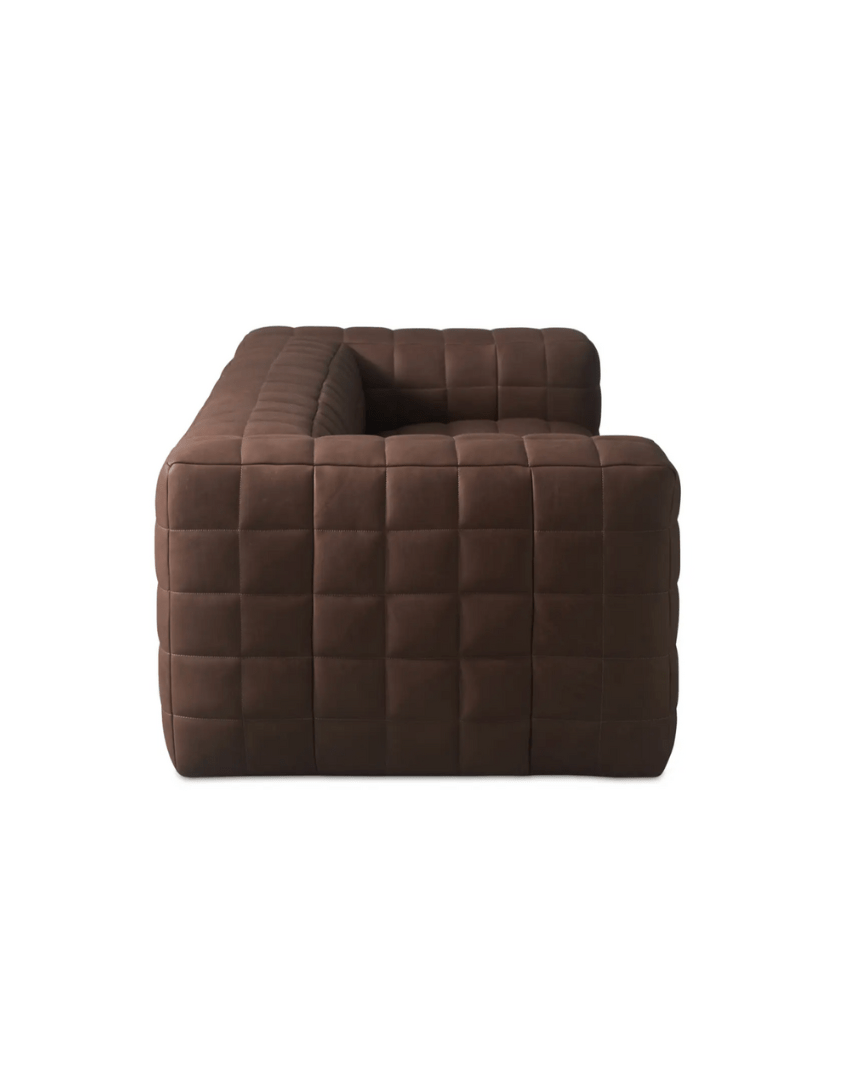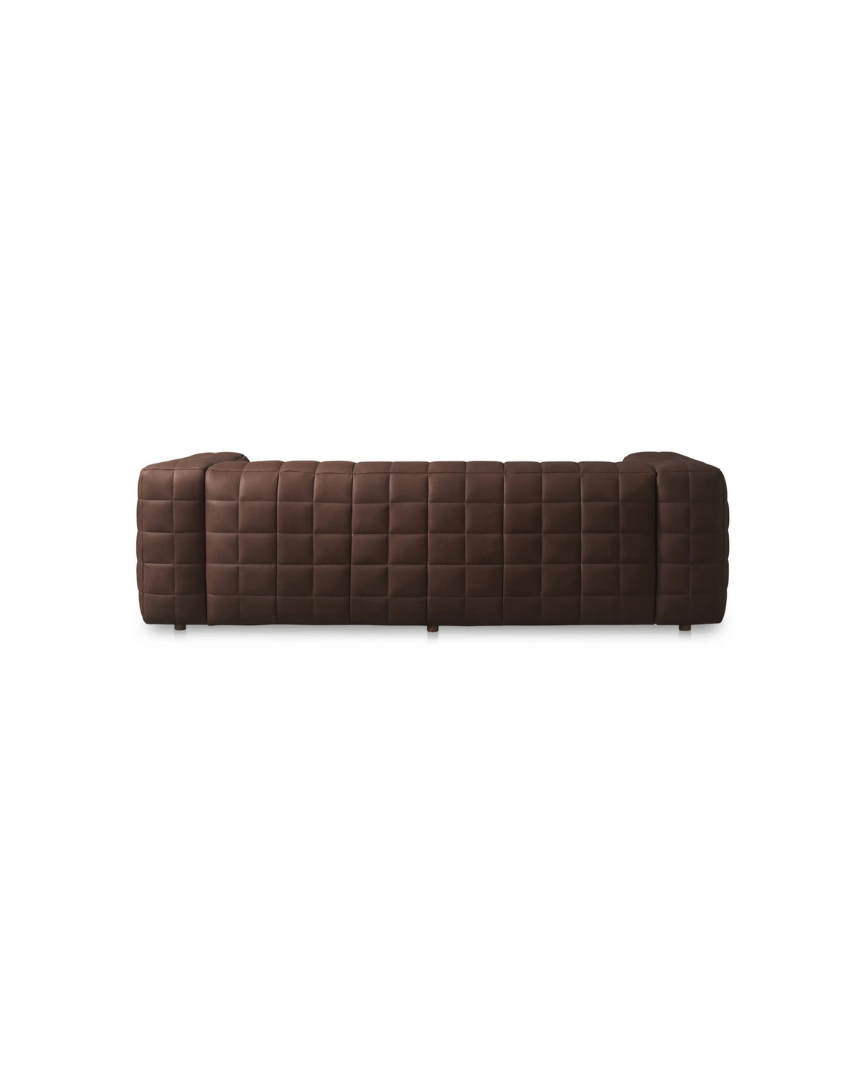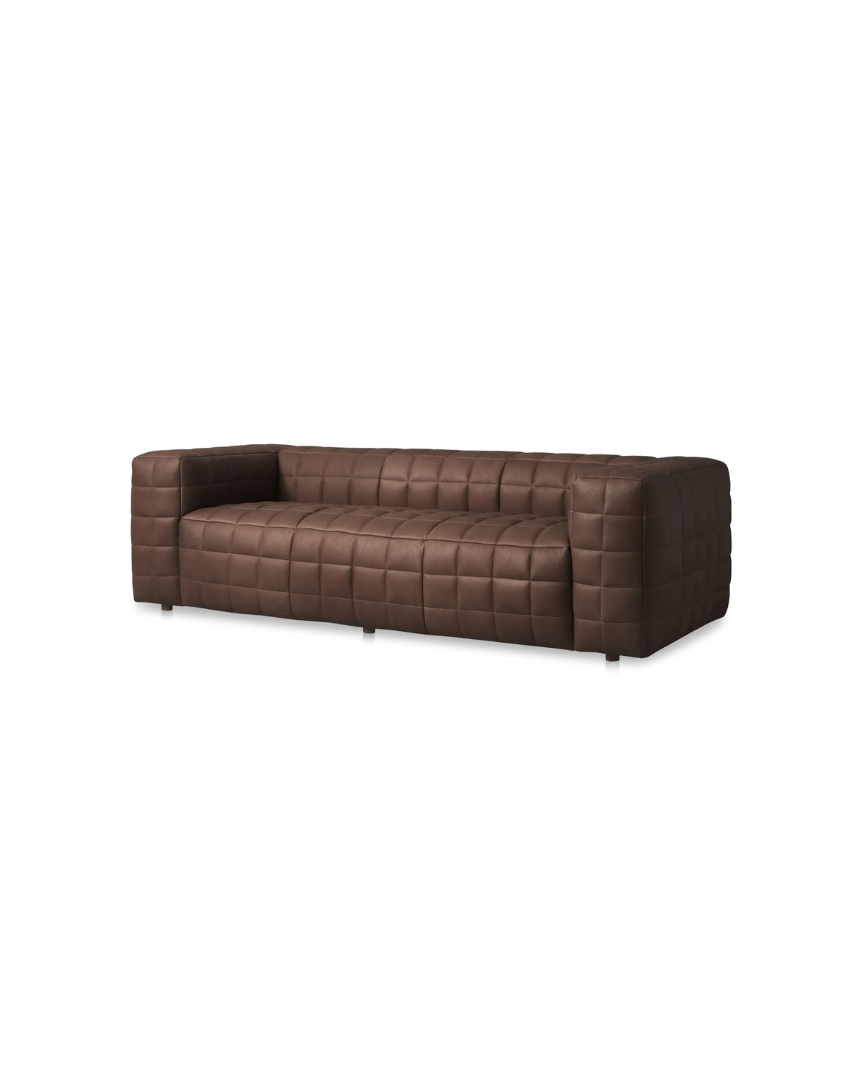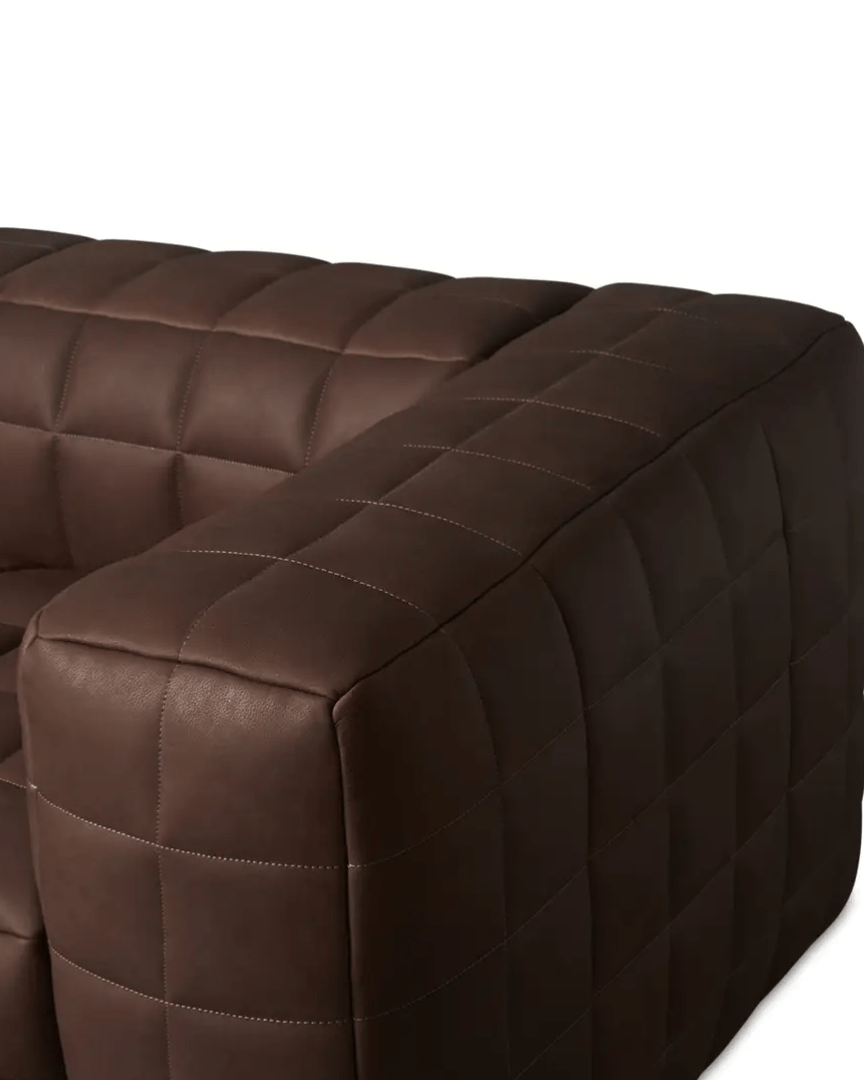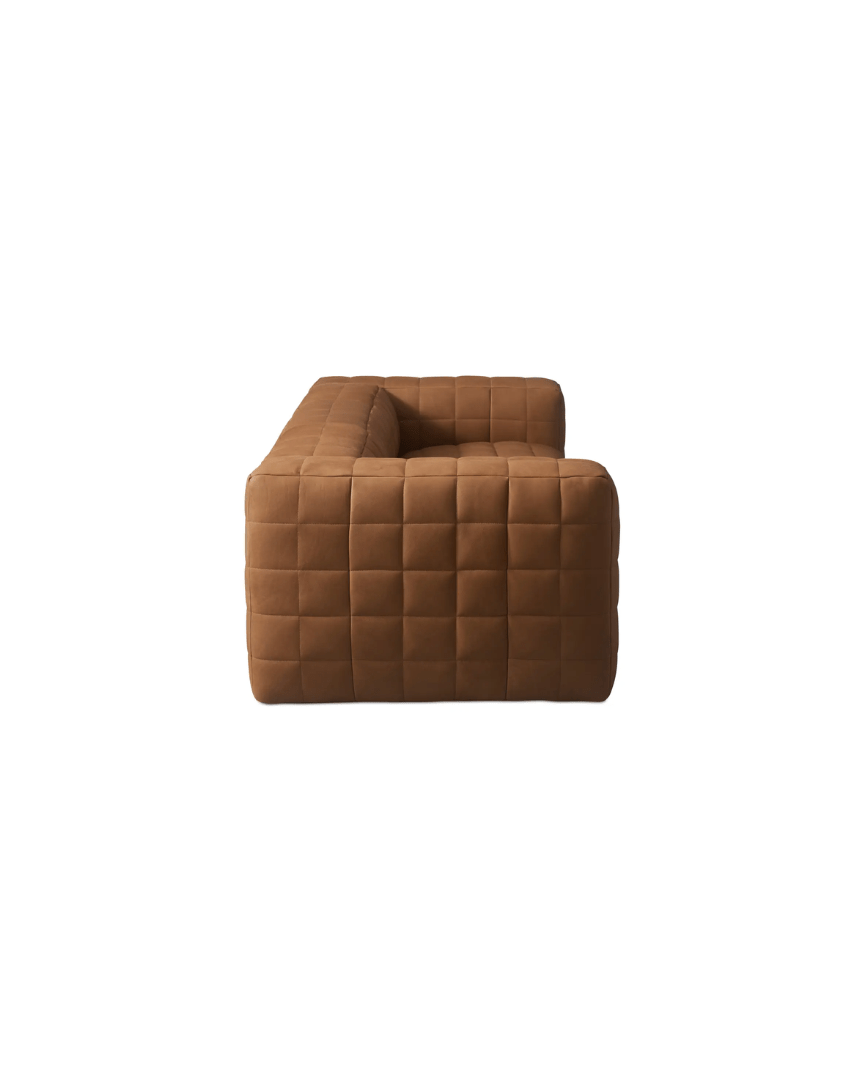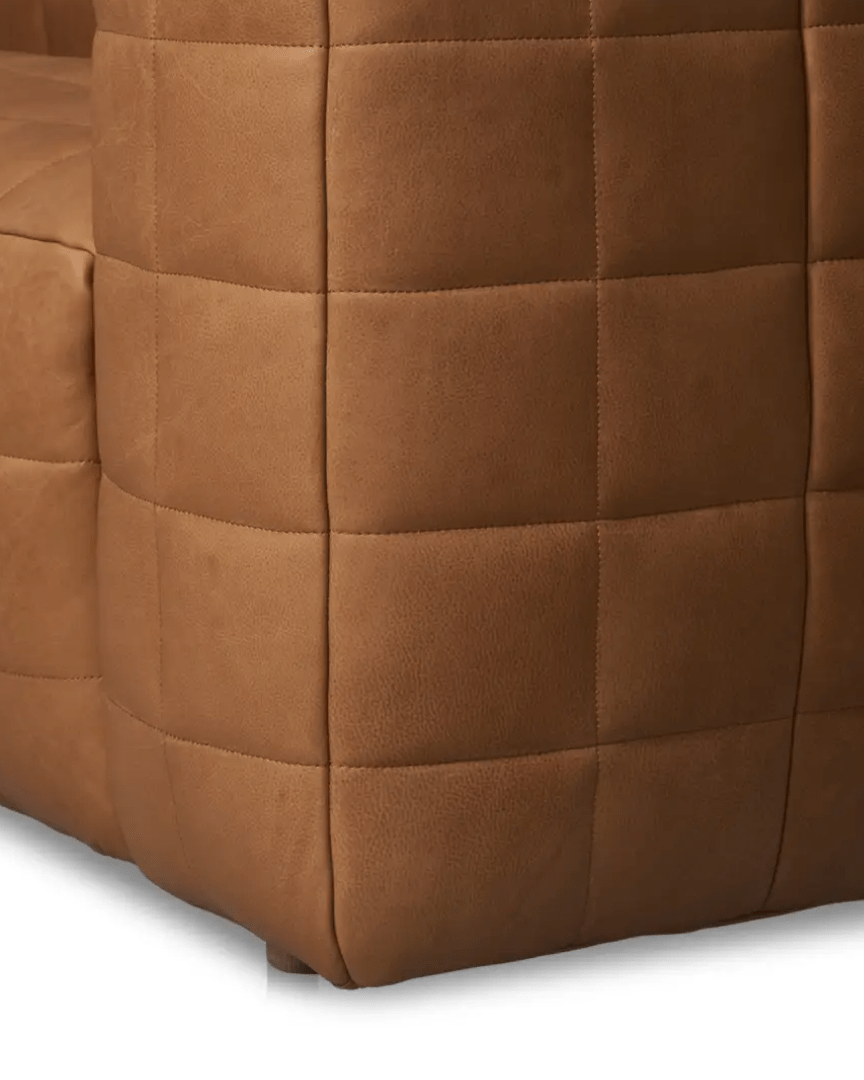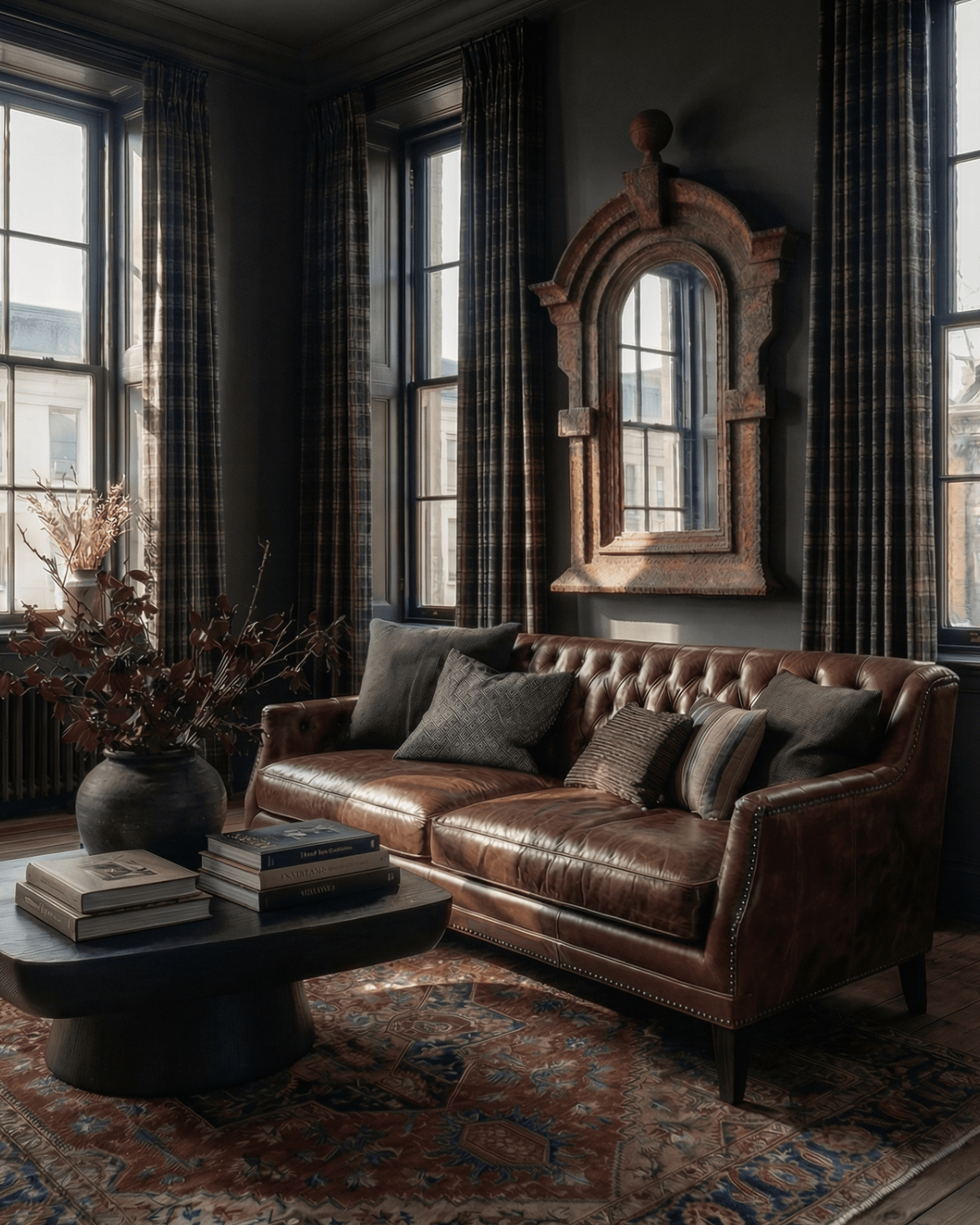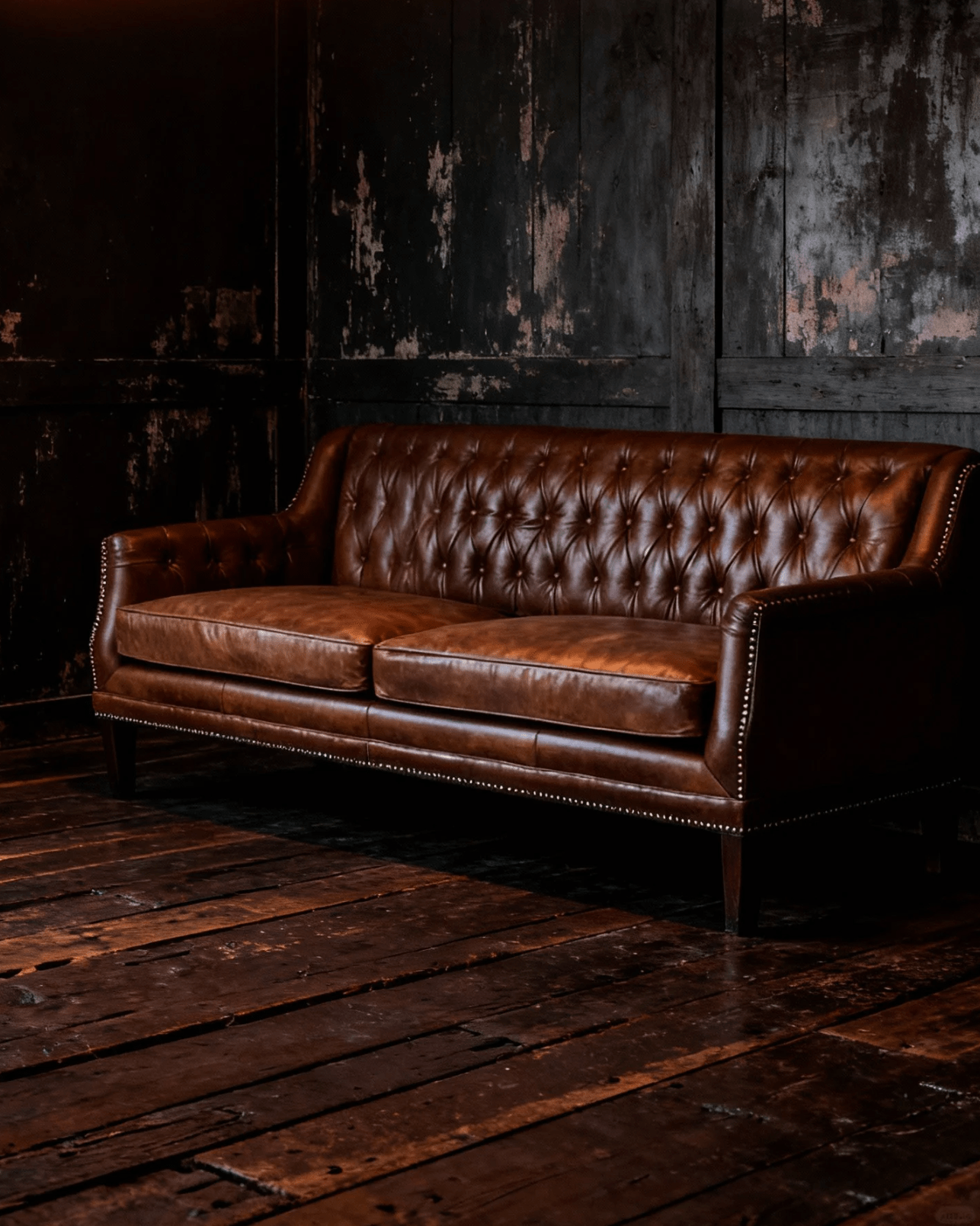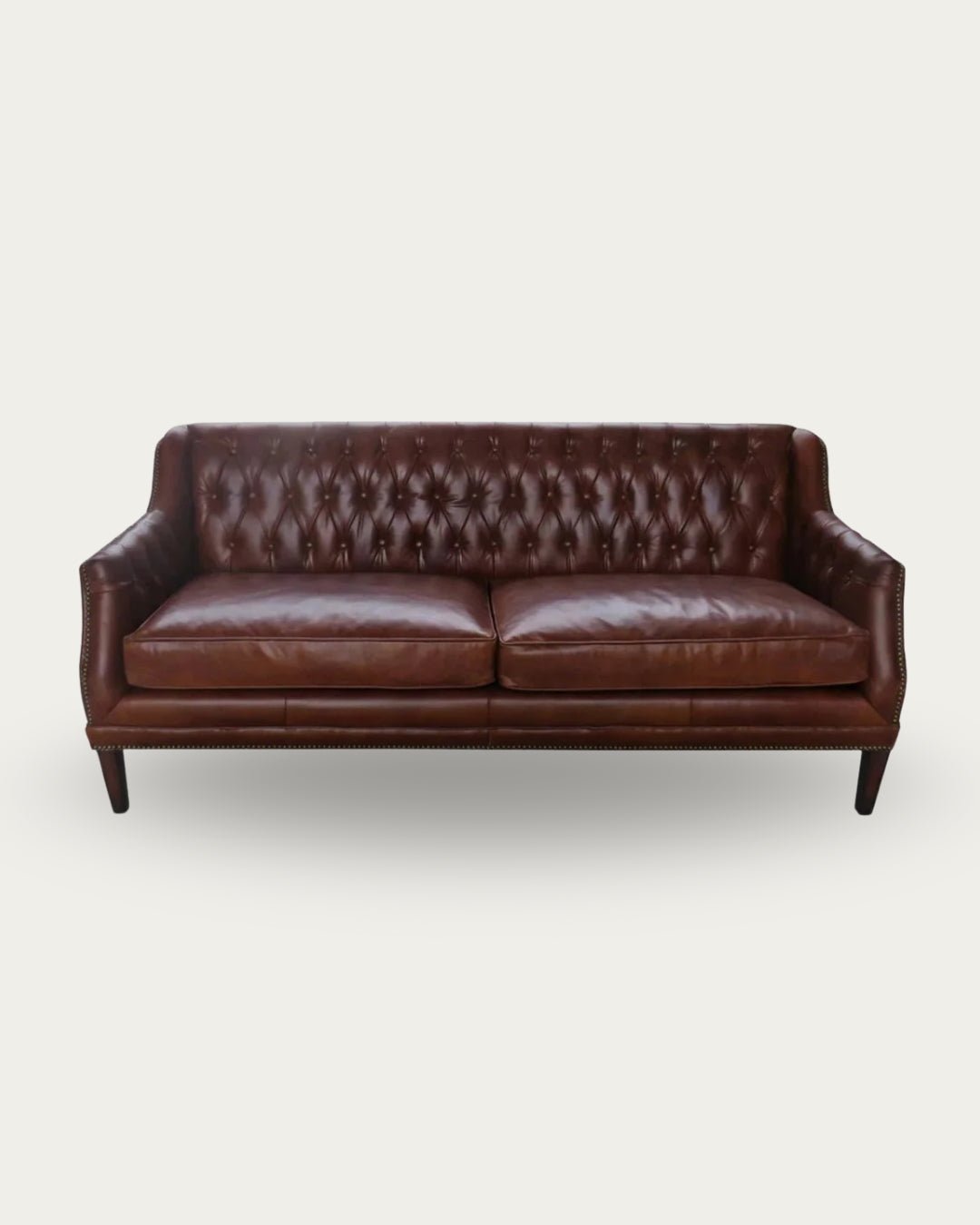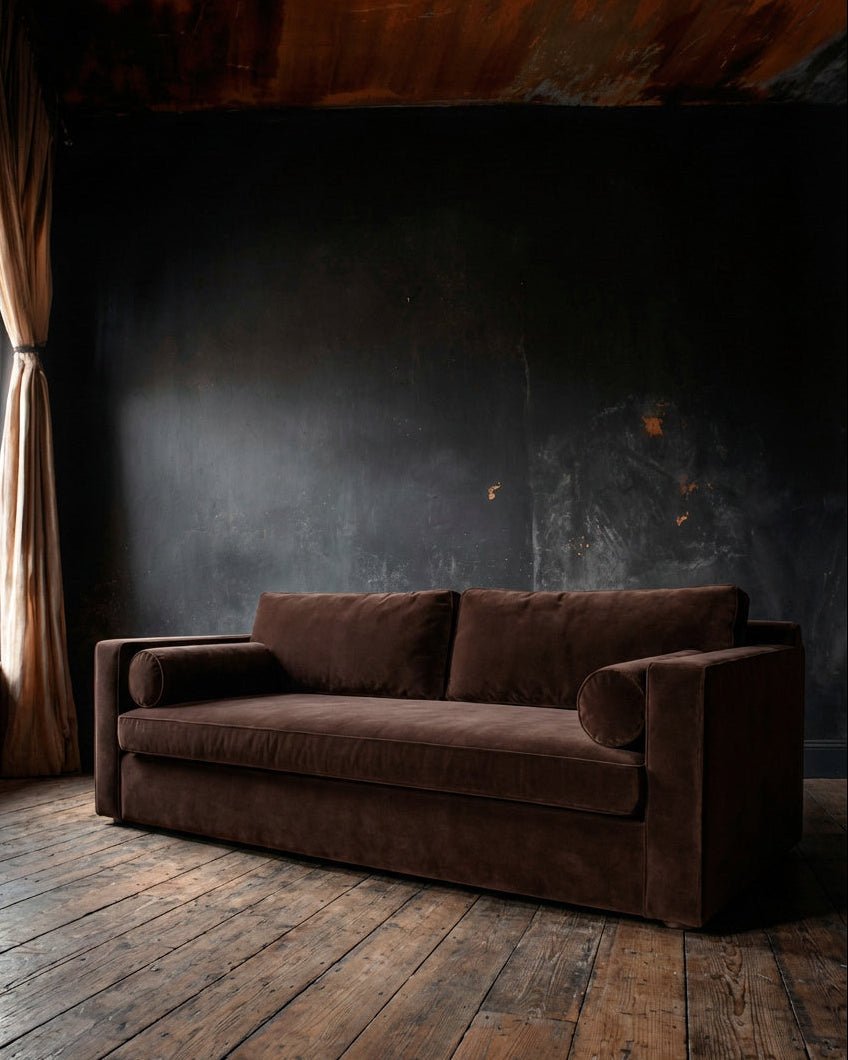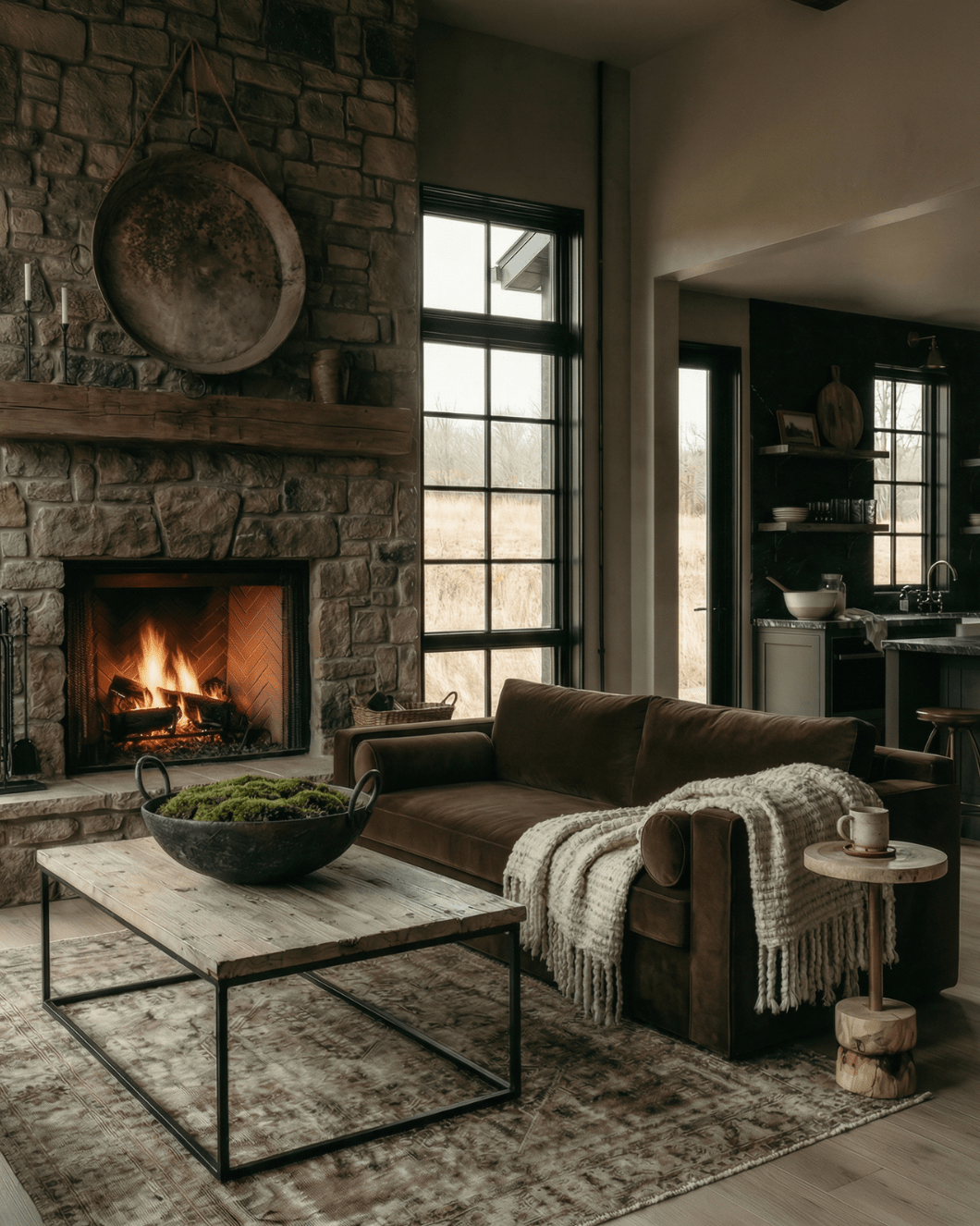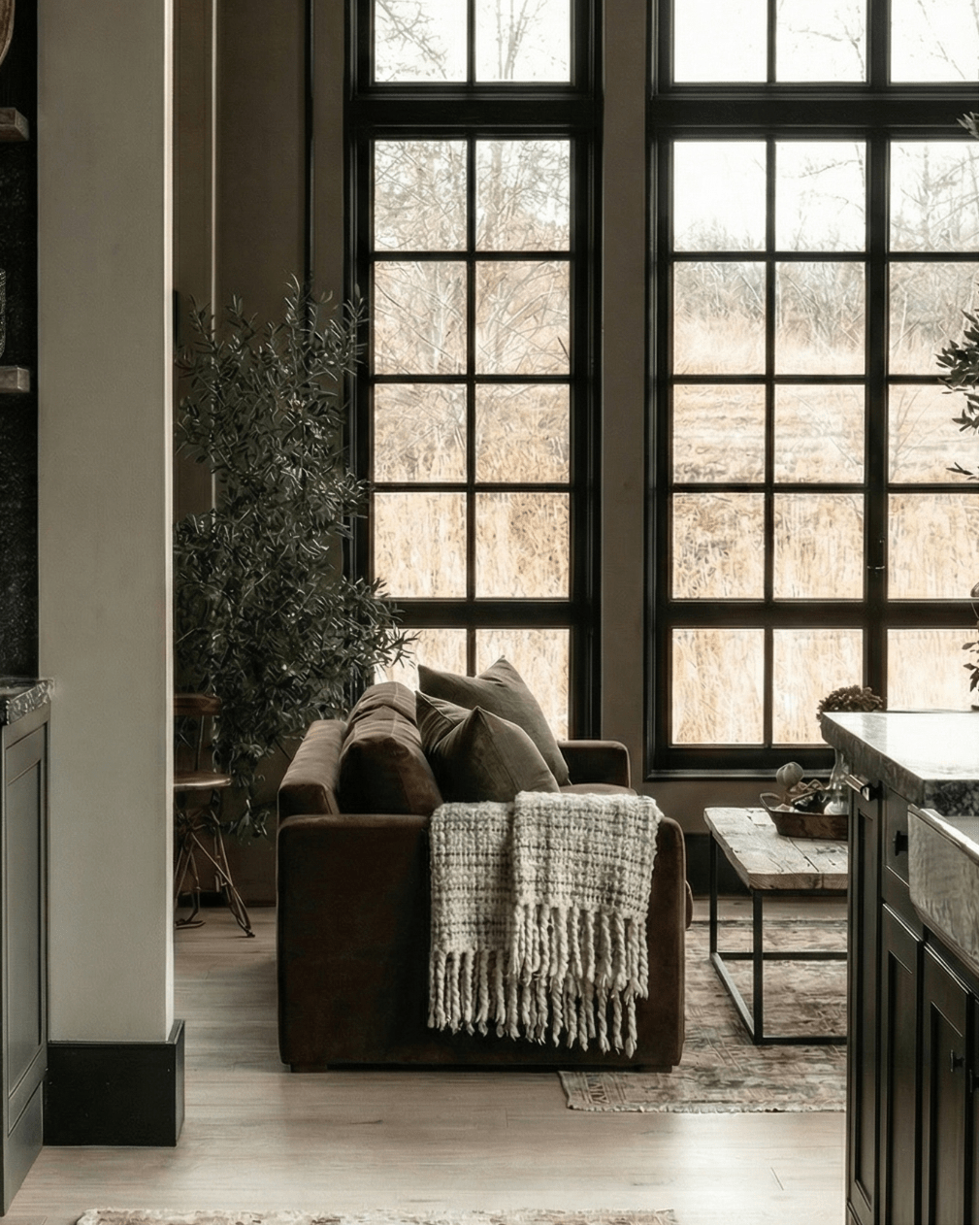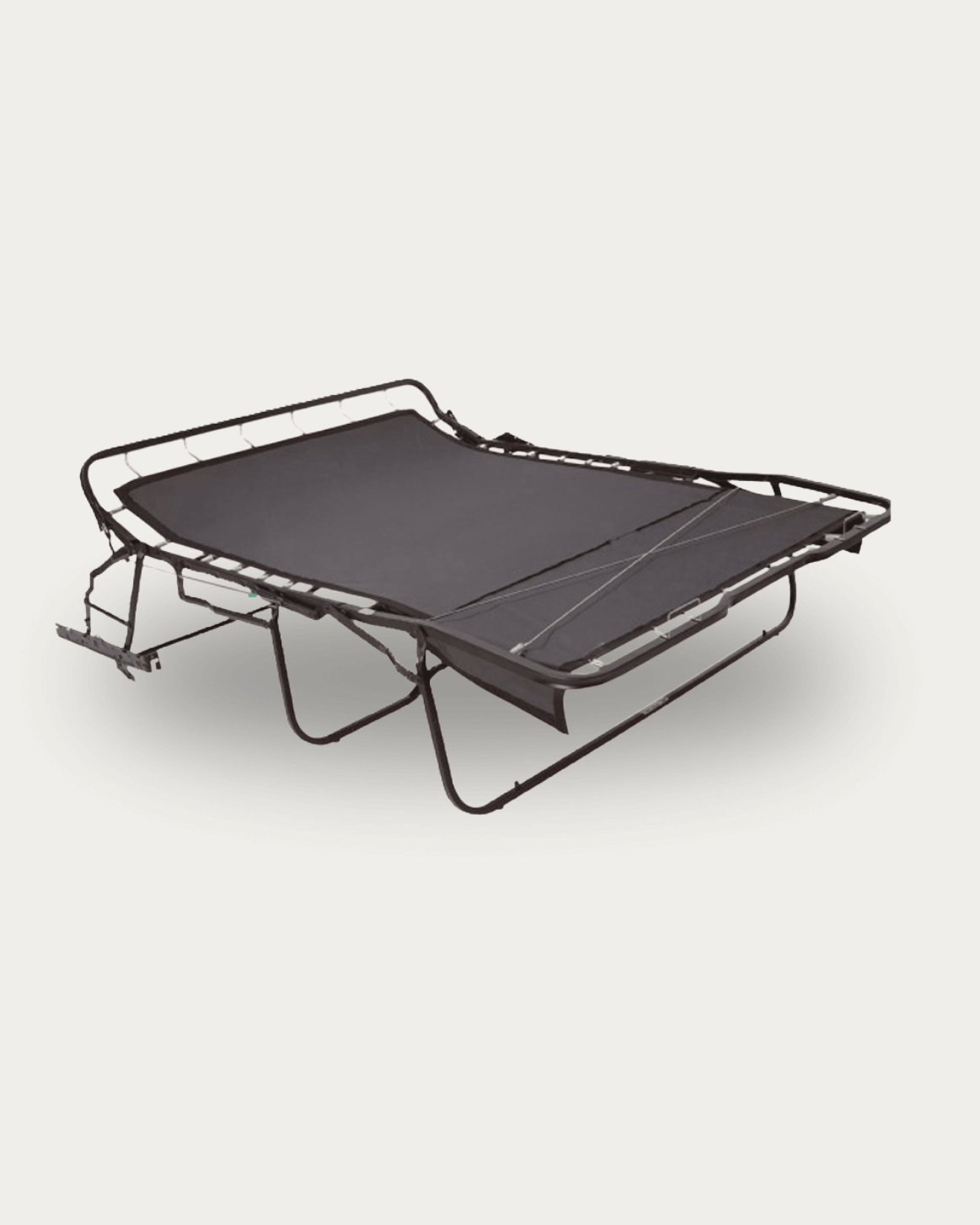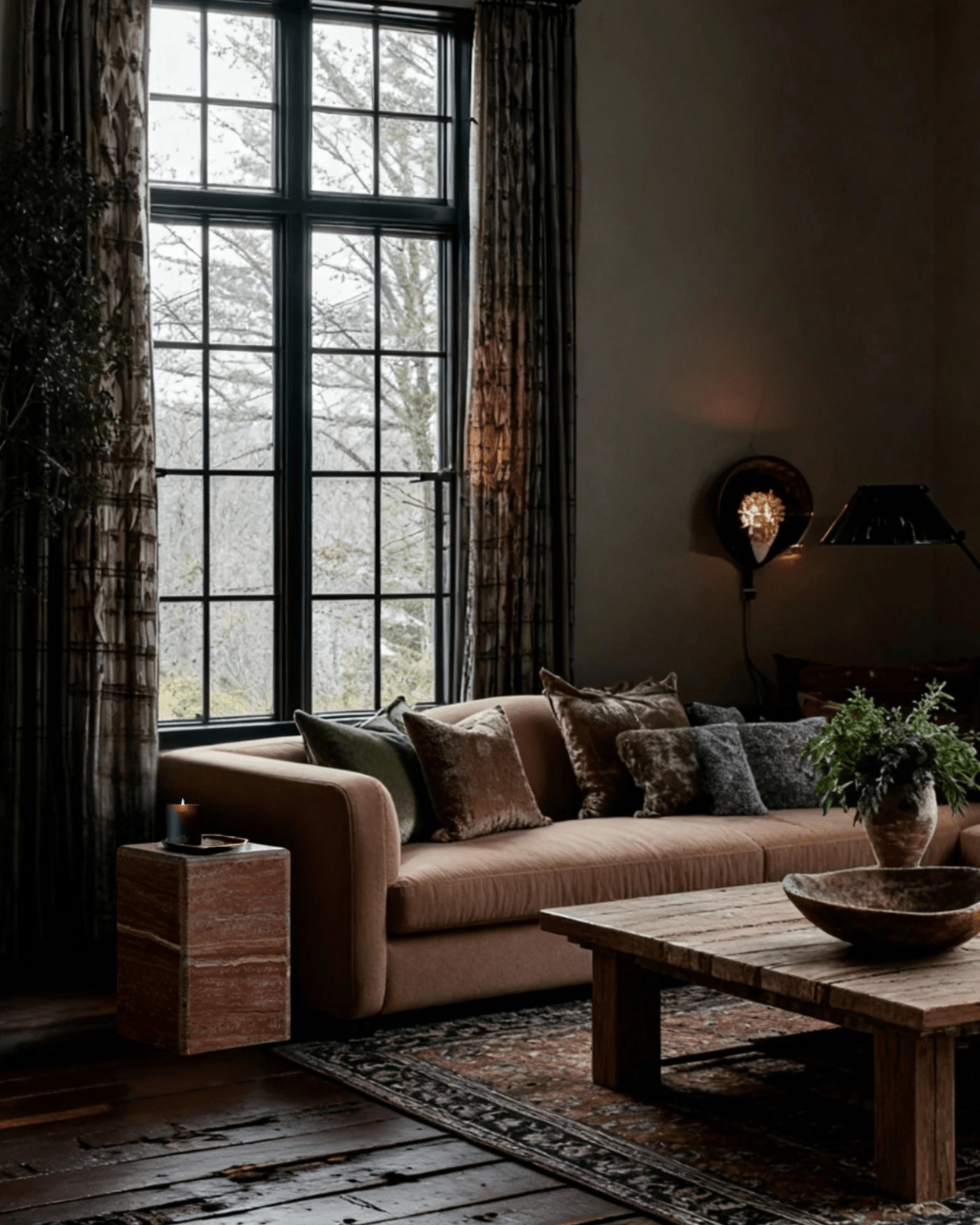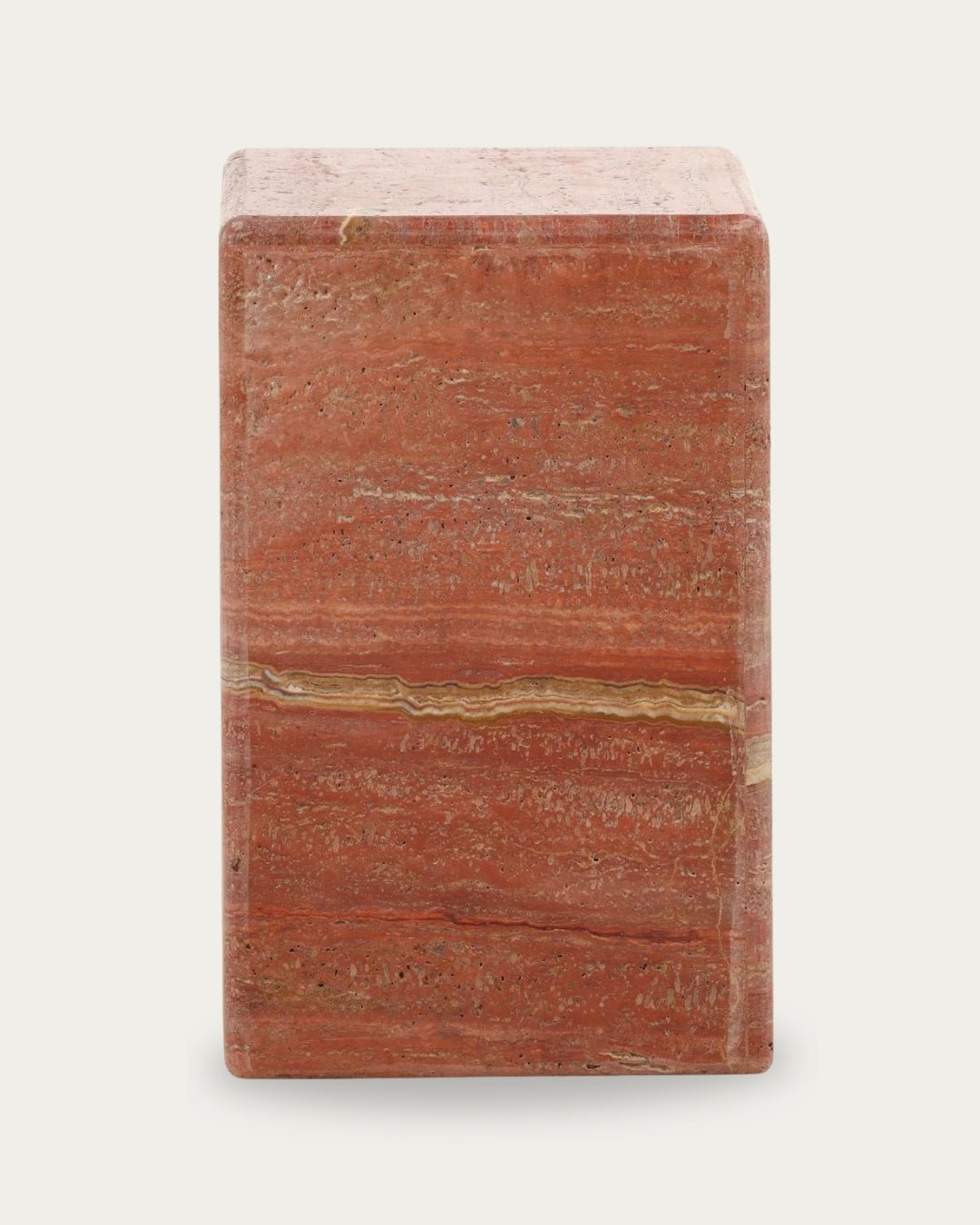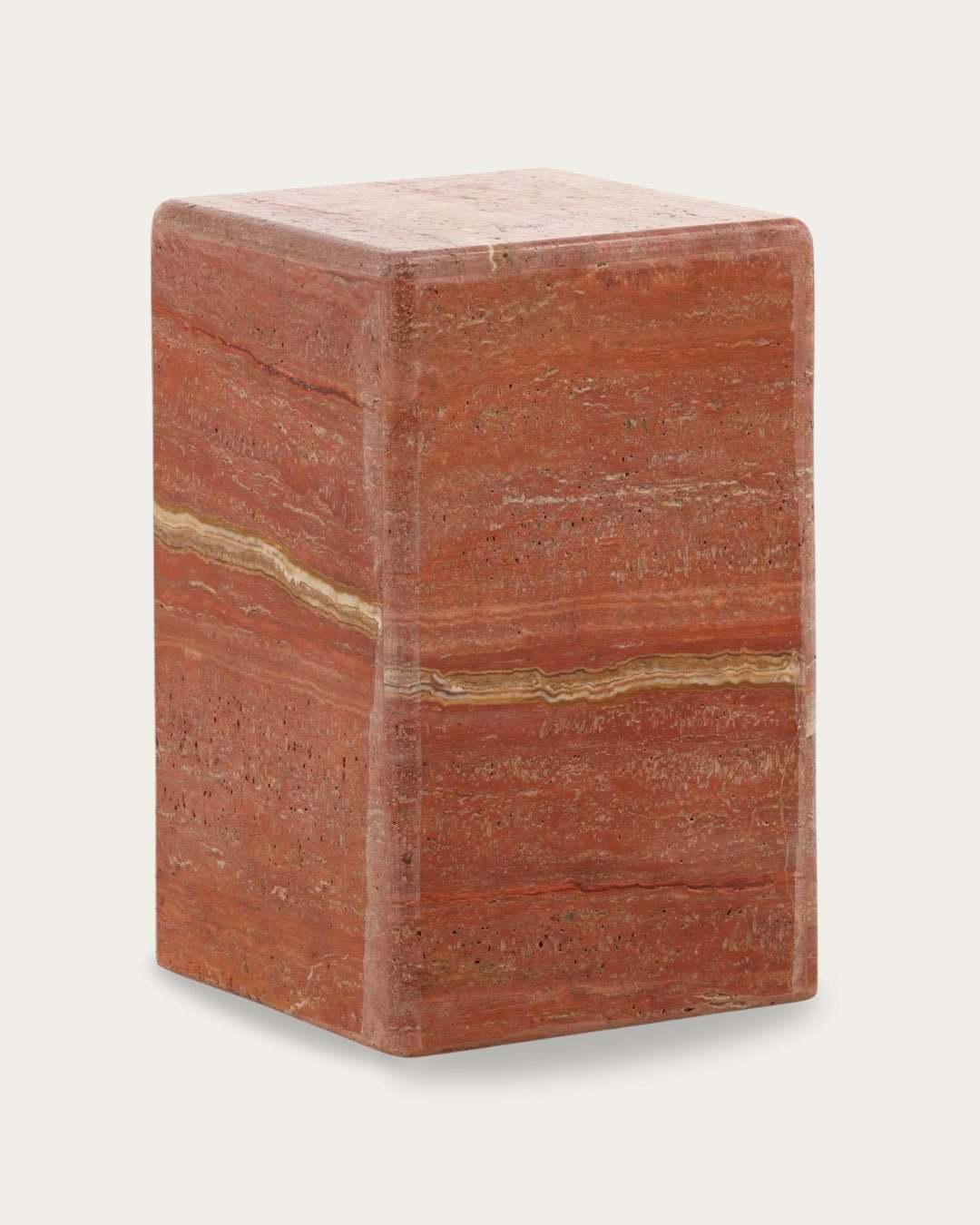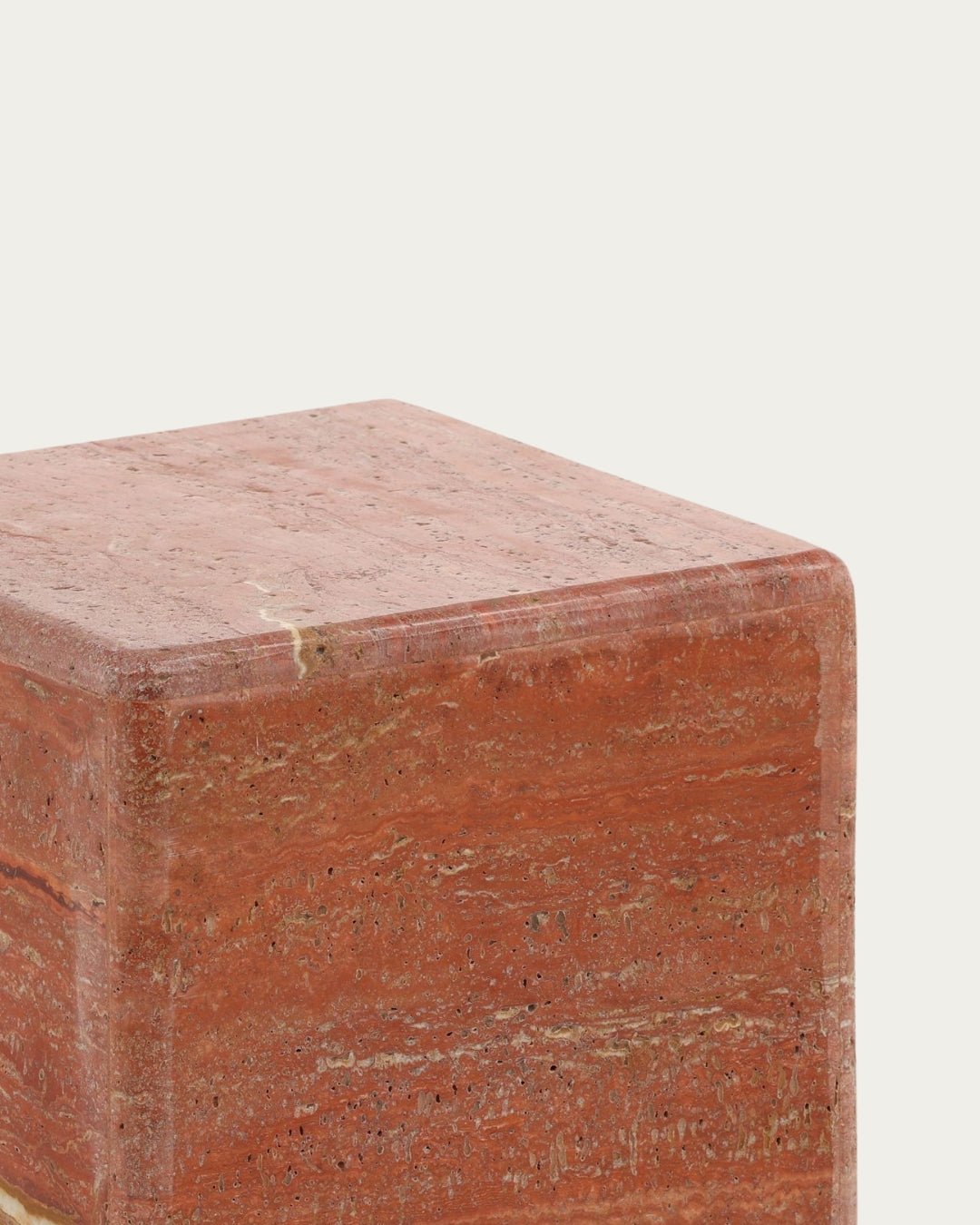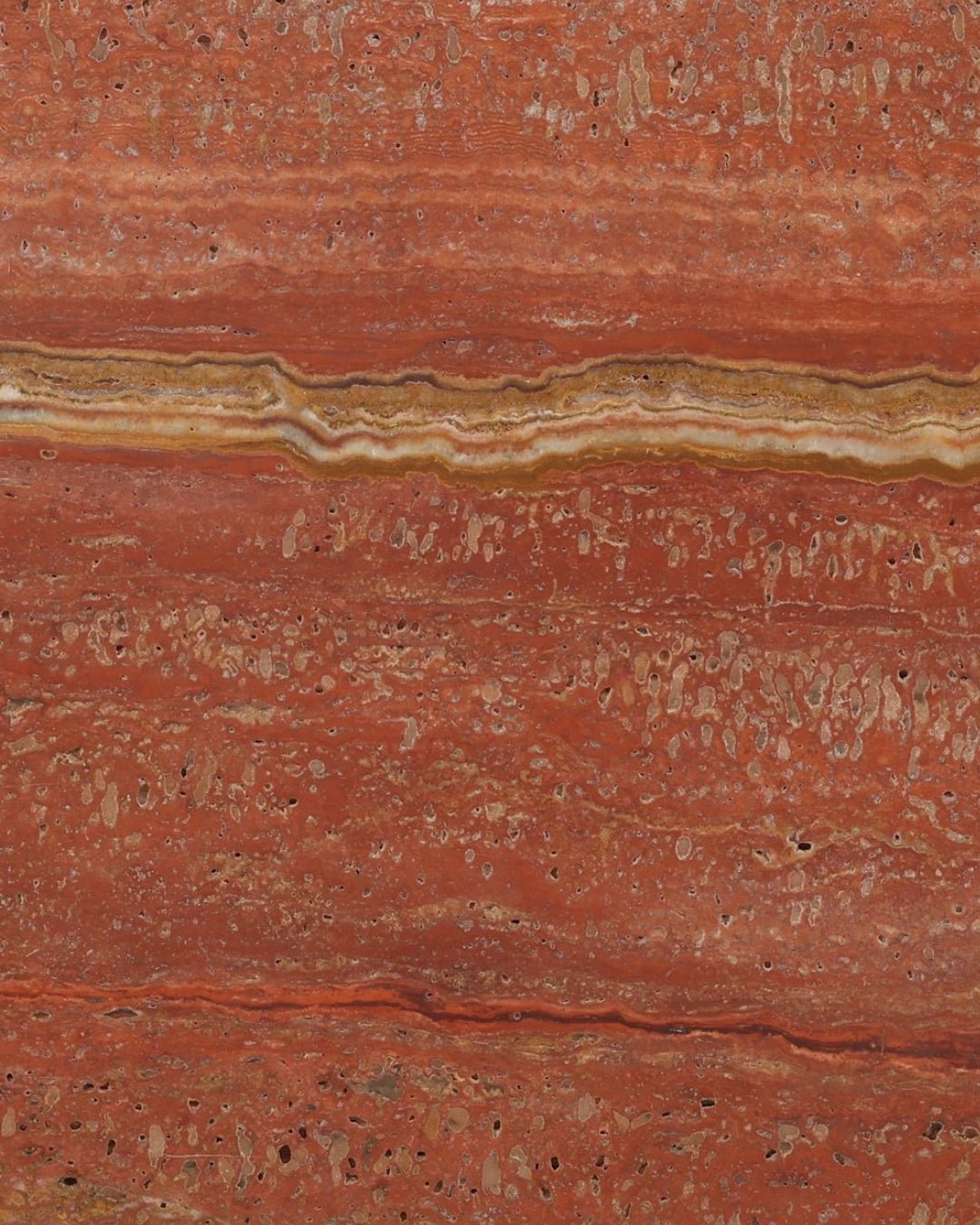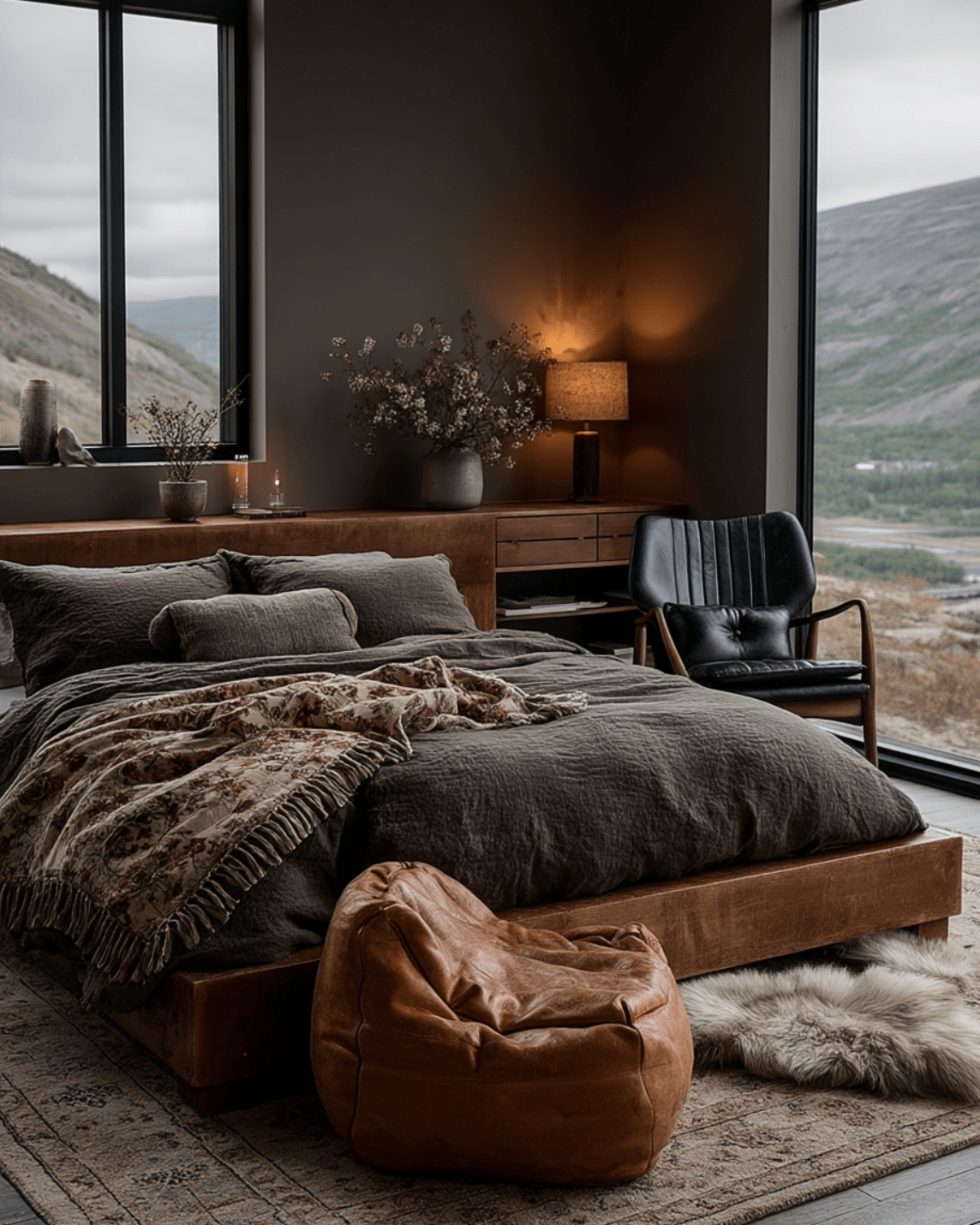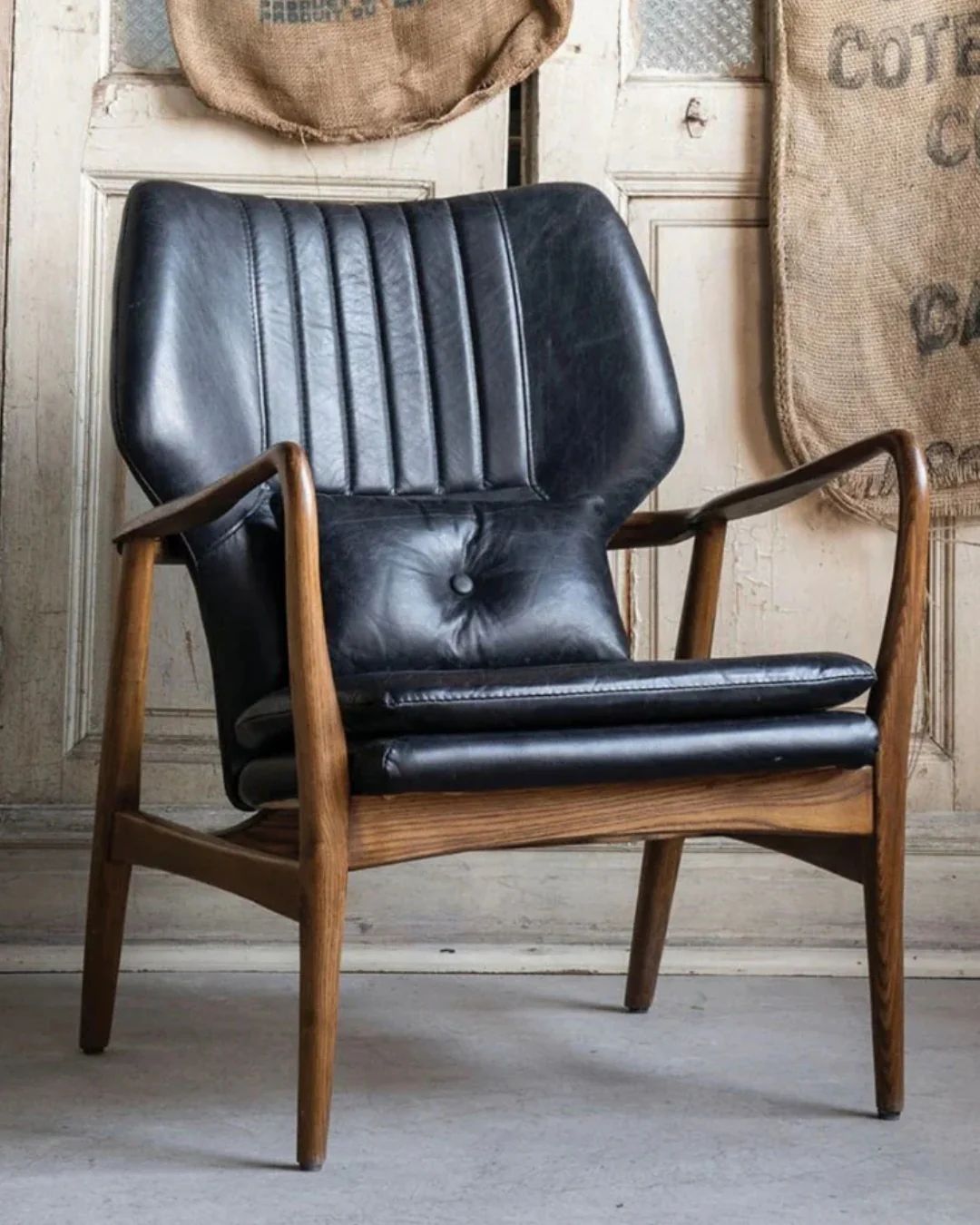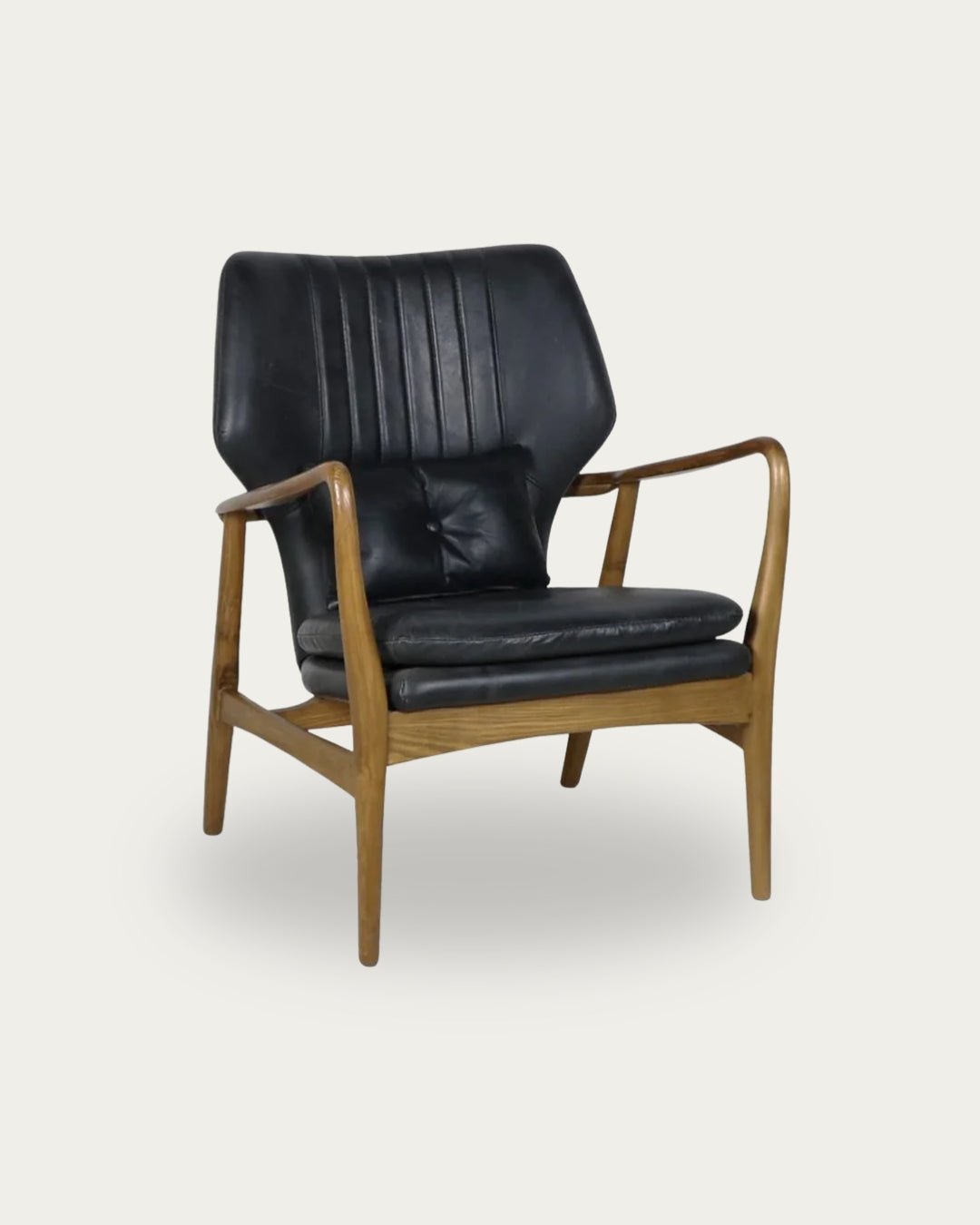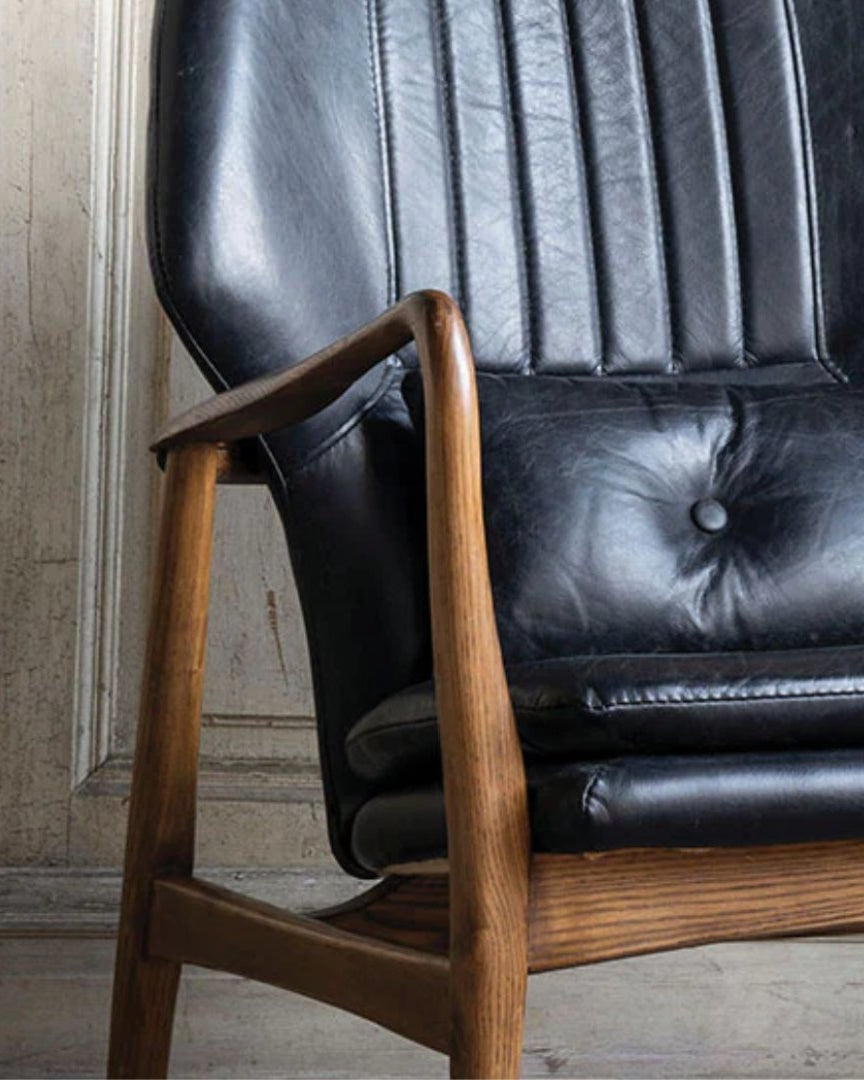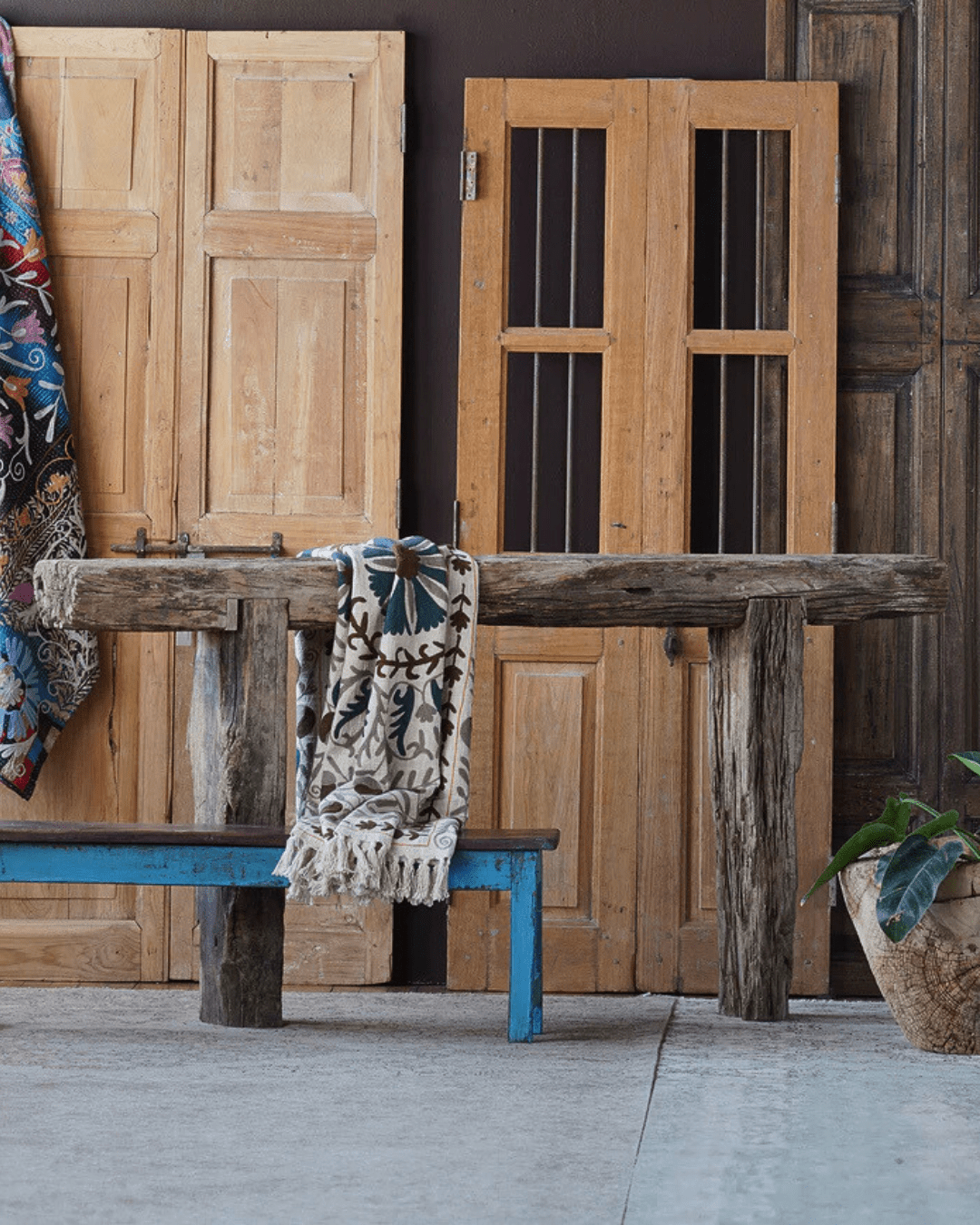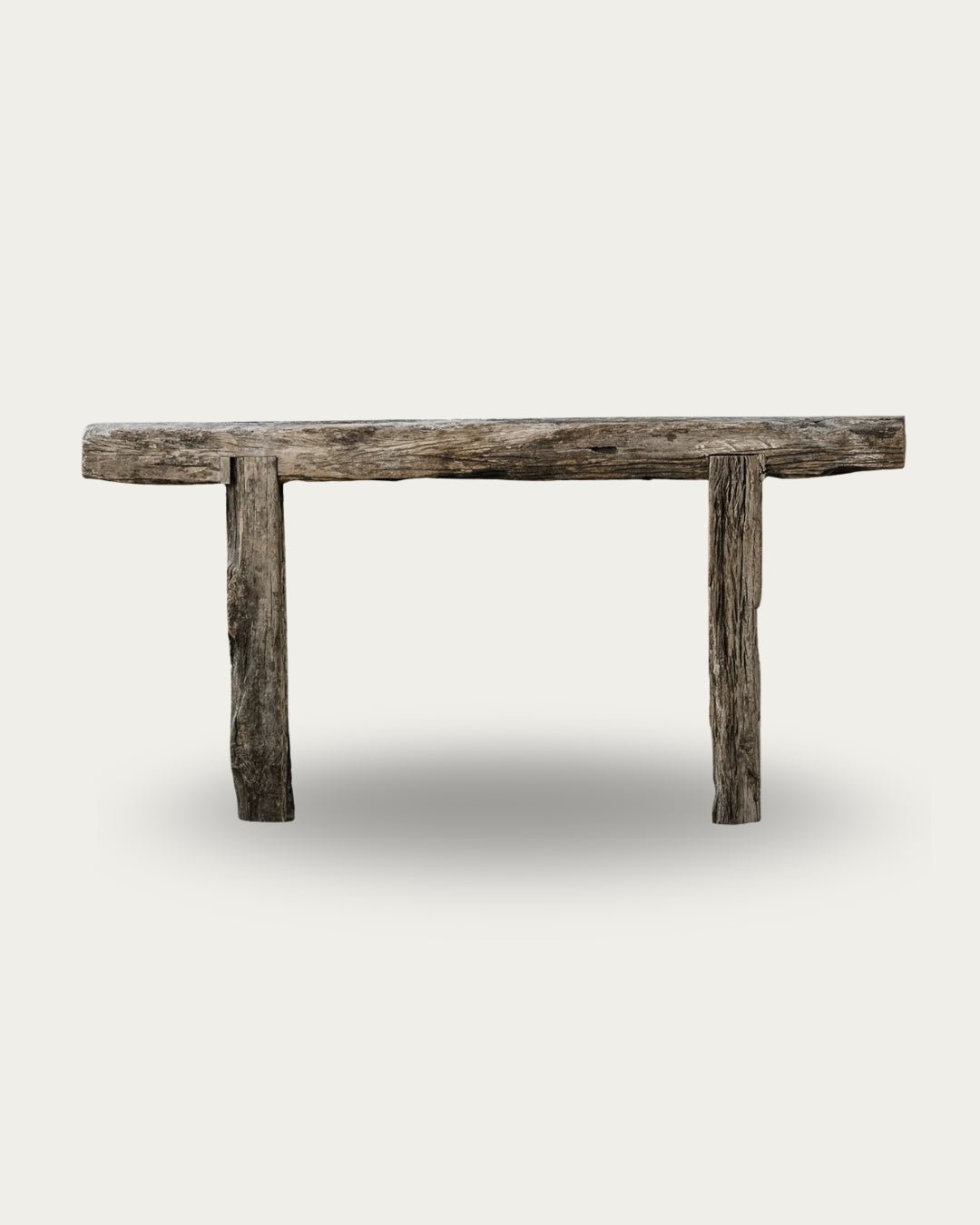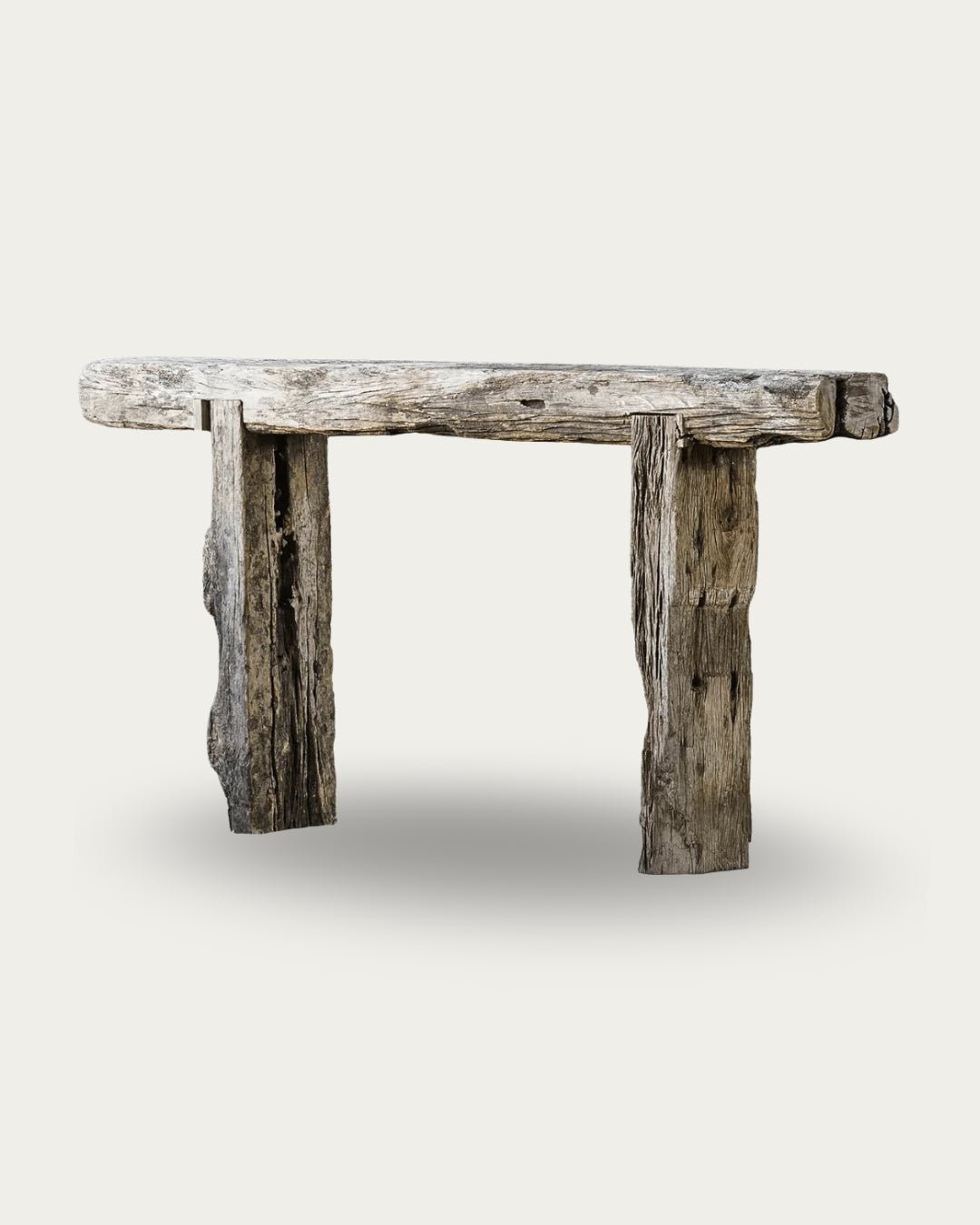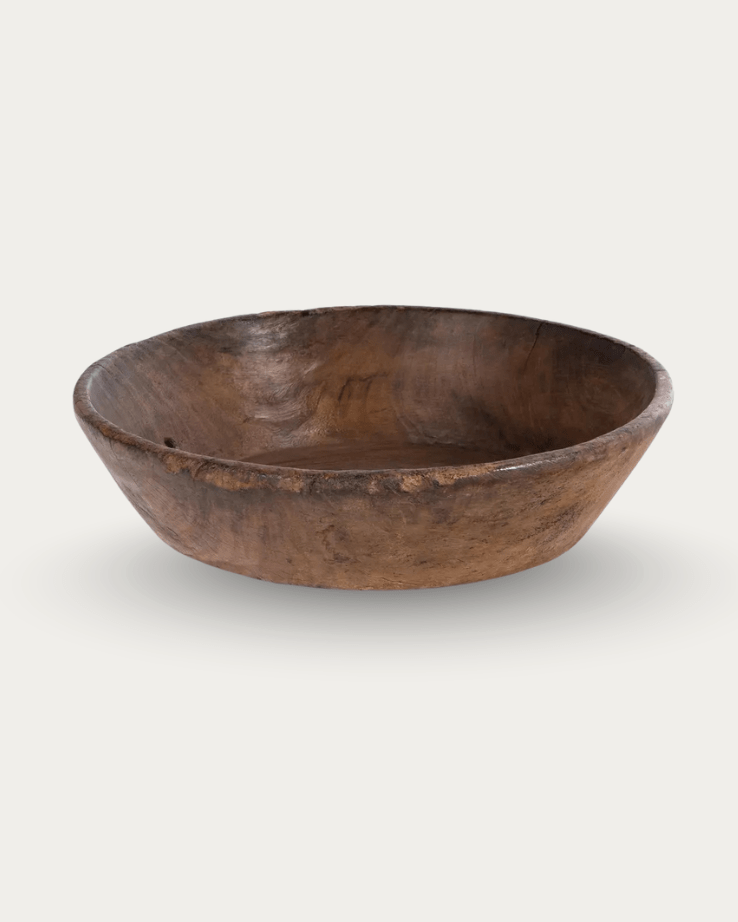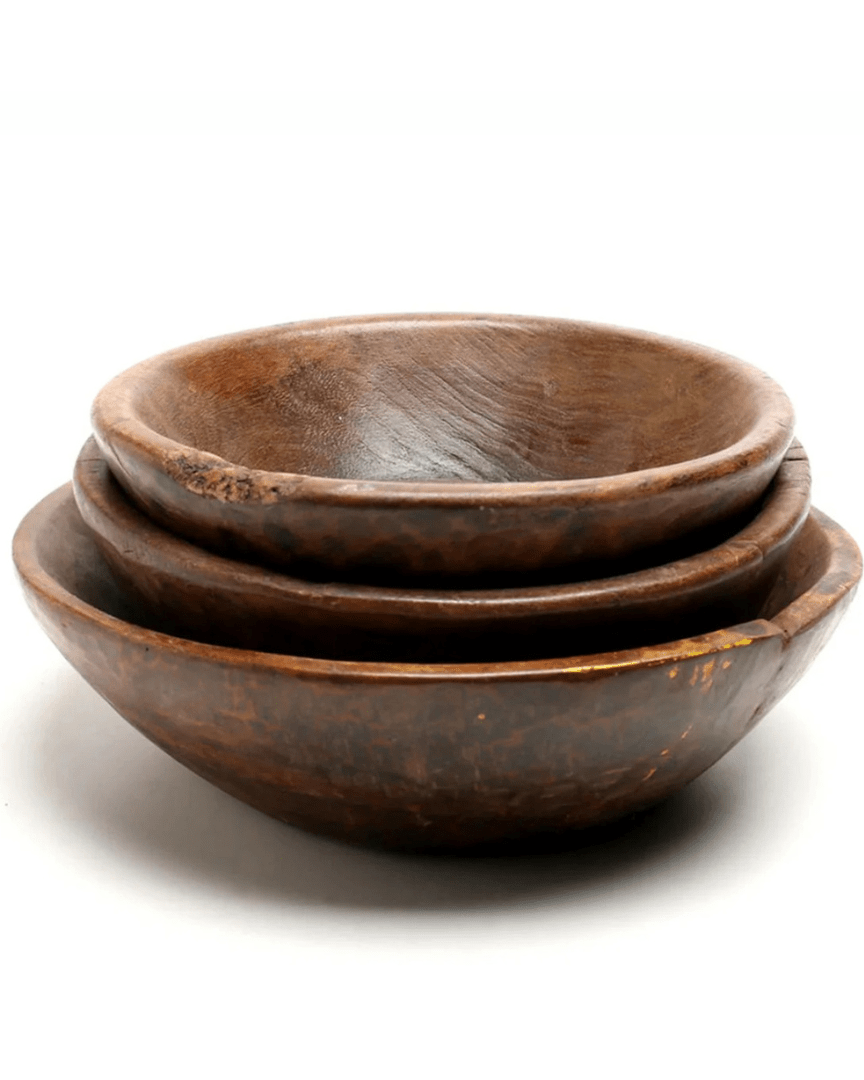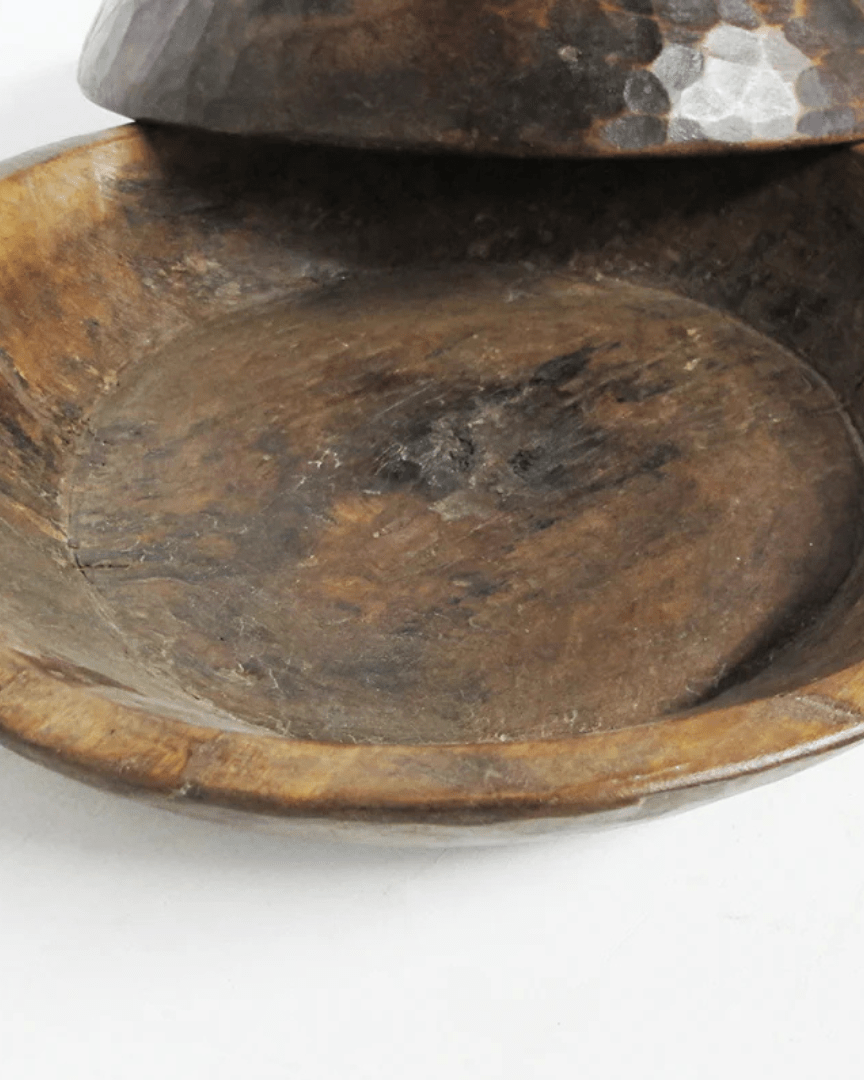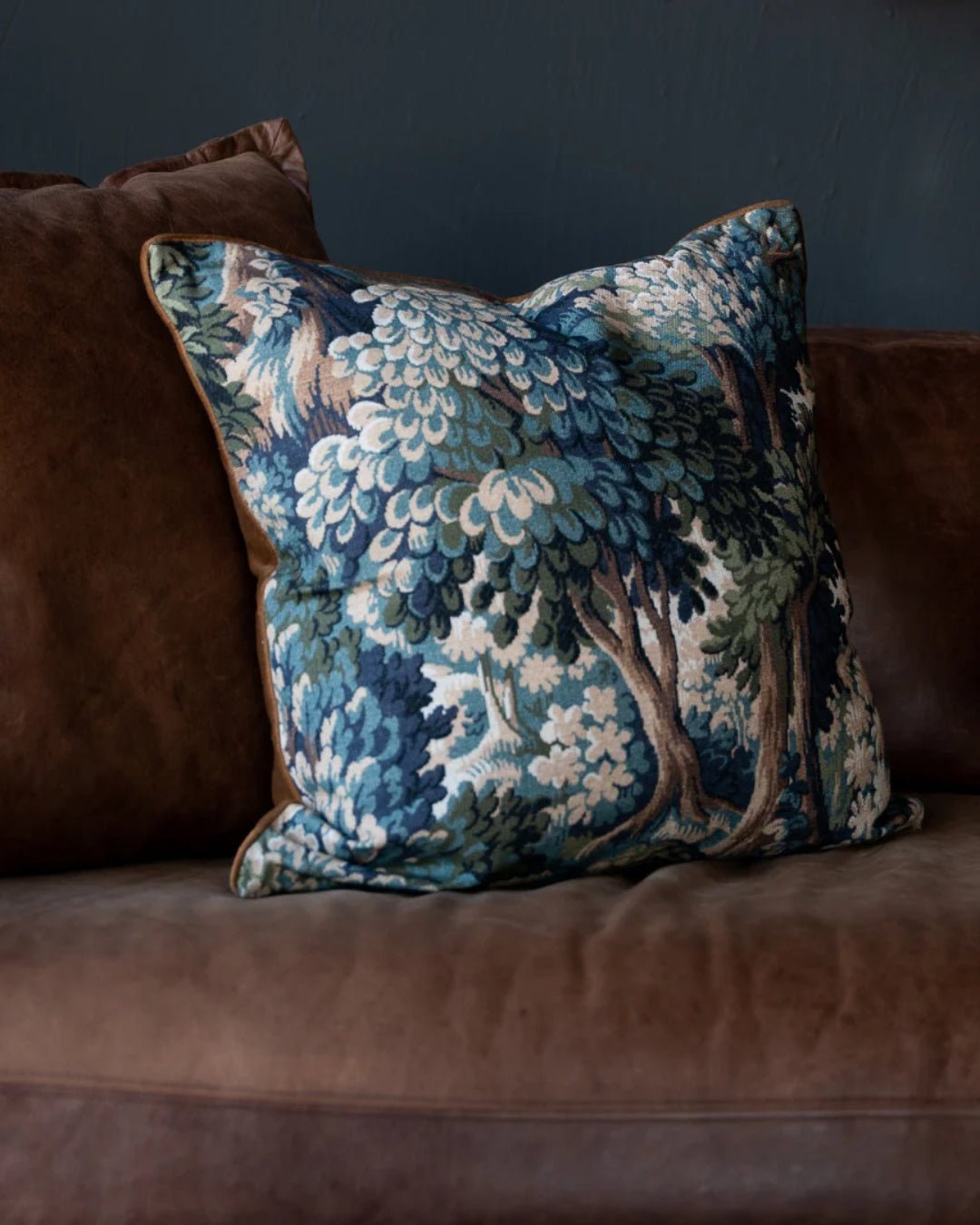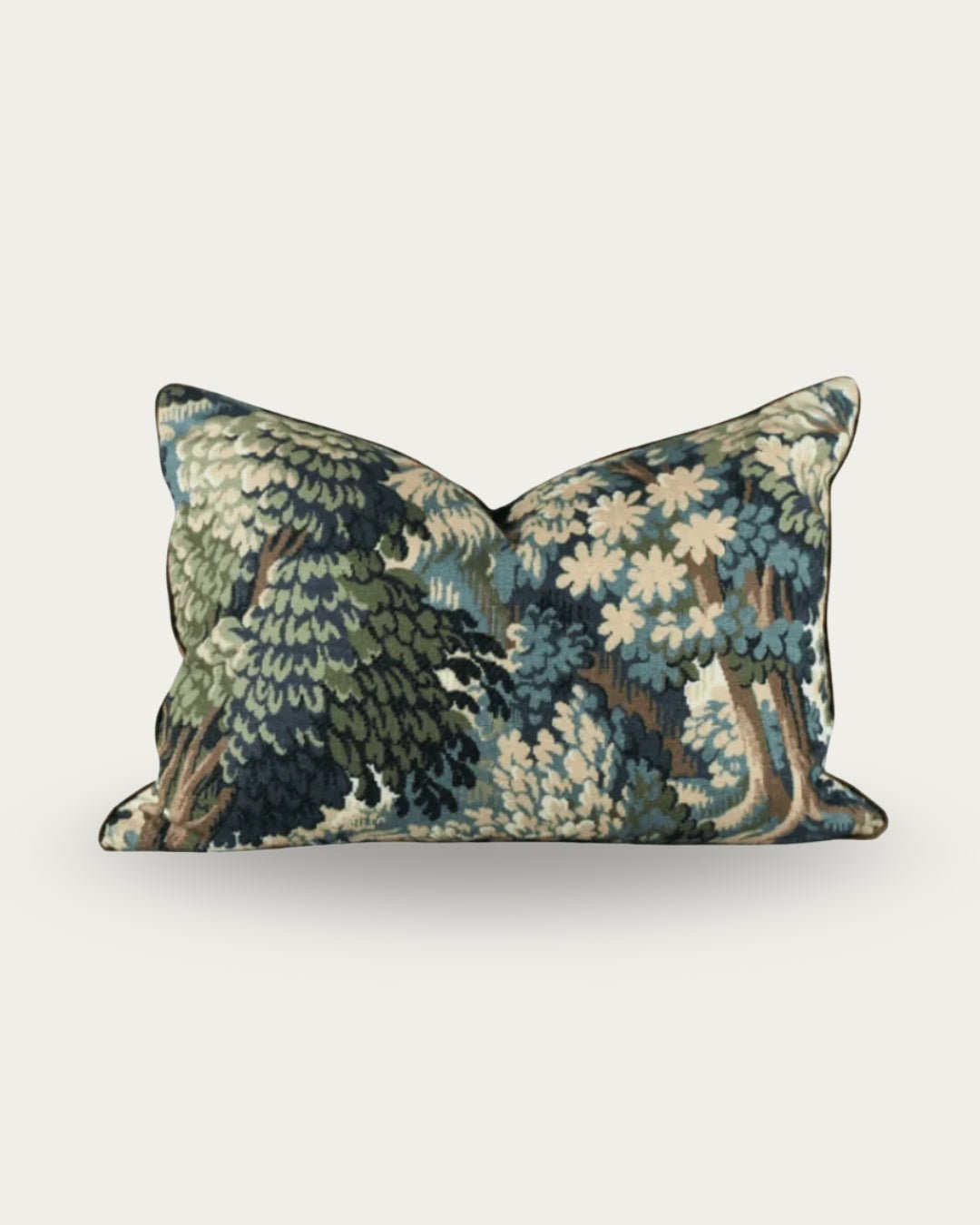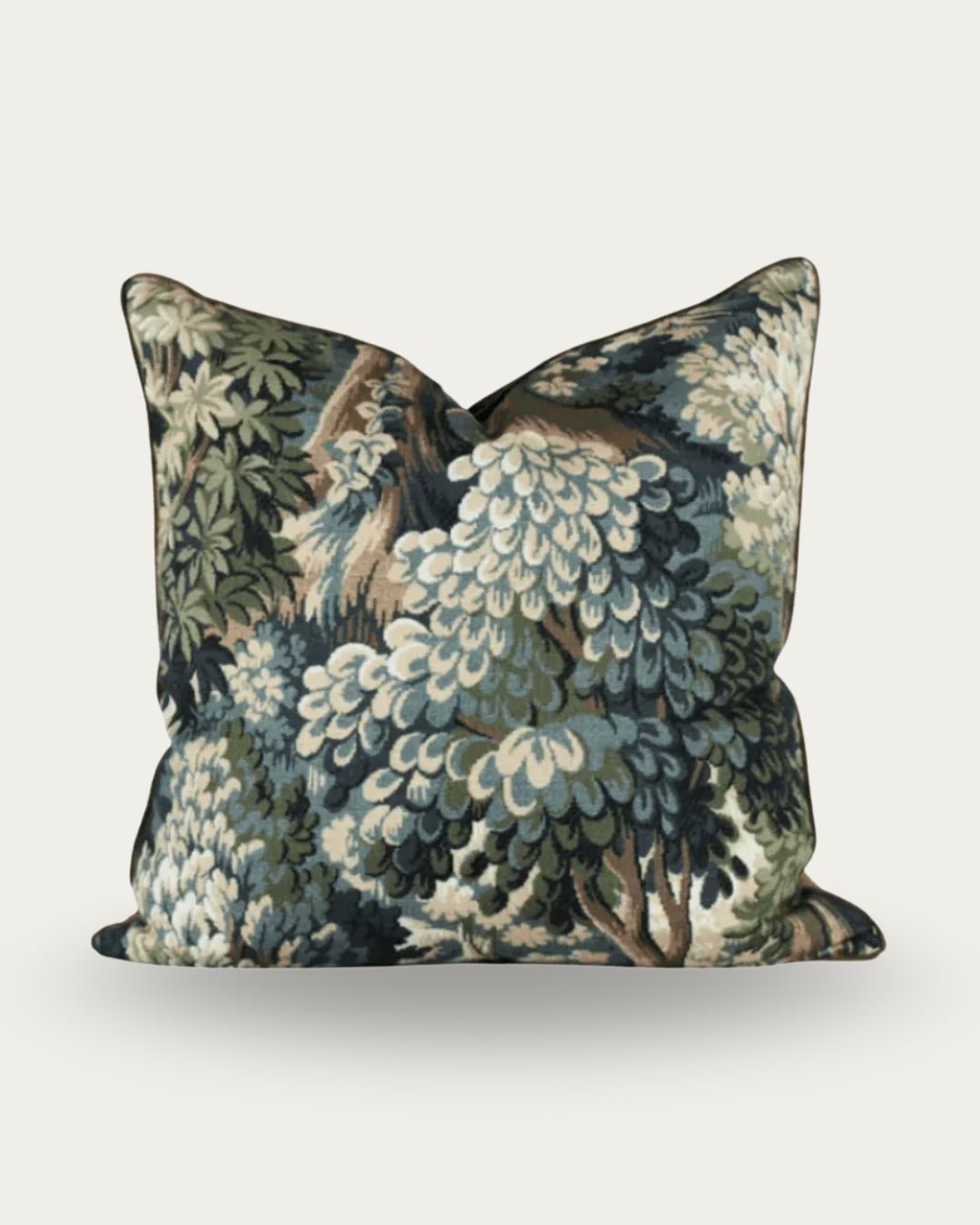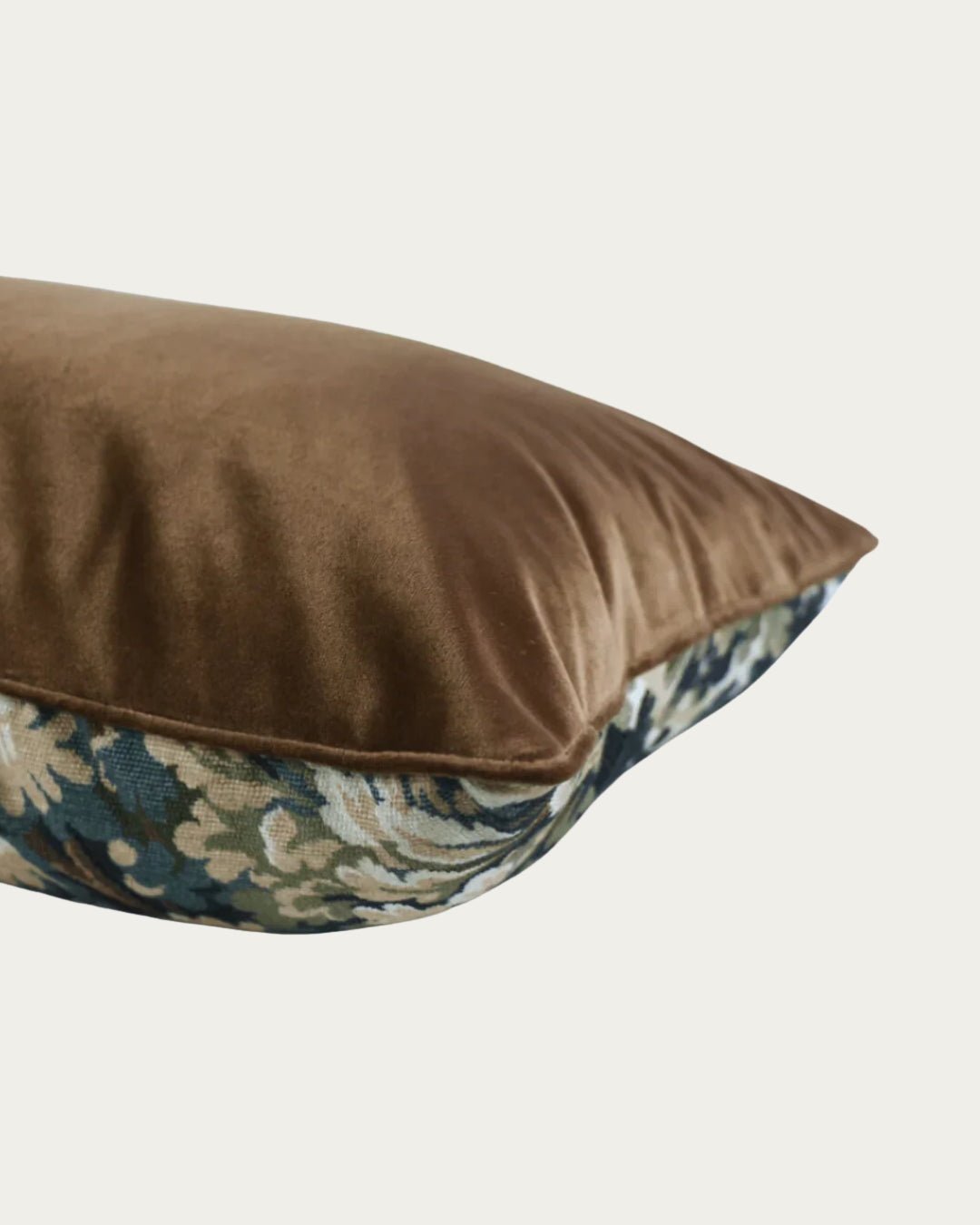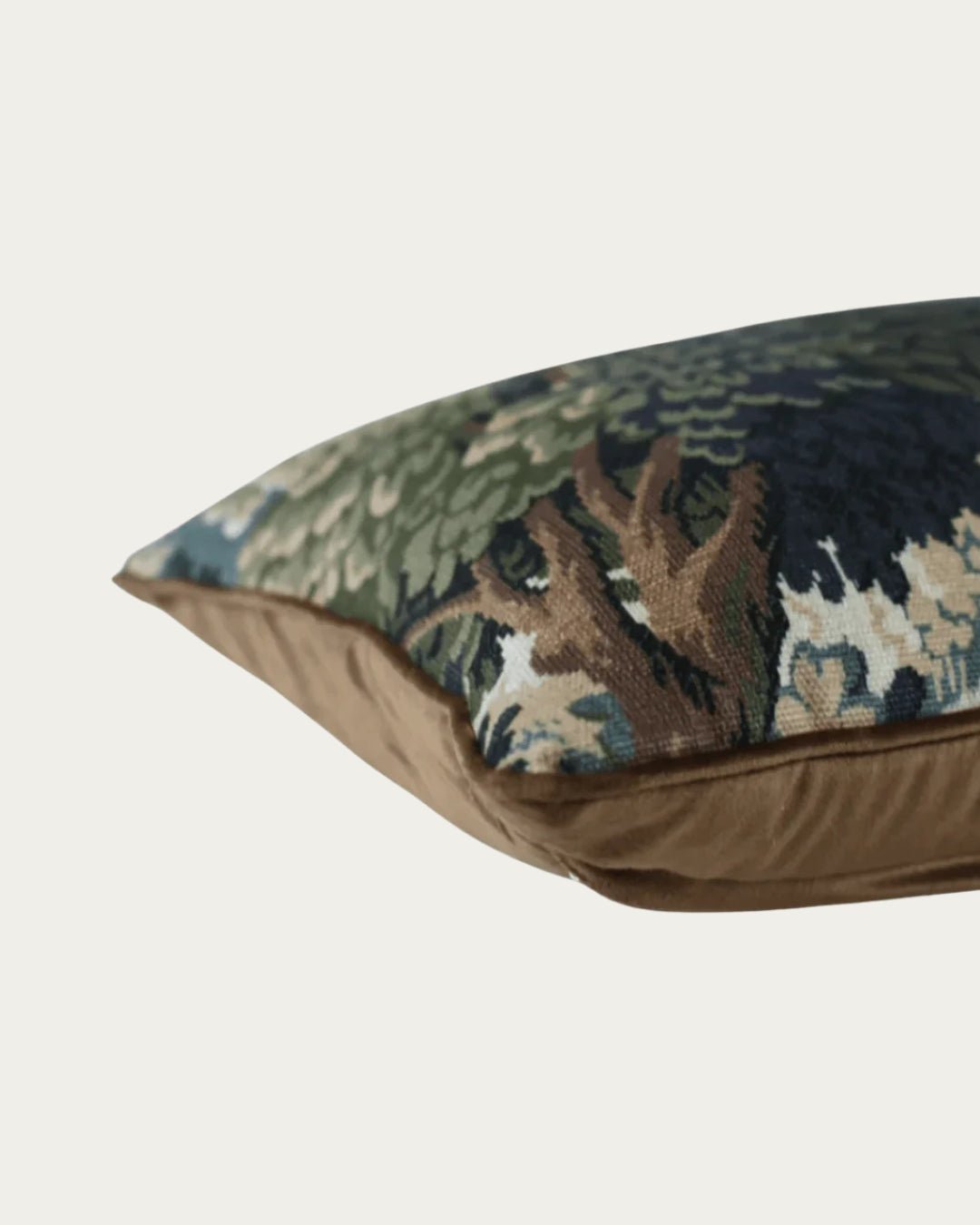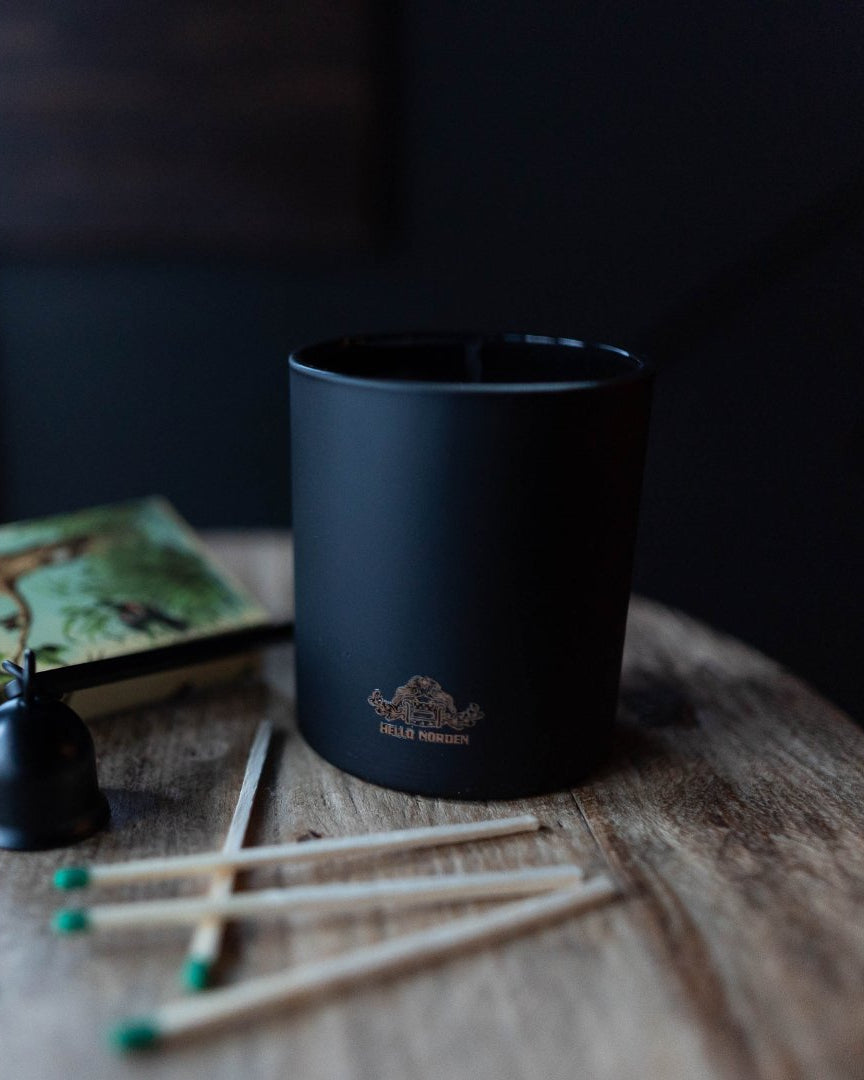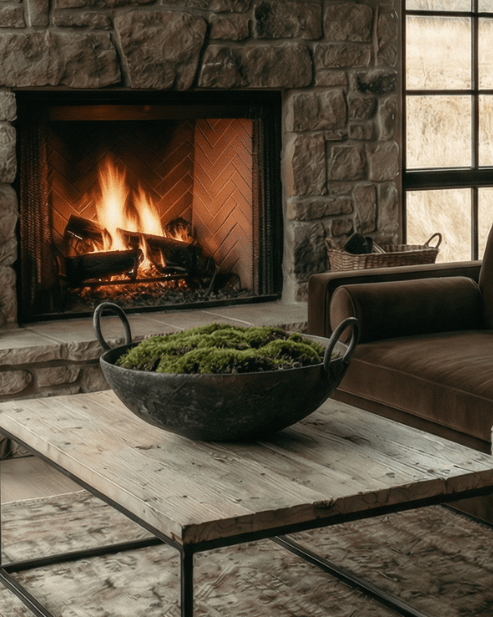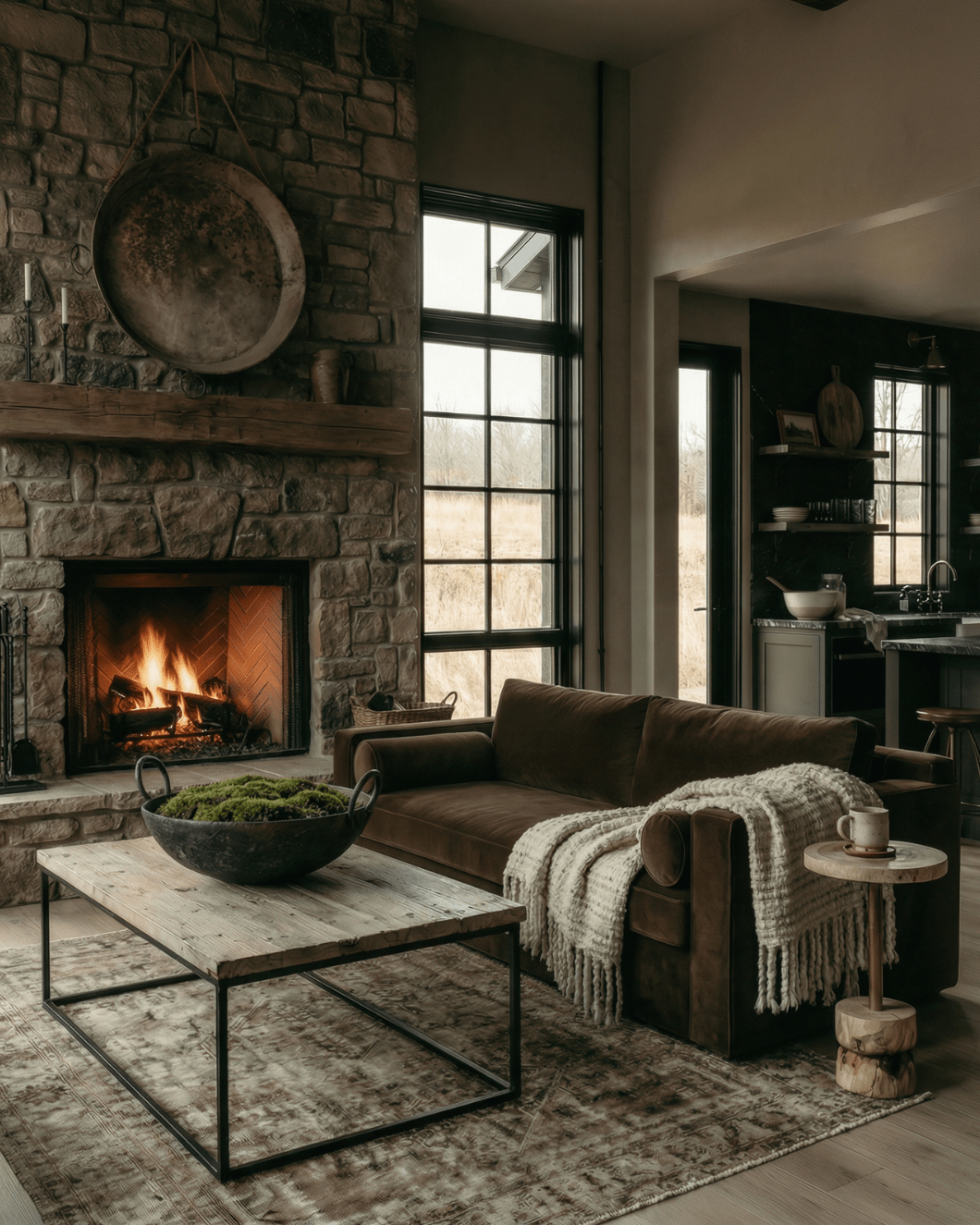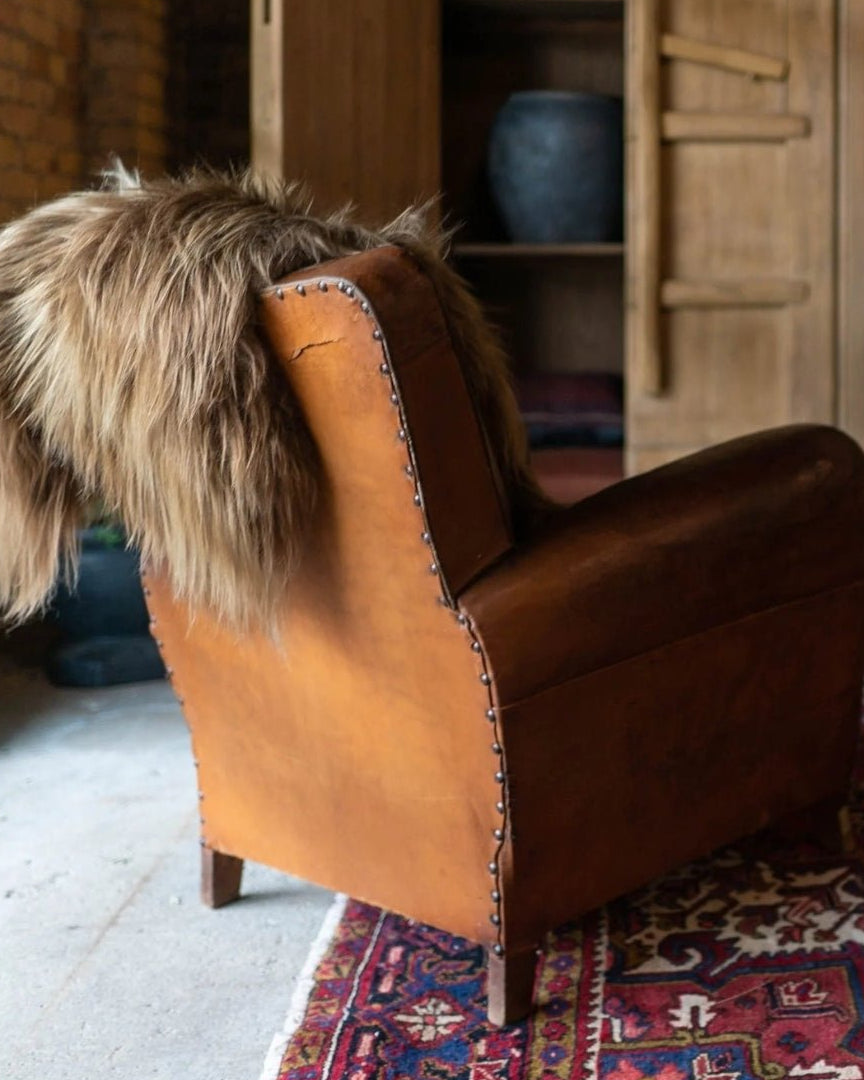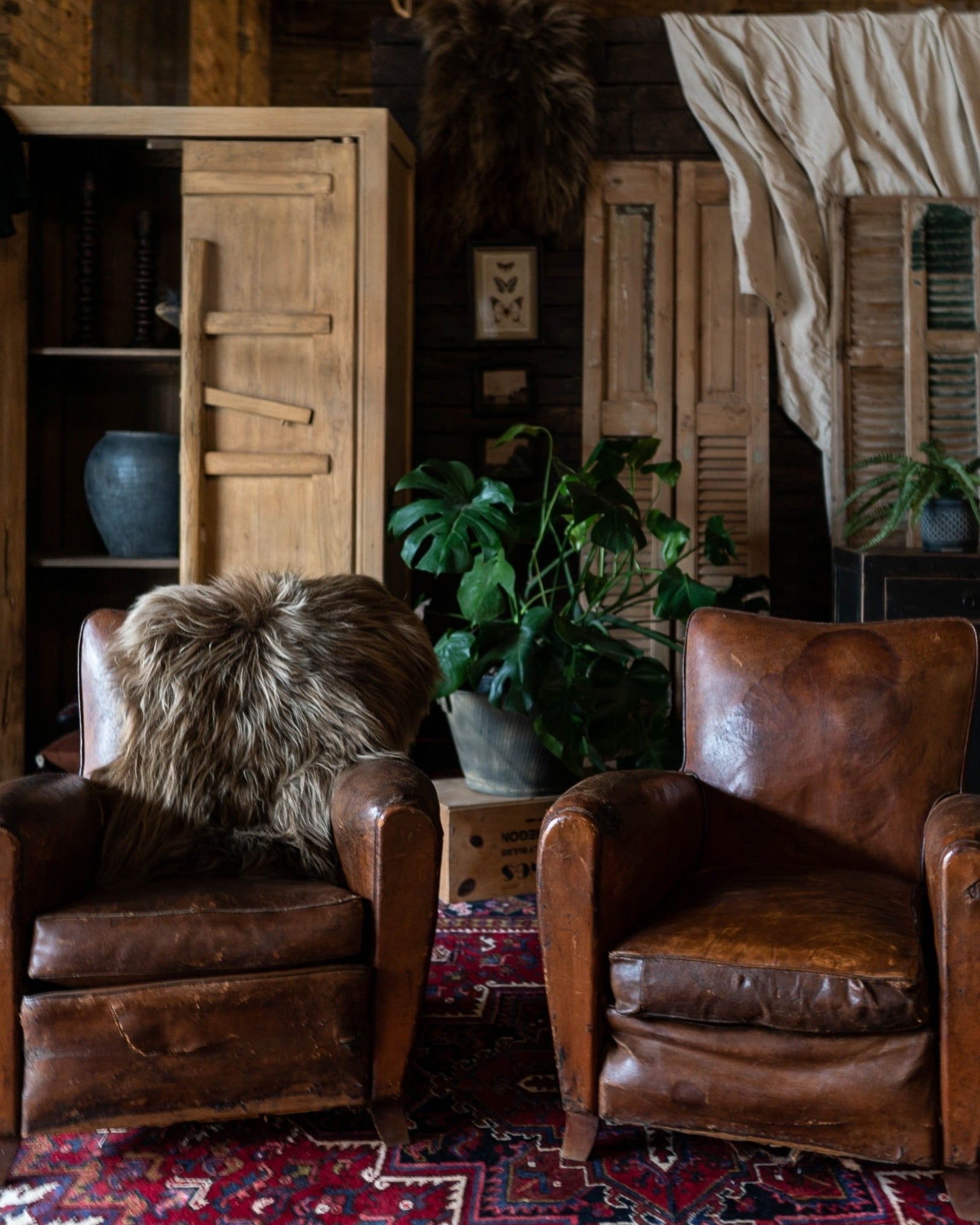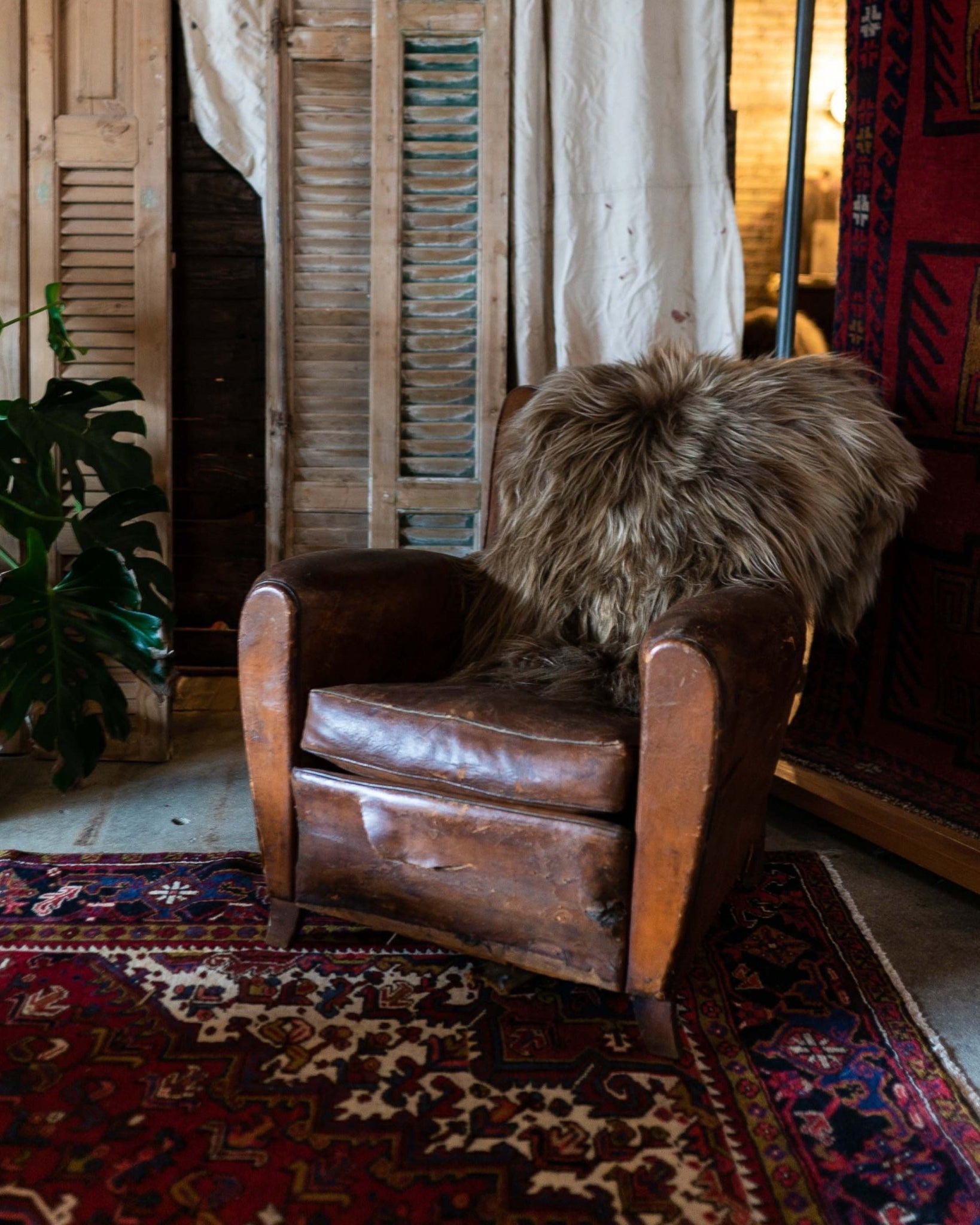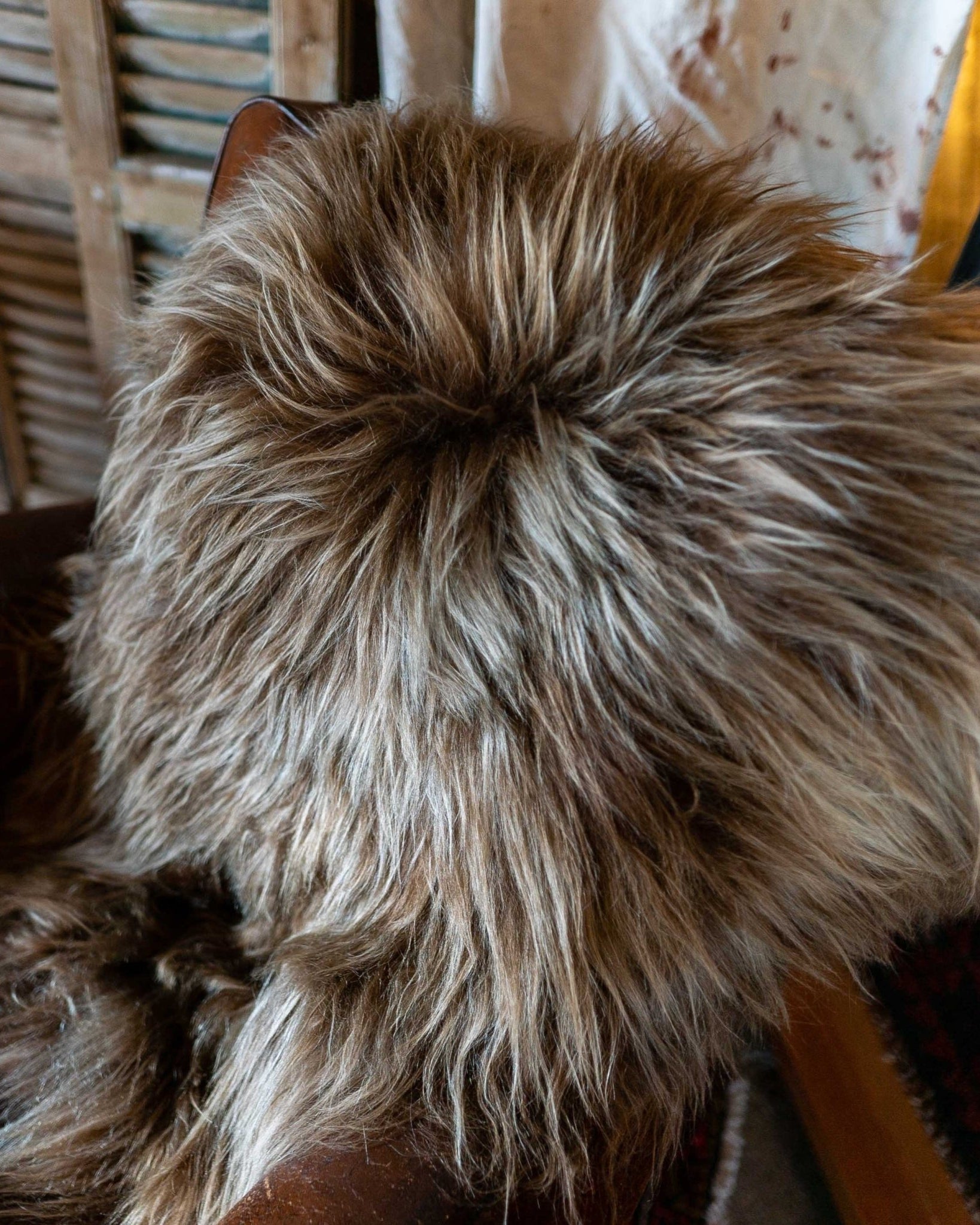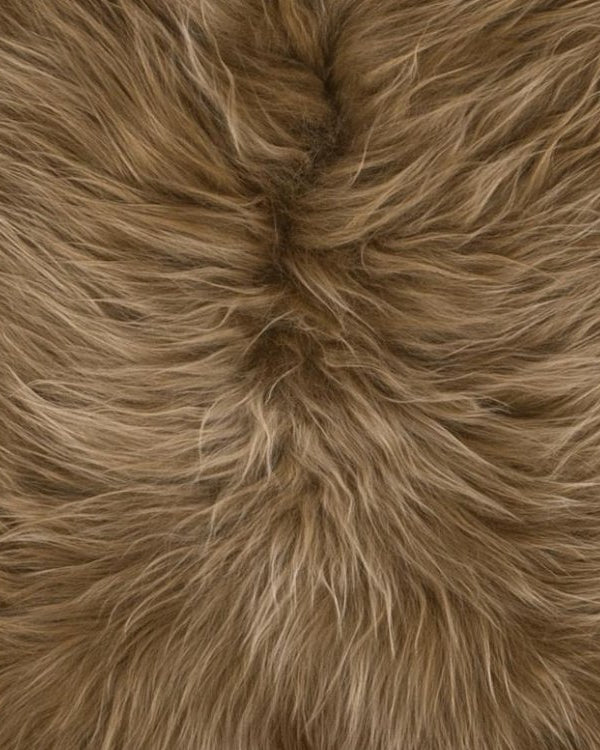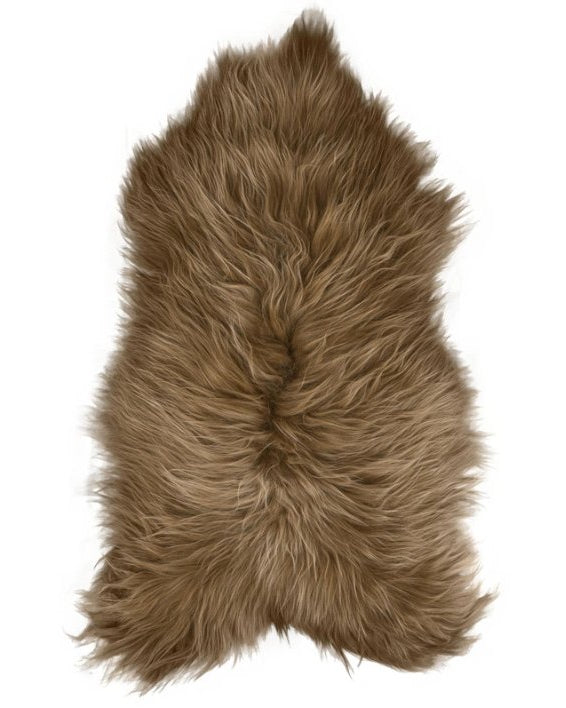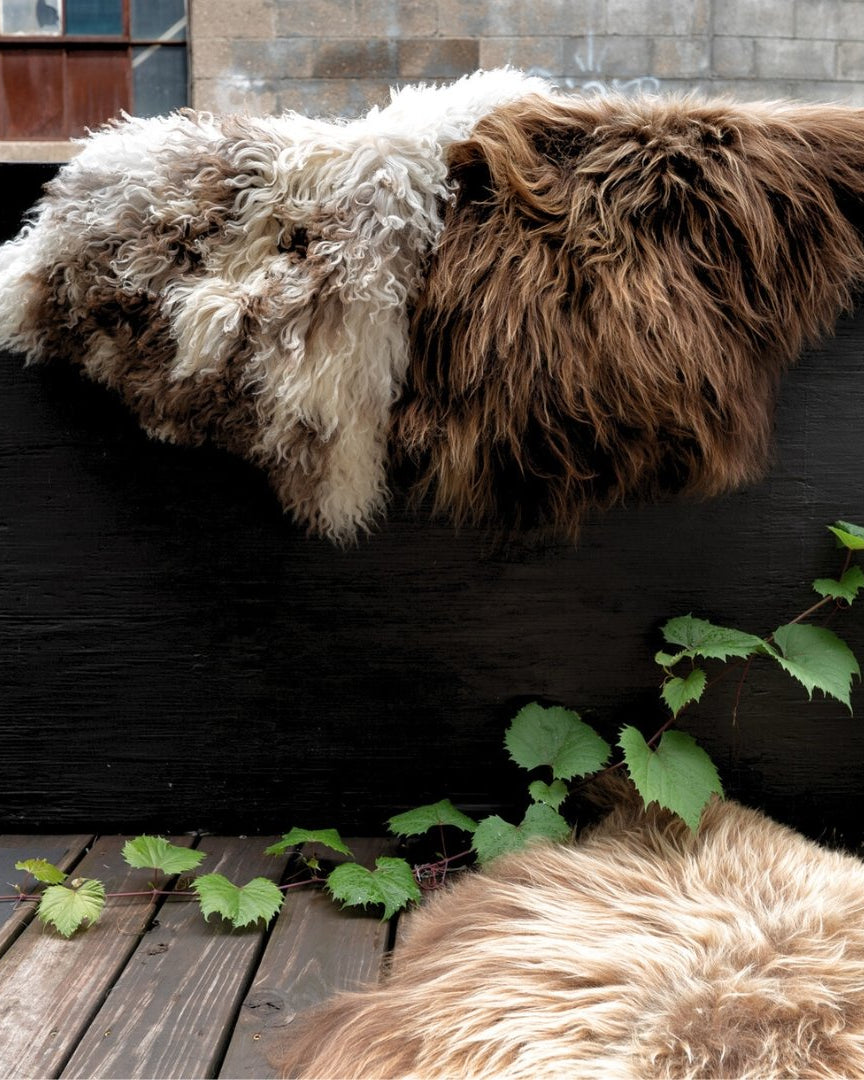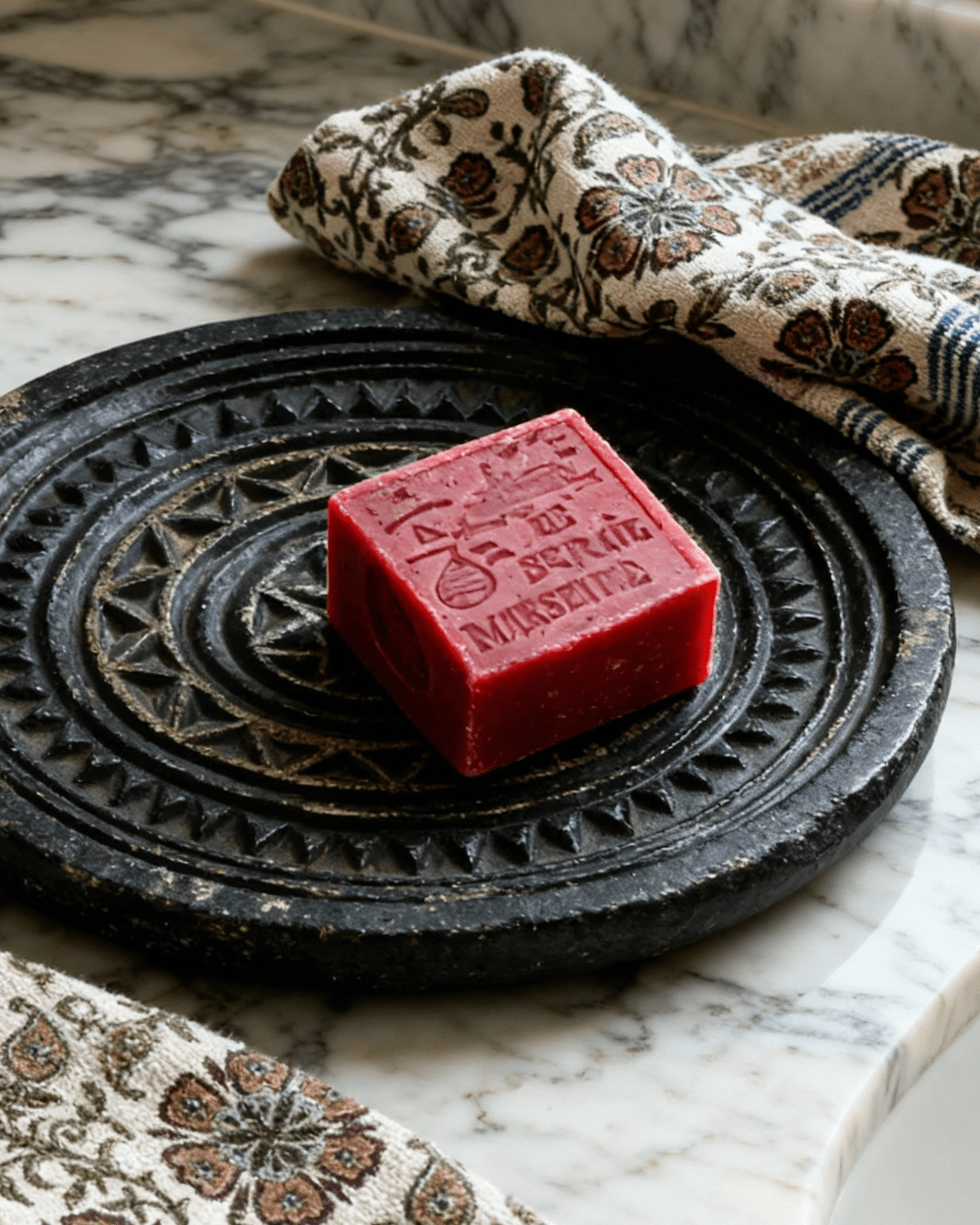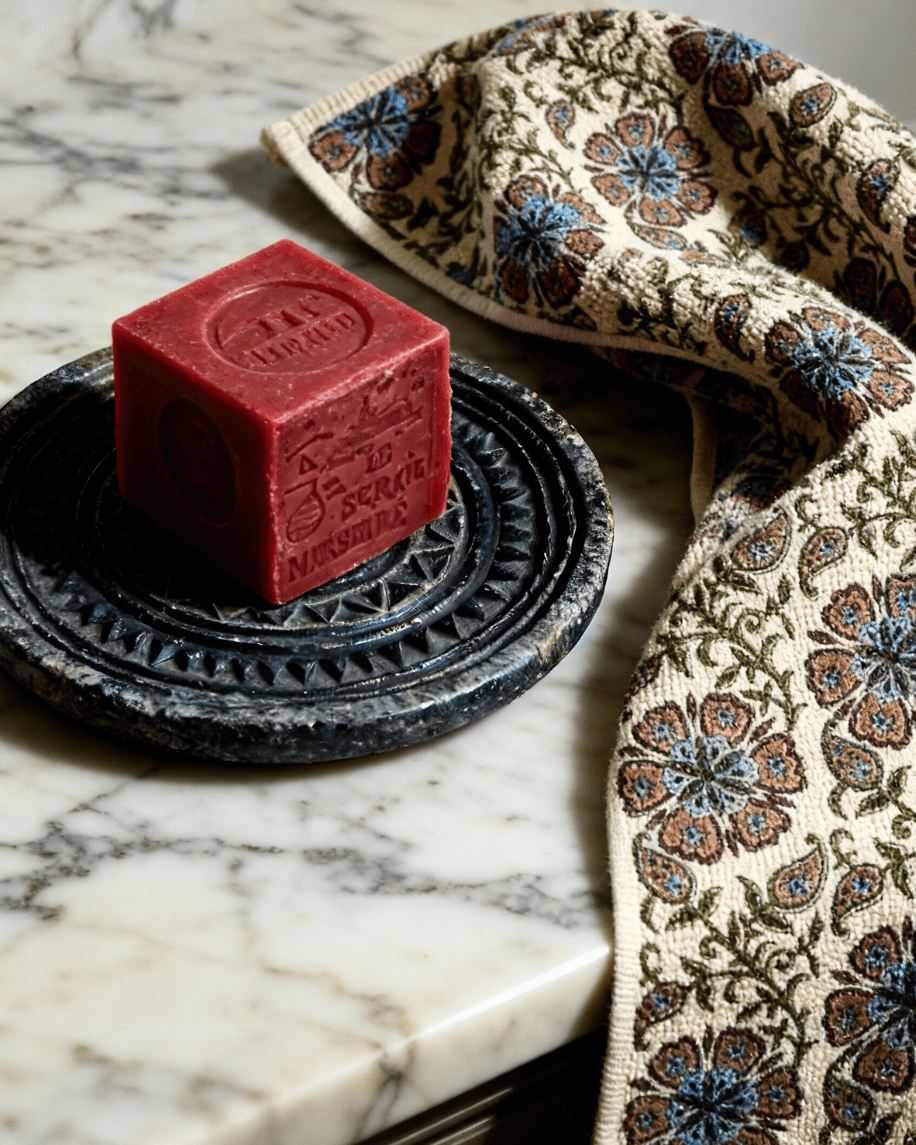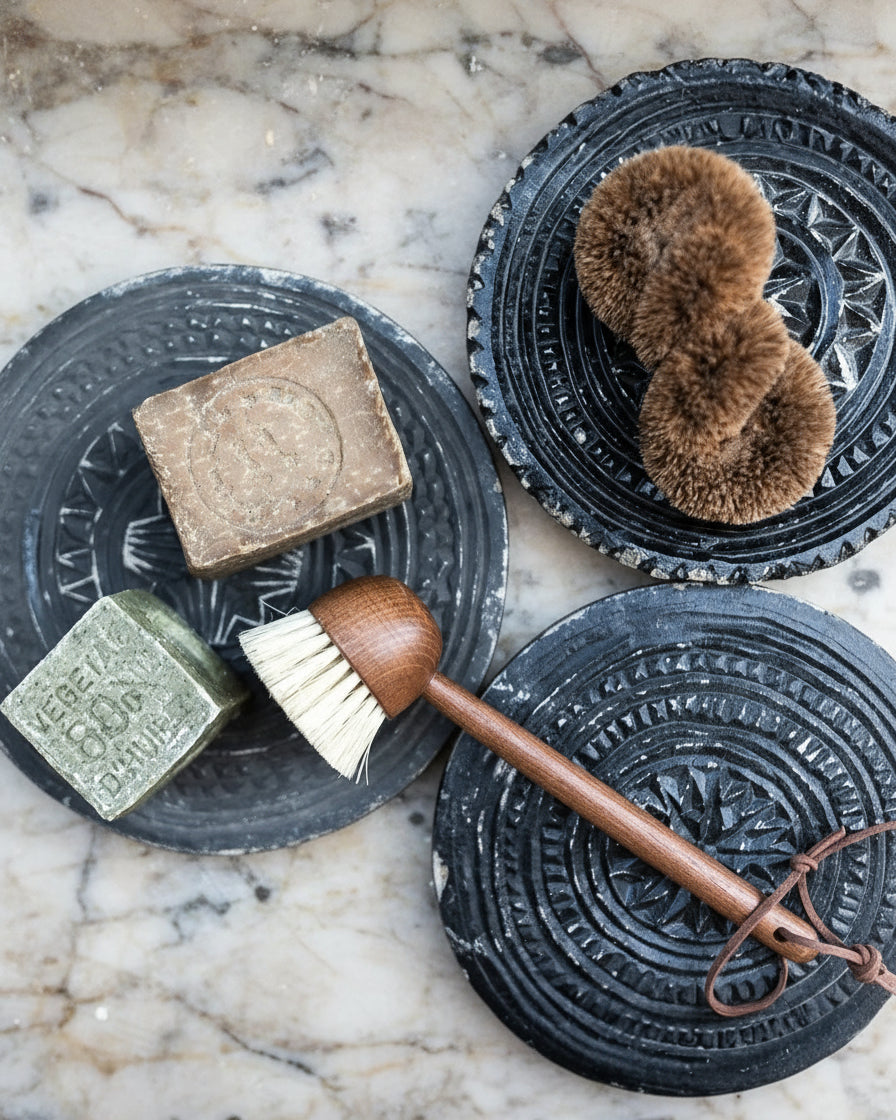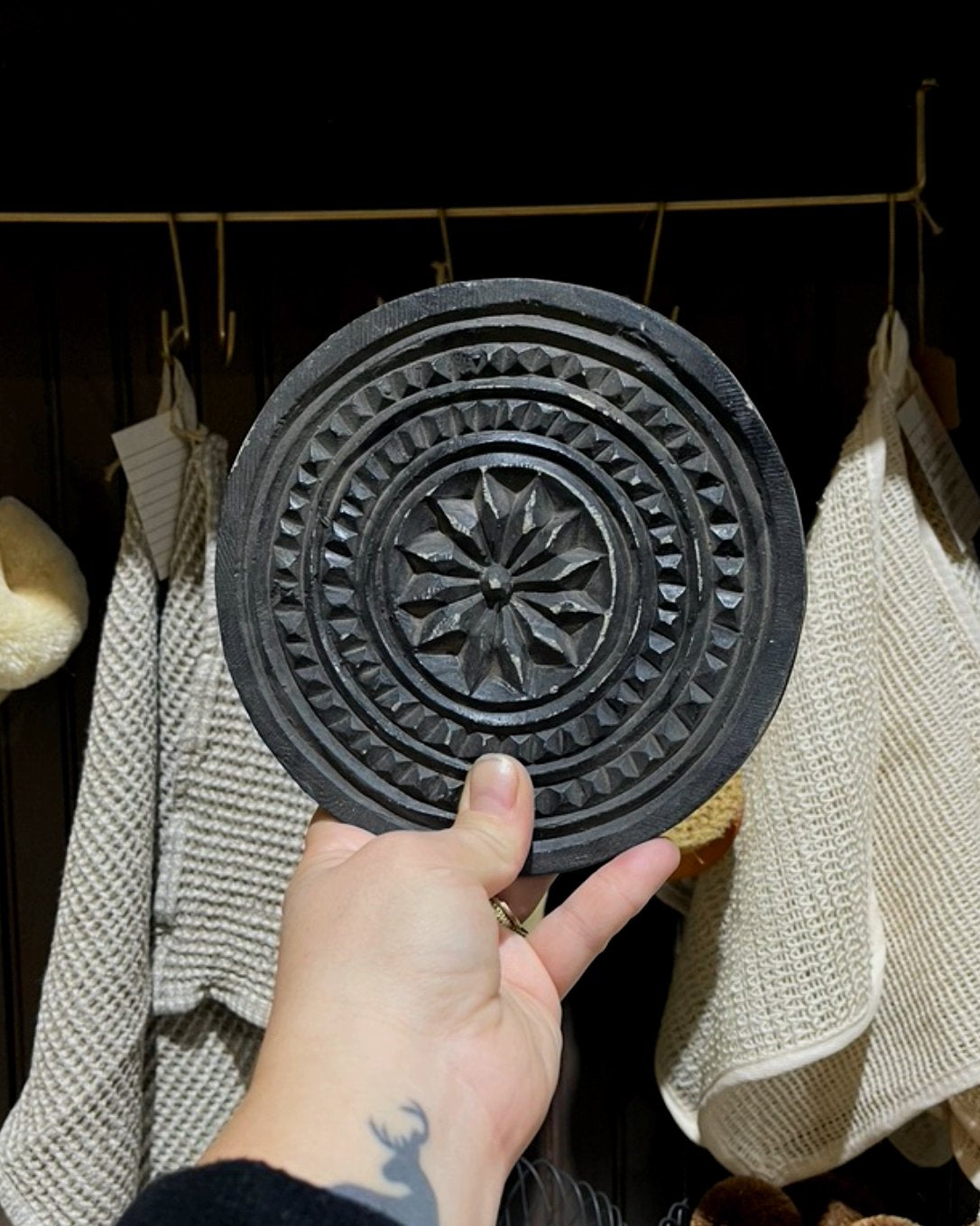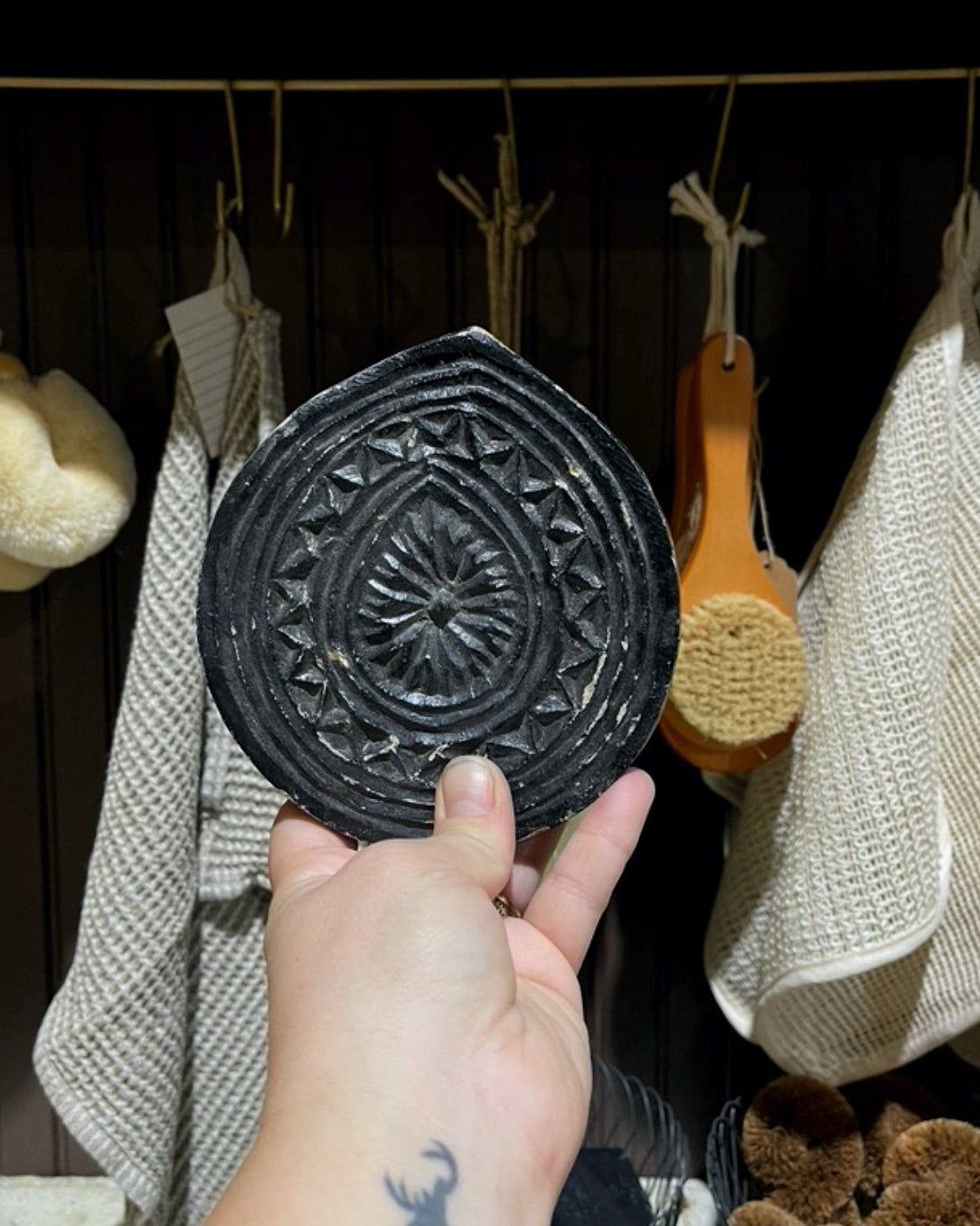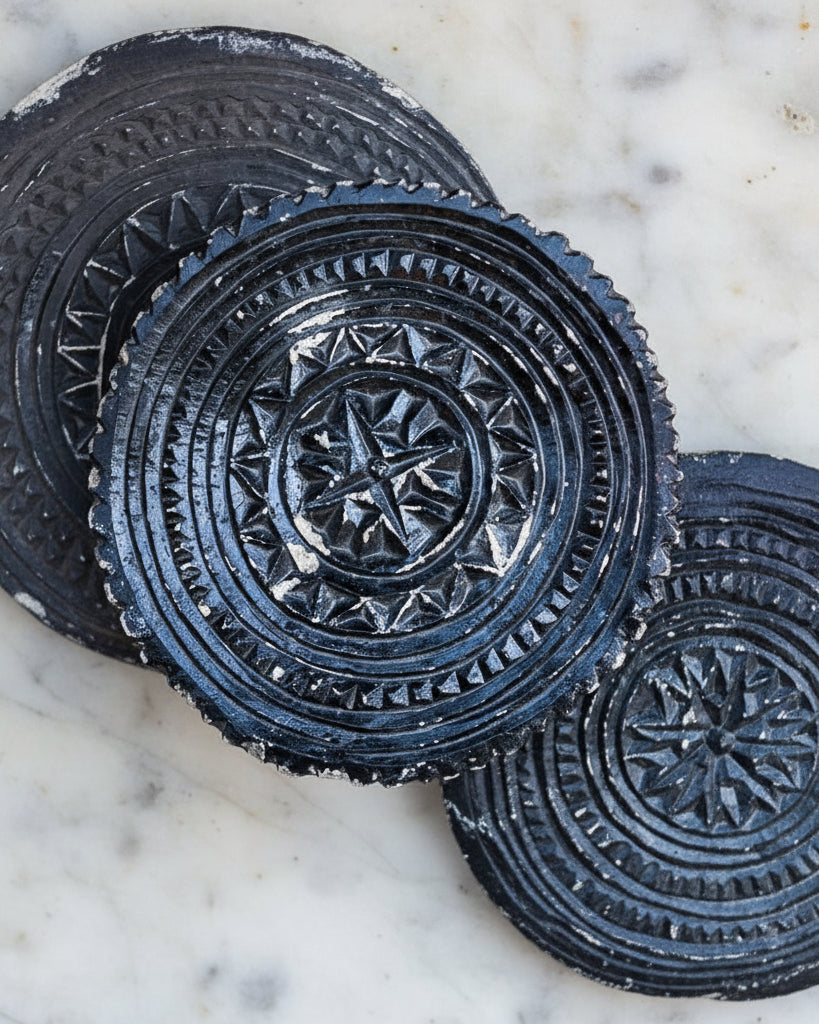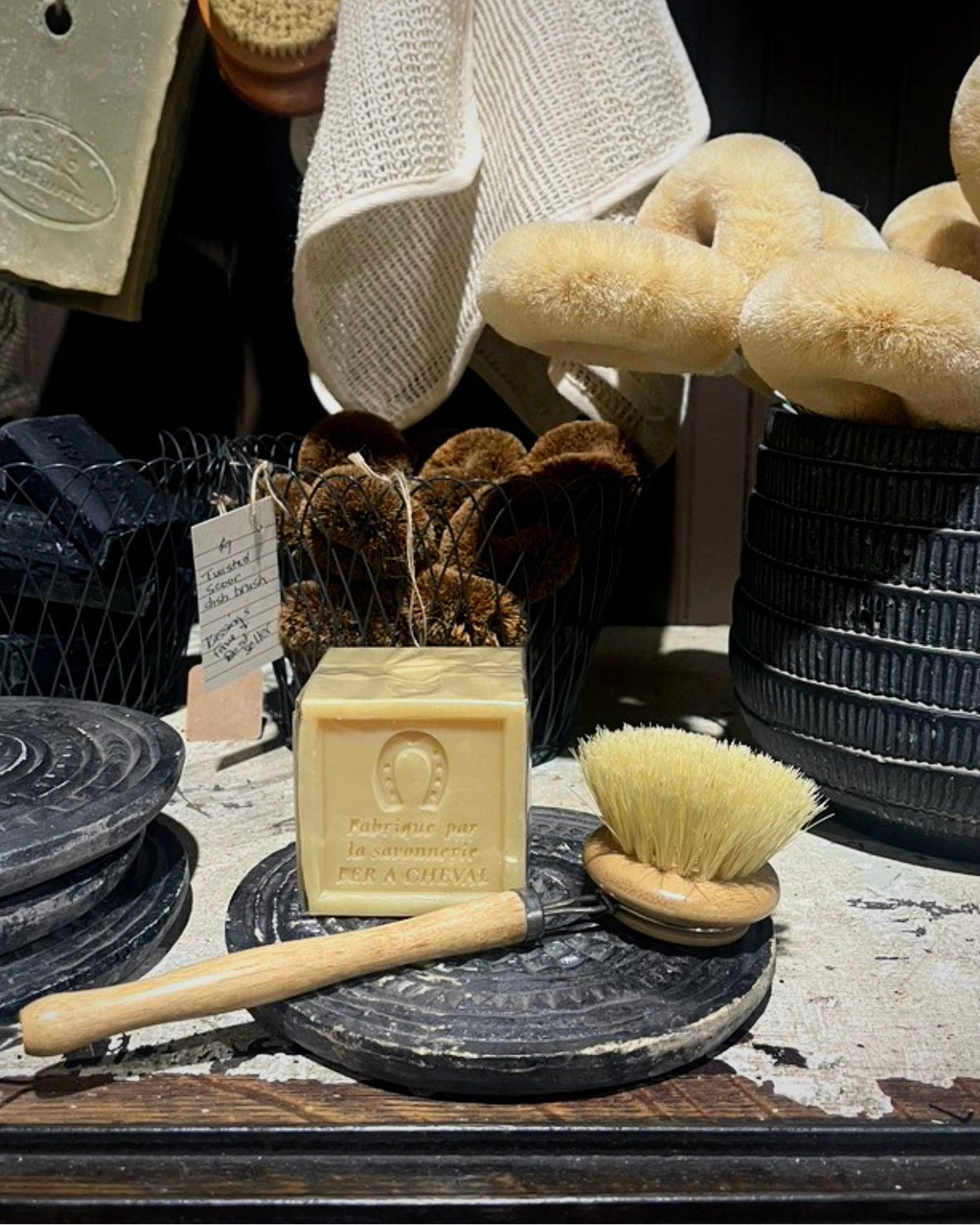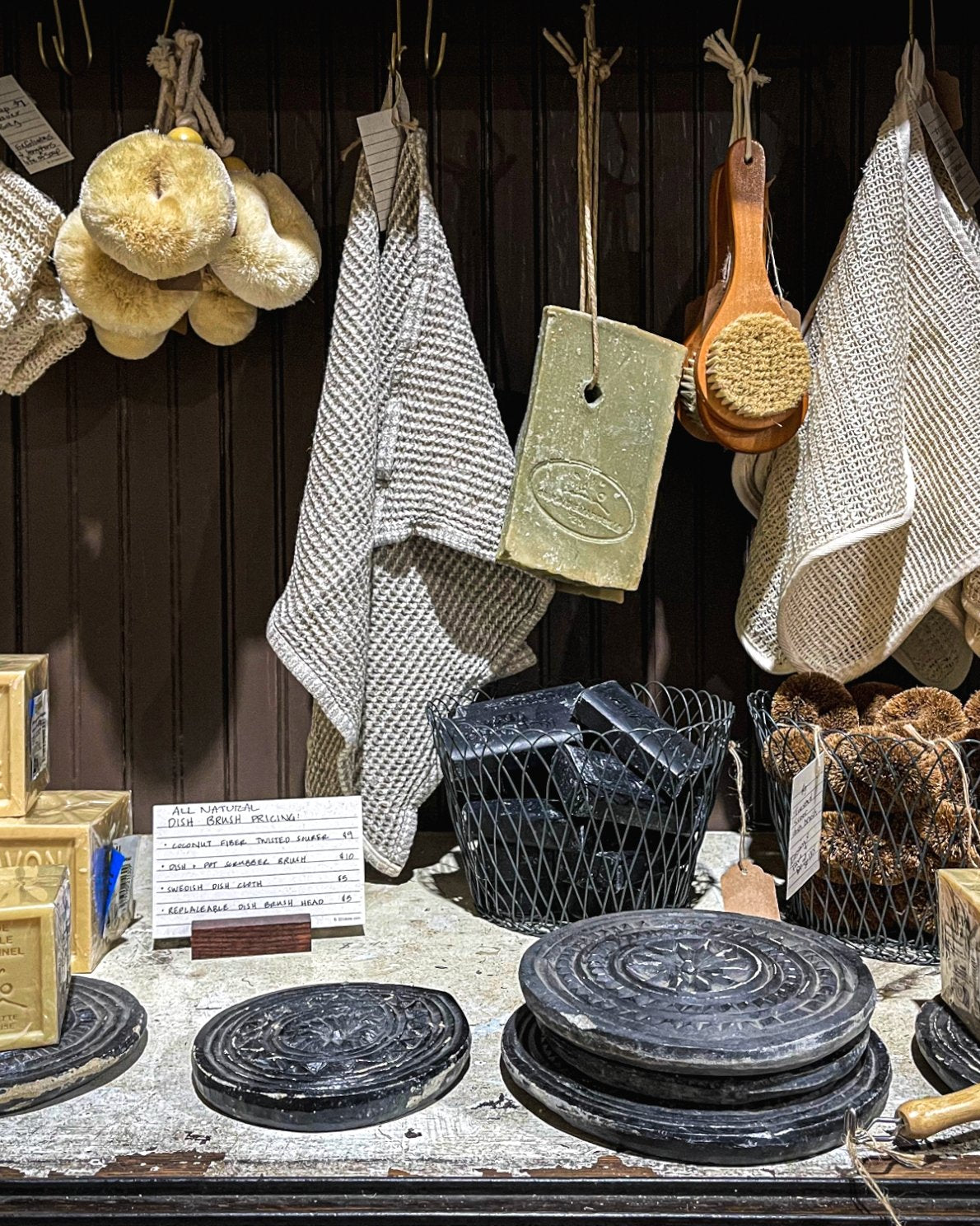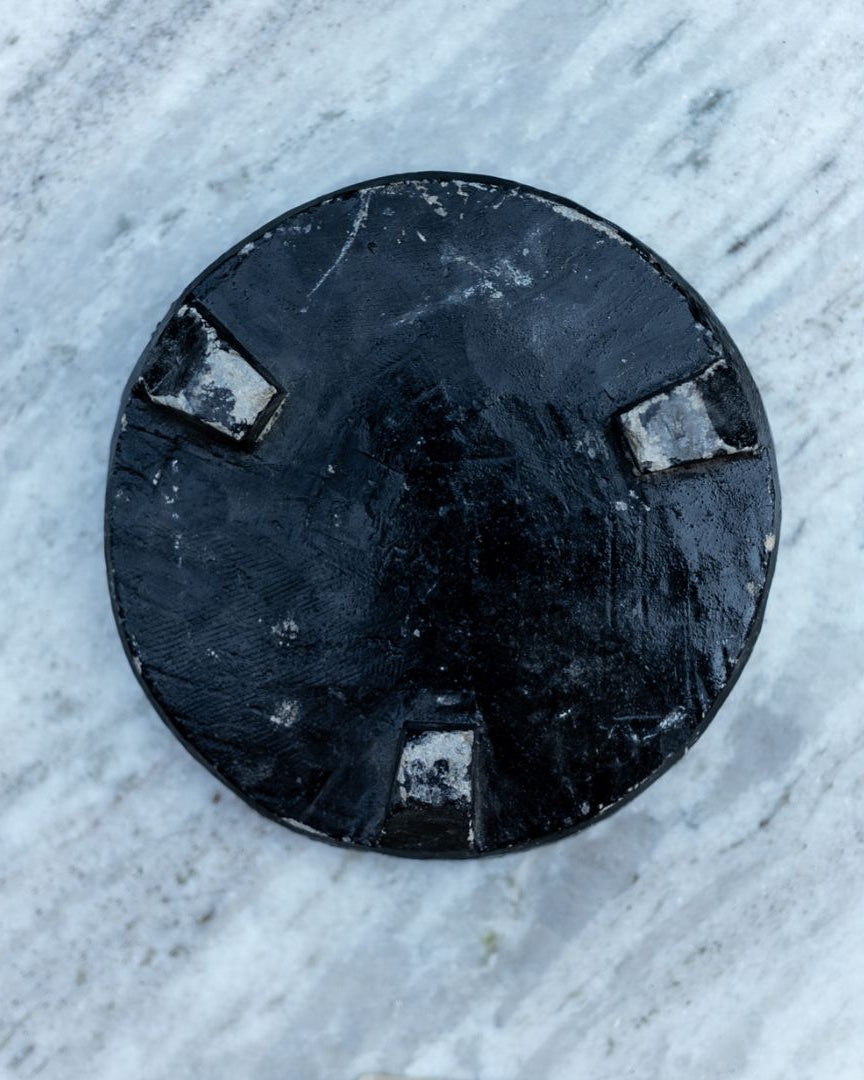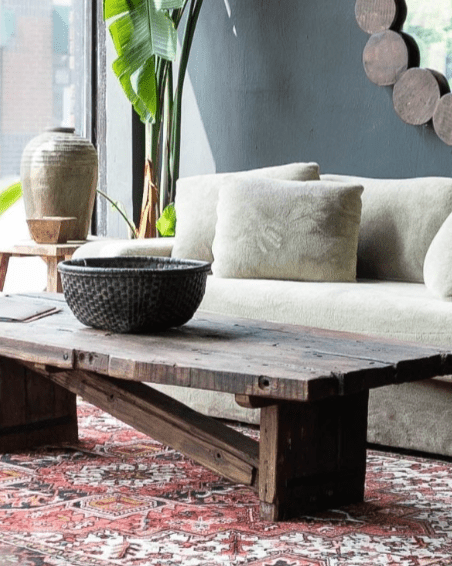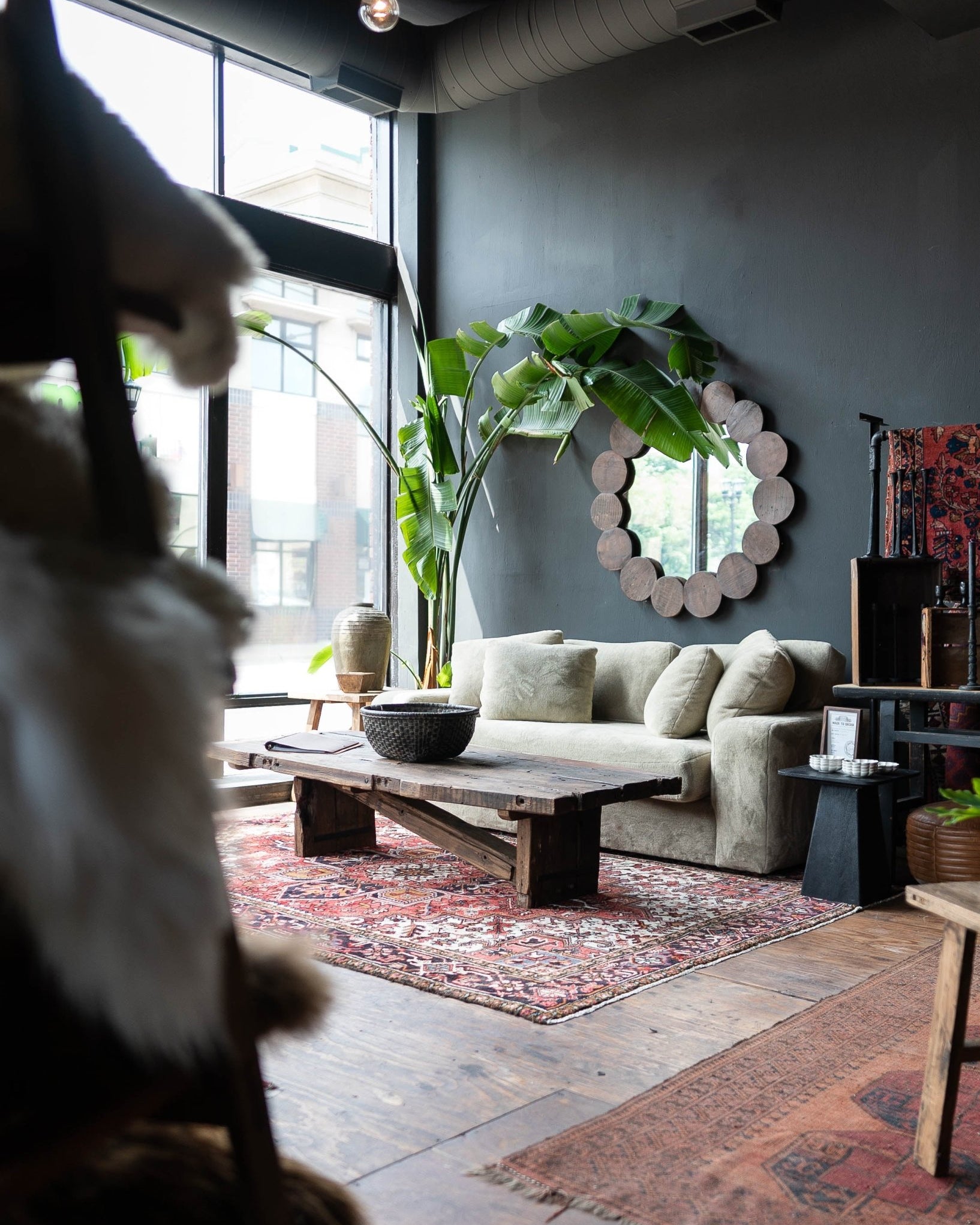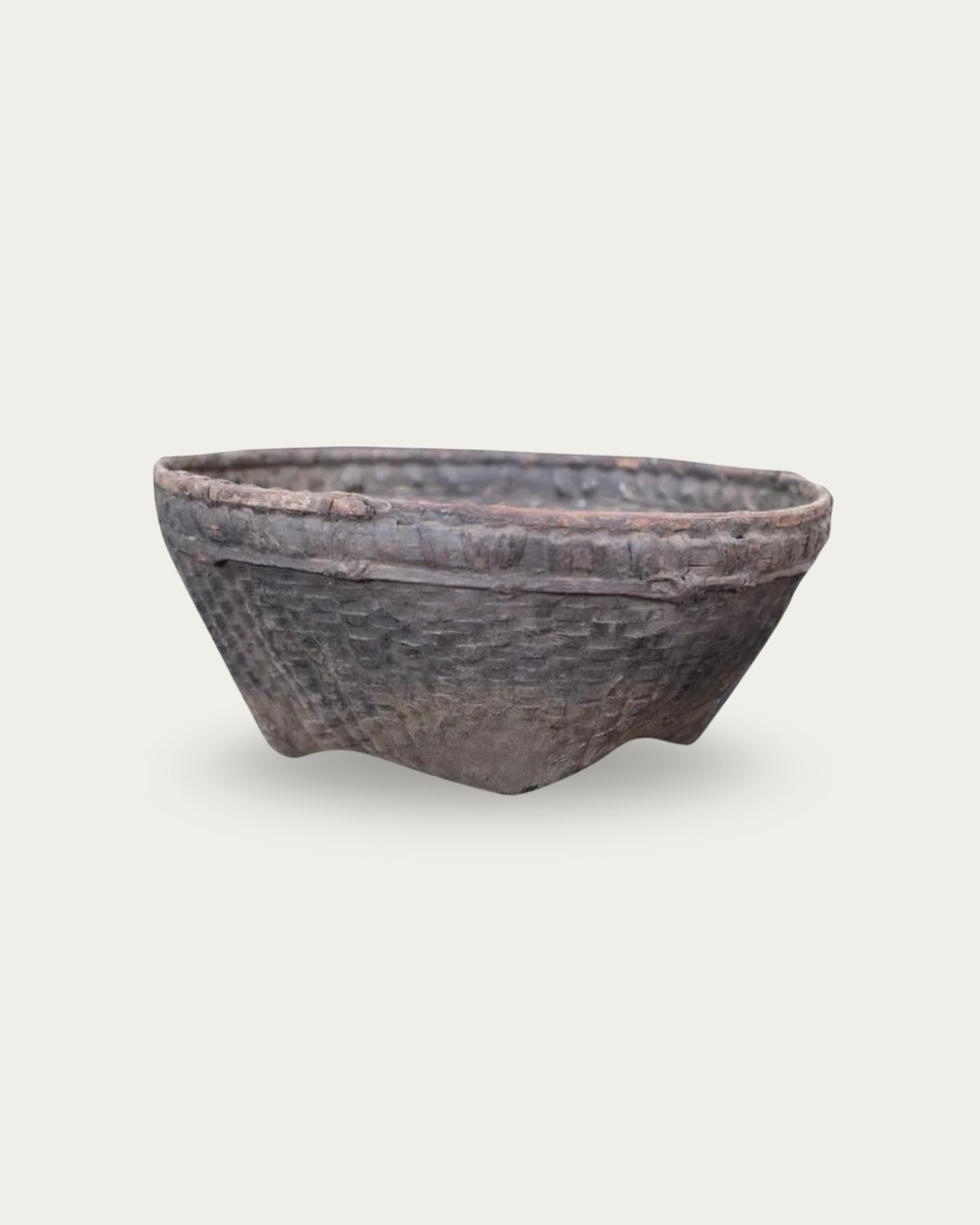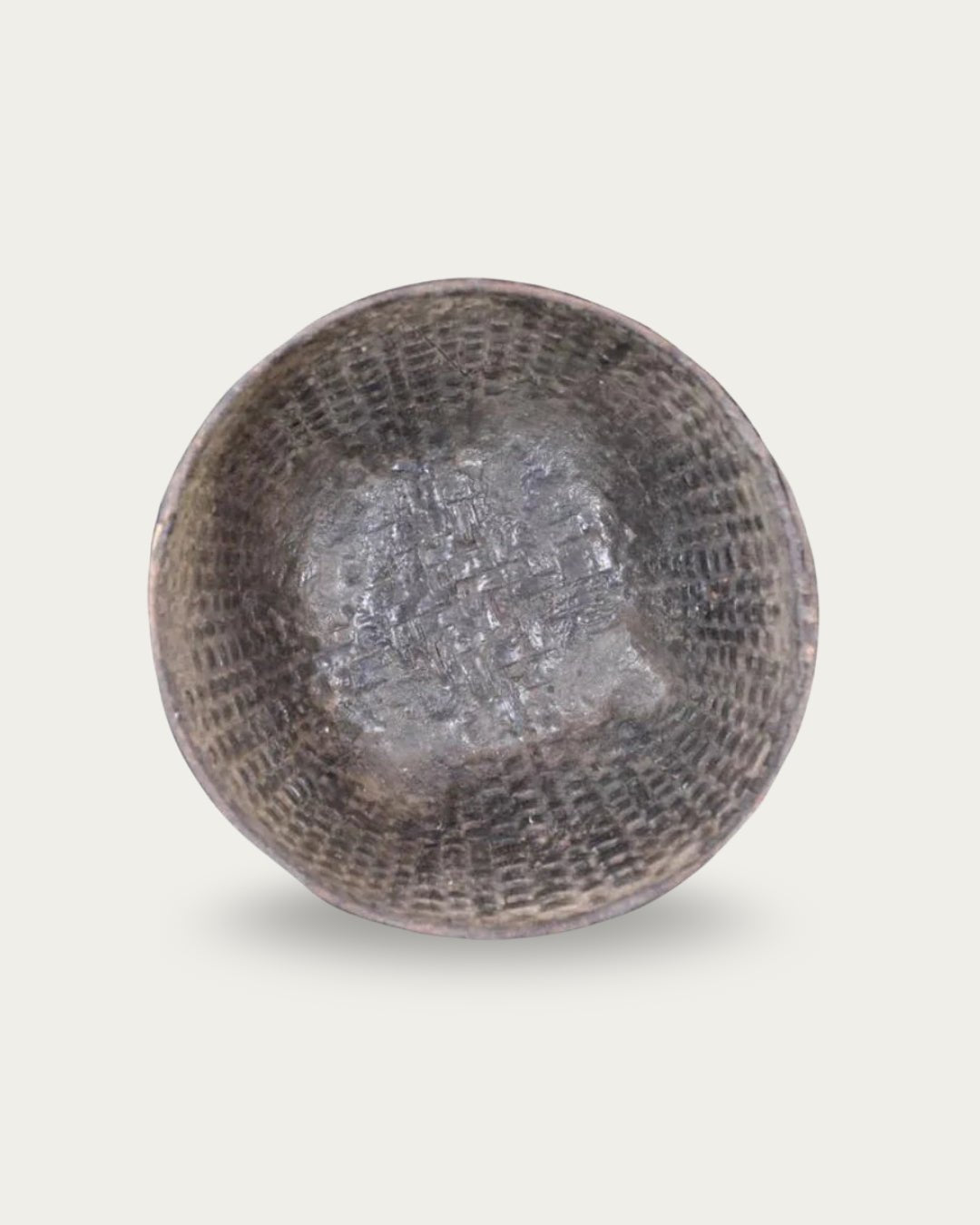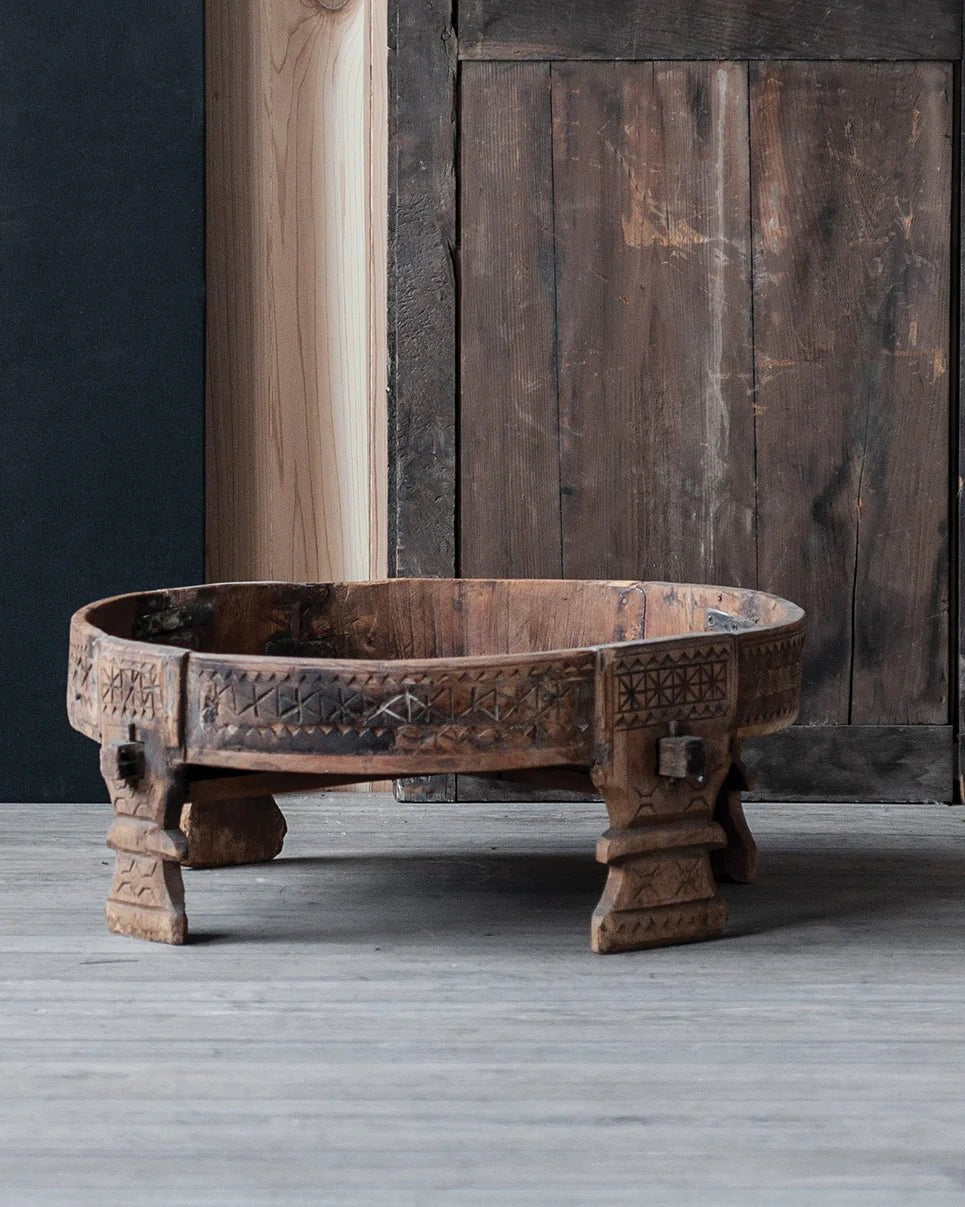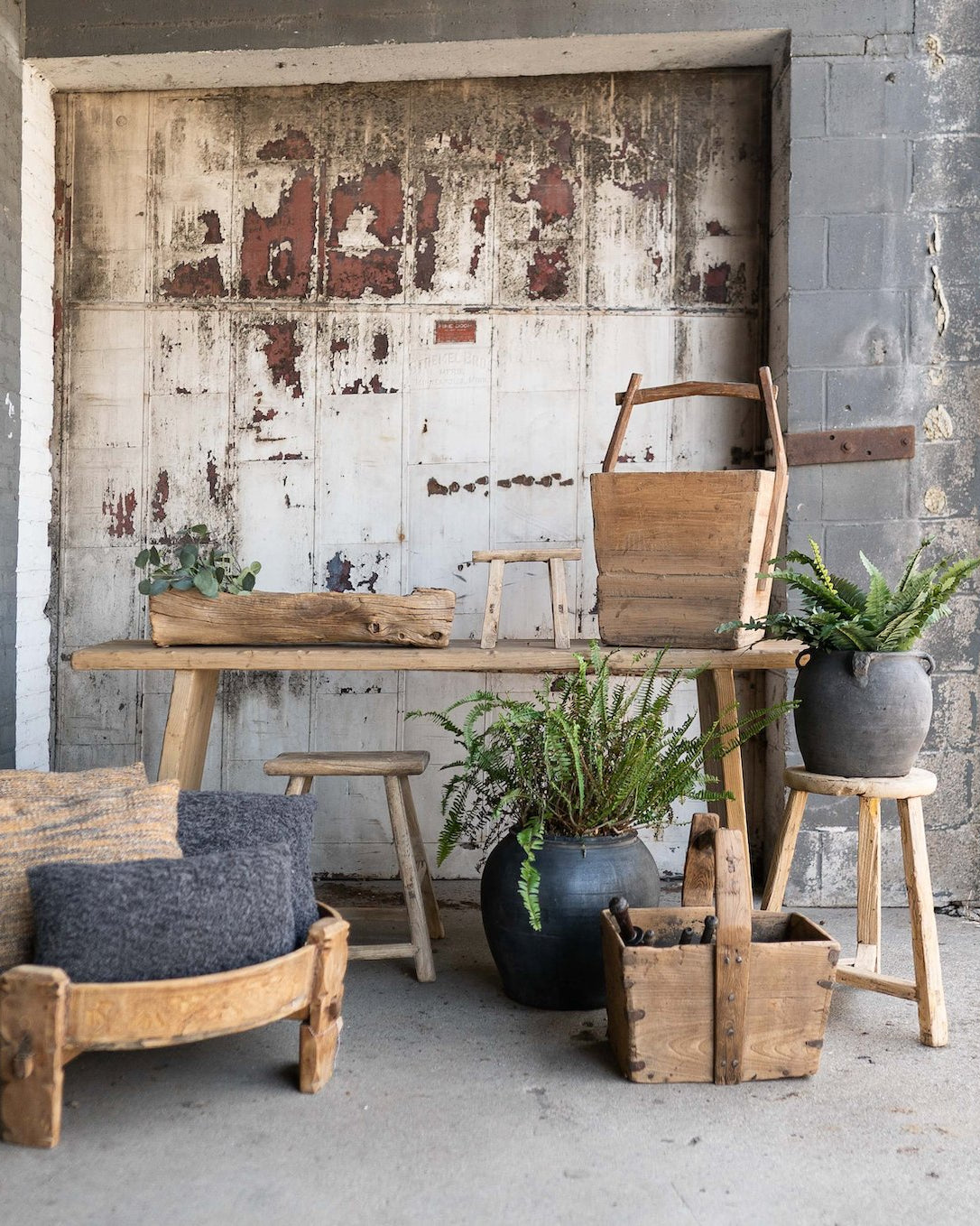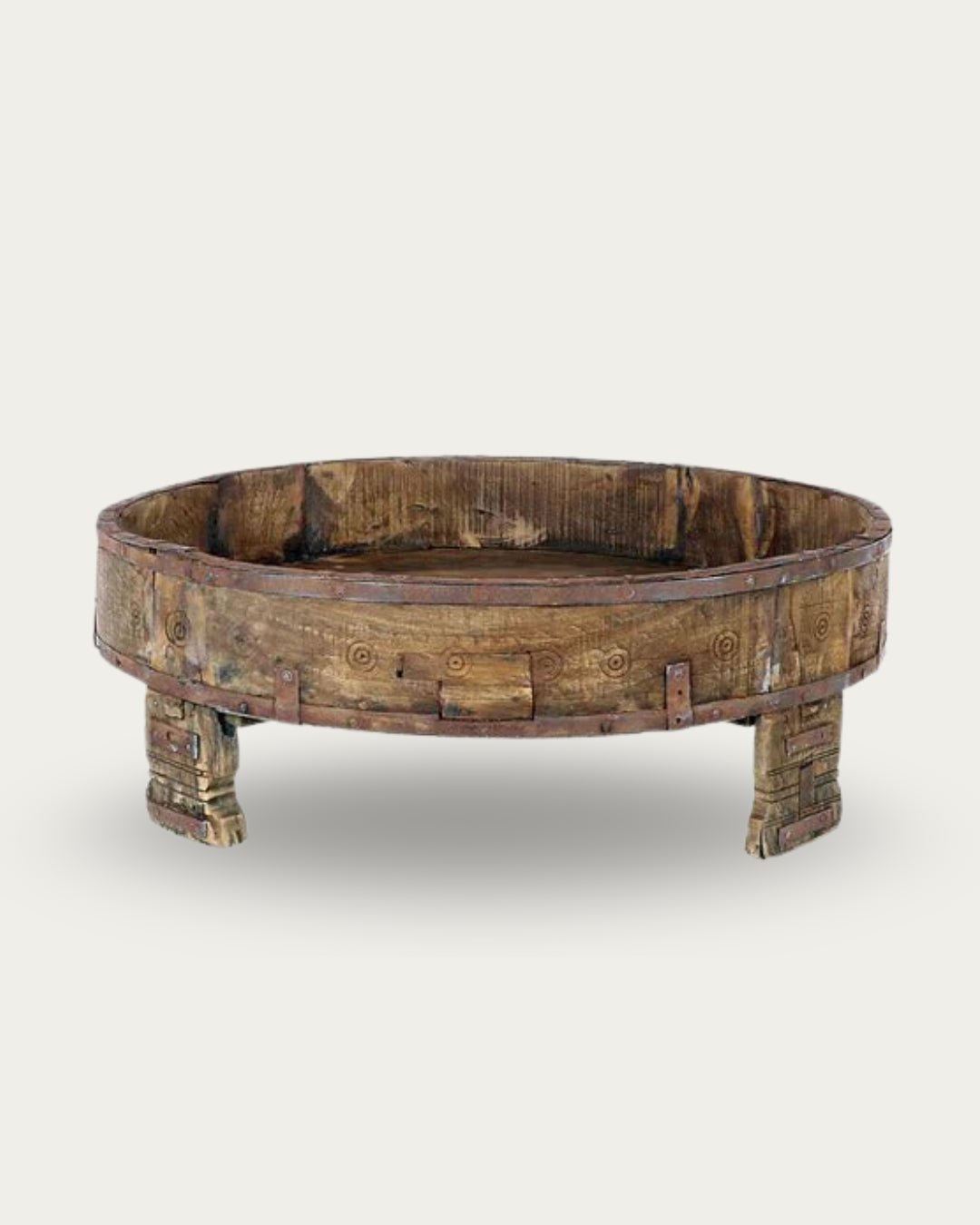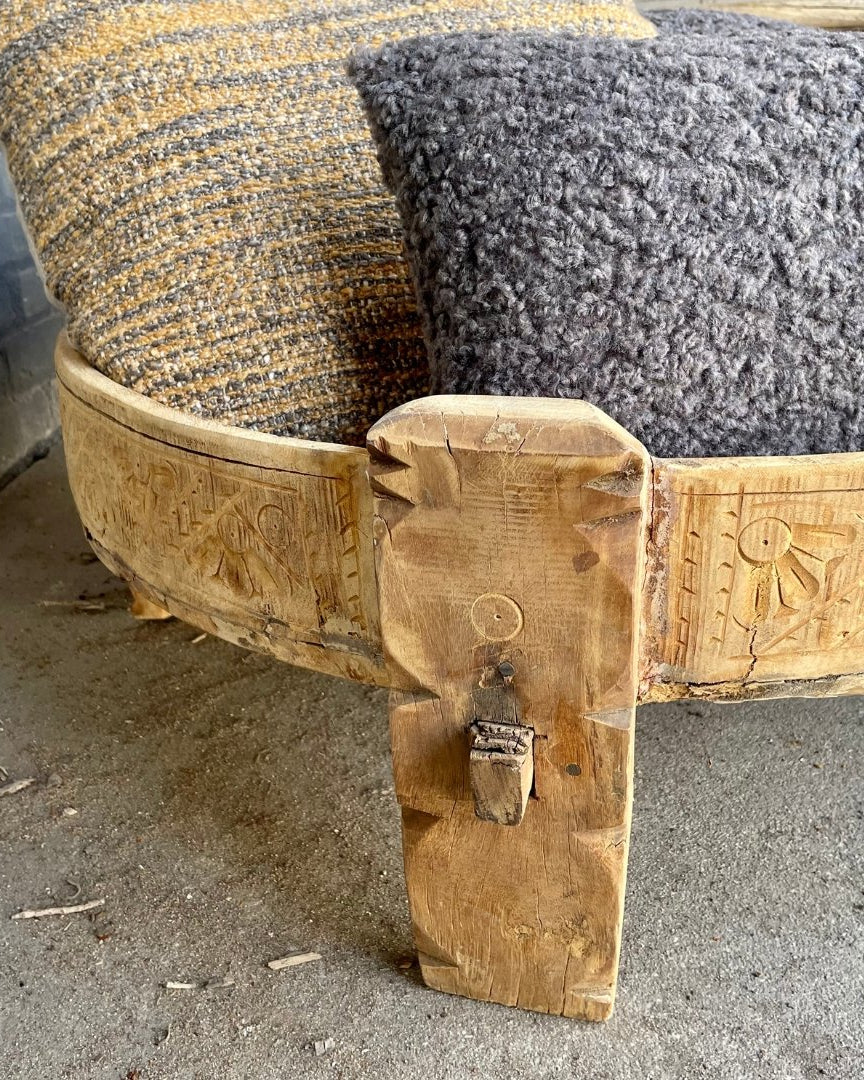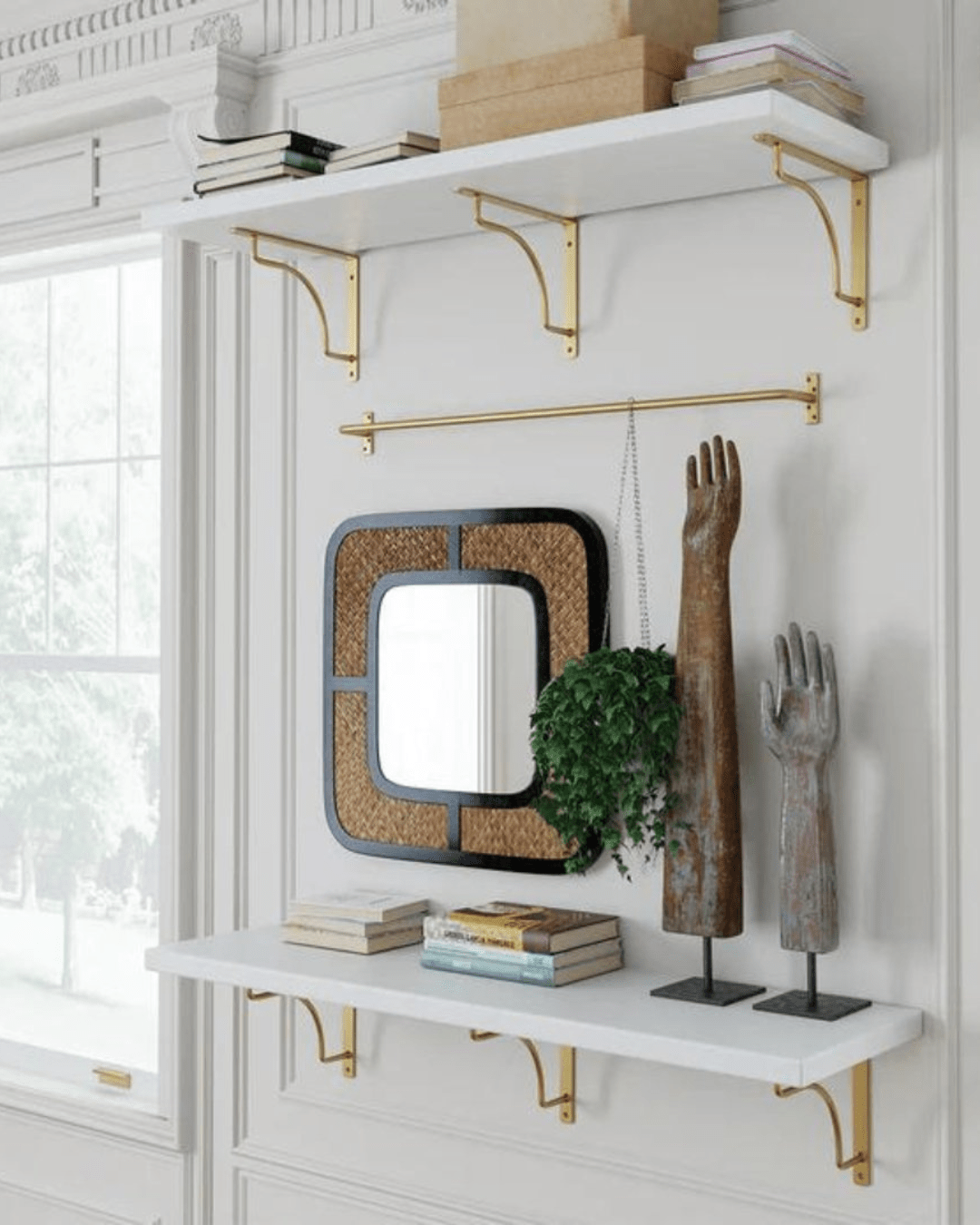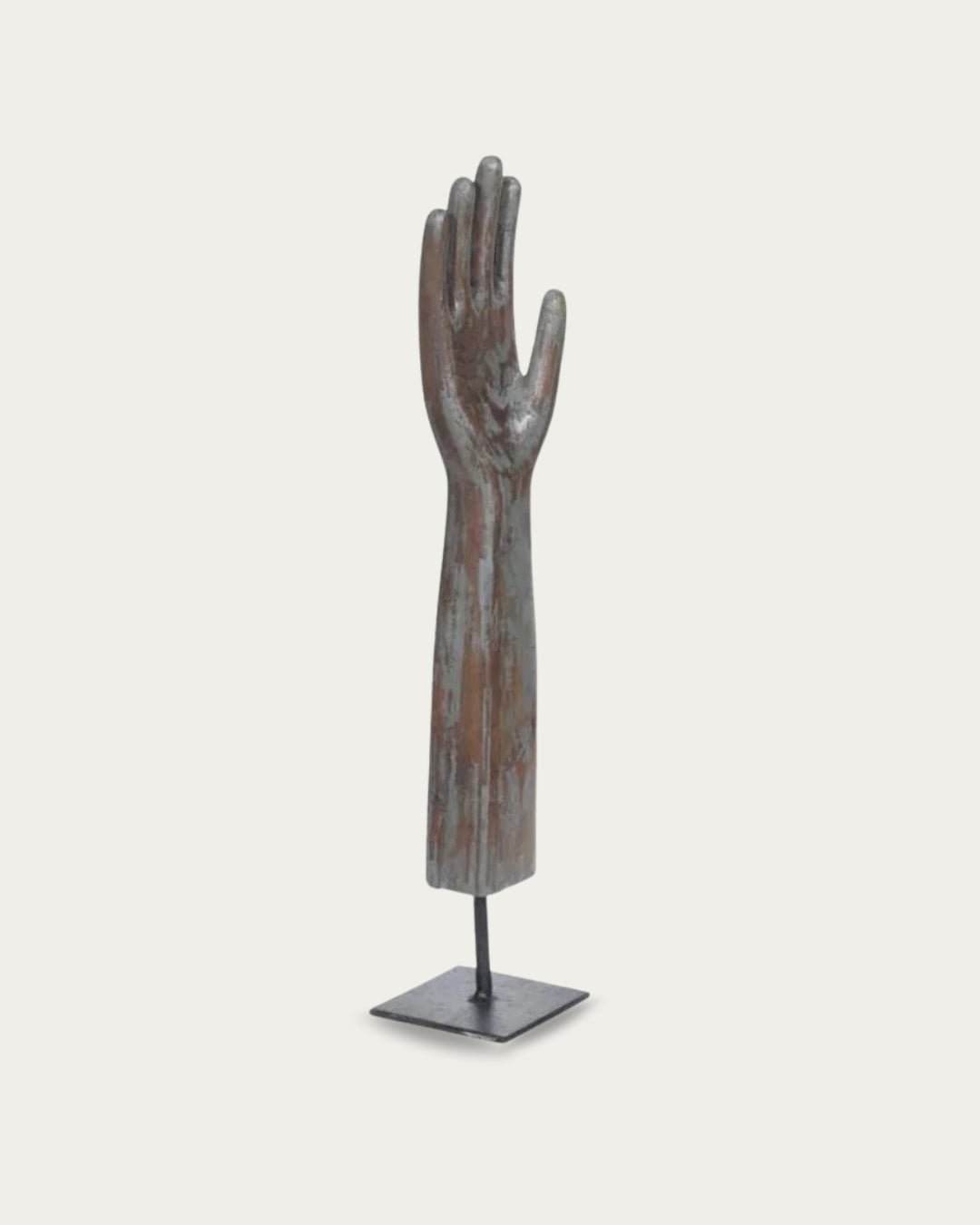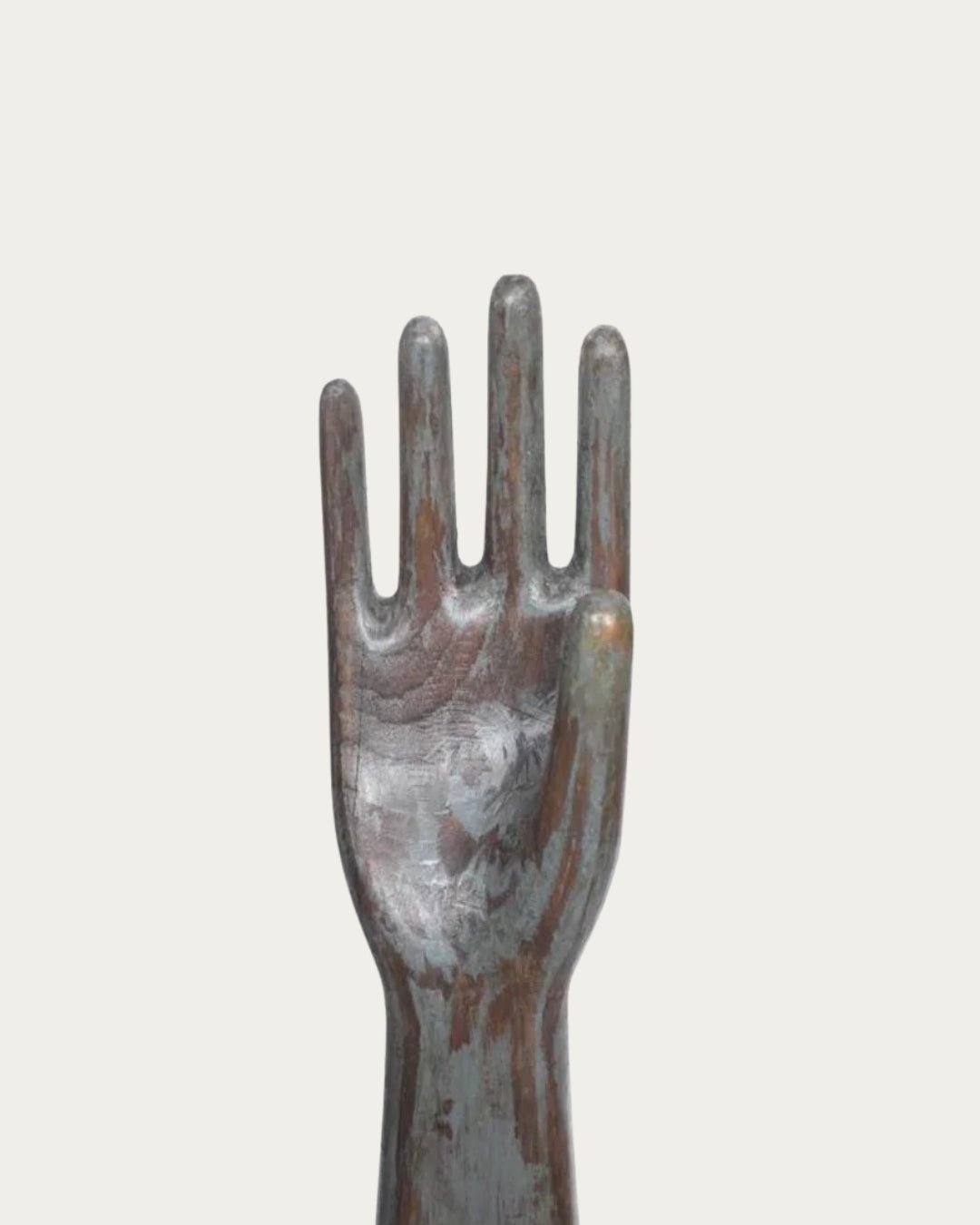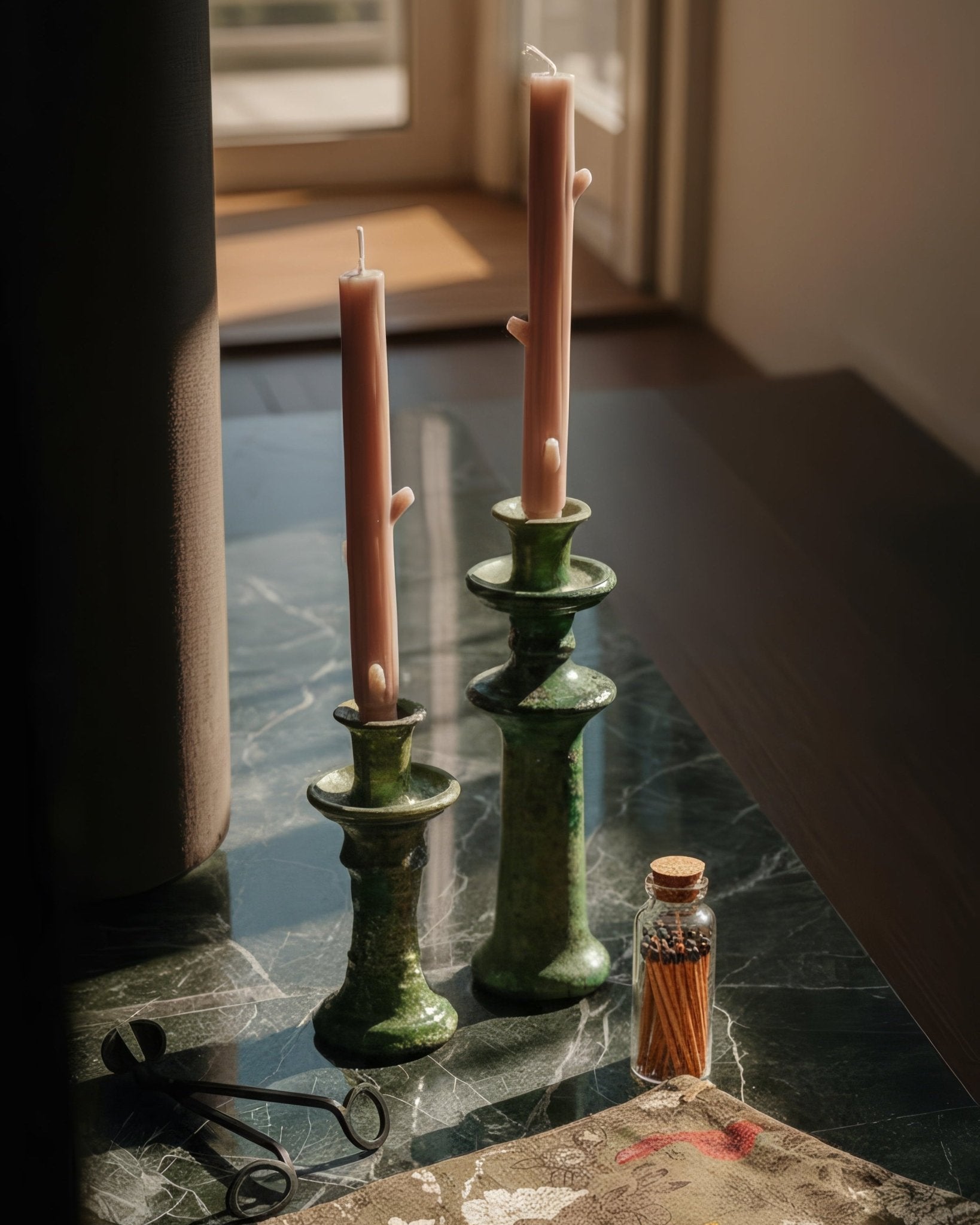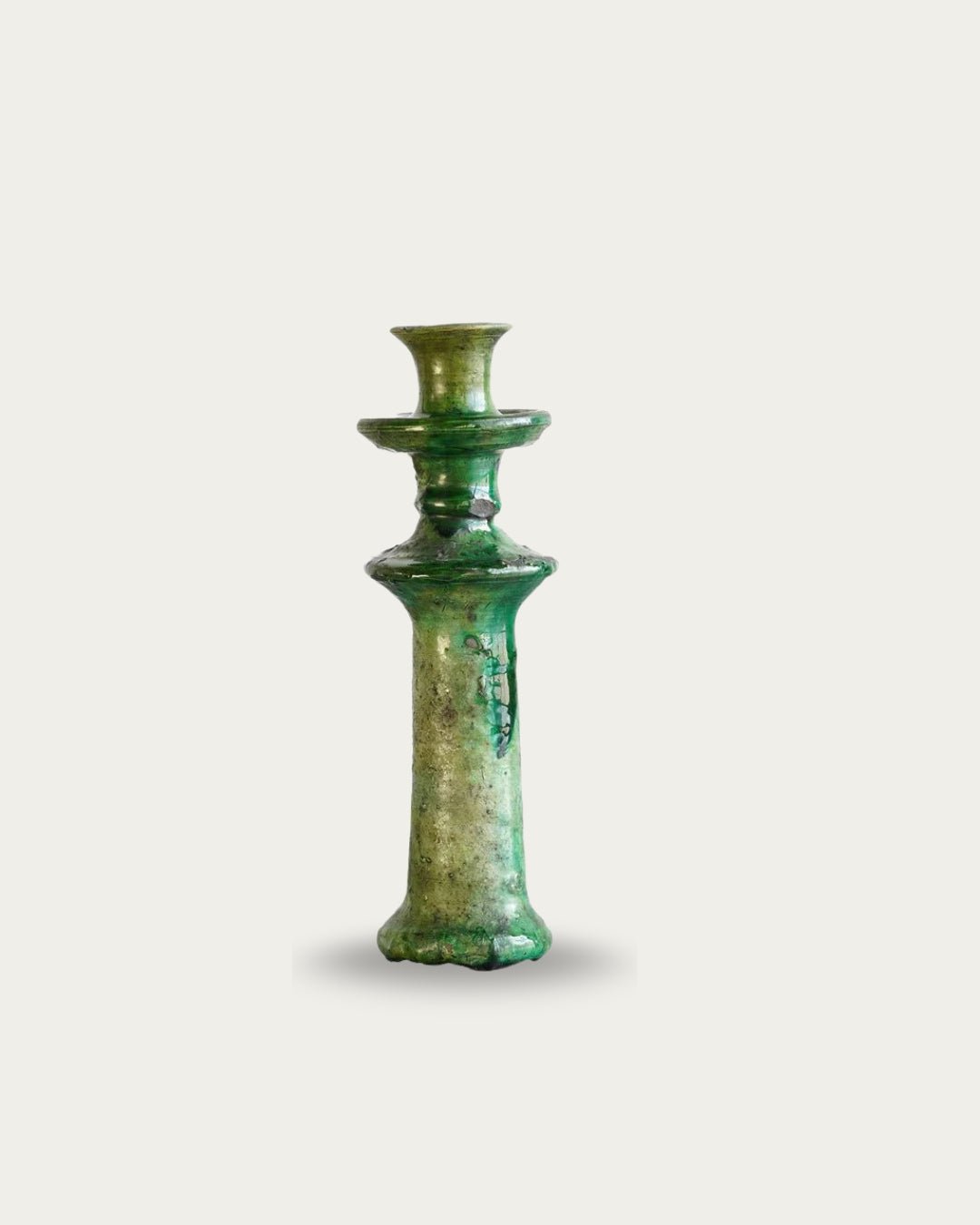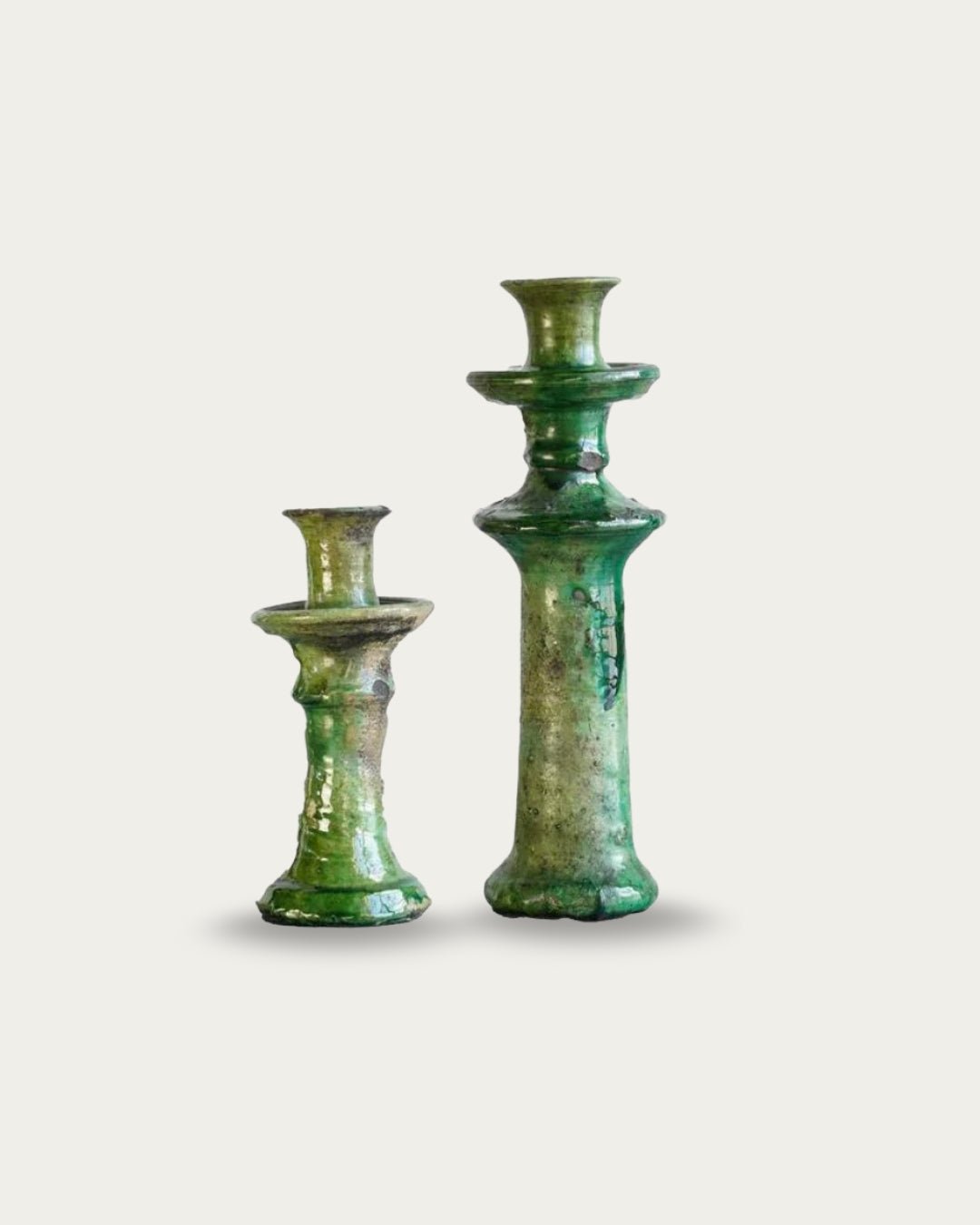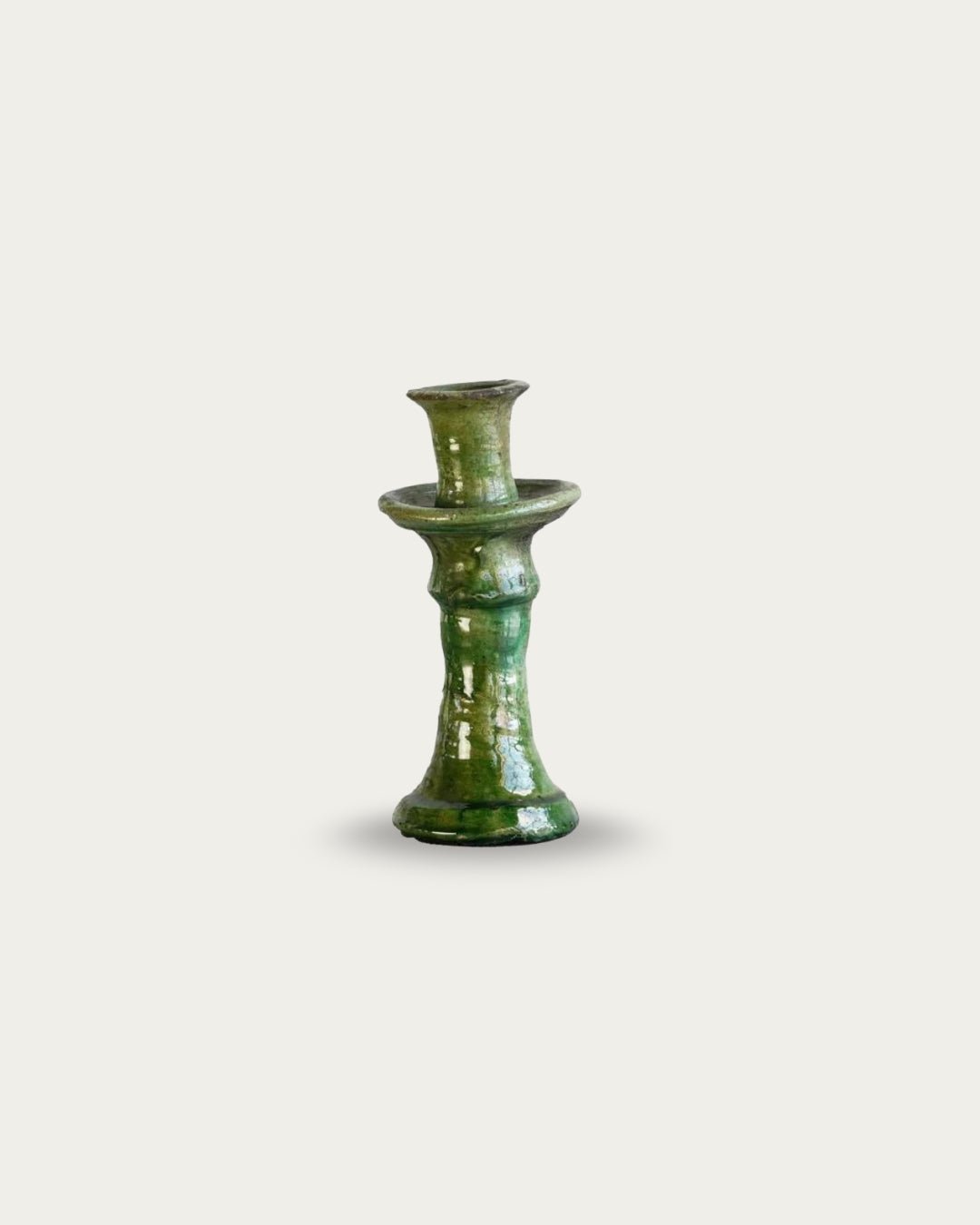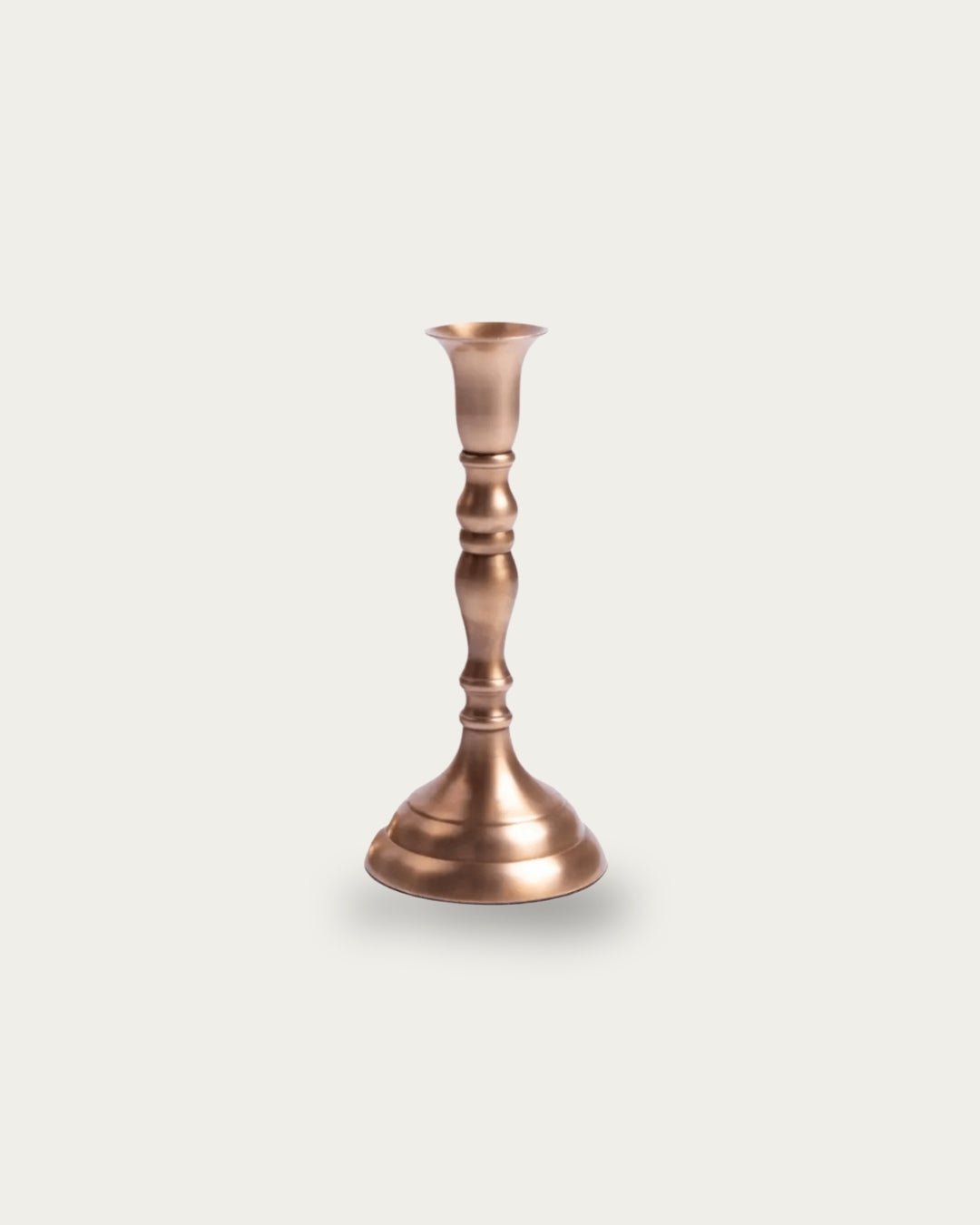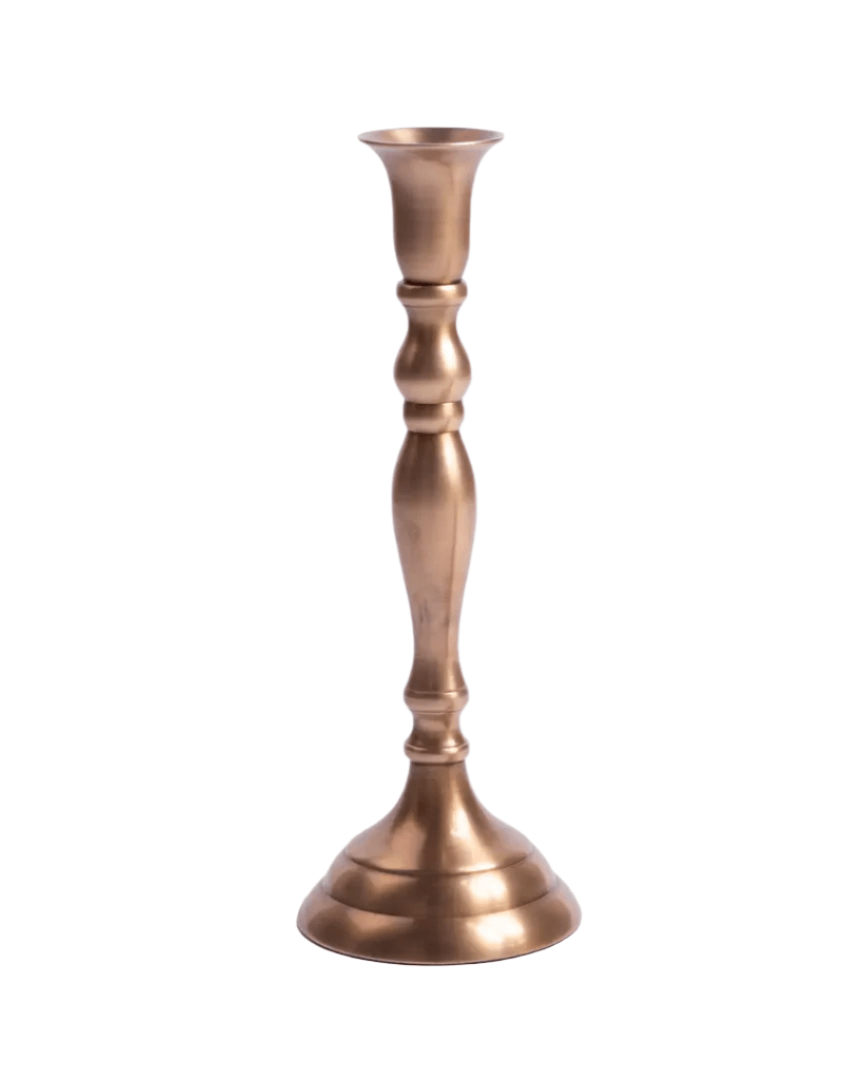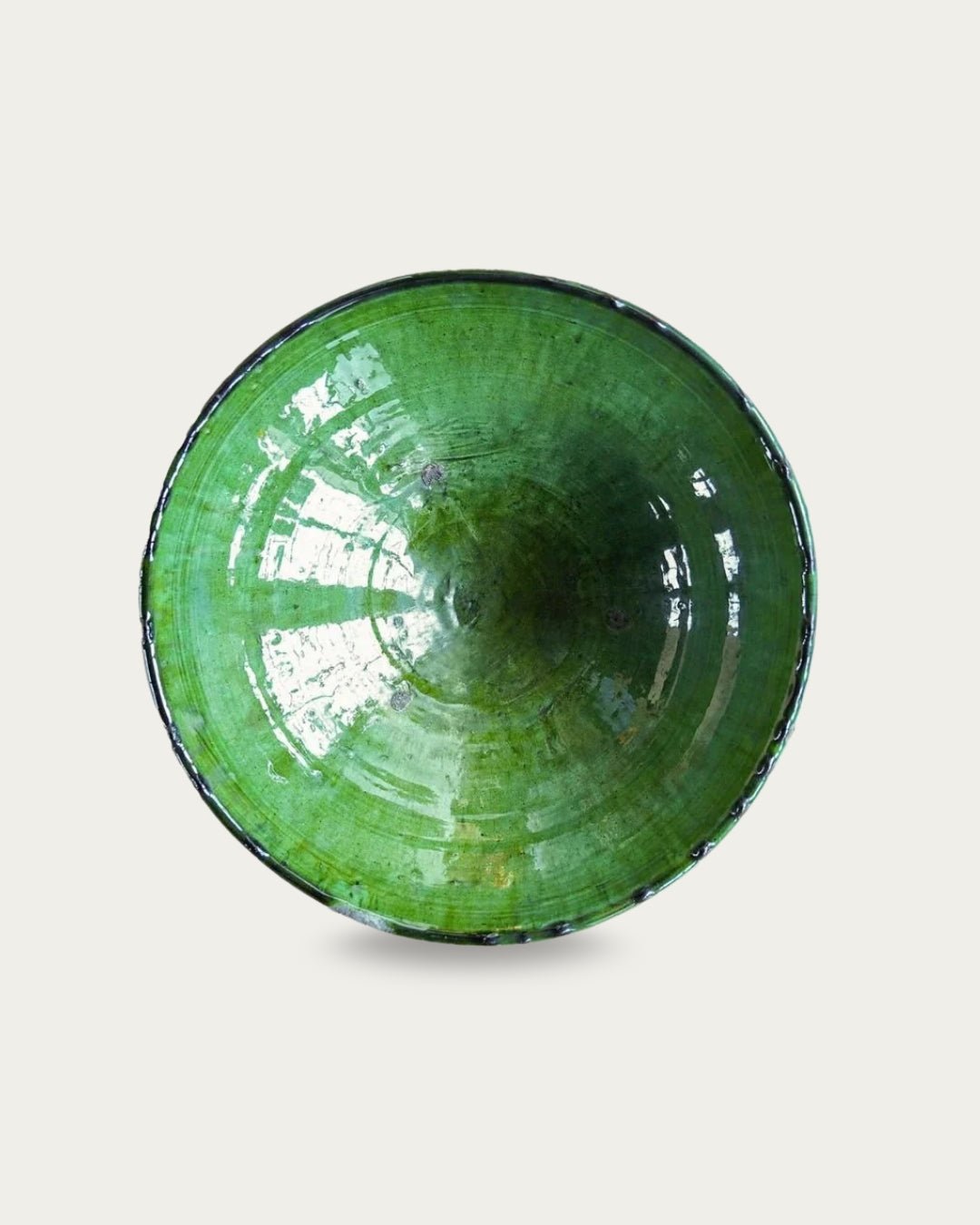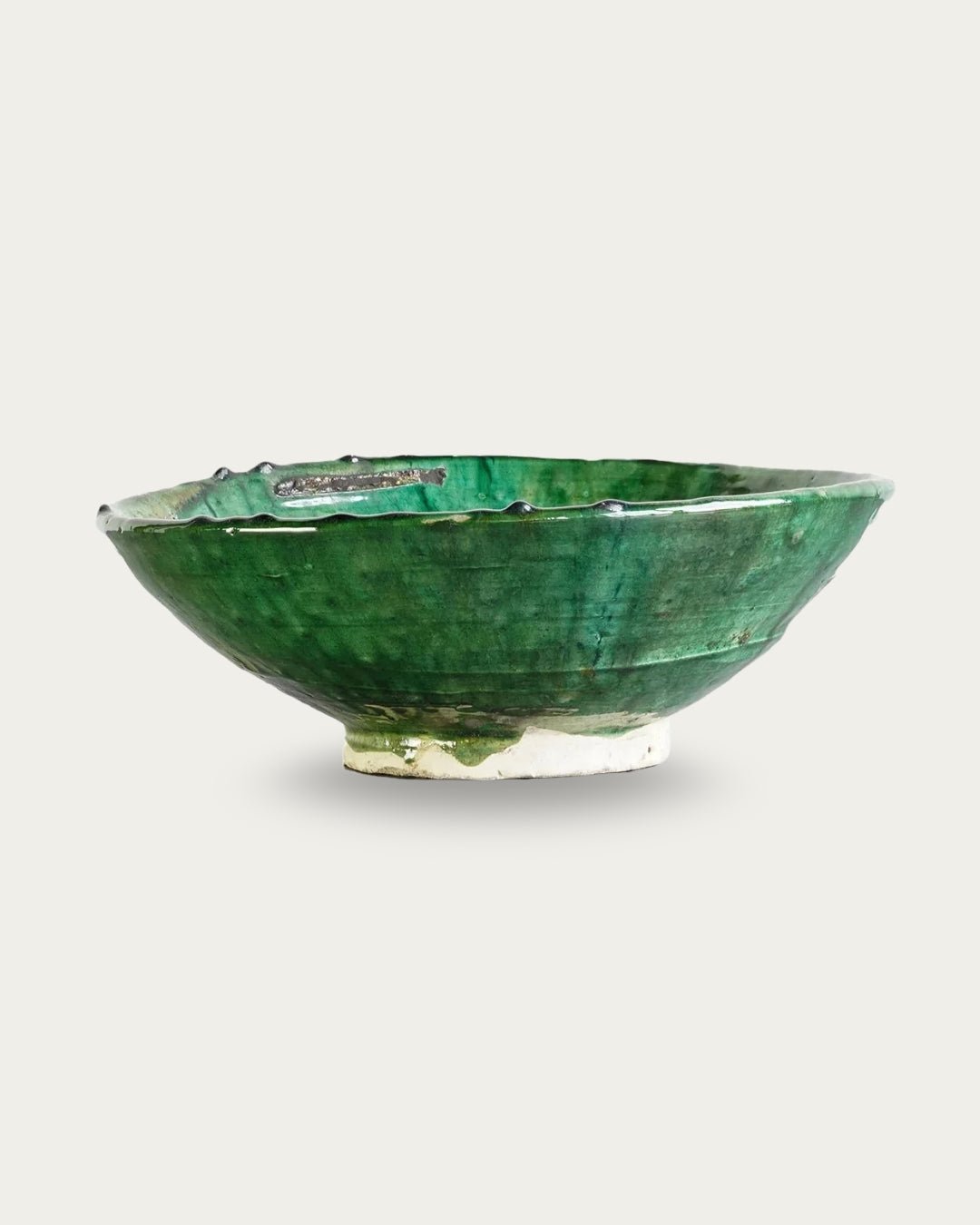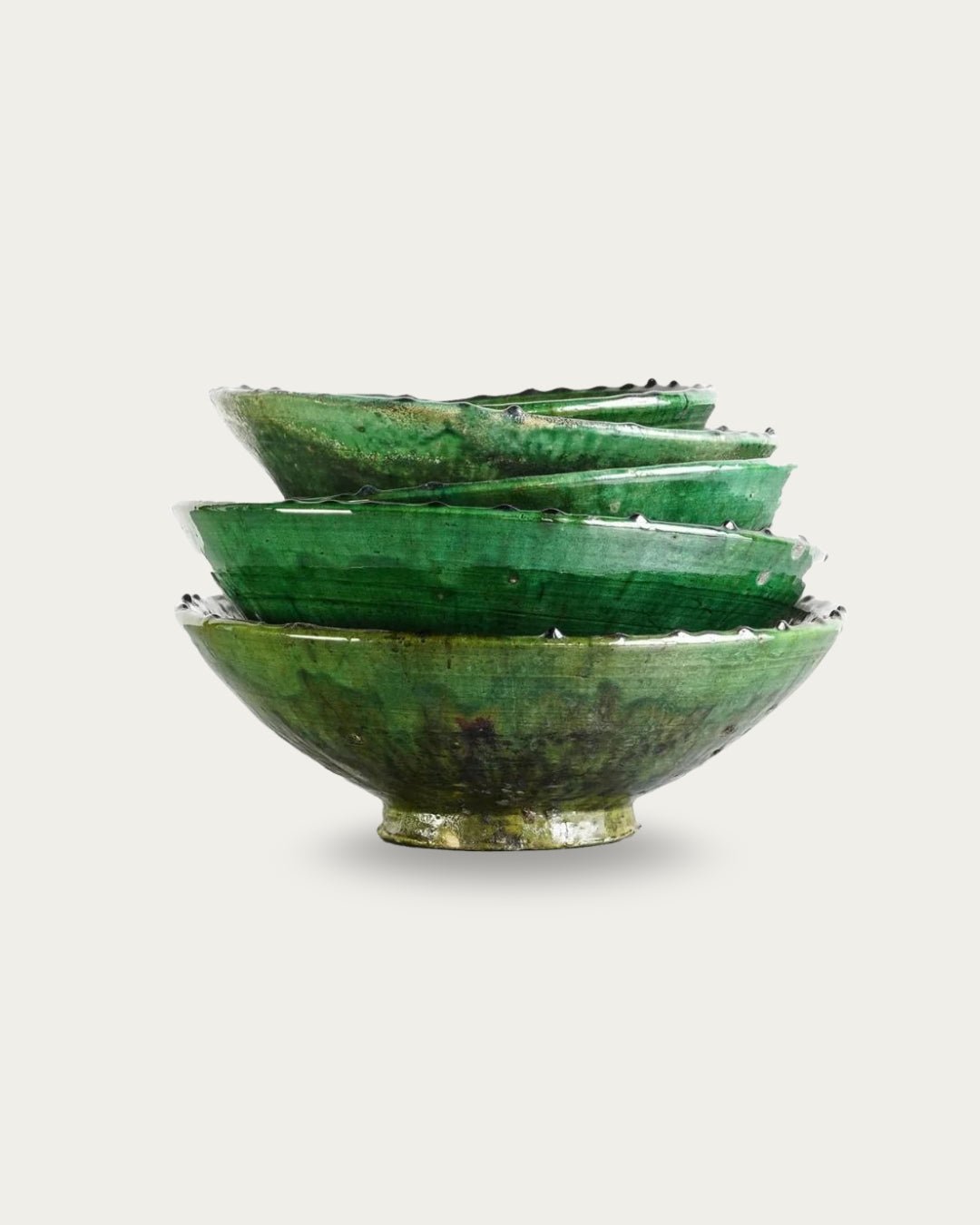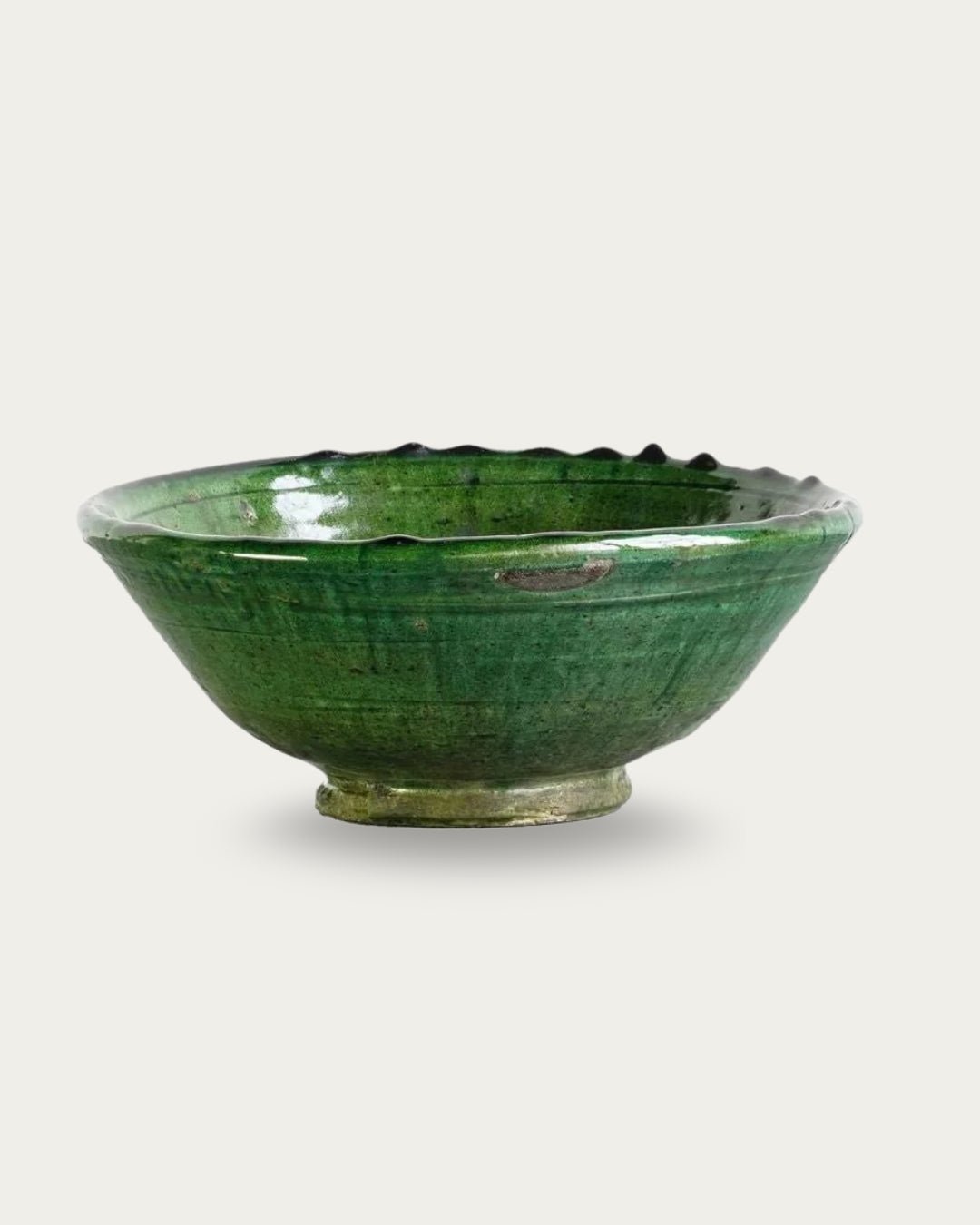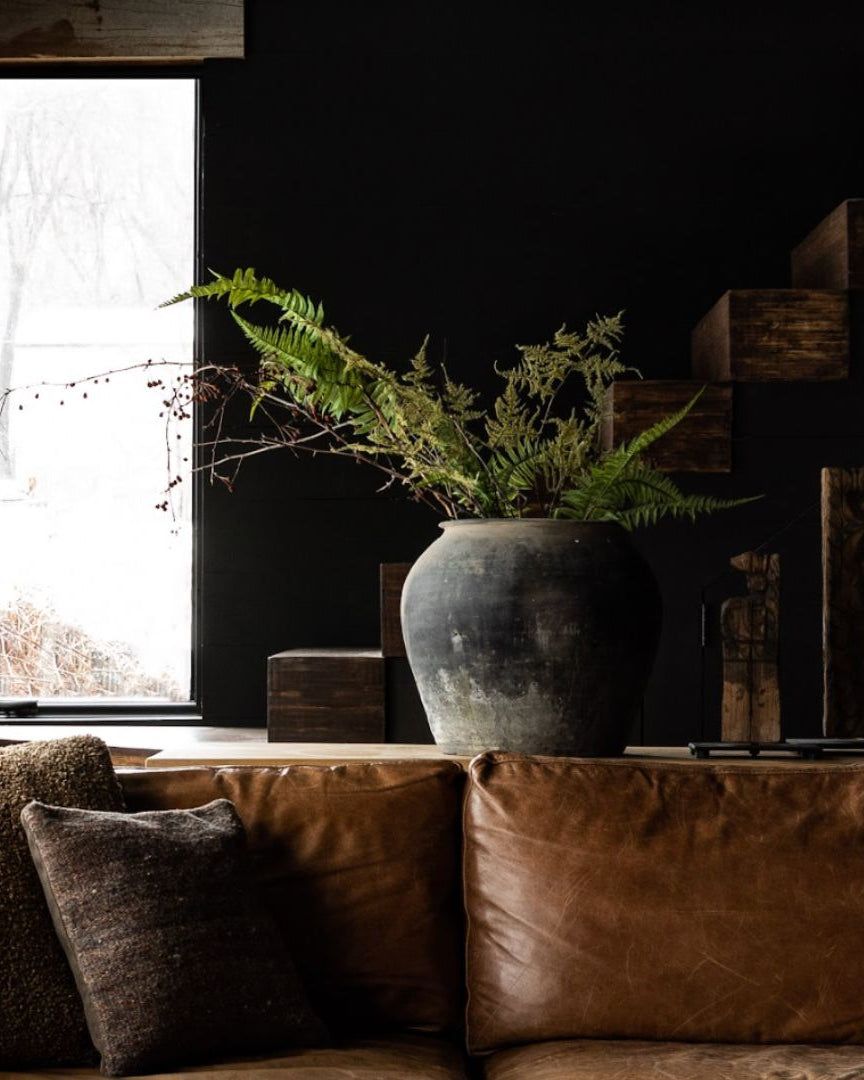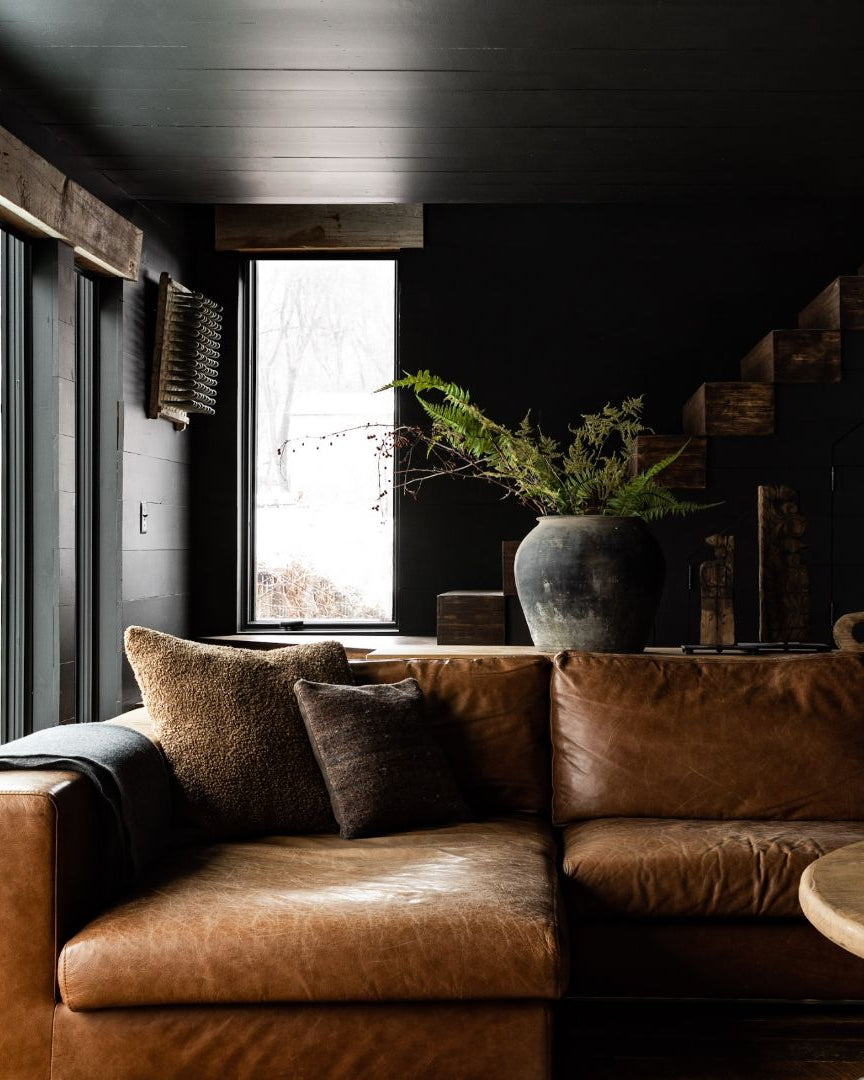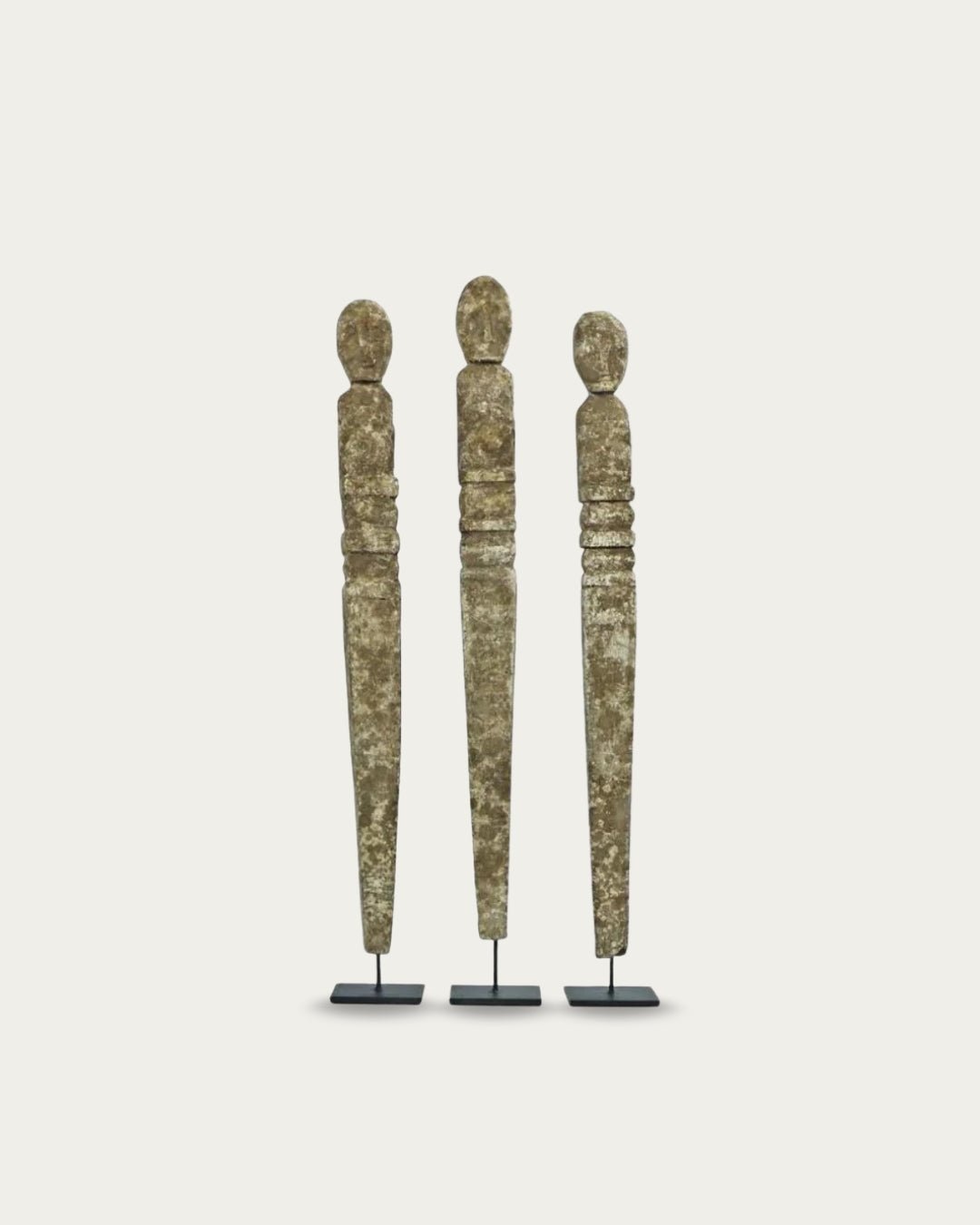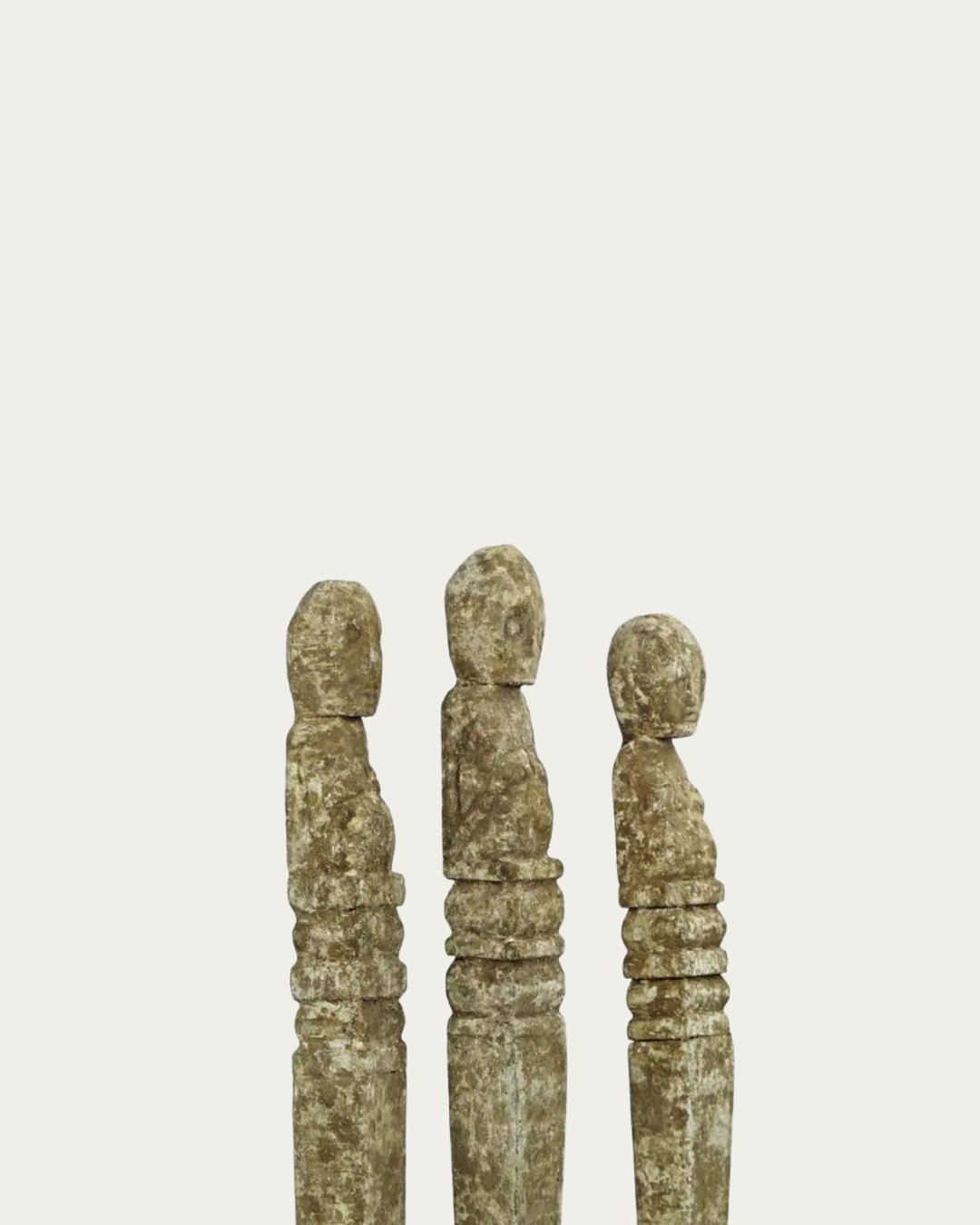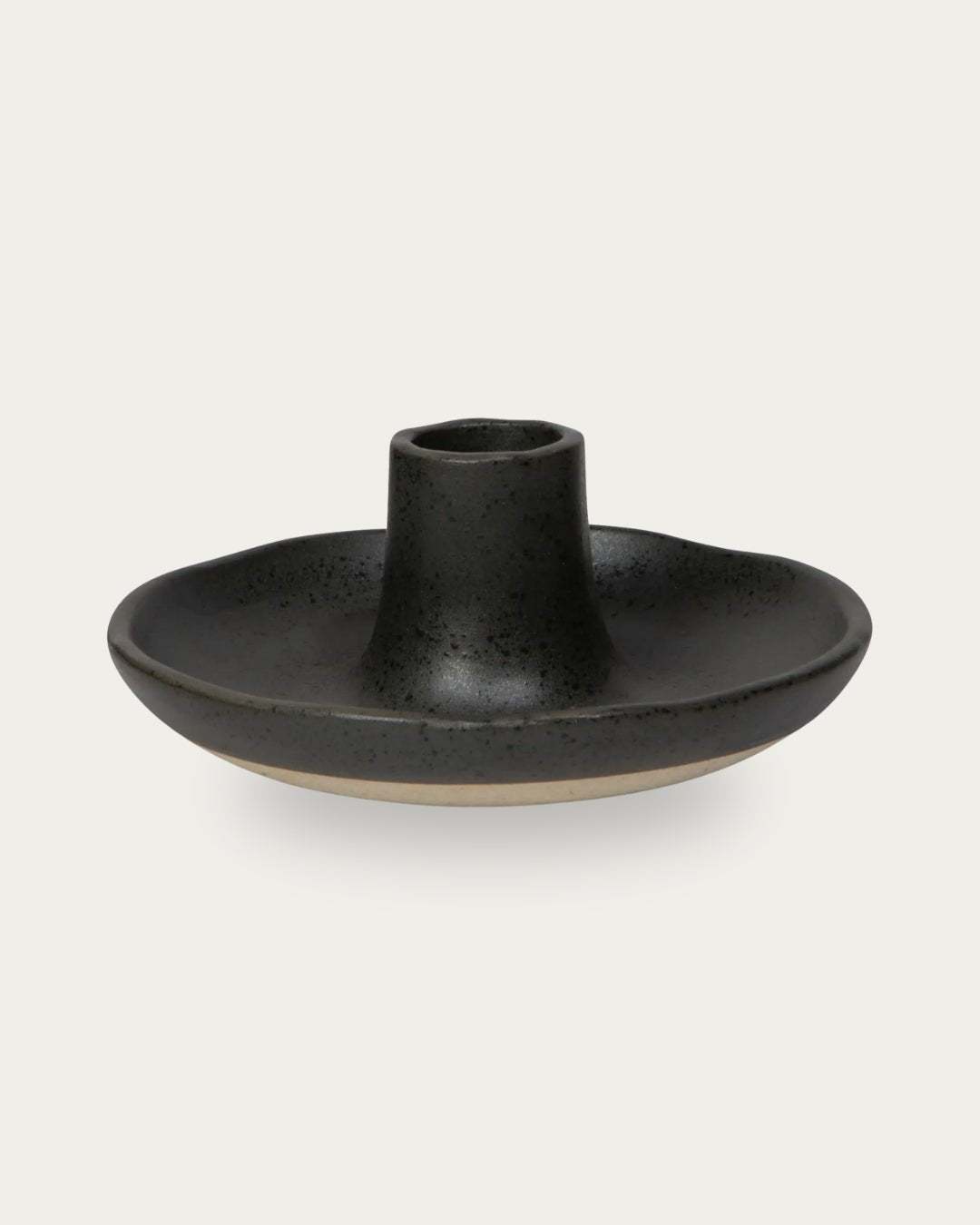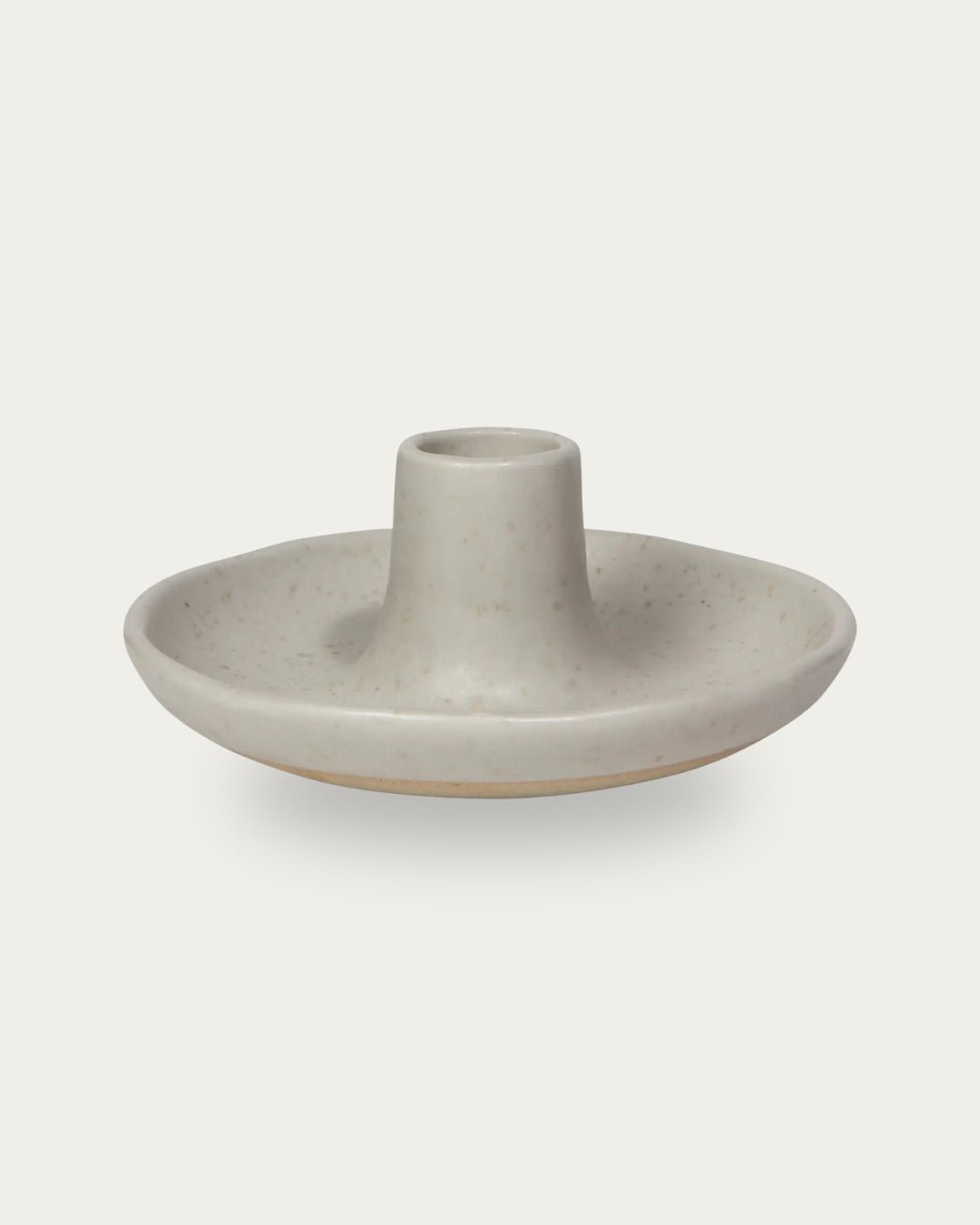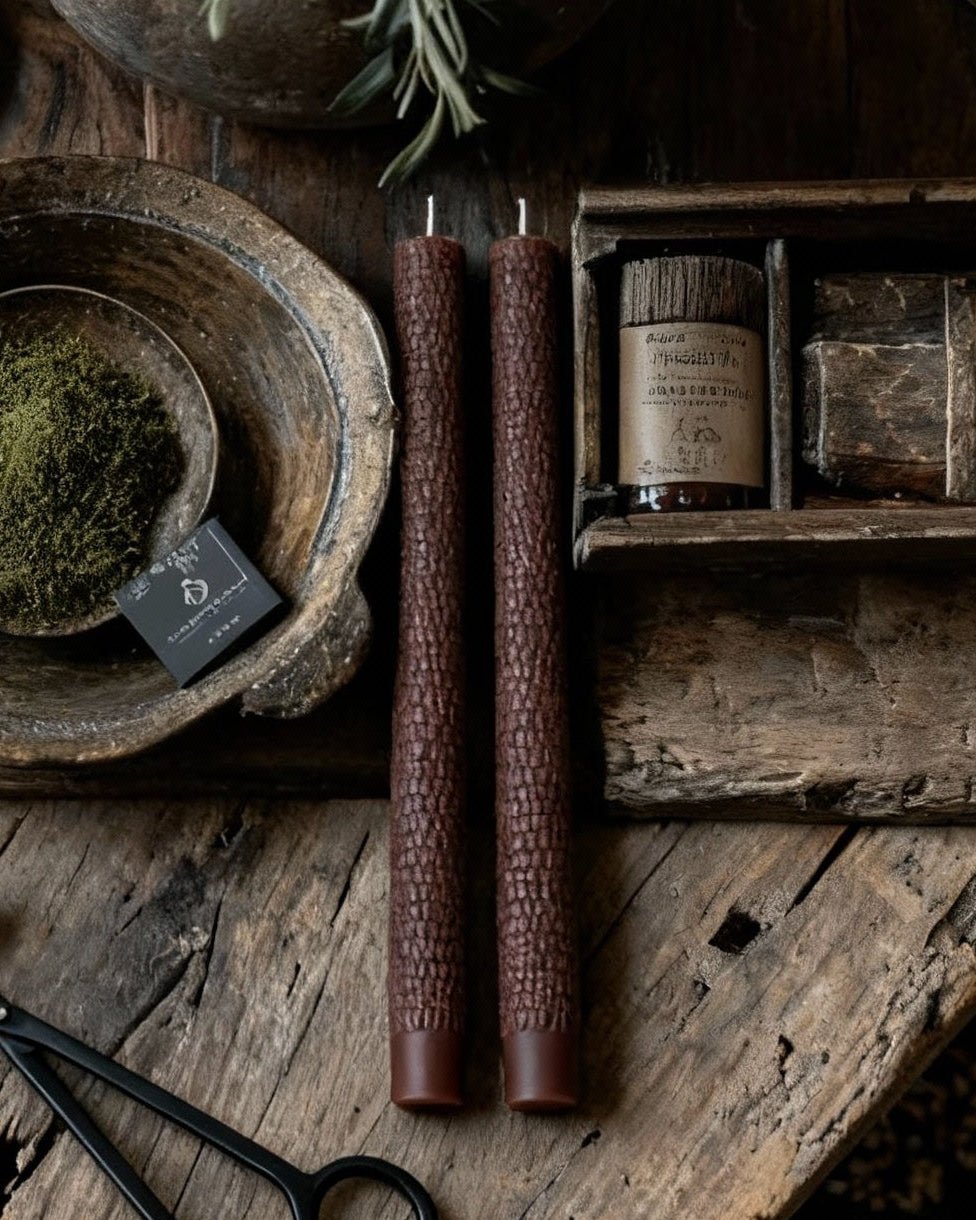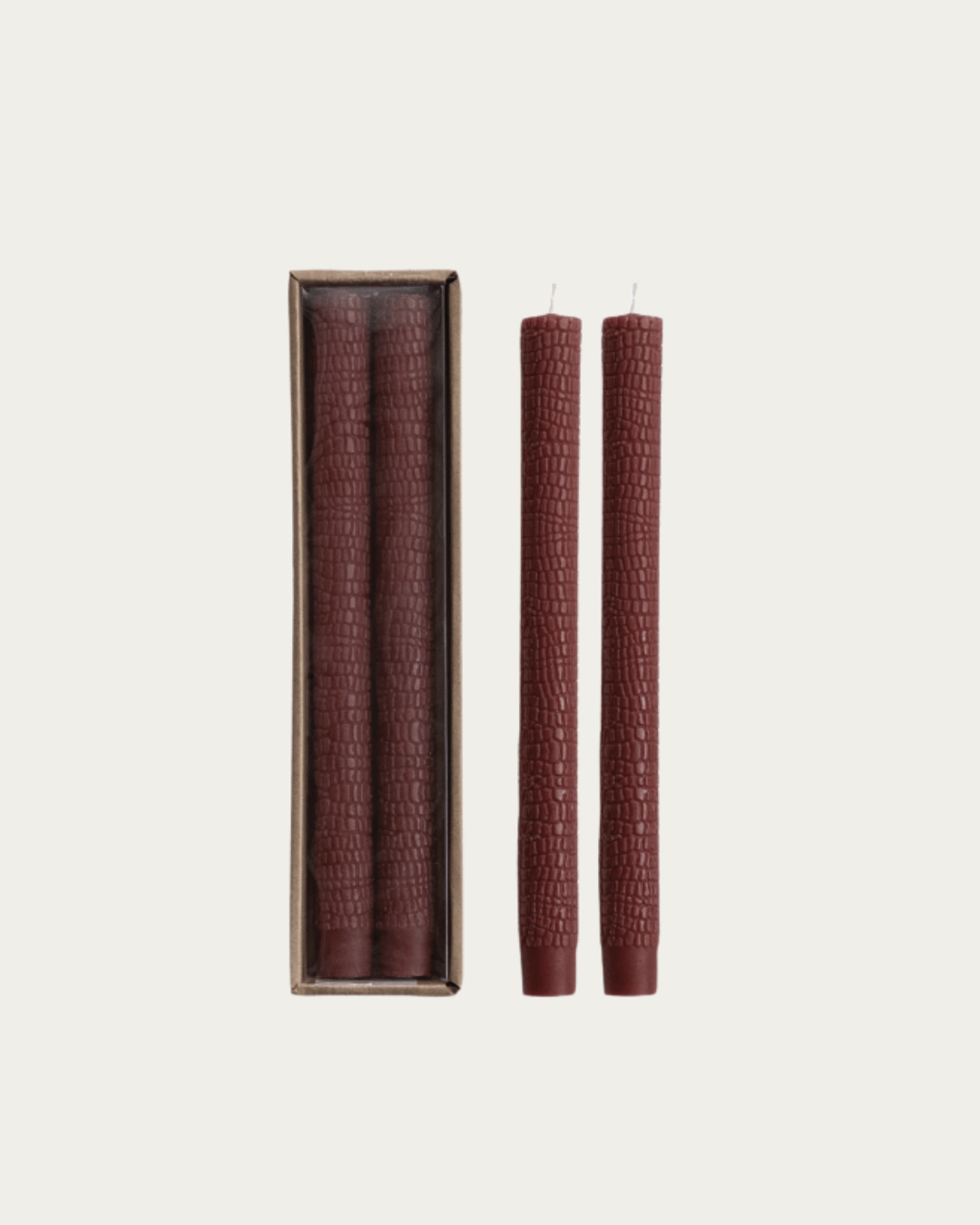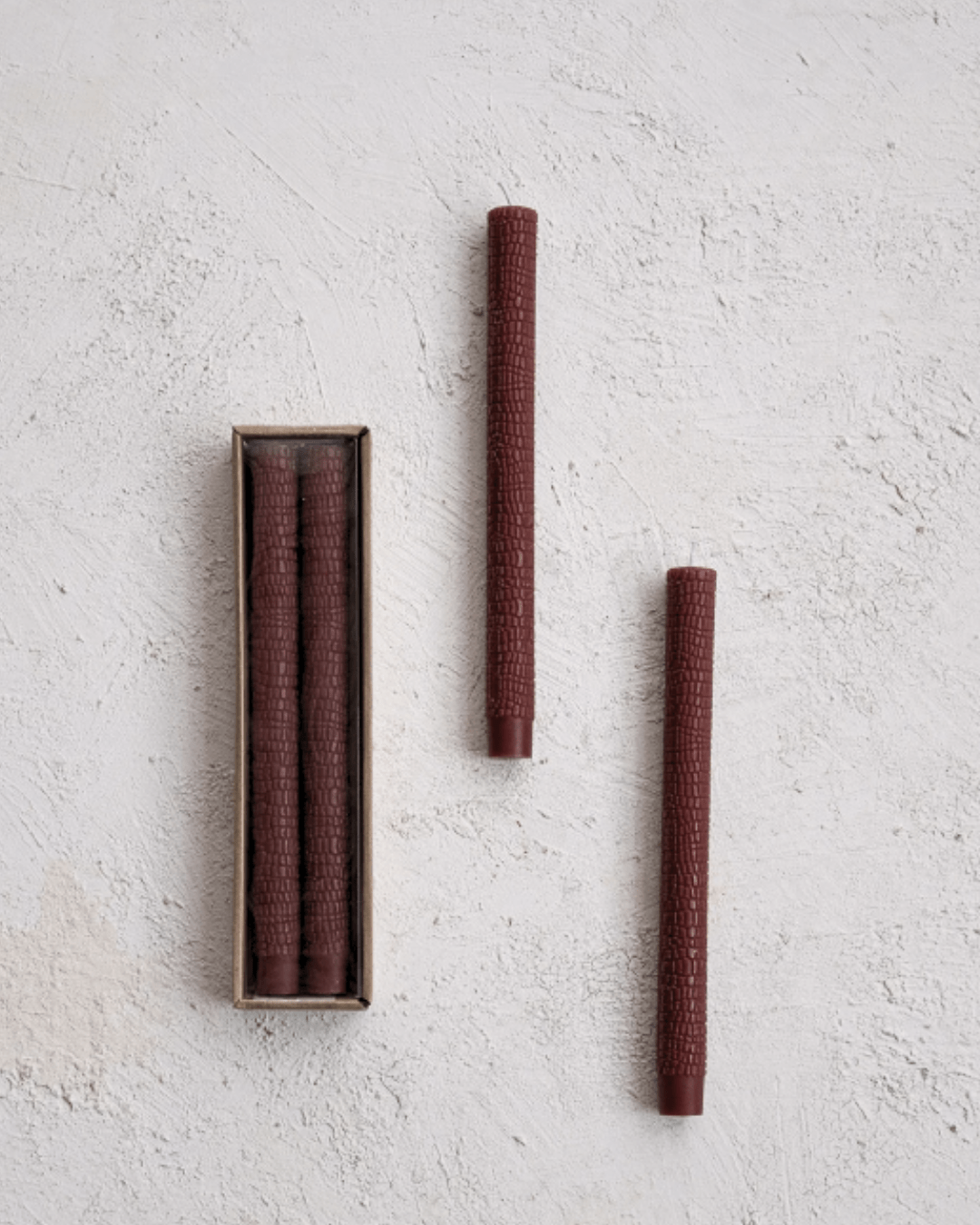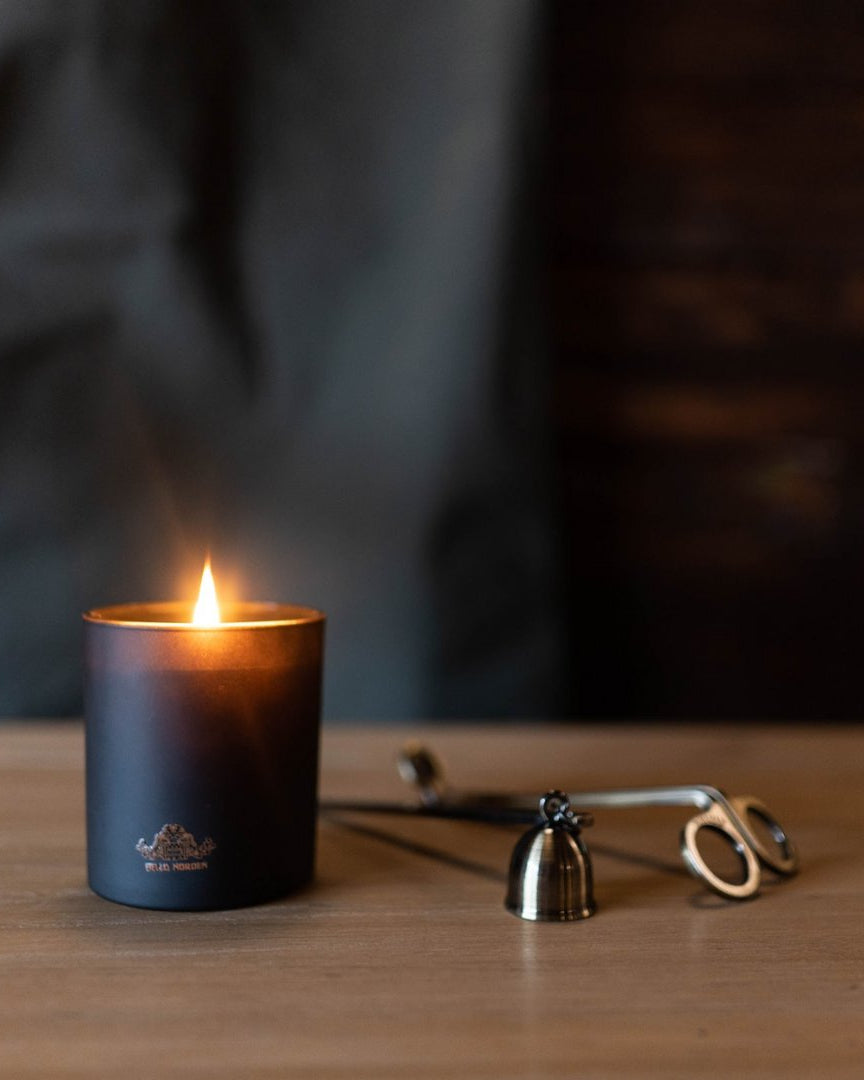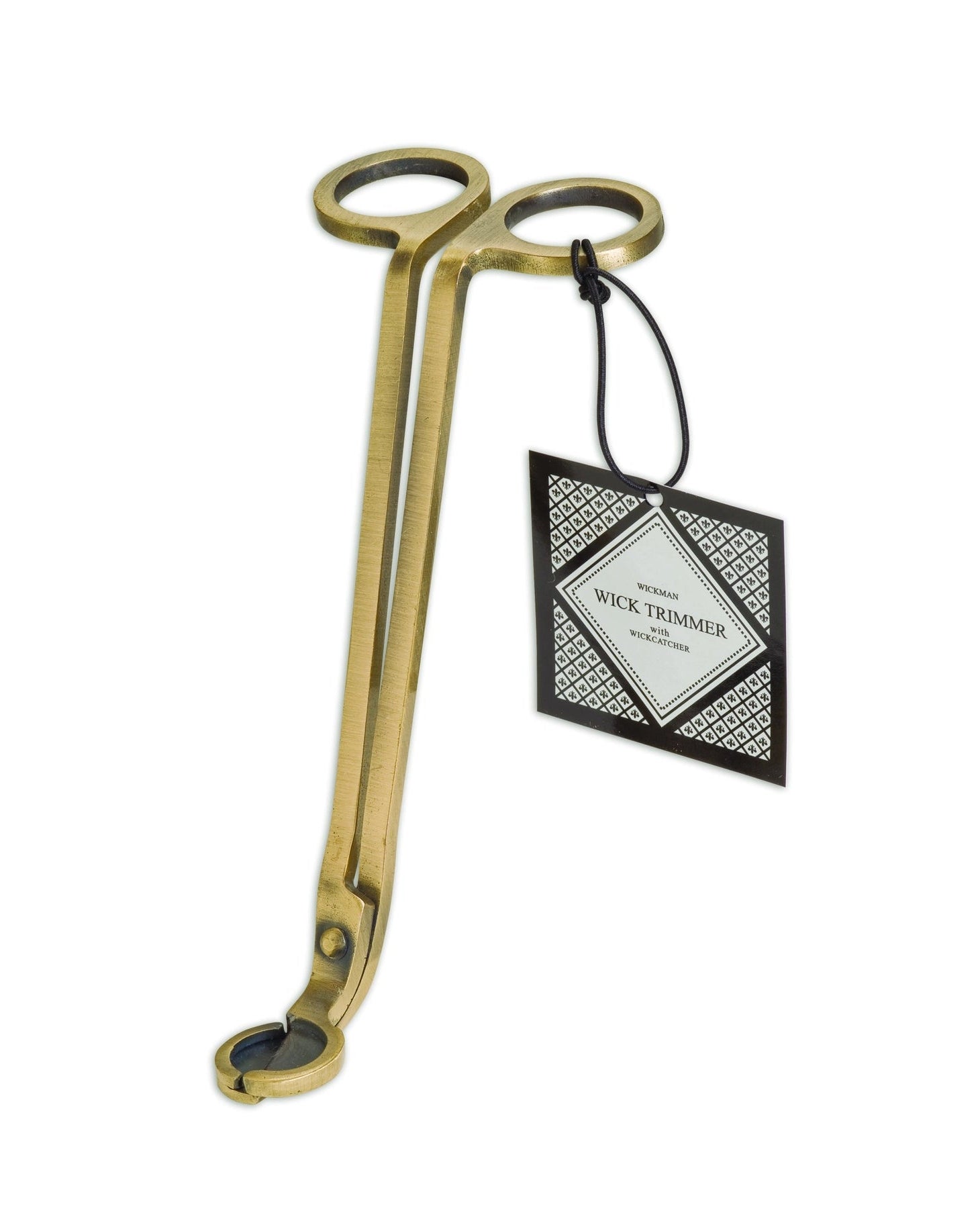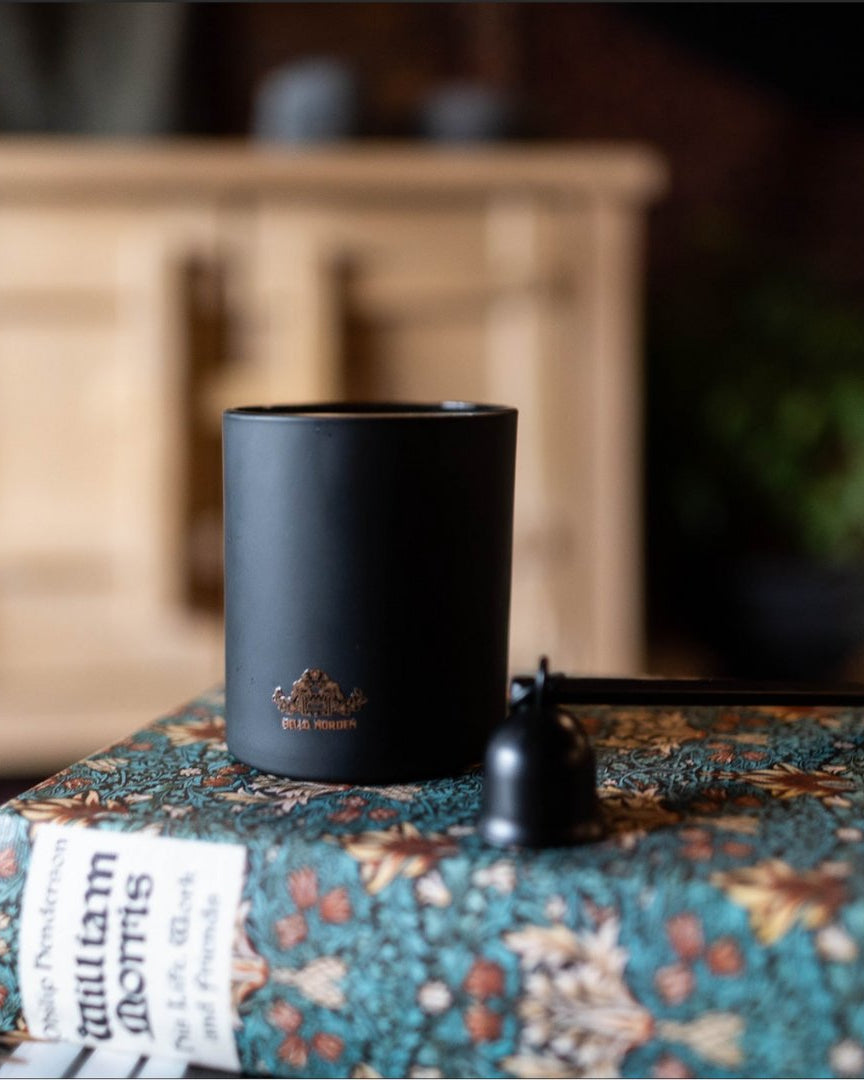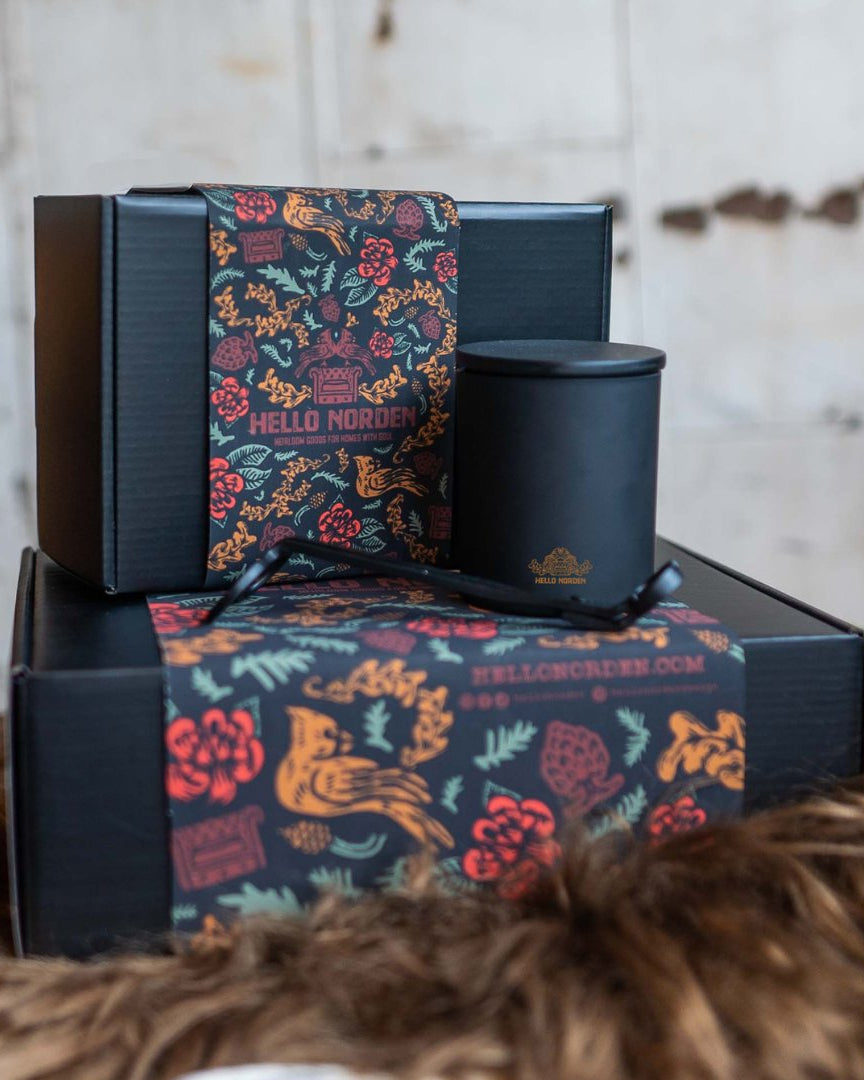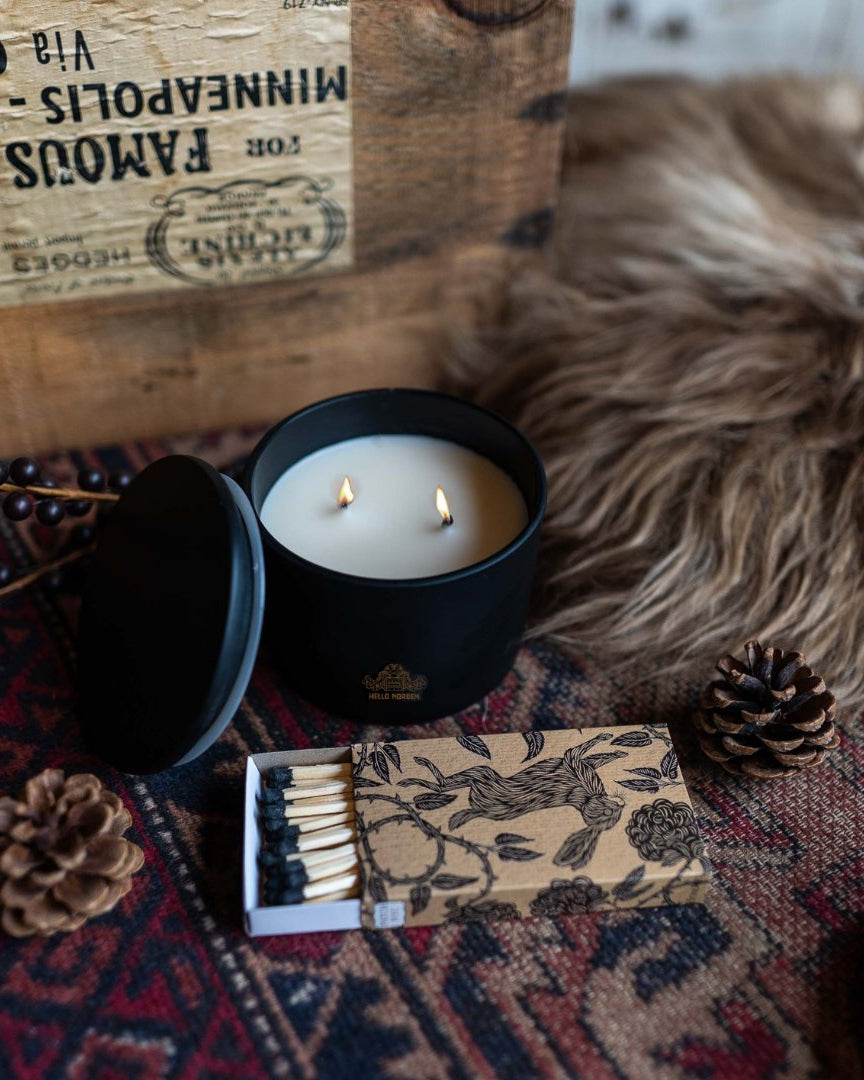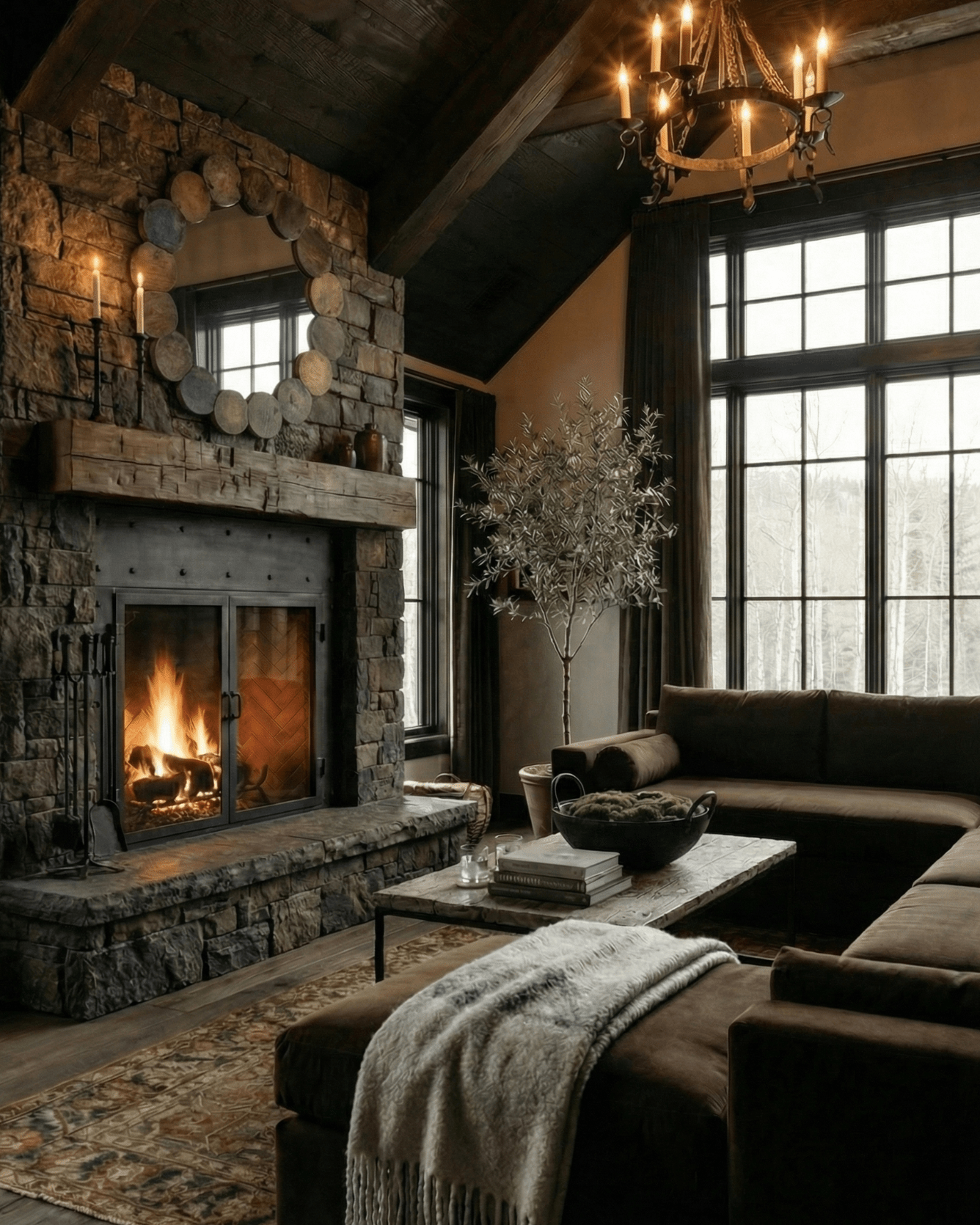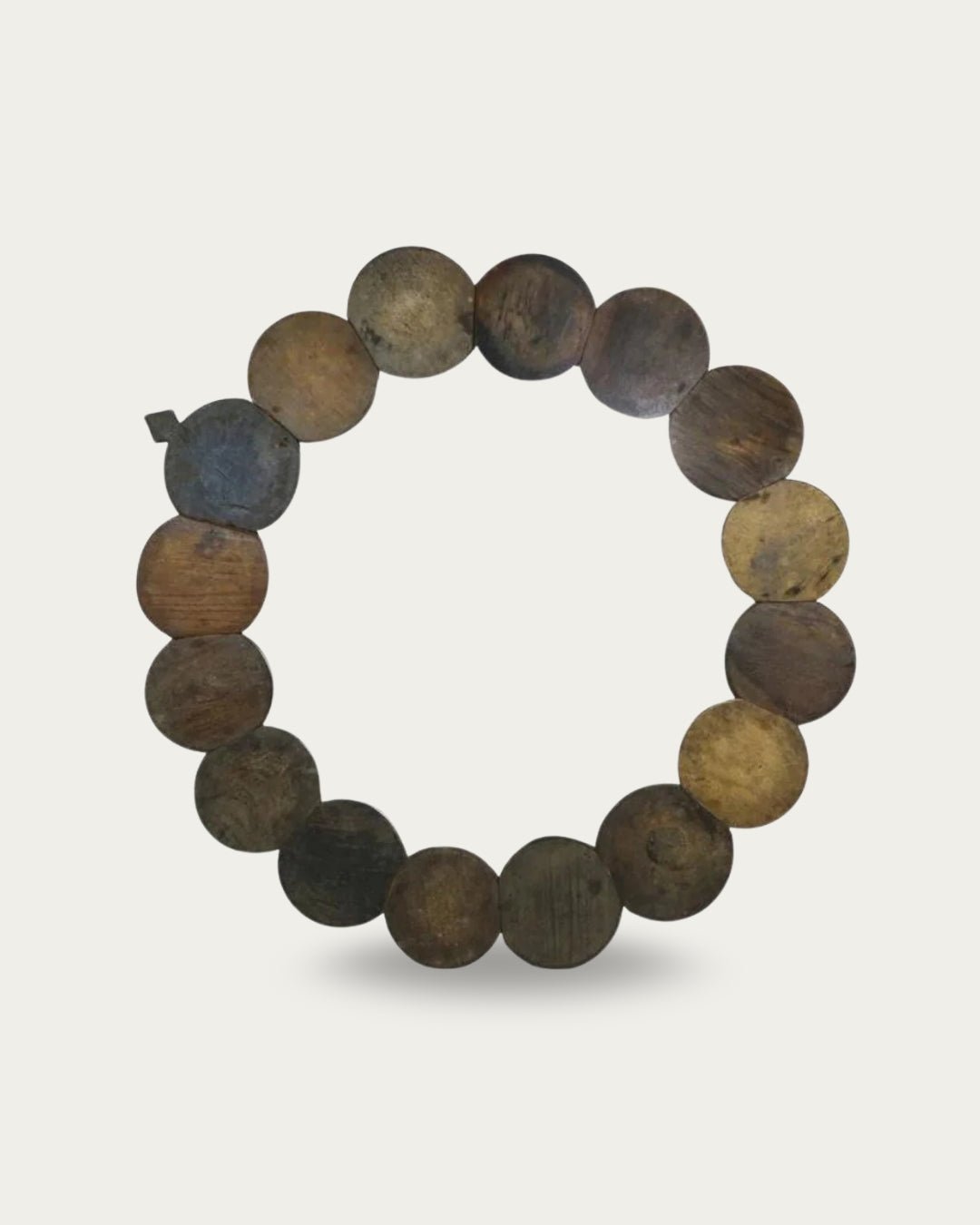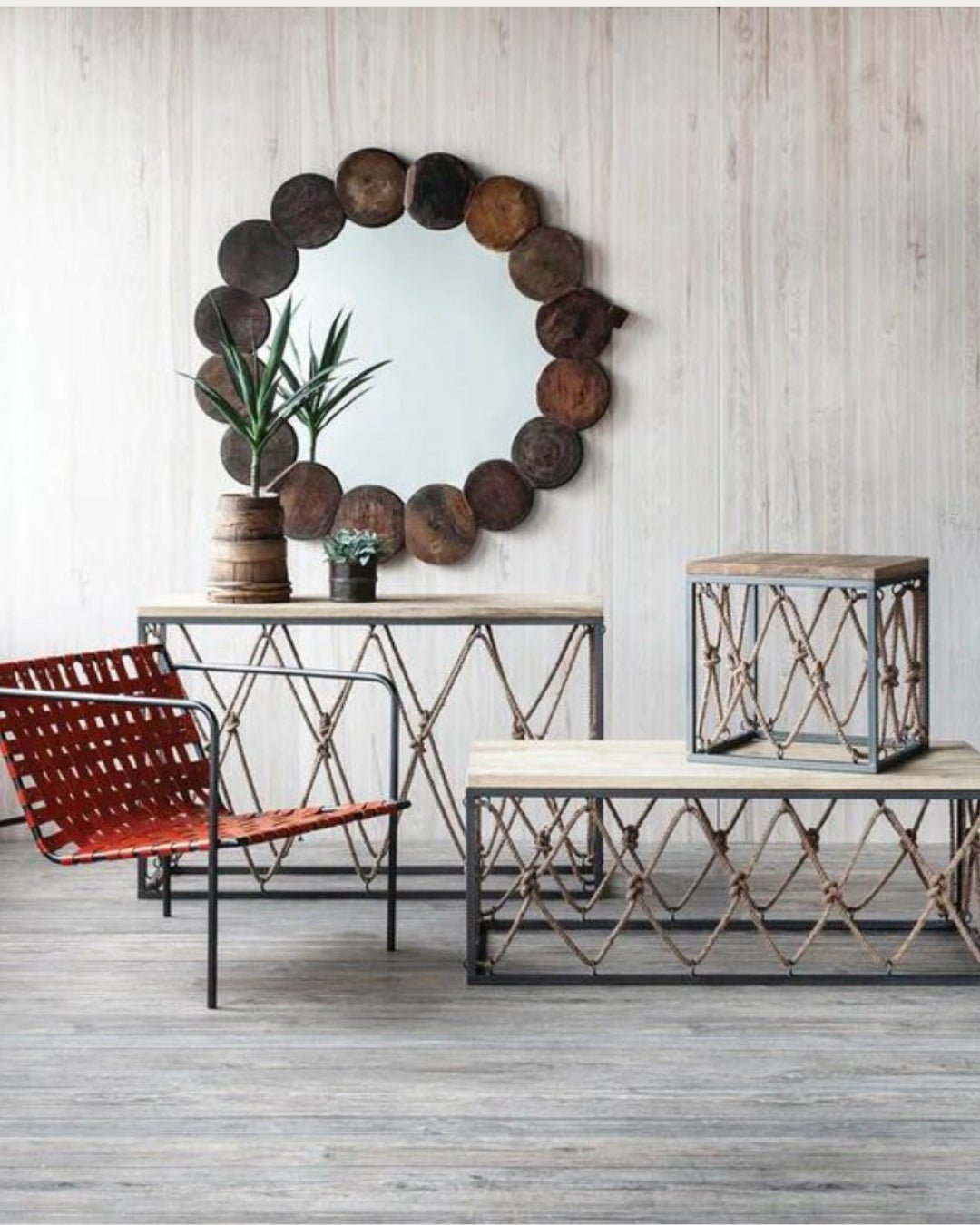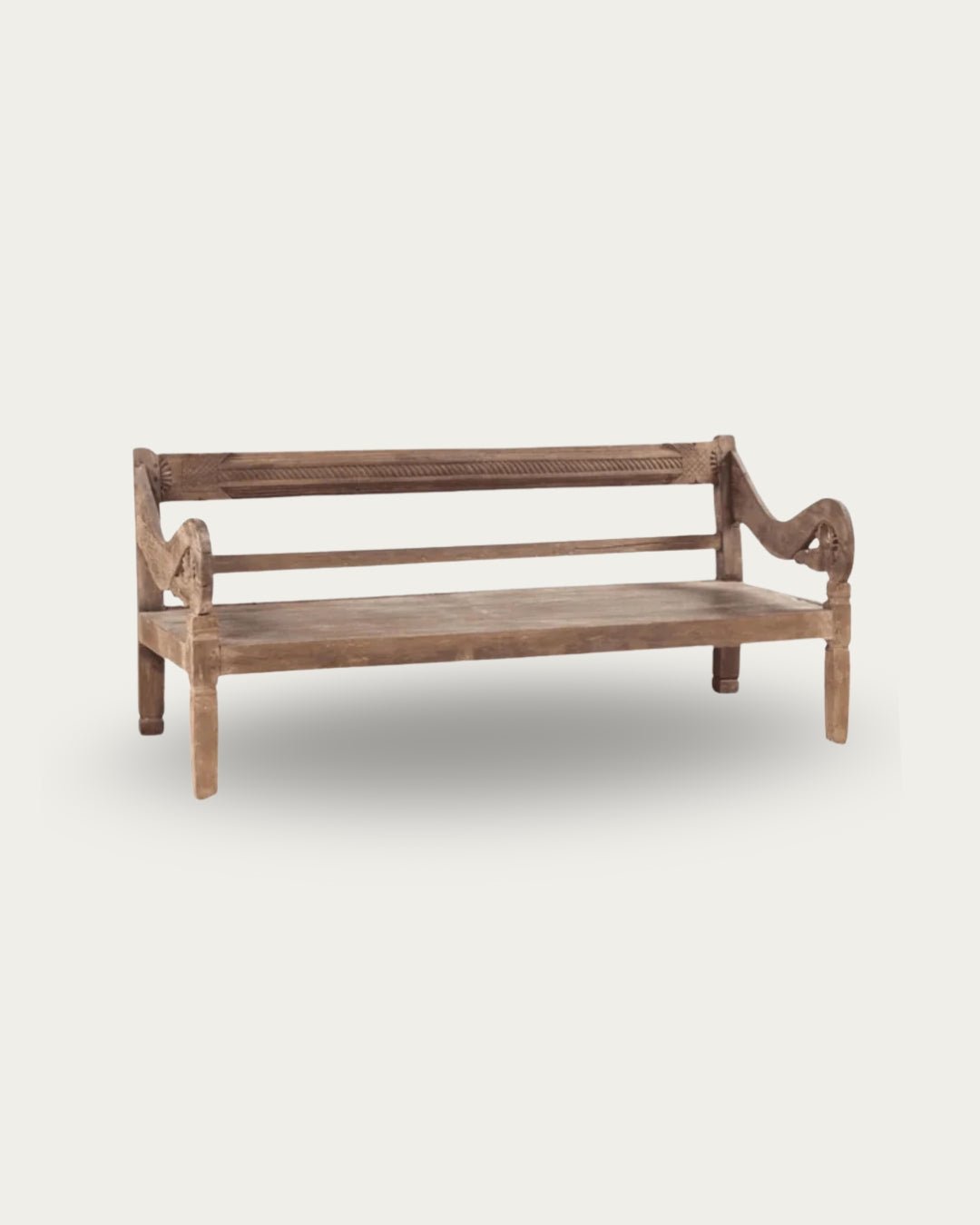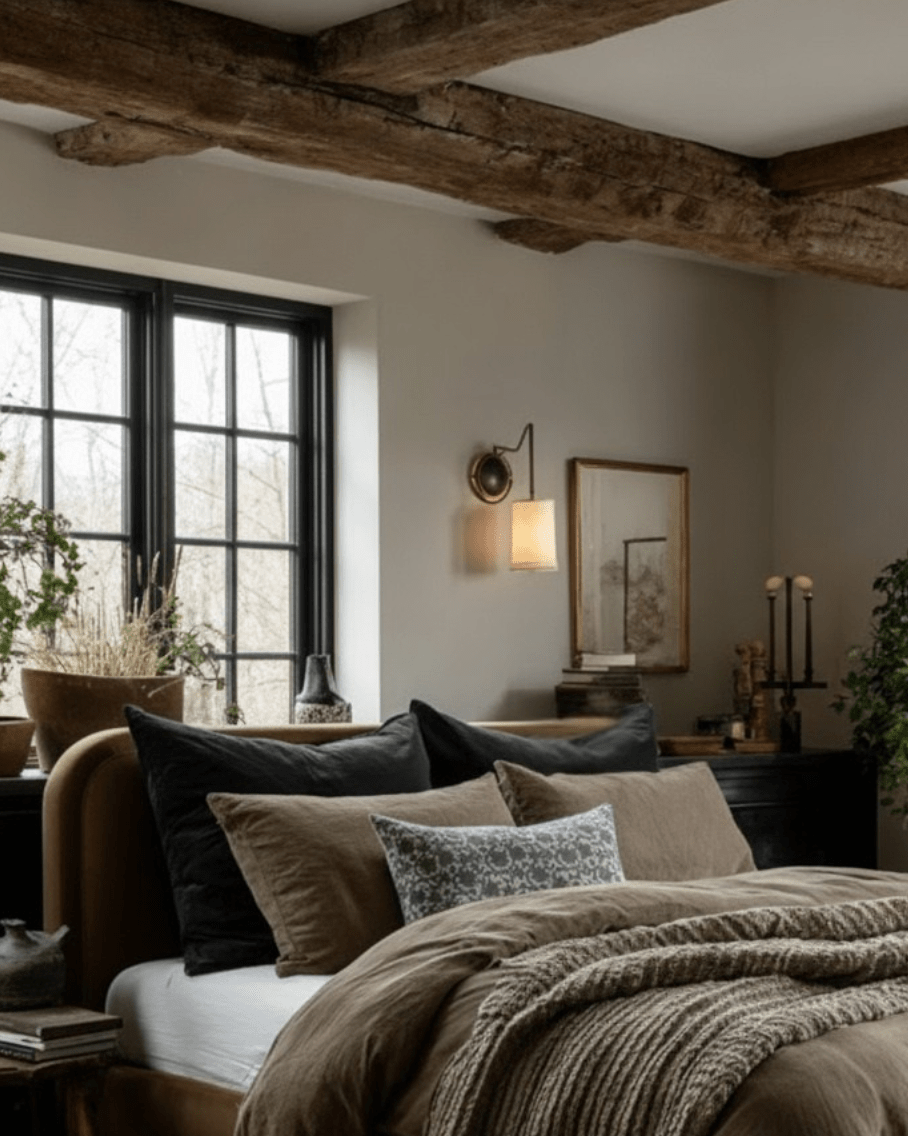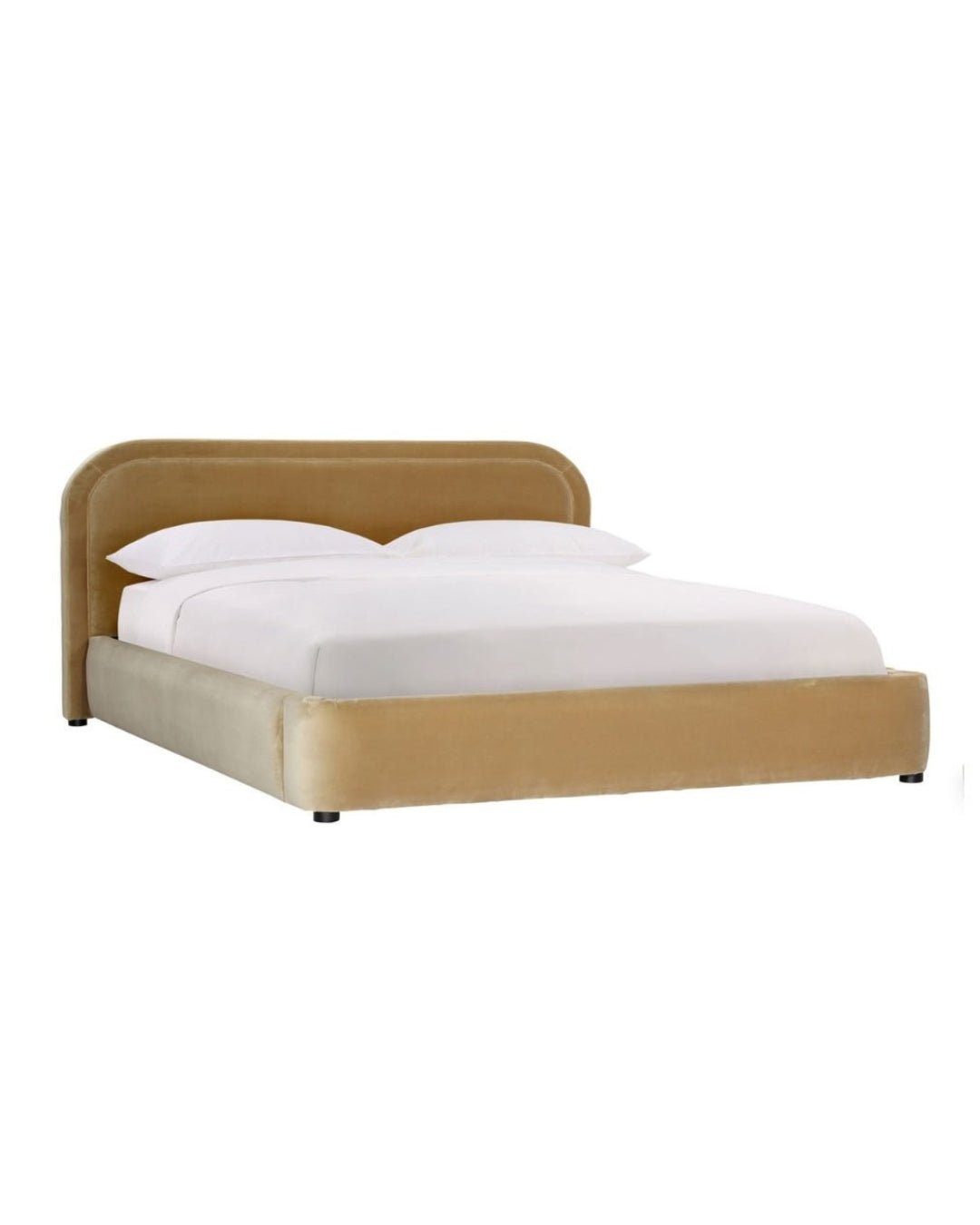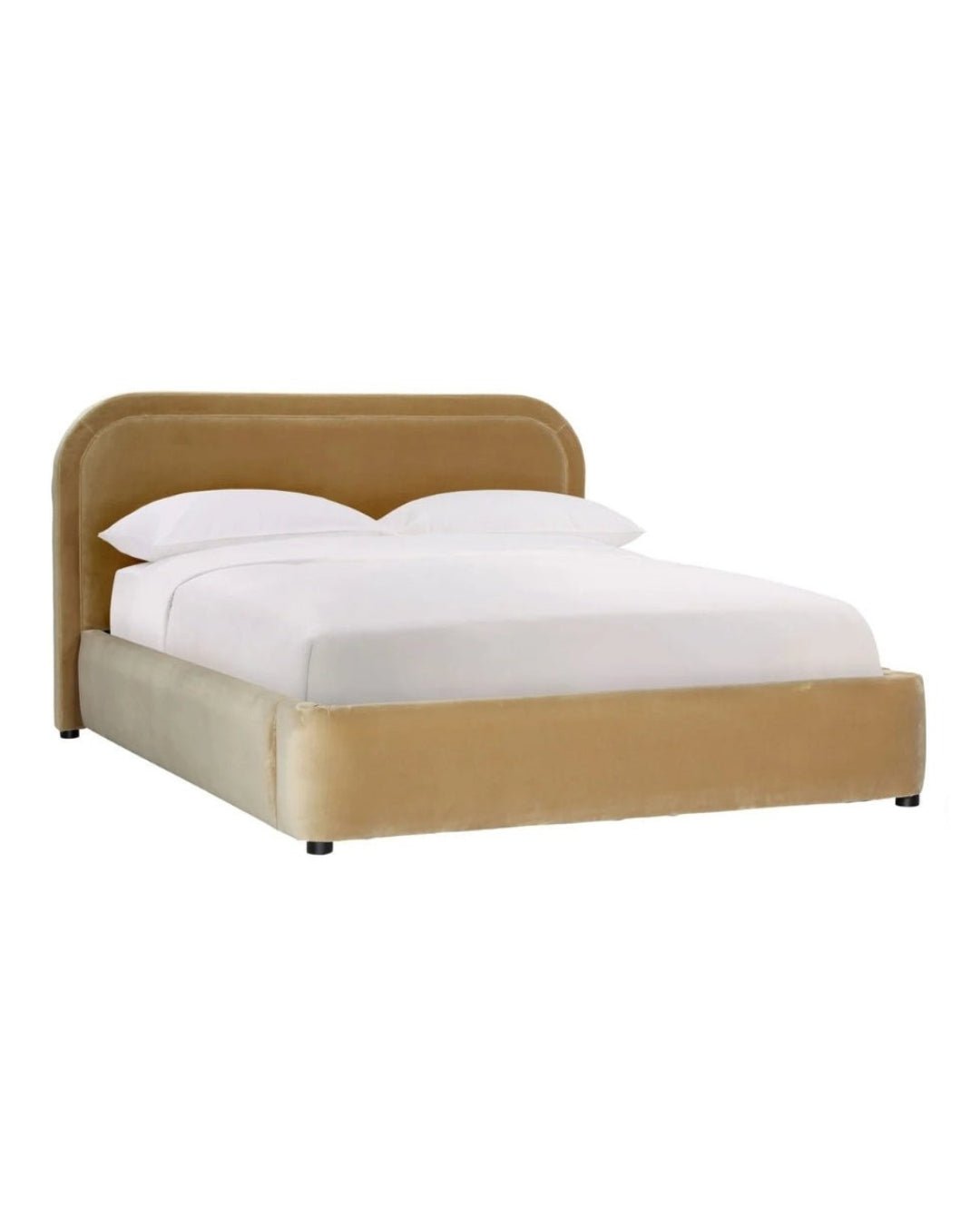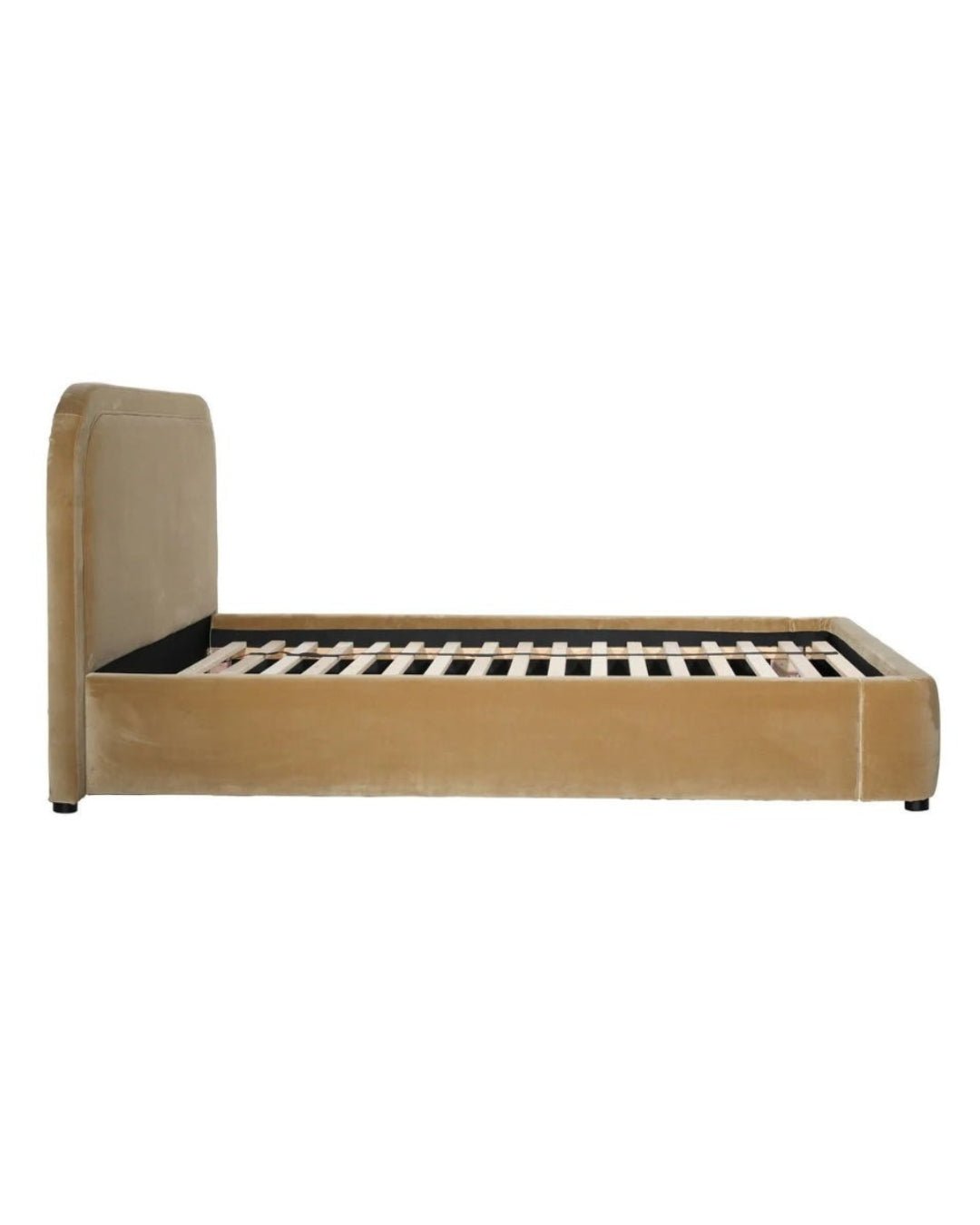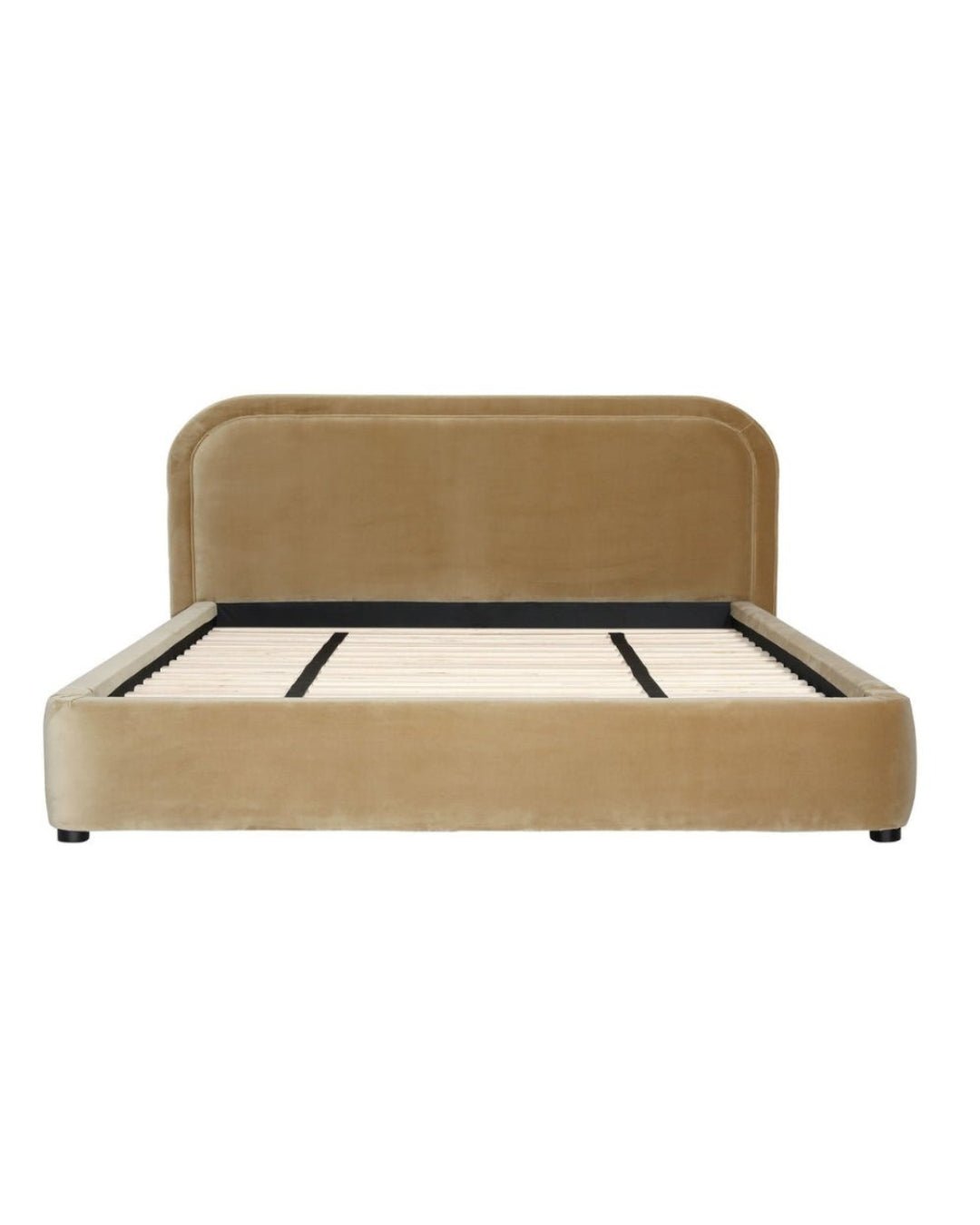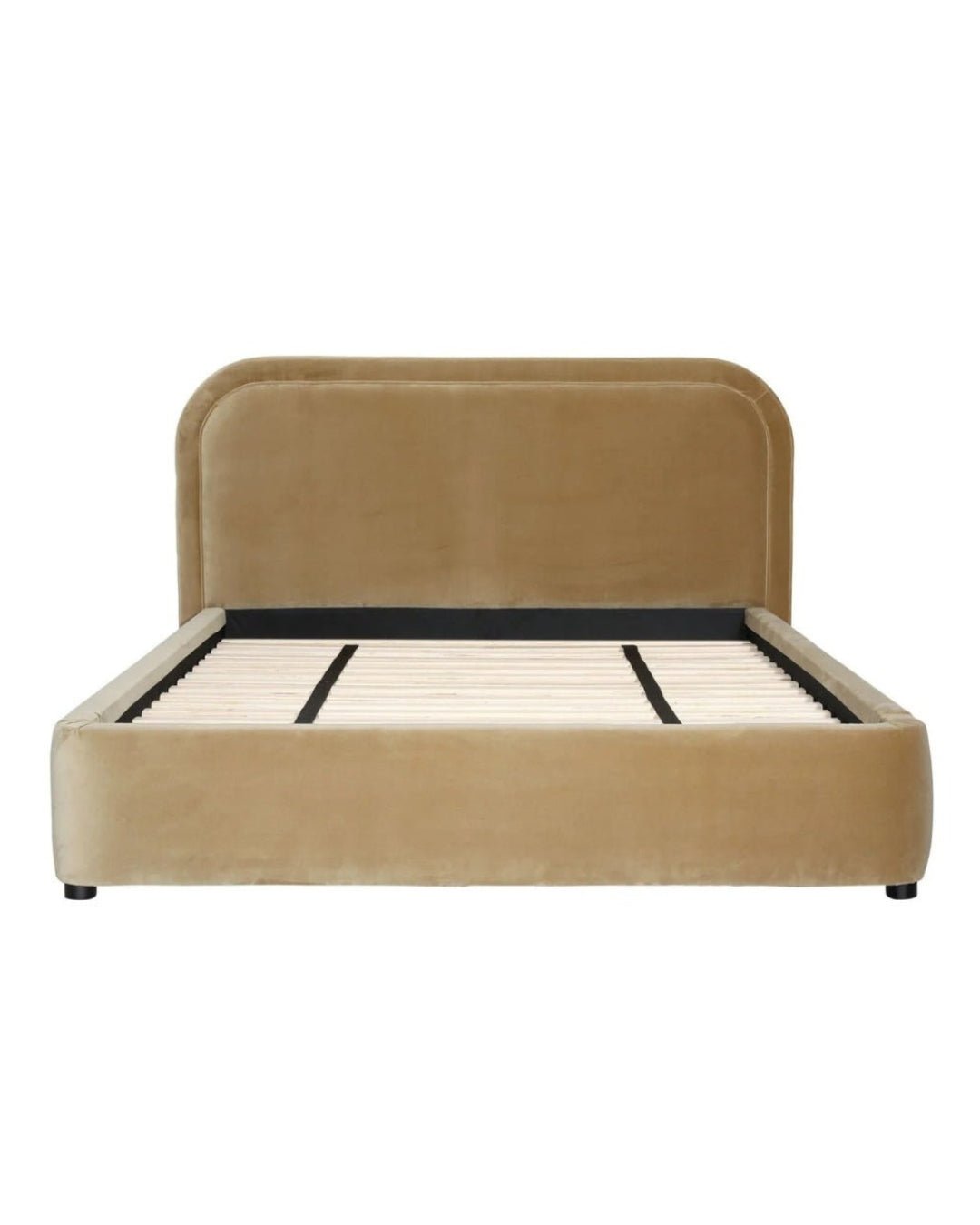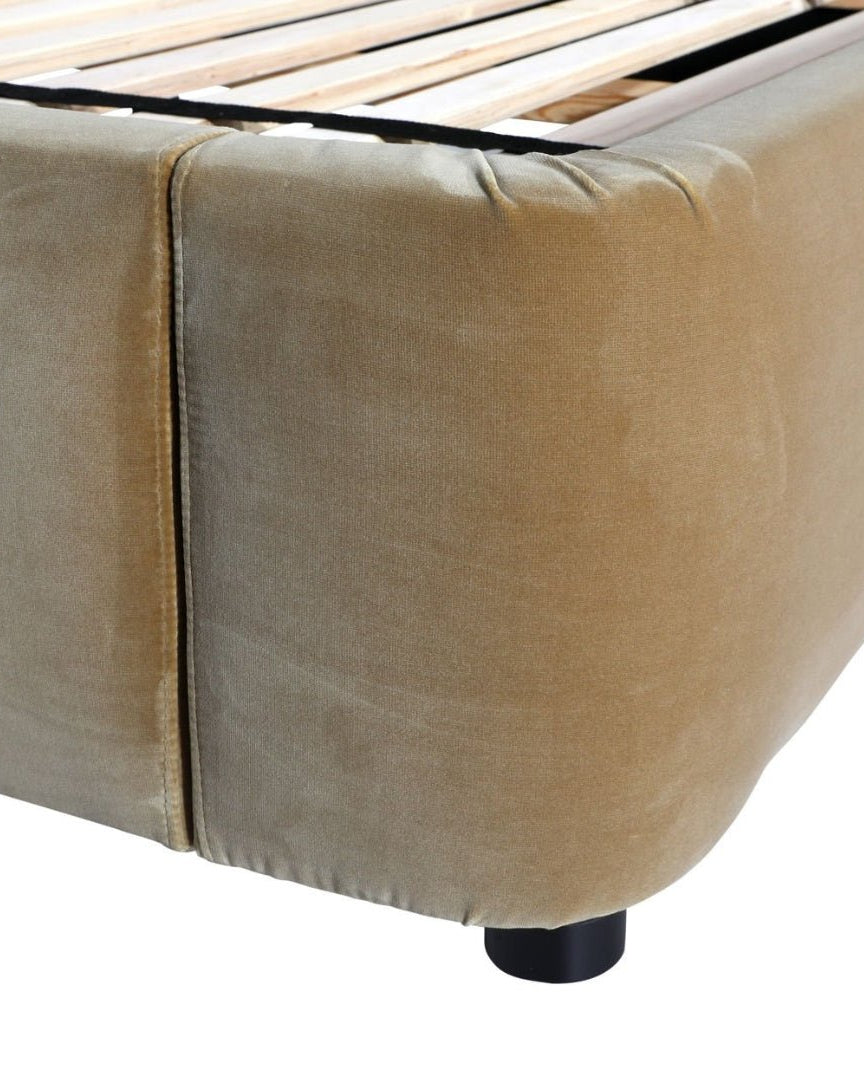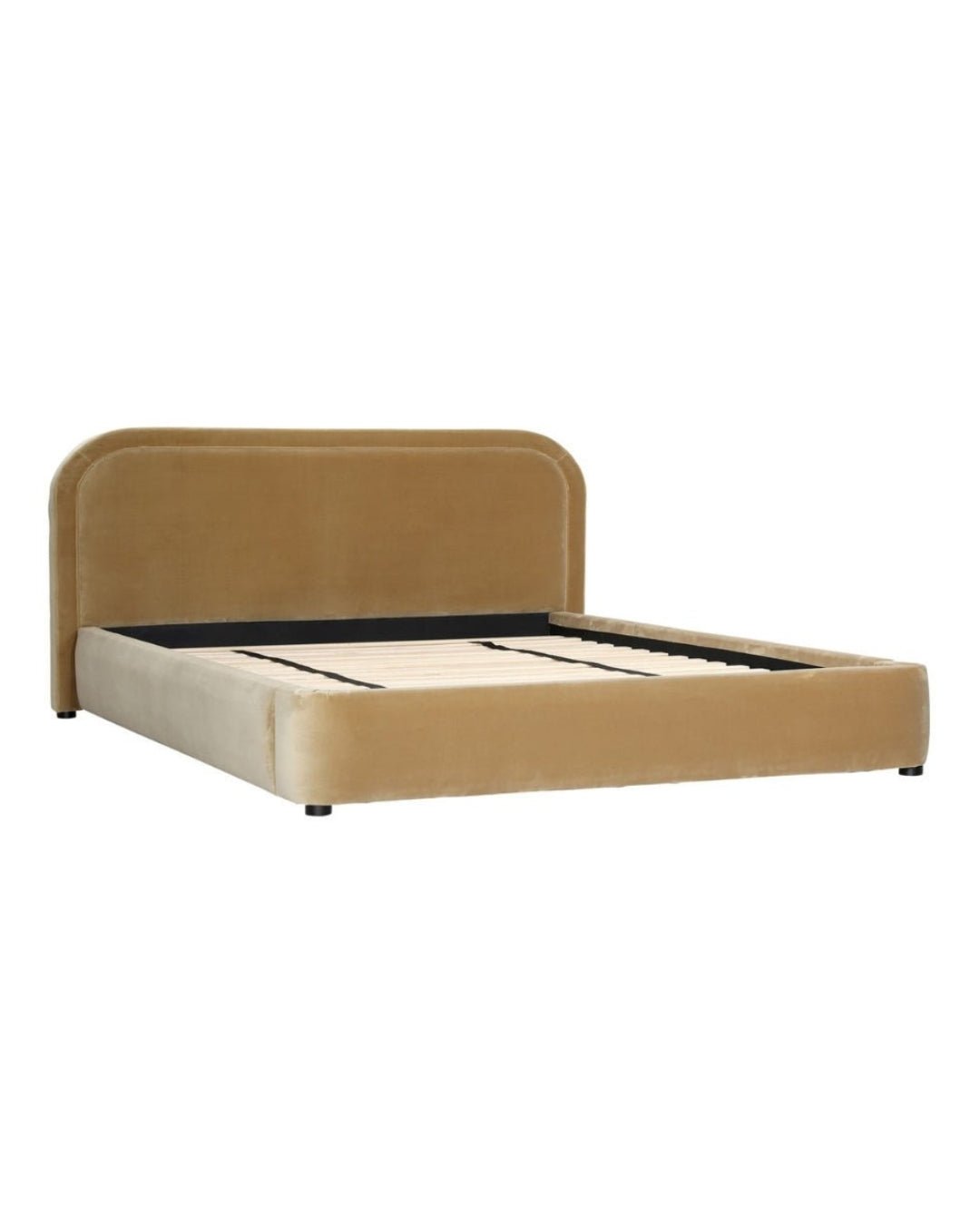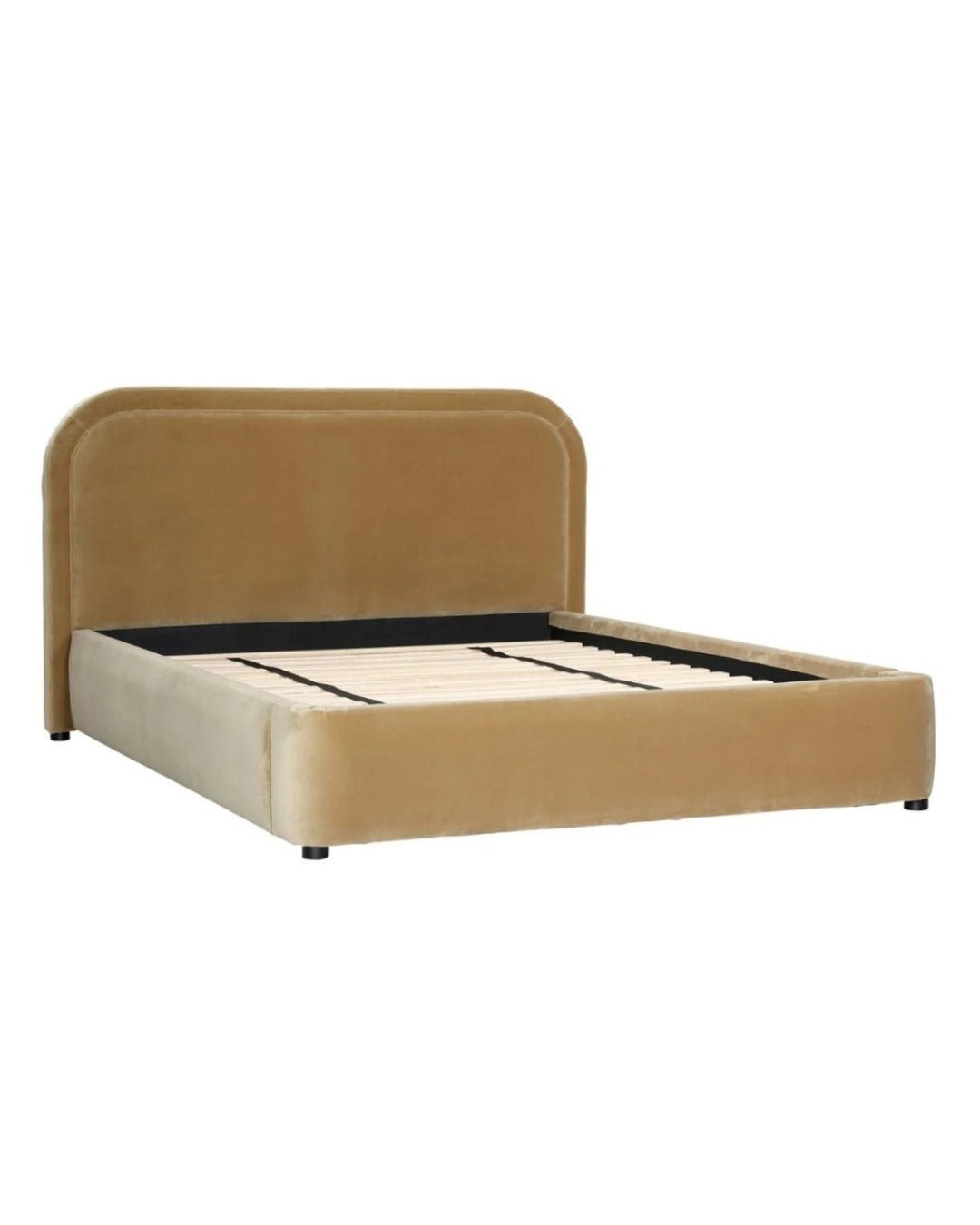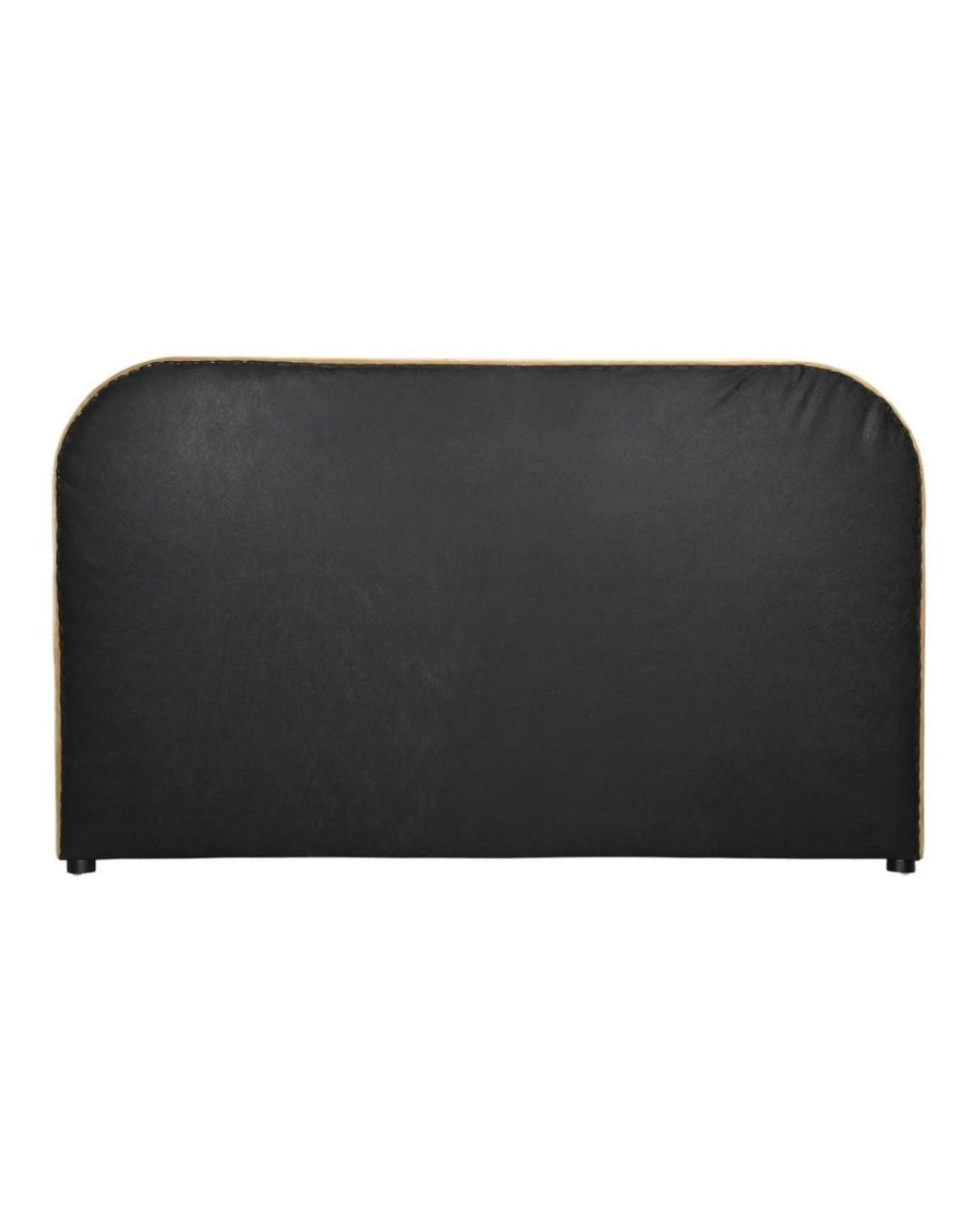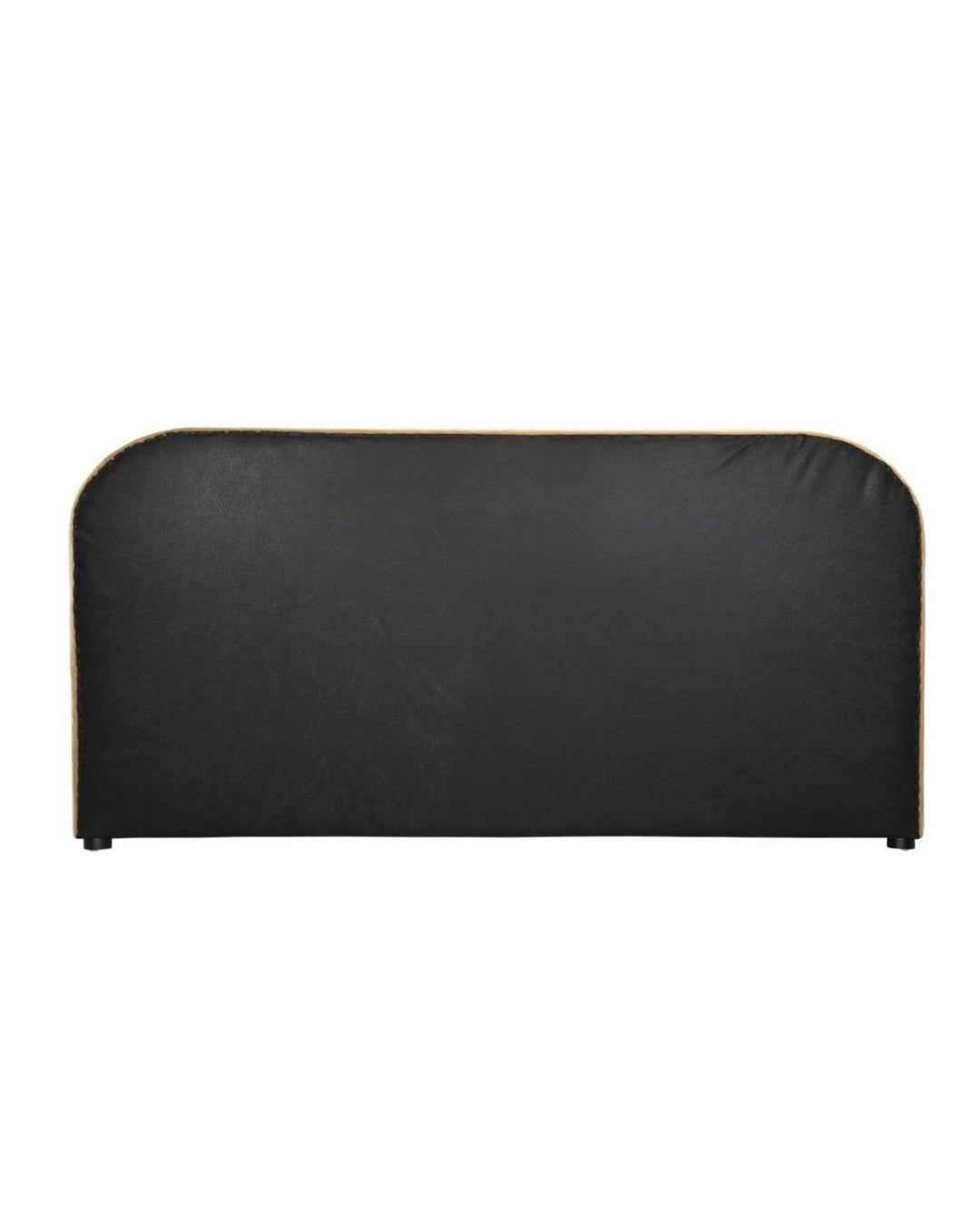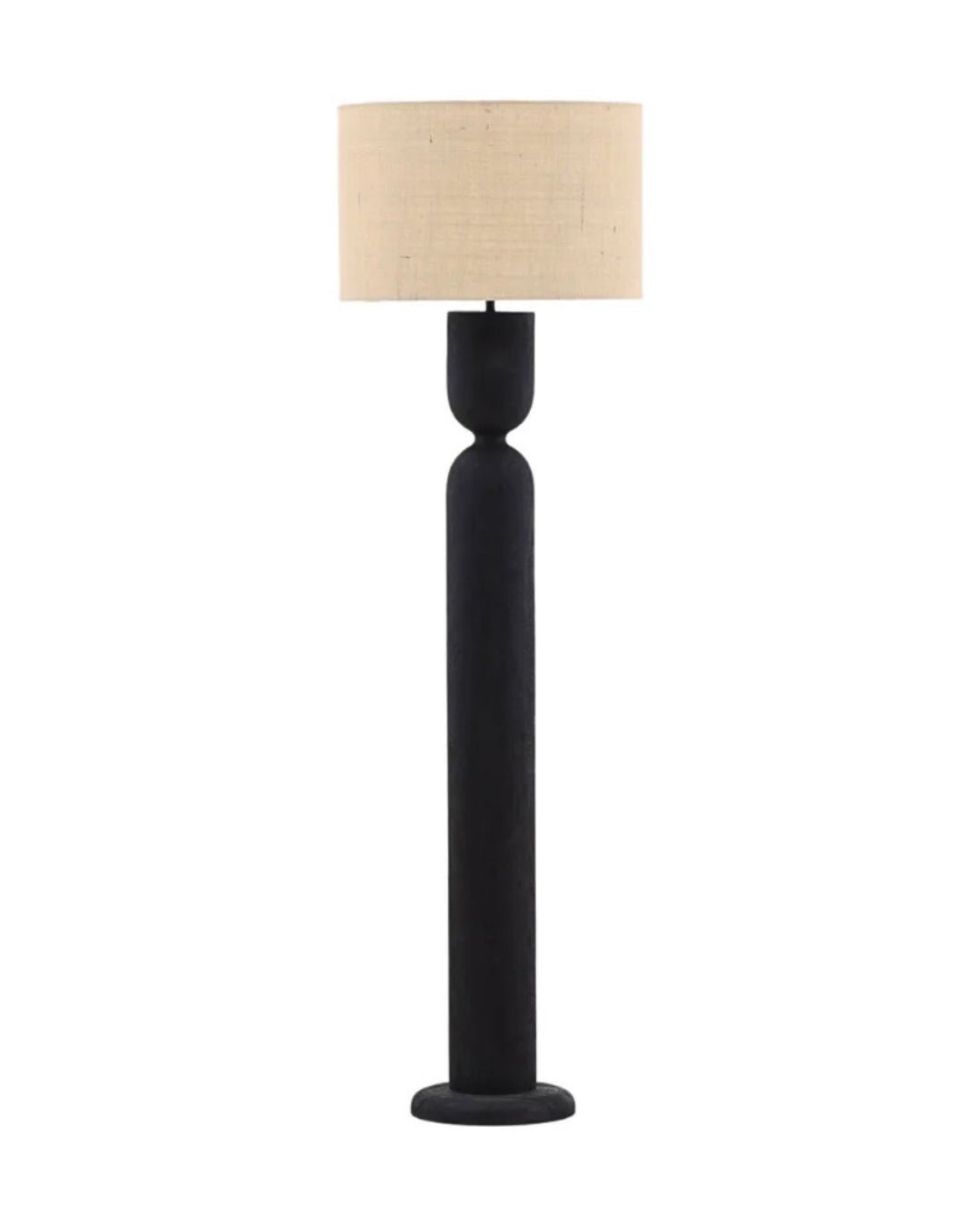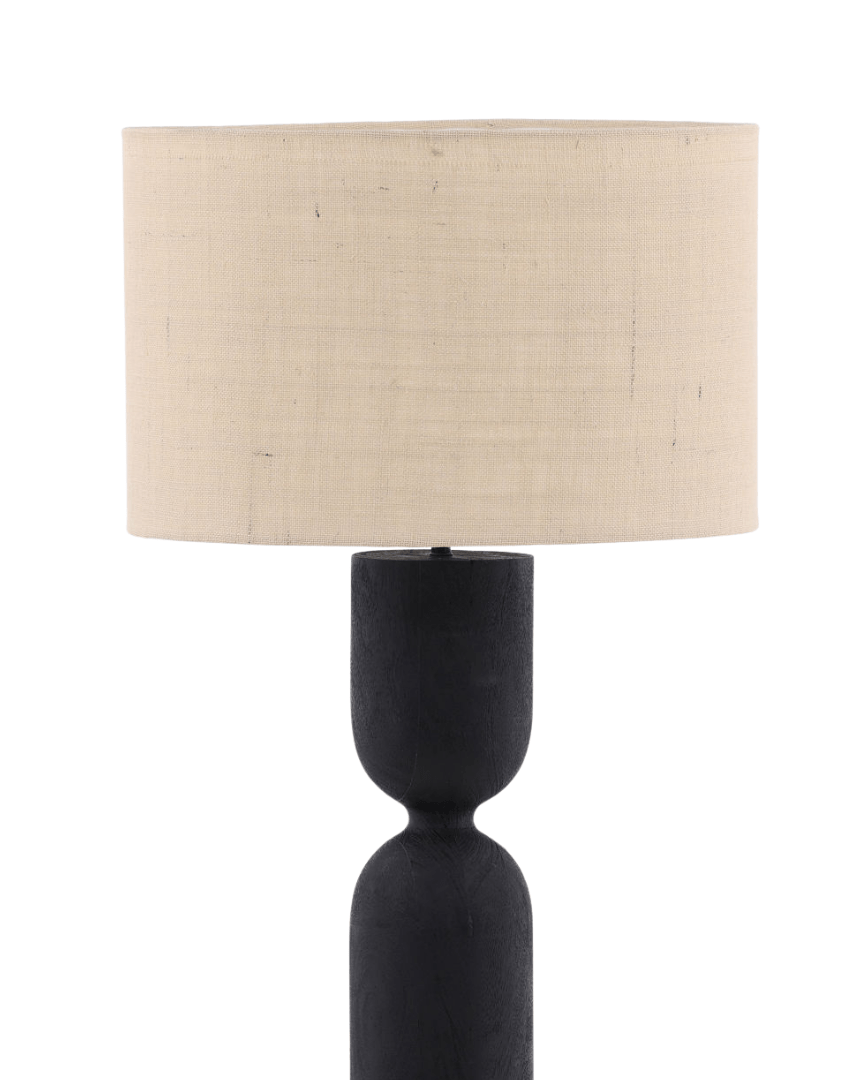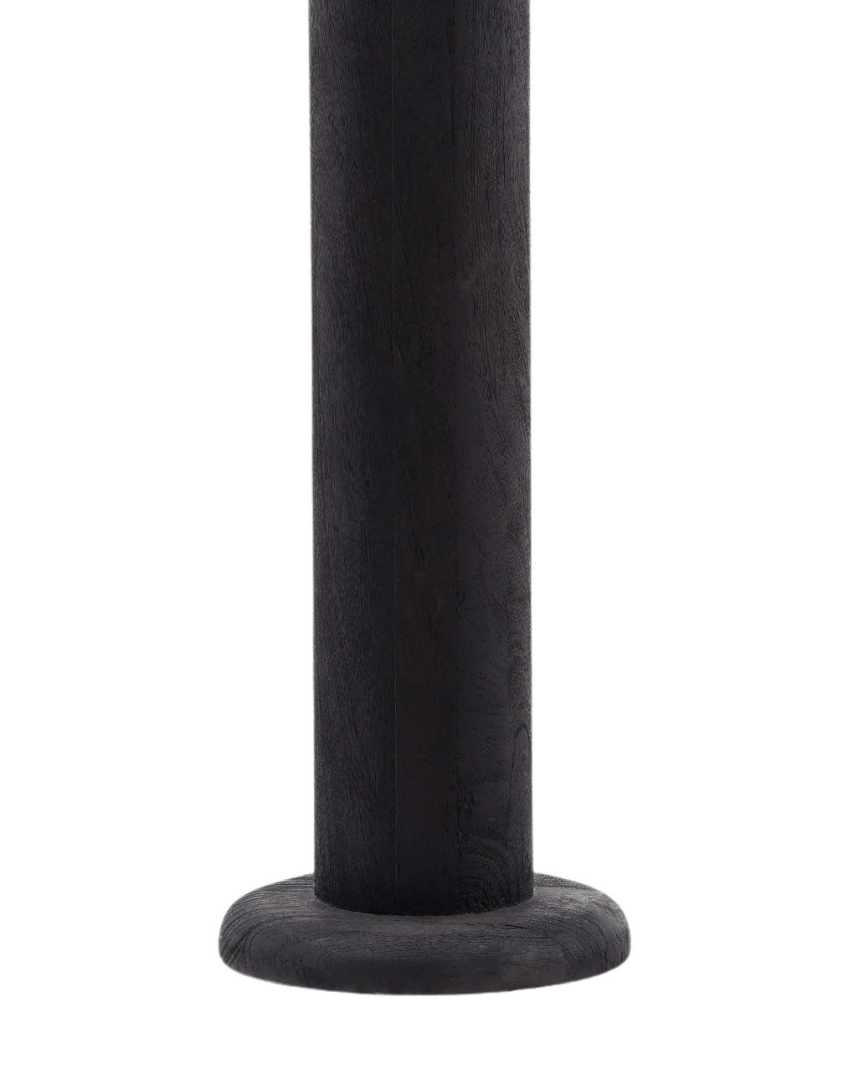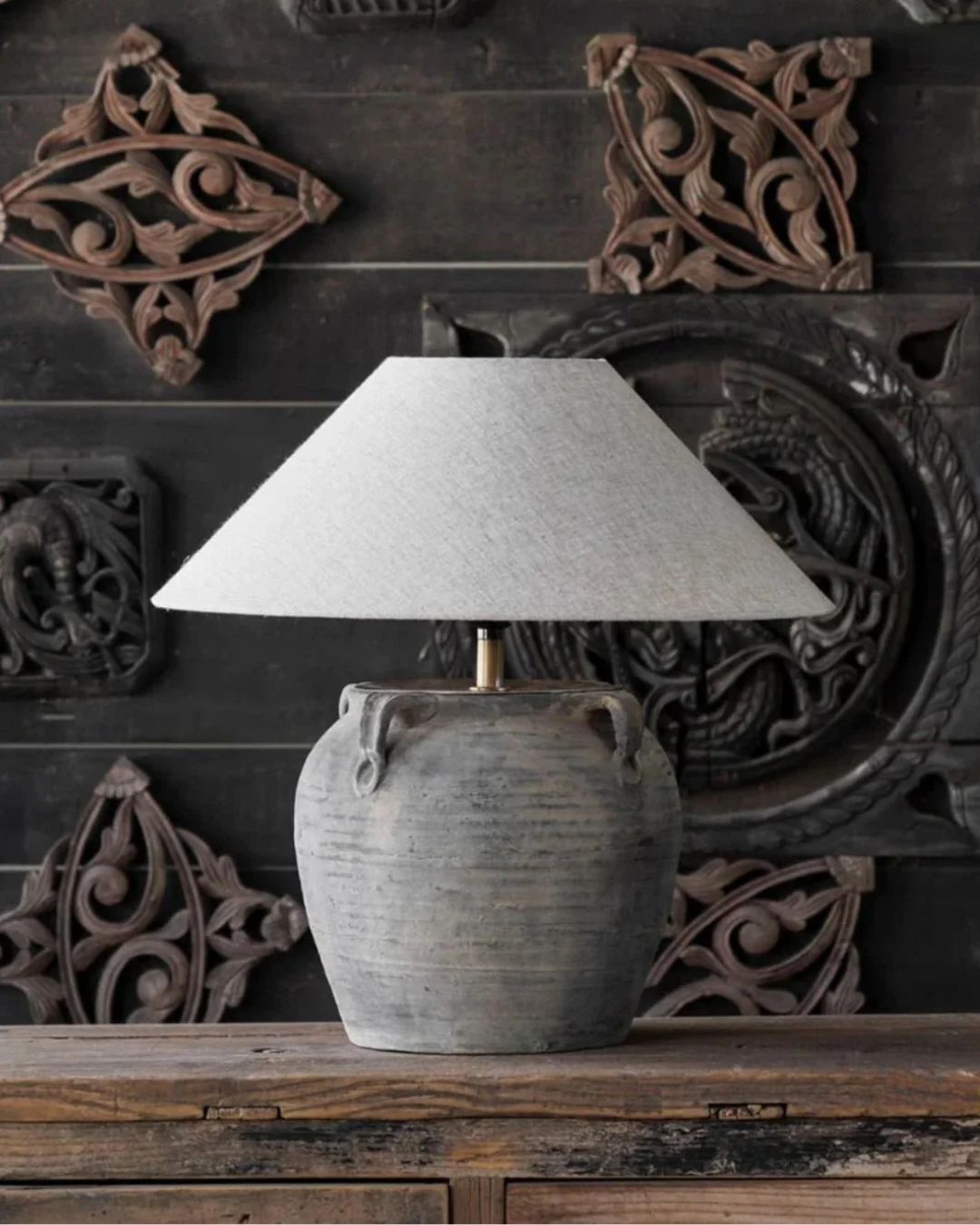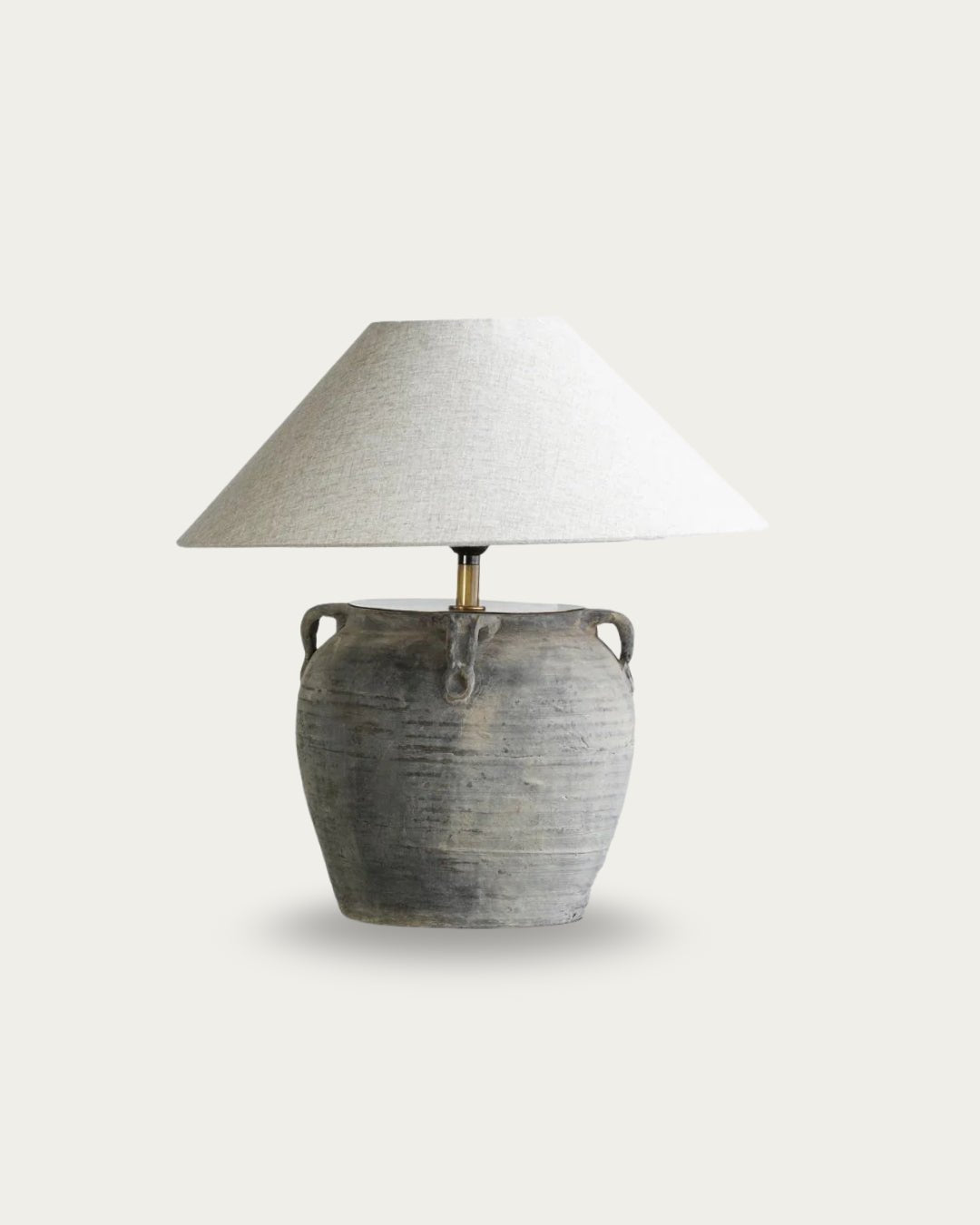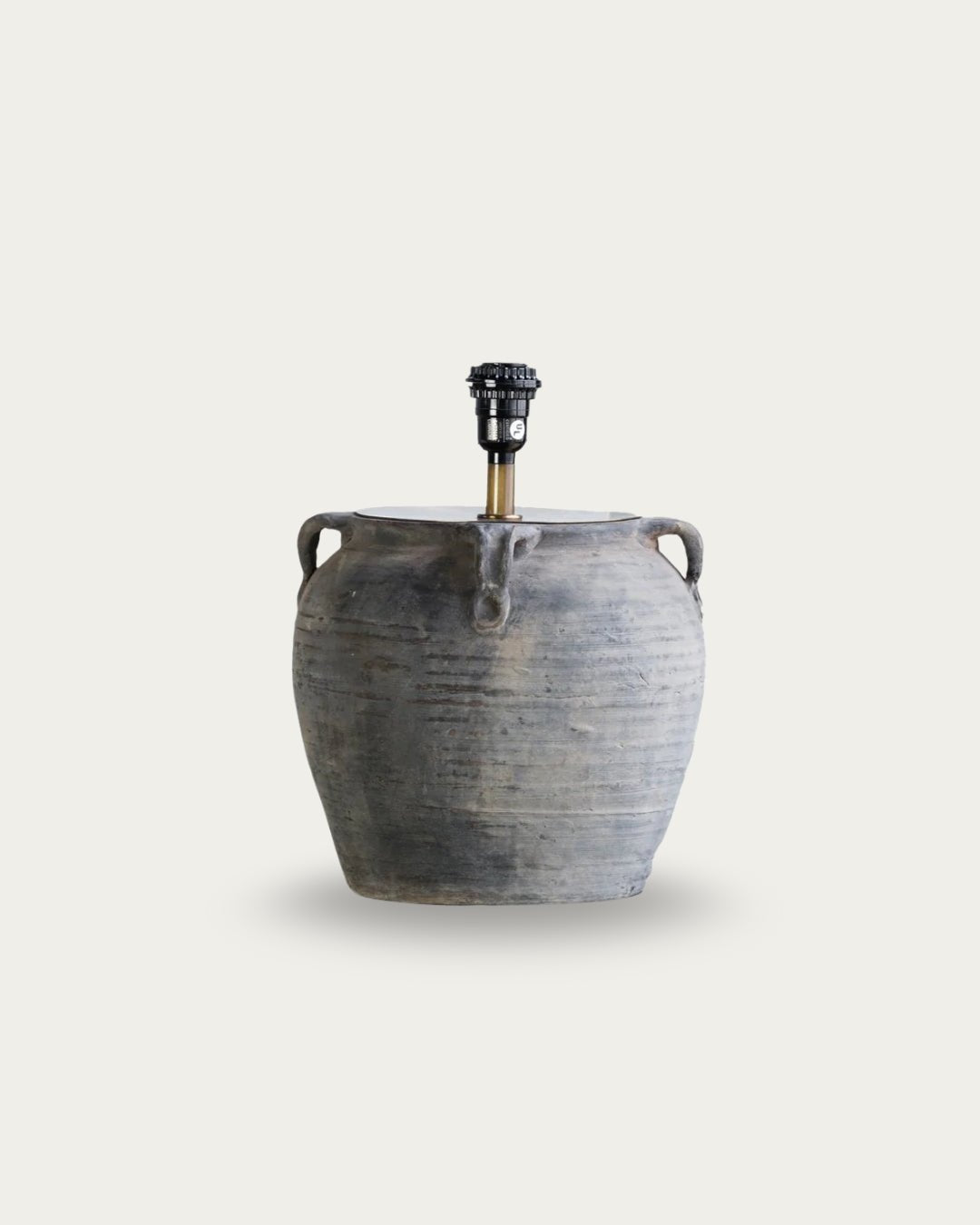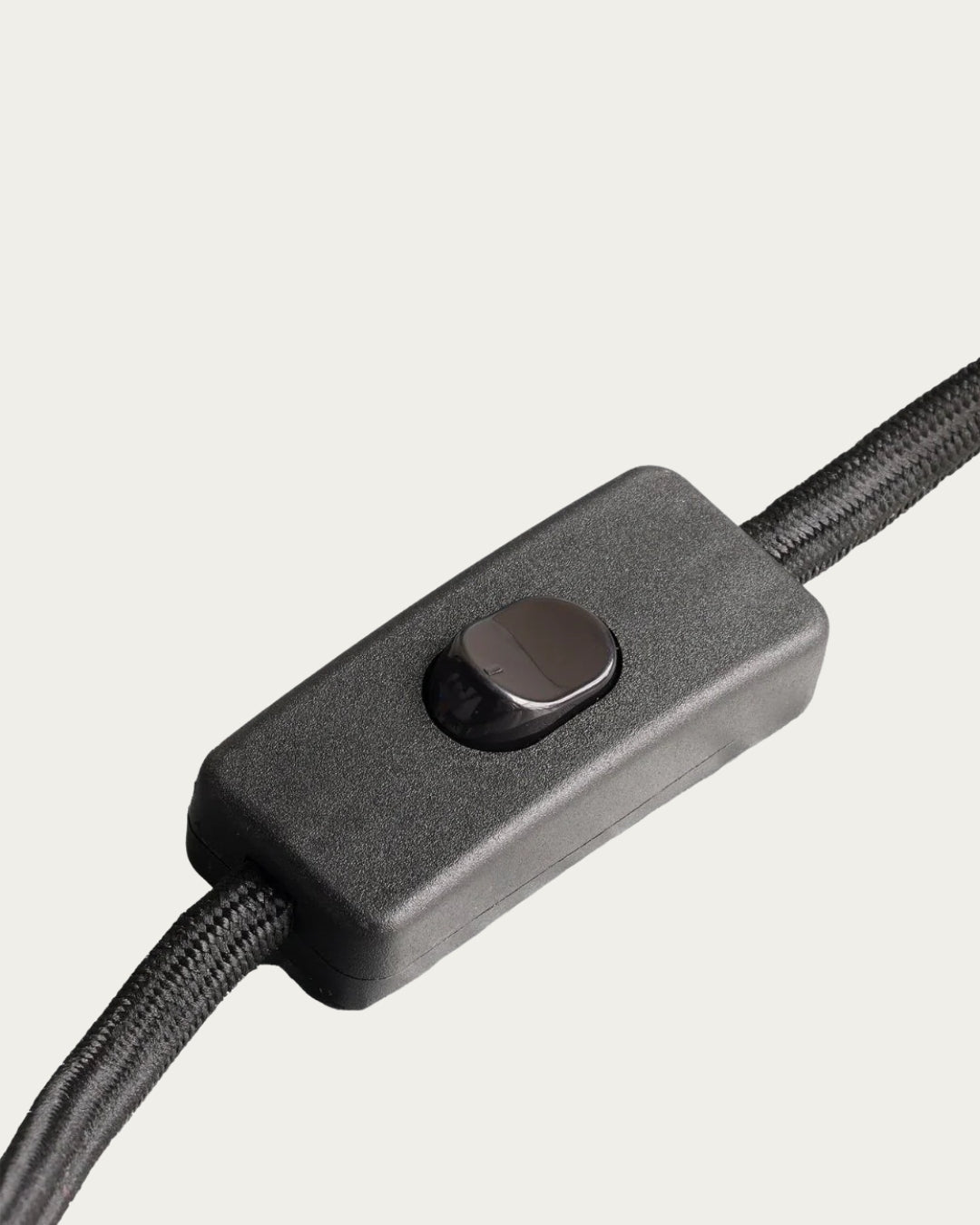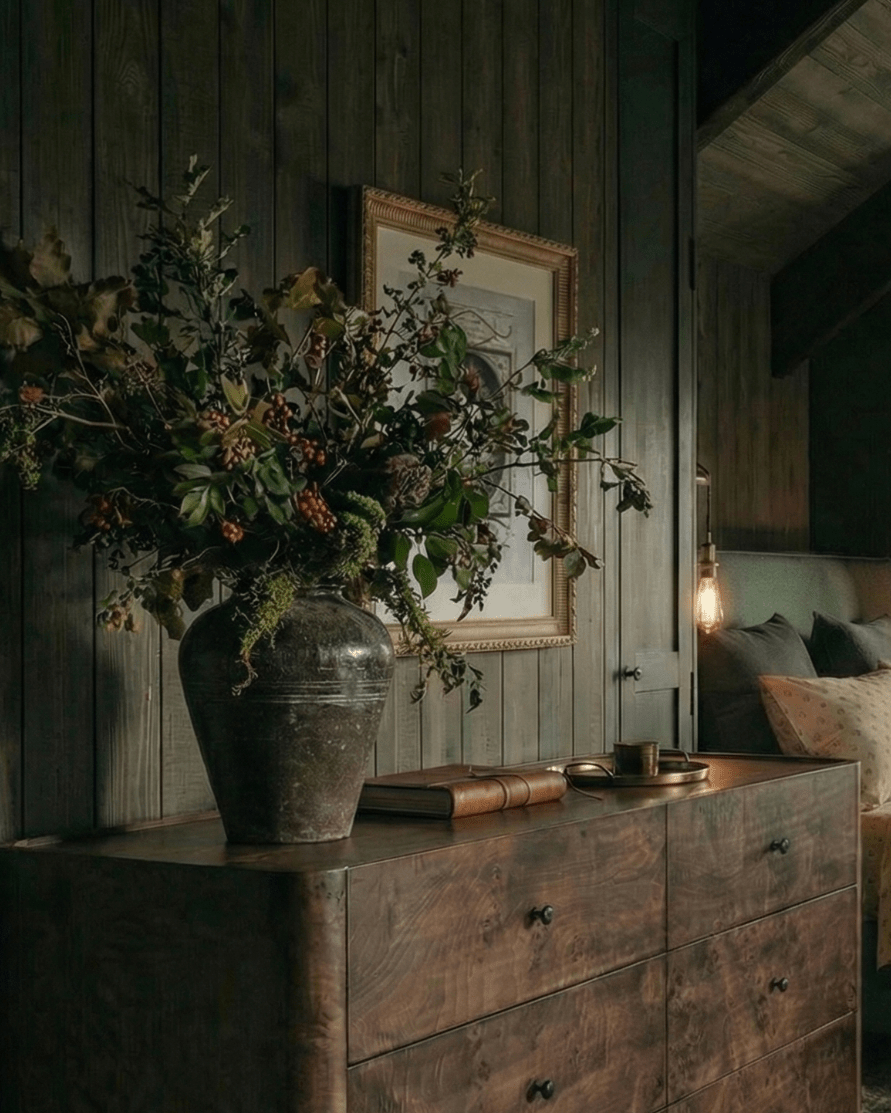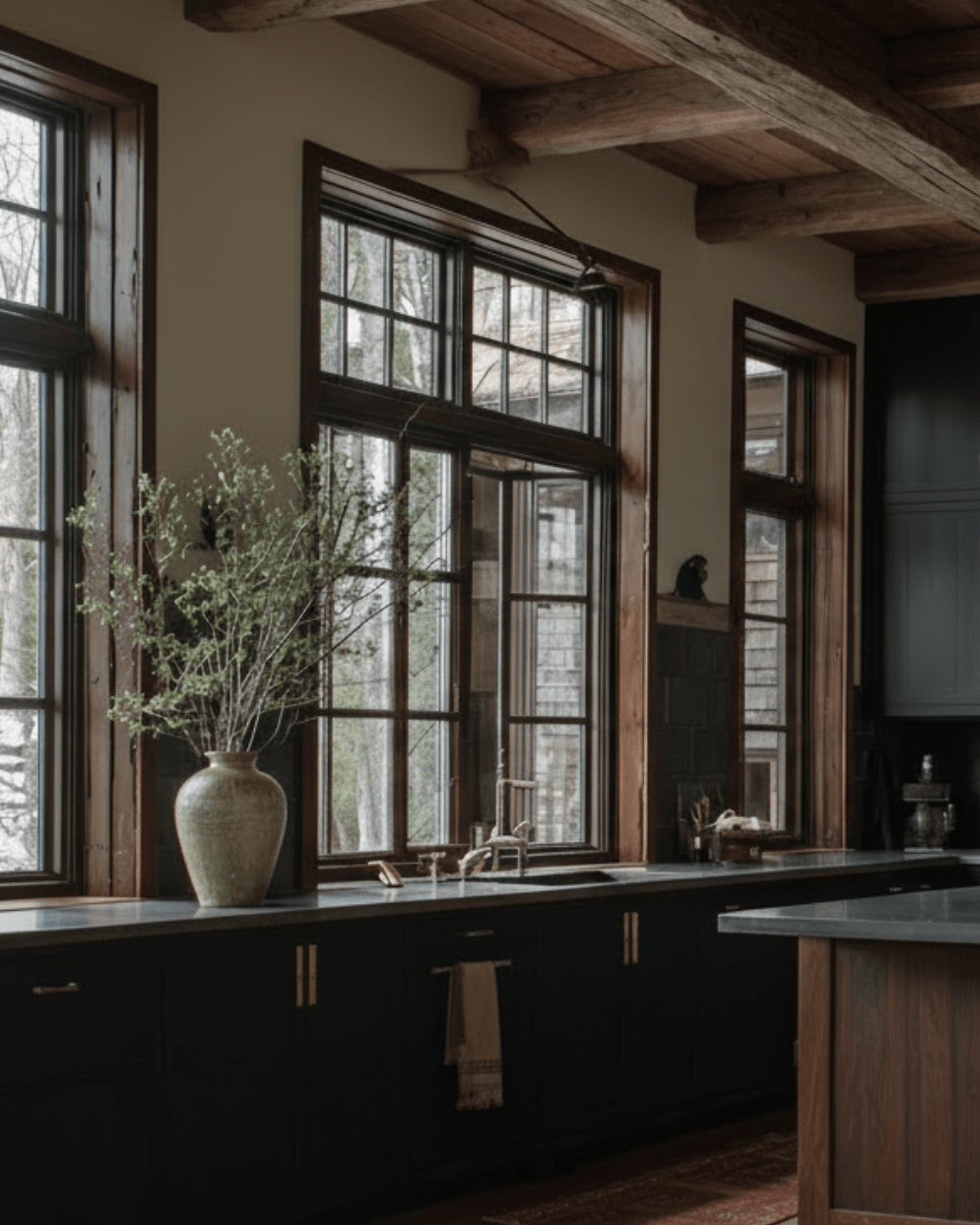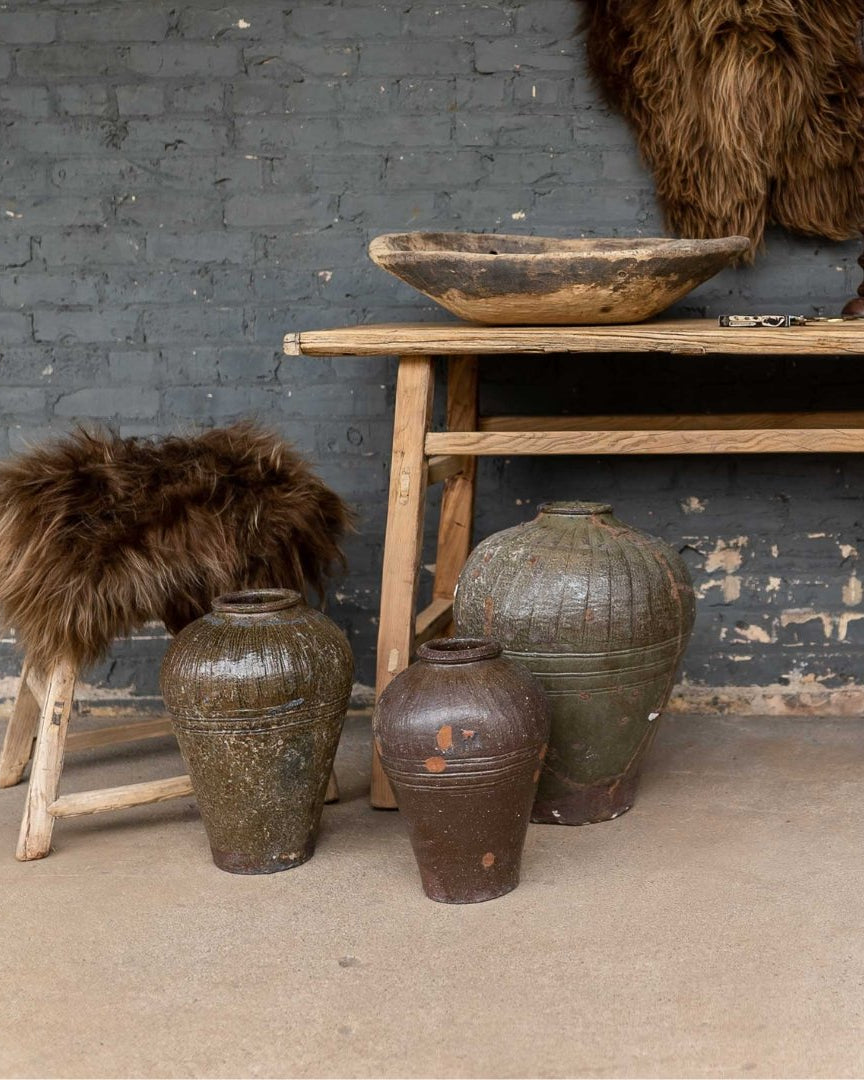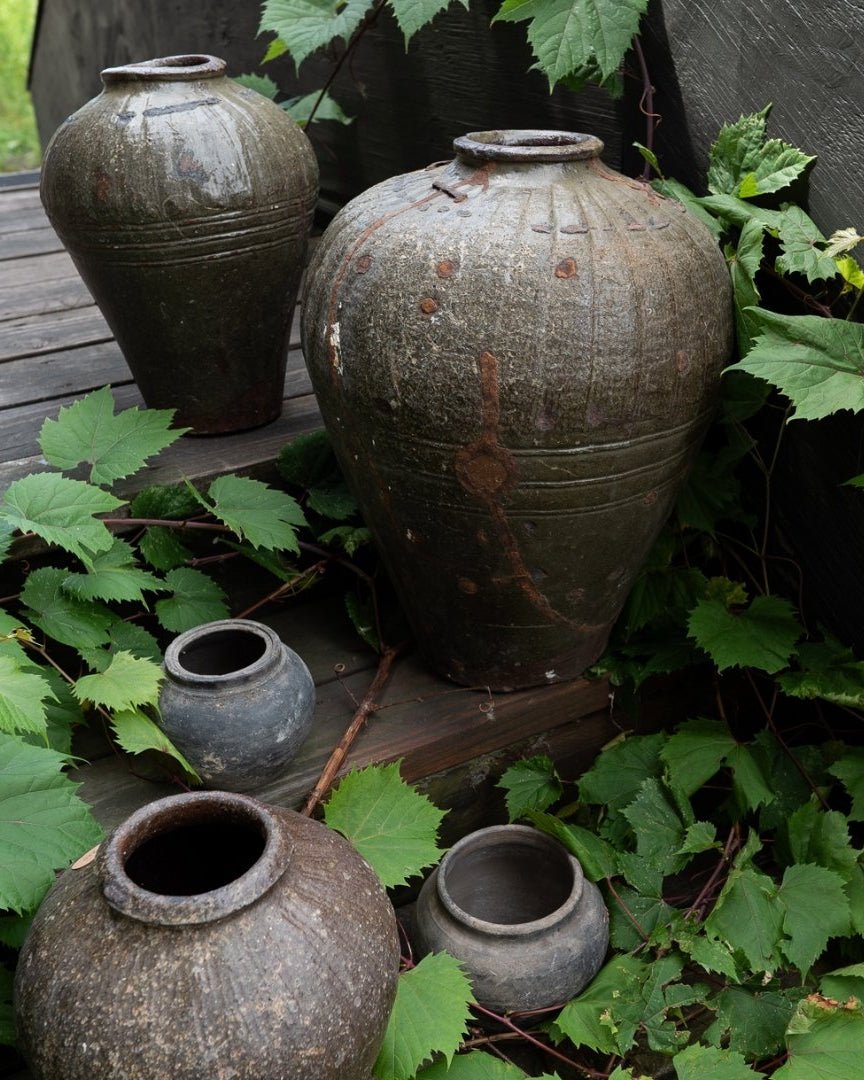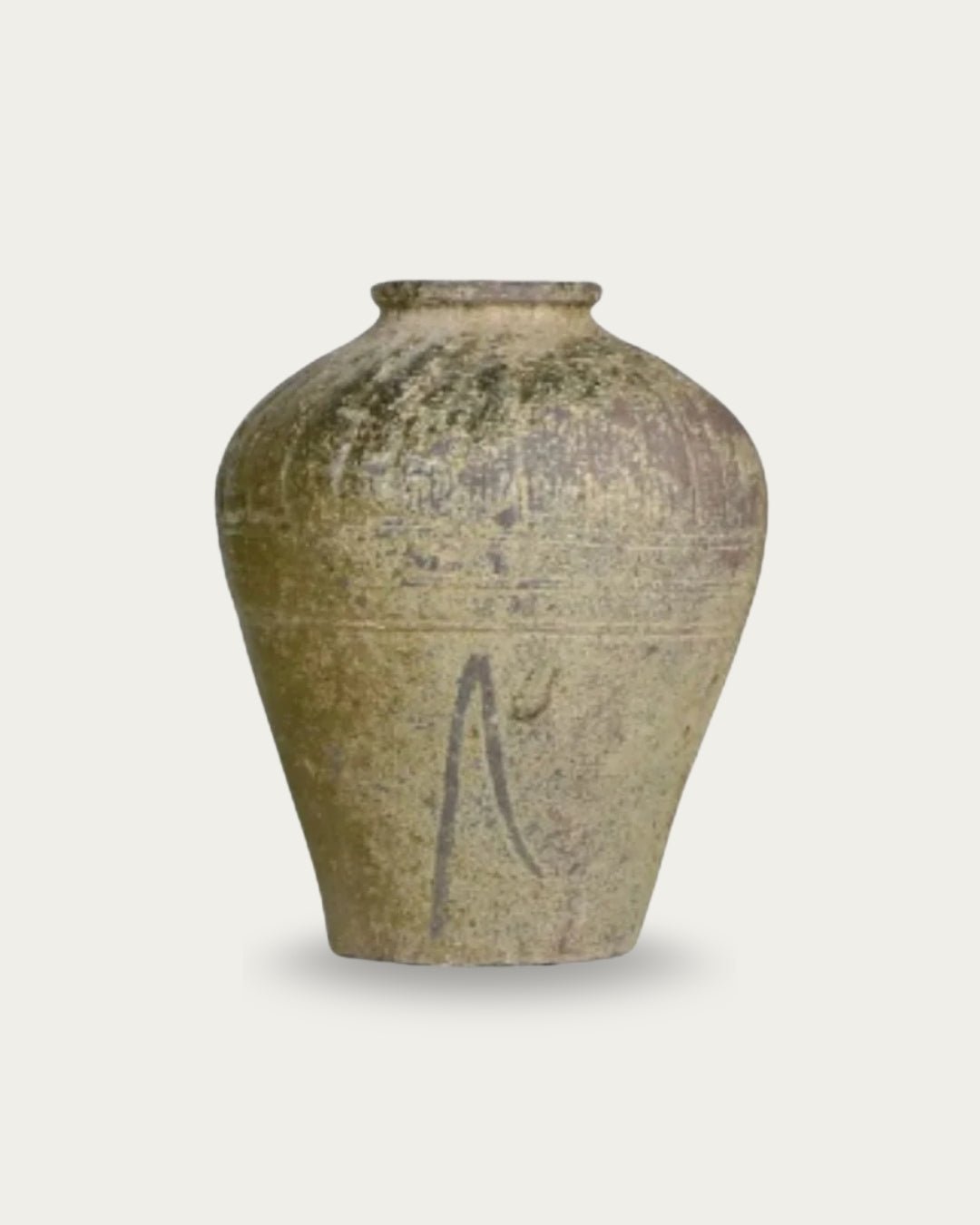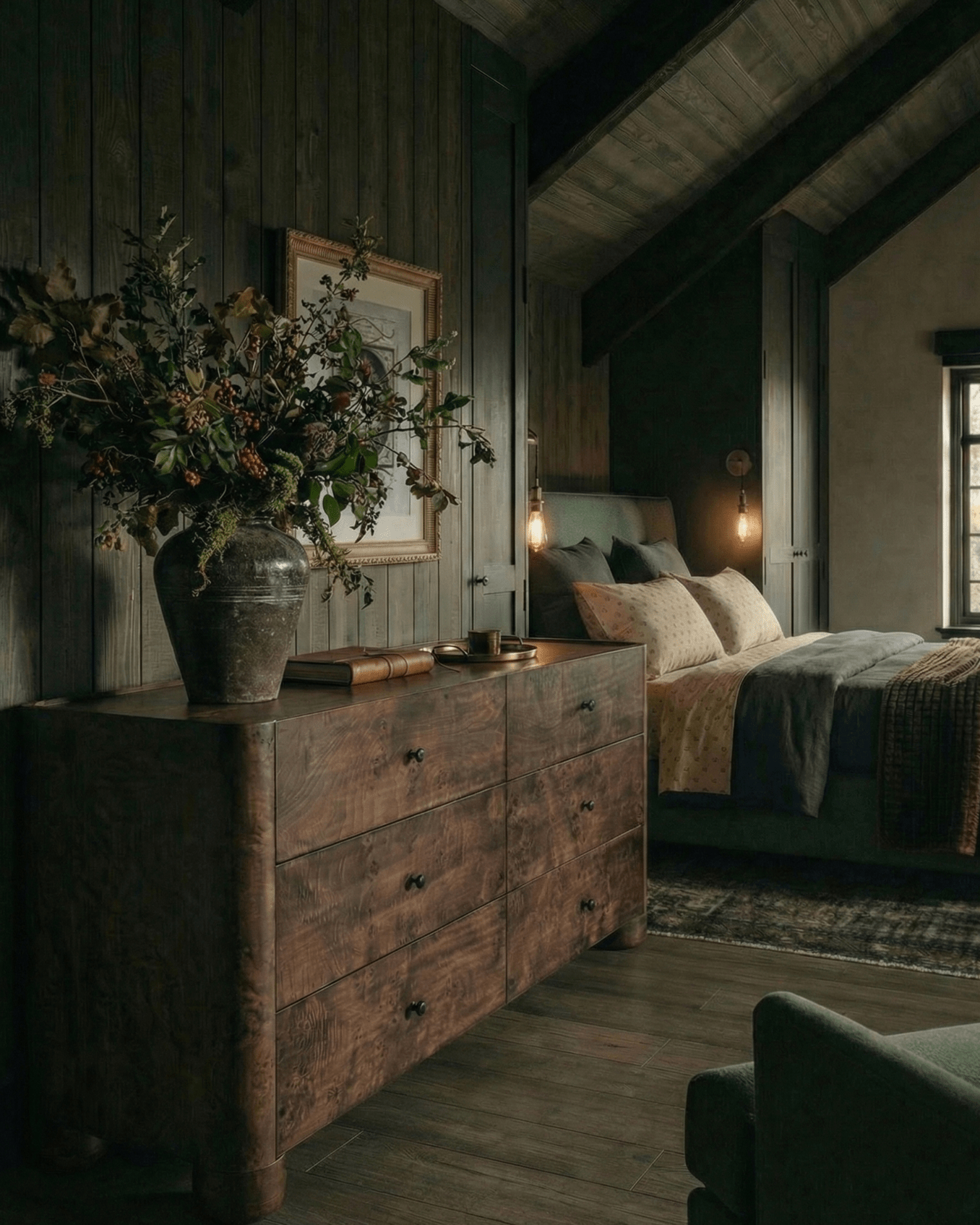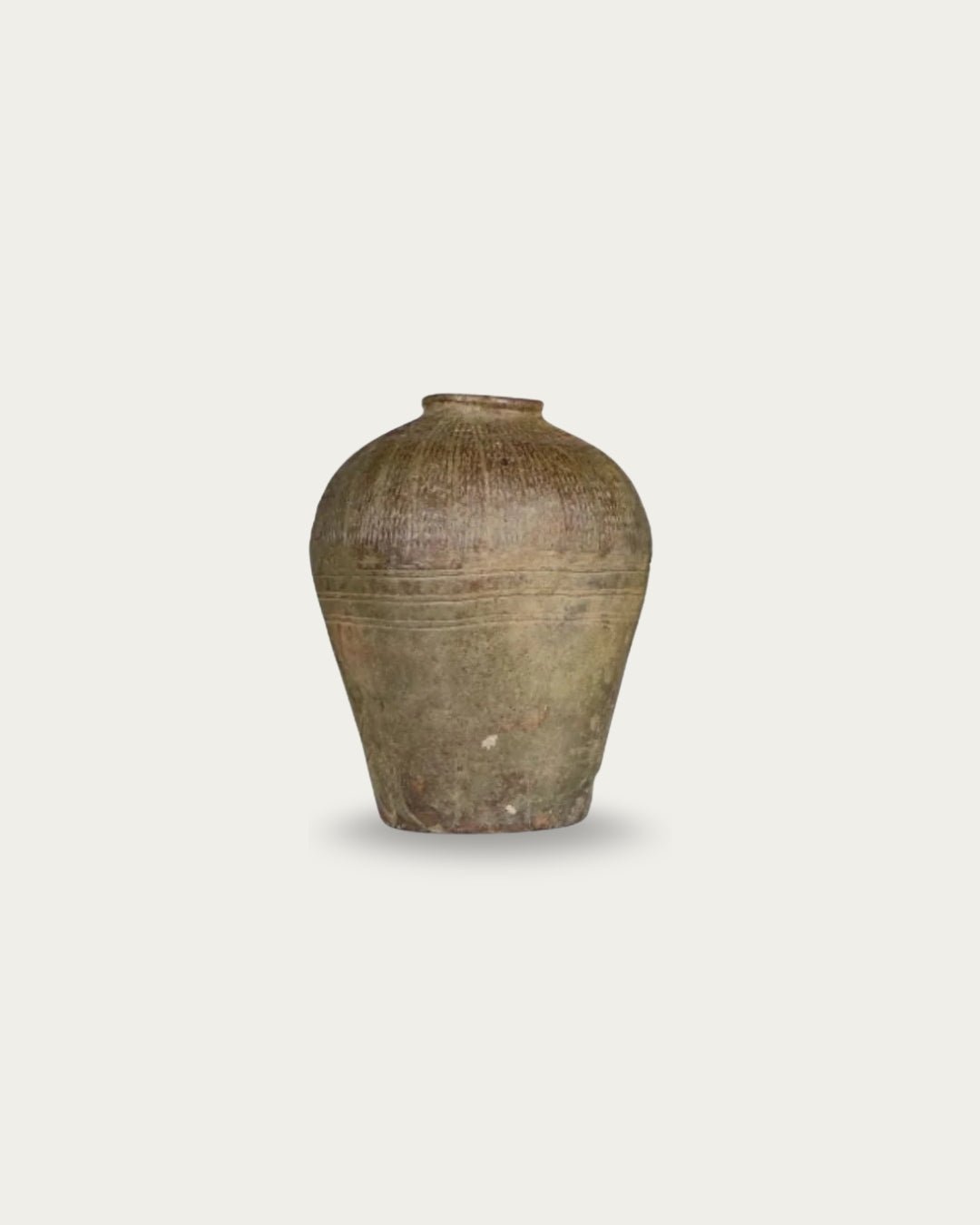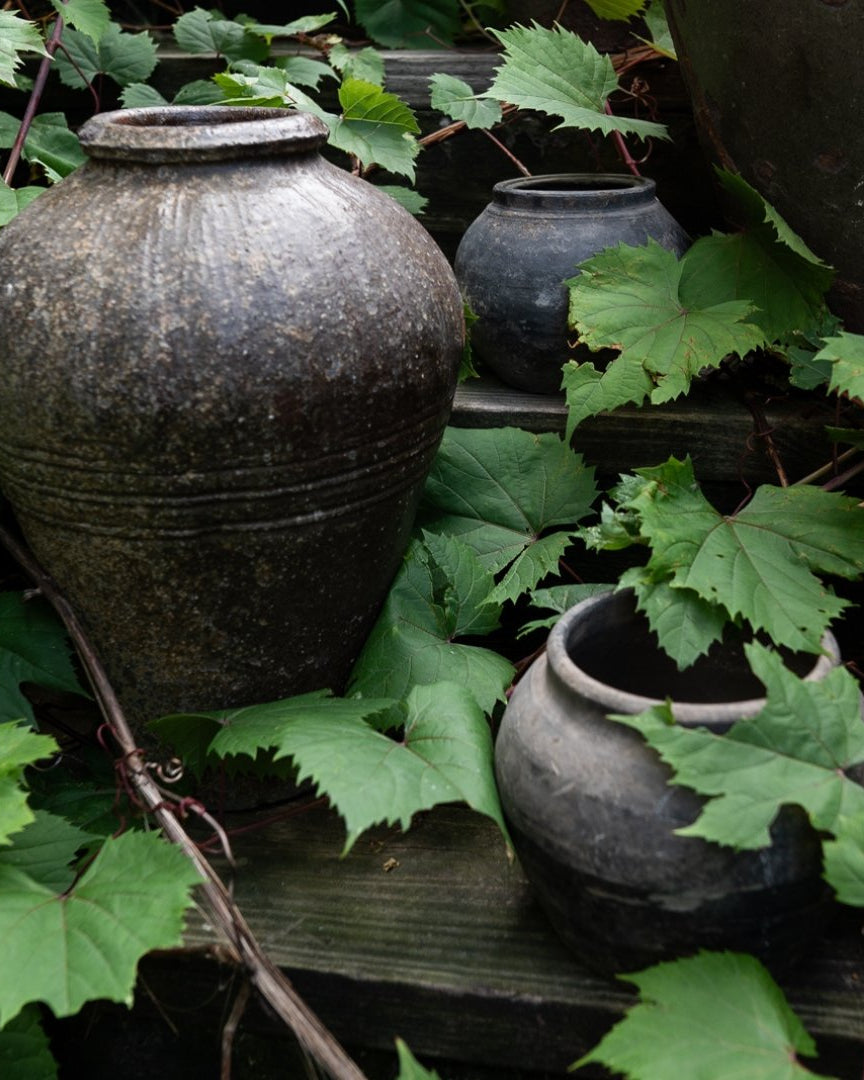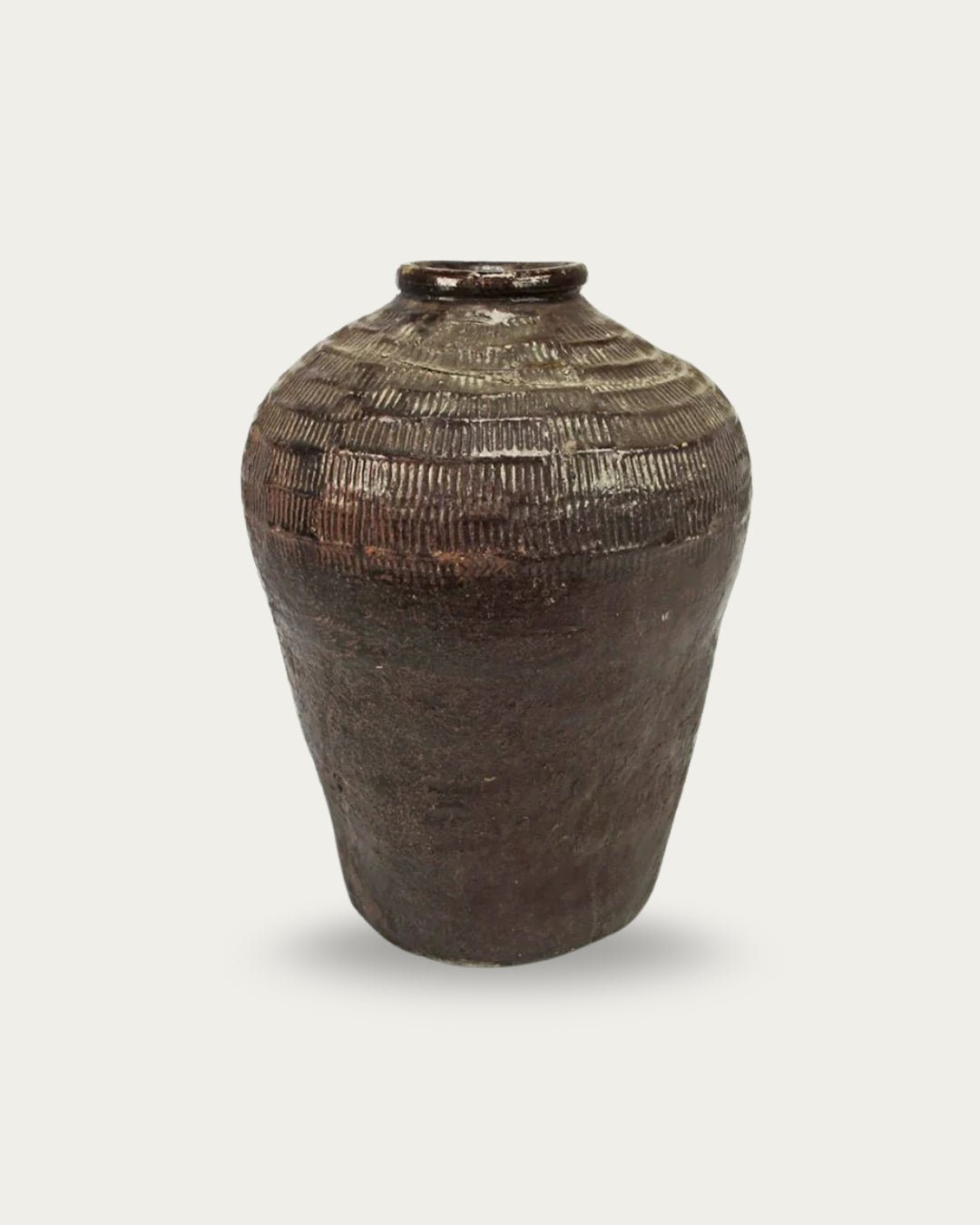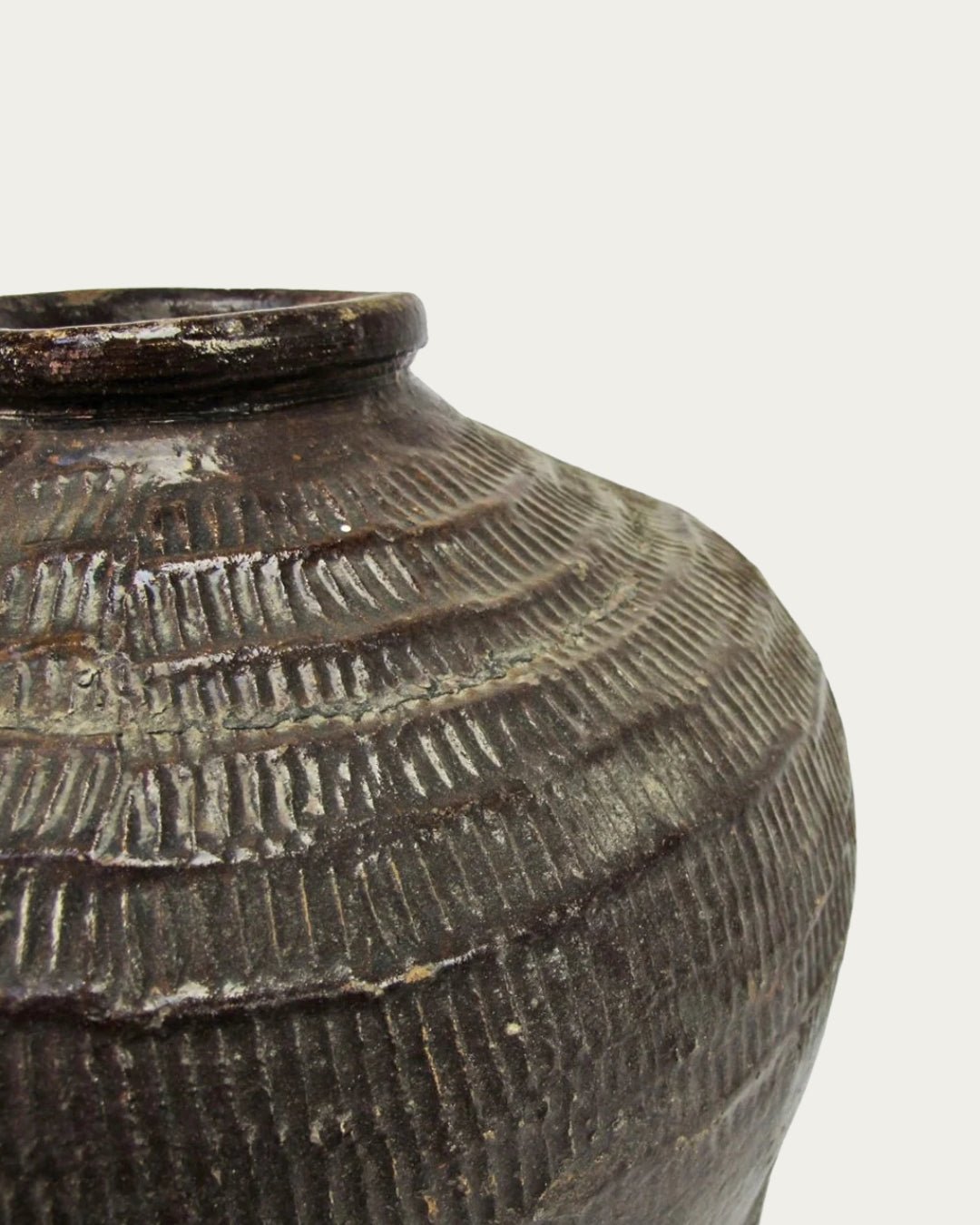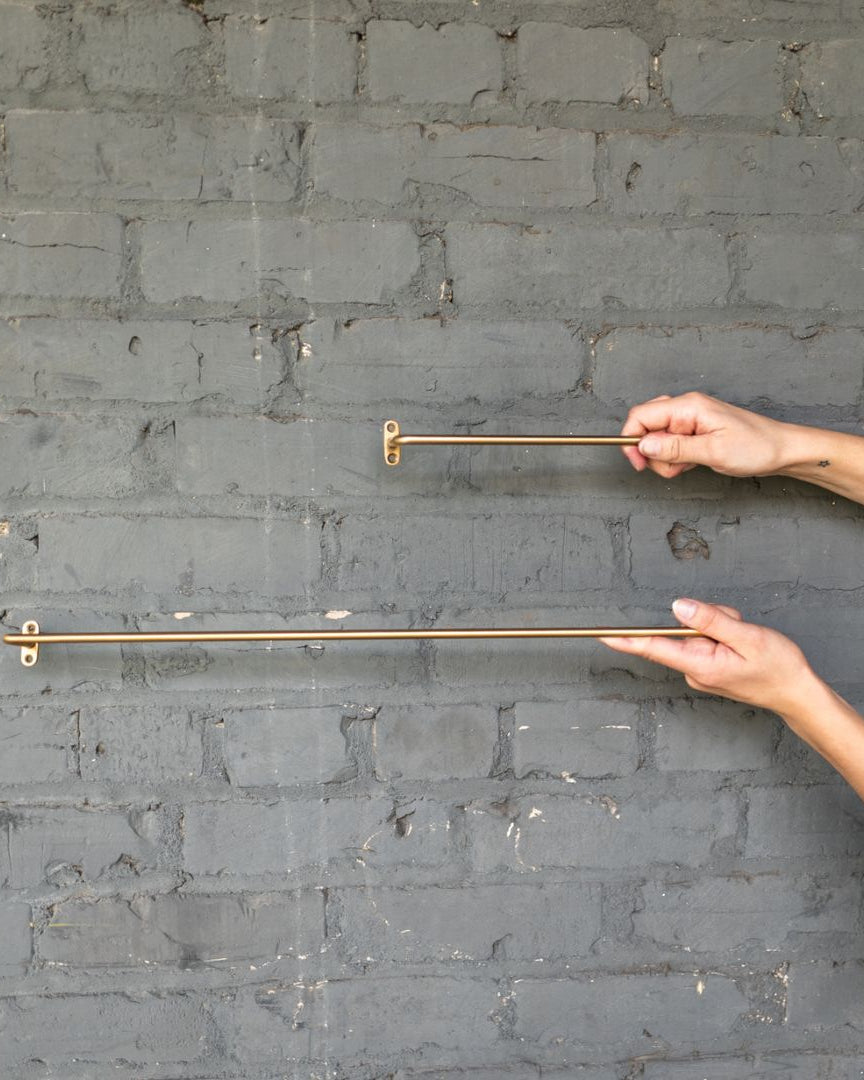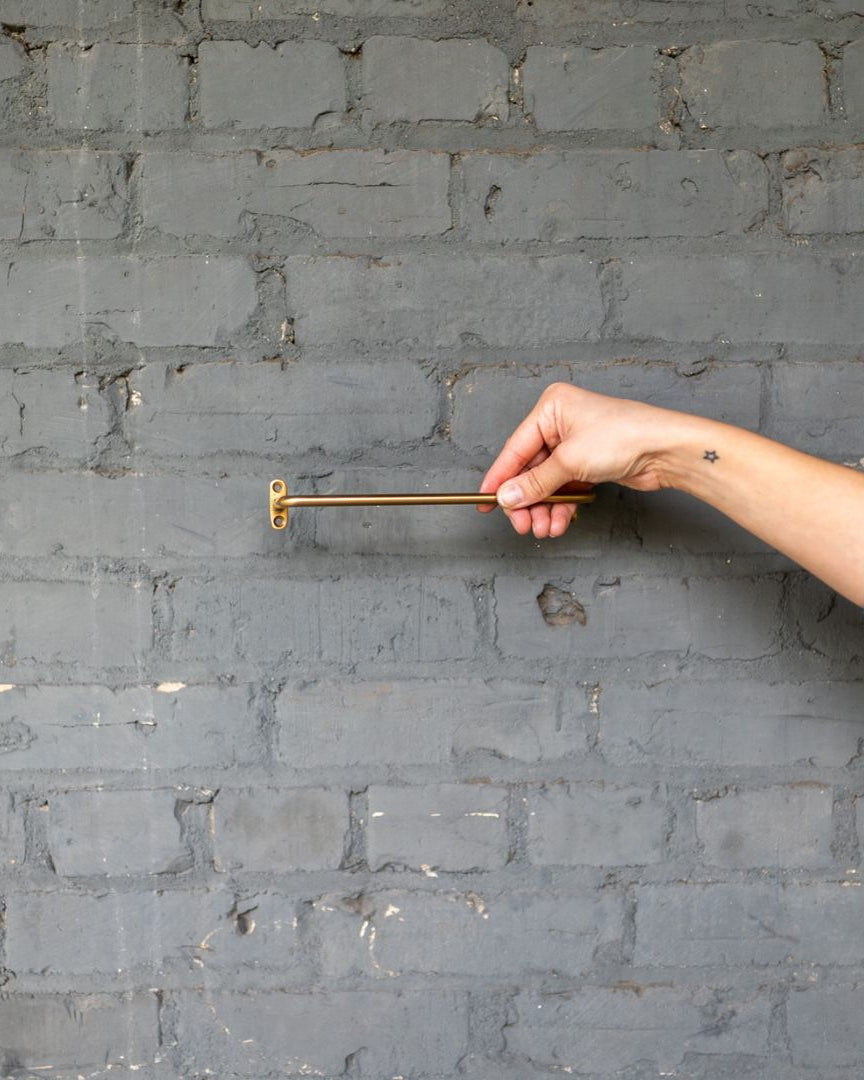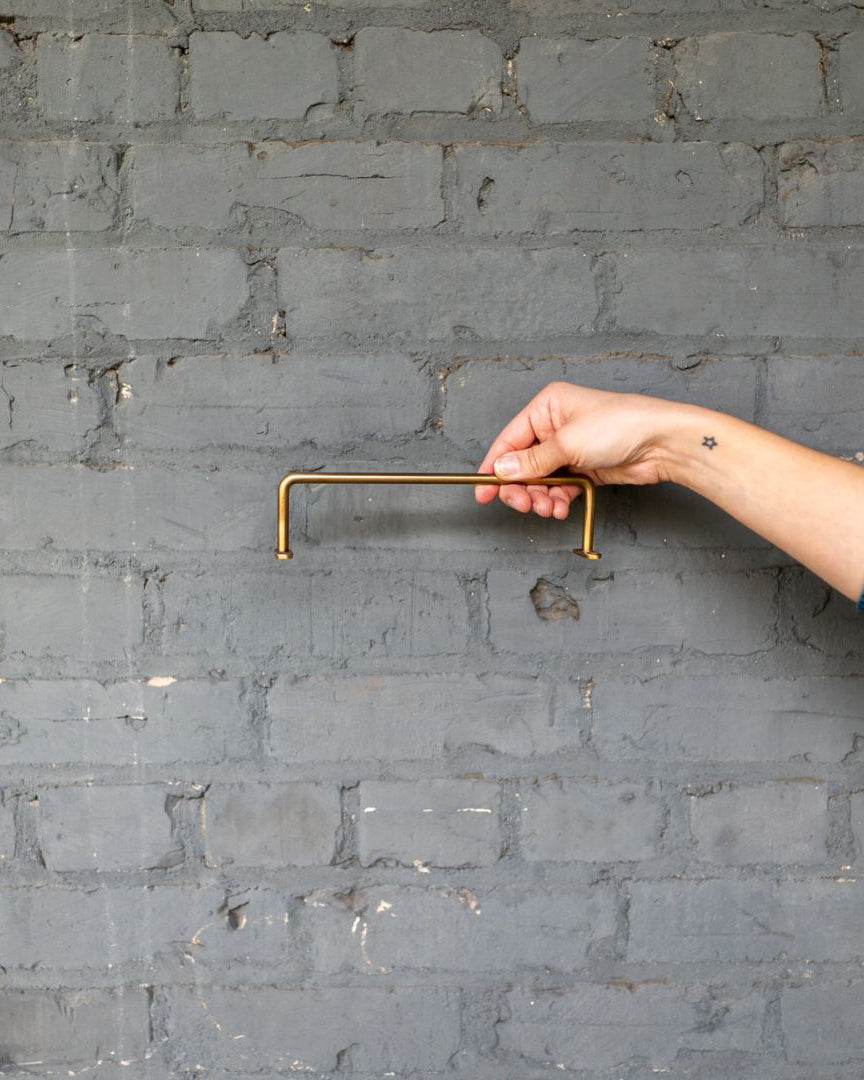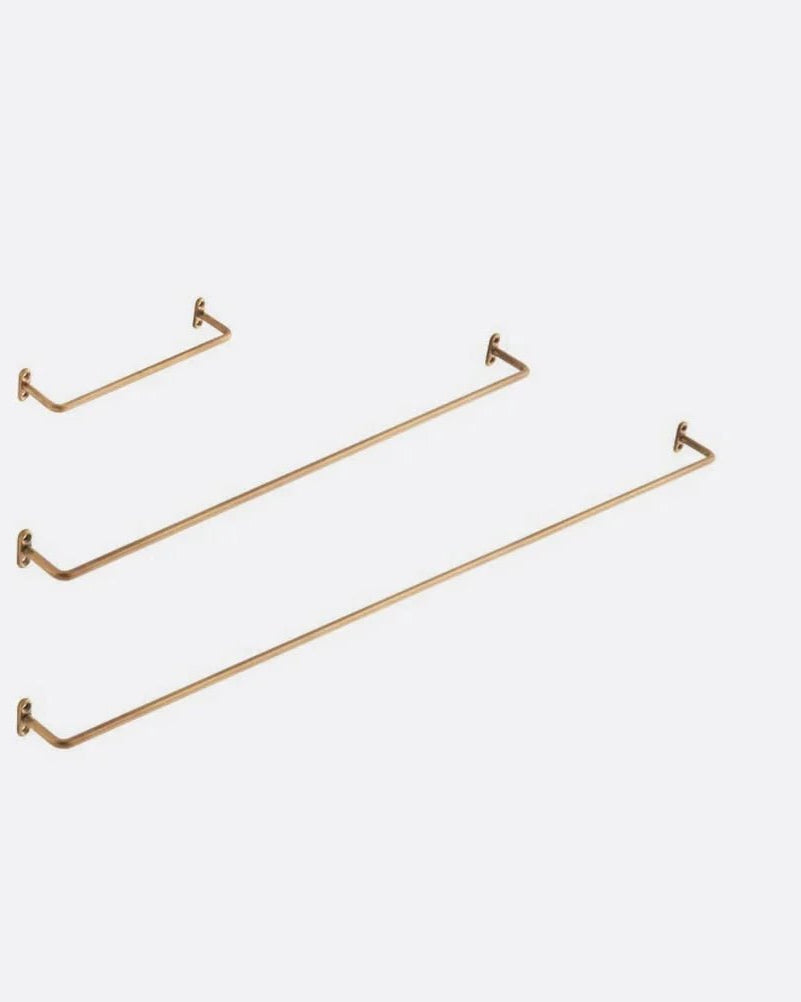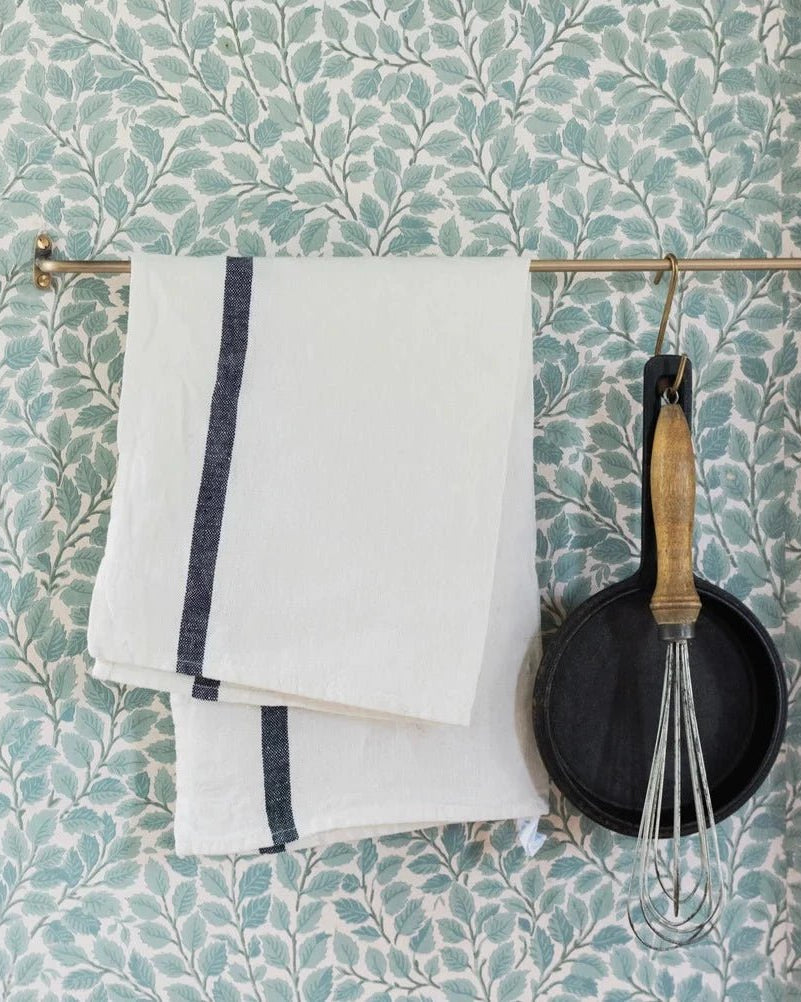
We spend years at our dining tables without thinking about it — eating, working, wrapping gifts, helping kids with homework. That surface holds more of your life than almost any other piece of furniture. So why not choose one that already knows how to hold a story?
A reclaimed wood dining table brings with it decades of life before yours — grain shaped by weather, marks left by real hands, and a quiet durability you can’t rush or mass-produce. It’s not just buying a table; it’s choosing a piece with purpose, one that supports your daily life while preserving history and resources for the future.
In this guide, we’ll explore:
Why reclaimed wood matters for both soul and planet
Emotional and sensory connections in modern interiors
Expert styling tips for minimalist, rustic, and eclectic looks
How to choose, finish, and maintain your reclaimed wood dining table
A peek at Hello Norden’s curated reclaimed furniture collection
See the full Hello Norden reclaimed wood dining table collection — from the sculptural Igne Dining Table to the warm, minimal Lovisa Dining Table, each crafted from salvaged wood with its own story to tell.
Why Choose a Reclaimed Wood Dining Table? Soul, Sustainability, and Science-Backed Benefits
A reclaimed wood dining table combines history, eco-impact, and robust performance to outshine conventional furniture from the first meal to the last family gathering.
What Is Reclaimed Wood and Why Does It Matter?
Reclaimed wood is salvaged timber from old barns, factories, and warehouses, repurposed into furniture with distinct patina and character. Its story-rich provenance delivers unique grain patterns, nail holes, and weathered textures that set each dining table apart. This historic dimension enriches your modern home with authenticity and natural warmth.
Closing that chapter on origin leads us directly into how this material choice champions sustainability.
How Does Reclaimed Wood Support Sustainability in Your Home?

Reclaimed wood reduces deforestation, diverts usable lumber from landfills, and slashes carbon emissions compared to new timber production.
Sustainability of Reclaimed Wood
Using reclaimed wood significantly reduces environmental impact compared to using new timber. The process of reclaiming wood helps to reduce deforestation, divert waste from landfills, and lower carbon emissions, contributing to a more sustainable approach to furniture production and consumption.
United States Environmental Protection Agency, "Wood Products and the Environment" (2024)
This citation provides evidence for the environmental benefits of using reclaimed wood, as discussed in the article.
Before diving into durability, consider this comparison of environmental impact:
| Entity | Attribute | Value |
|---|---|---|
| New Timber | Carbon Footprint | ~2.1 kg CO₂ per kg of processed wood |
| Reclaimed Wood | Carbon Footprint Saved | Up to 1.7 kg CO₂ avoided per kg of reclaimed wood |
| Landfill Waste | Wood Volume Diverted | Millions of tons annually |
This eco-saving table underscores reclaimed wood’s decisive advantage and sets the stage for discussing durability.
If you want a statement piece that merges eco-impact with clean lines, the Konrad Dining Table makes reclaimed timber feel architectural and modern. For a softer farmhouse vibe, the Eline Wood Dining Table brings a natural matte finish and visible grain that fits seamlessly into a lived-in space.
Is Reclaimed Wood Durable and Long-Lasting?
Reclaimed wood dining tables often exceed new-growth lumber in density and stability, owing to tighter grain structures formed over decades. Those mature fibers resist warping, cracking, and shrinkage, making each table a potential family heirloom that supports daily dining rituals for generations.
Durability and Stability of Reclaimed Wood
Reclaimed wood often exhibits superior durability and stability compared to newly harvested lumber. The tighter grain structure developed over decades makes reclaimed wood more resistant to warping, cracking, and shrinkage, making it a long-lasting material suitable for furniture.
Forest Products Laboratory, "Wood Handbook: Wood as an Engineering Material" (2021)
This supports the article's claims about the durability and longevity of reclaimed wood dining tables.
Having established durability, we can explore the science behind this material’s emotional impact.
What Science Supports the Emotional and Sensory Impact of Reclaimed Wood?
Neuroscience shows that natural materials like aged timber regulate the nervous system, lower cortisol levels, and enhance feelings of safety and comfort. The tactile grain variation, aromatic undertones, and warm hues engage multiple senses, promoting relaxed social interaction and sustained mindful presence at the table.
Emotional and Sensory Impact of Natural Materials
Research suggests that exposure to natural materials like wood can have a positive impact on well-being. Studies indicate that natural materials can help regulate the nervous system, reduce stress hormones, and promote feelings of safety and comfort, which can enhance the overall experience of a space.
The Gerda Dining Table, for example, is all about presence — wide planks, deep patina, and a tactile surface that invites touch. Its history is literally built into the top, making it a daily reminder of the material’s journey.
Higuera-Trujillo, J. L., et al., "The impact of natural materials on human well-being: A systematic review." Building and Environment (2021)
This research supports the article's claims about the emotional and sensory benefits of reclaimed wood in the home. This sensory insight invites a deeper look at how history and storytelling amplify emotional bonds in any home.
How Does a Reclaimed Wood Dining Table Create an Emotional Connection in Your Modern Home?

A dining table built from reclaimed wood doesn’t just seat meals—it frames memories, conversations, and a kinship with the past that resonates in contemporary spaces.
Why Does History and Storytelling Matter in Reclaimed Furniture?
Every plank tells a story of its former life—rain-freshened siding, century-old beams, or factory floors echoing with industry. That narrative fosters a sense of groundedness and continuity, rooting modern decor in human experience and bridging past and present with purpose.
Telling stories through wood naturally leads us to the sensory qualities that make each piece singular.
What Sensory Qualities Make Each Table Unique?
- A varying patina that shifts from honey gold to deep amber under changing light
- Subtle surface imperfections—nail holes, saw marks, and resin pockets—that invite touch
- Grain ridges and soft hollows that evolve with use and age
These sensory markers underscore the authenticity of reclaimed wood, paving the way to understand how Hello Norden’s RUTED style heightens this connection.
How Does Hello Norden’s RUTED Style Enhance This Emotional Connection?
Hello Norden’s RUTED philosophy integrates trauma-informed design, prioritizing texture, warmth, and simplicity to soothe the nervous system. By pairing reclaimed wood tables with soft-edge silhouettes, muted finishes, and balanced proportions, RUTED creates an environment that feels both curated and caring, turning every meal into a moment of well-being.
With emotional resonance defined, let’s explore styling these soulful centerpieces in your home.
How Can You Style Your Reclaimed Wood Dining Table for a Modern Home?
Styling a reclaimed wood dining table hinges on harmony—blending its organic character with your chosen decor vocabulary.
Pairing a sleek chair profile with the Pelle Dining Table gives you that balance of clean form and rustic warmth, perfect for open-plan spaces where the table has to work in both dining and casual gathering modes.
What Are the Best Ways to Achieve Modern Minimalist Harmony?
Pair a live-edge reclaimed wood top with sleek metal or molded-plastic chairs in monochrome tones. Introduce linear pendant lighting above the table to echo its length. A neutral rug beneath creates defined space without competing visually.
This minimalist formula ushers in a contrasting approach of rustic warmth.
How Do You Create Rustic or Farmhouse Elegance with Reclaimed Wood?
Layer woven seat cushions and linen-fabric chairs around your table. Accent with a natural-fiber runner and handcrafted ceramic dinnerware. Incorporate botanical centerpieces—eucalyptus sprigs or wild grasses—to unite table and surroundings in organic cohesion.
Once rustic refinement is set, you can push boundaries with style interplay.
How Does Mixing Industrial and Eclectic Styles Work with Reclaimed Wood?
Introduce blackened steel chairs or stools alongside your wood table and balance with unexpected accents—vintage posters, colorful glassware, or a sculptural light fixture. The juxtaposition of industrial metal and worn wood enhances textural dialogue, creating a bold, personal statement.
What Should You Consider When Choosing Your Hello Norden Reclaimed Wood Dining Table?
Selecting the right reclaimed wood table involves matching proportions, finishes, and models to your space and style.
How Do Size and Shape Affect Your Dining Space?
Rectangular tables maximize seating in narrow rooms; round tables boost conversation flow in tighter areas. For banquet-style gatherings, extendable reclaimed planks offer flexibility. Always leave at least 36 inches of clearance around each side for comfortable movement.
What Finishes and Patinas Highlight the Wood’s Natural Character?
- Natural oil finish: Enhances grain depth without obscuring texture
- Low-sheen wax: Offers gentle sheen while preserving tactile quality
- Dark patina wash: Accents knots and distress marks for visual drama
Which Hello Norden Models Best Fit Different Home Styles?
- The Nordic Slab: Live-edge top and tapered legs for Scandinavian minimalism
- The Farmhouse RUTED: Trestle base and matte finish for cozy countryside charm
- The Industrial Edge: Black steel frame combined with reclaimed barnwood
With product selection in place, maintaining your heirloom quality comes next.
How Do You Care for and Maintain Your Reclaimed Wood Dining Table?
Proper care ensures your reclaimed wood table remains a beloved center of home life for decades.
What Are the Best Cleaning Practices for Reclaimed Wood?
Use a damp microfiber cloth with mild, pH-neutral soap to wipe surfaces, avoiding excess moisture. Immediately dry any spills to prevent staining. For deeper cleaning, dilute white vinegar in water (1:10) to remove salt residues.
Clean surfaces now protect them from daily hazards.
How Can You Protect Your Table from Damage and Wear?
Place felt pads under décor items to prevent scratching. Rotate centerpieces regularly to avoid uneven sun exposure and patina shifts. Use heat-resistant trivets under hot dishes and coasters to guard against water rings.
When Should You Refinish or Restore Your Table?
Refinishing is ideal when surface scratches or dullness affect the wood’s tactile quality. Lightly sand worn areas, then reapply your chosen oil or wax finish. Restoration may be required if deep gouges appear—professional craftsmen can seamlessly blend new finish into original patina.
Where Can You Discover Hello Norden’s Handcrafted Reclaimed Wood Dining Tables?
Finding your perfect reclaimed centerpiece is effortless with Hello Norden’s commitment to quality and transparency.
What Makes Hello Norden’s Reclaimed Furniture Unique?
Hello Norden sources only sustainably salvaged timber, pairs each piece with trauma-informed design principles, and ensures artisanal craftsmanship in small-batch workshops. Every table is designed to support emotional well-being and environmental stewardship. This uniqueness relies on full traceability.
How Does Hello Norden Ensure Traceability and Storytelling in Its Wood?
Each plank is tagged with its origin—barn location, year of harvest, and original application—documenting its journey from salvage to showroom. Those provenance stories accompany product listings and packaging, inviting you into the wood’s narrative.
How Can You Explore and Purchase Hello Norden’s Collection?
Visit Hello Norden to browse live-edge, farmhouse and industrial models. Each product page includes origin details, size guides and styling galleries. Secure checkout options and white-glove delivery services ensure a seamless experience.
Frequently Asked Questions About Reclaimed Wood Dining Tables
1. How durable is a reclaimed wood dining table compared to new lumber?
Reclaimed wood often outlasts new lumber because it’s sourced from mature trees with tight grain structures. This density makes it less prone to warping, cracking, or shrinking — even after decades of daily use.
2. Is reclaimed wood really sustainable?
Yes. Choosing sustainably salvaged timber diverts usable wood from landfills, reduces demand for fresh logging, and lowers carbon emissions from milling and transport. Every reclaimed piece helps conserve resources and supports a circular economy.
3. How do I style a reclaimed wood dining table?
You can lean into its rustic character with linen runners, woven chairs, and ceramic dinnerware, or create contrast with modern lighting and sleek seating. Its versatility makes it equally at home in minimalist, rustic, or eclectic interiors. For inspiration, explore our Lovisa Dining Table styled in a modern space.
4. How should I care for and maintain my table?
Wipe it with a damp, pH-neutral cloth, and dry spills immediately to prevent staining. Use coasters and trivets to protect the surface, and periodically refresh the finish with natural oil or wax to keep the wood nourished. See our Eline Wood Dining Table care guide for more tips.
5. Where does Hello Norden source its reclaimed wood?
All wood is sustainably salvaged from barns, factories, and other historic structures. Each table comes with provenance details — so you’ll know exactly where your wood came from and the story it carries into your home. Browse our full collection to see origin details for each piece.
6. Will my reclaimed wood table look exactly like the photos?
Not exactly — and that’s part of the beauty. Each table is one-of-a-kind, with its own grain patterns, knots, and color variations. Your table will share the same craftsmanship and style, but its details will be uniquely yours. View the Gerda Dining Table for an example of these natural variations.
7. Can I customize the size or finish of my dining table?
Yes. Many of our reclaimed wood dining tables can be customized to fit your space — from dimensions and leg style to finish and patina depth. Reach out to our team to discuss options and create a piece tailored to your home.
In the end, a dining table is more than wood and joinery — it’s where your life unfolds. Choosing a reclaimed wood dining table means you’re inviting in a piece that’s already lived a full life and is ready to hold yours. It’s a daily reminder that beauty can be built from what’s been before, and that the things we gather around should have meaning.
When you choose from Hello Norden’s curated collection, you’re not just furnishing a space — you’re anchoring it with purpose, story, and care for the planet. And every meal, every conversation, every late-night project will become another layer in the history it carries.





